ORIGINAL traveller

ISSUE N°4
THE SIMPLE PLEASURES ISSUE
by



ISSUE N°4
THE SIMPLE PLEASURES ISSUE
by

Spring - Summer 2025

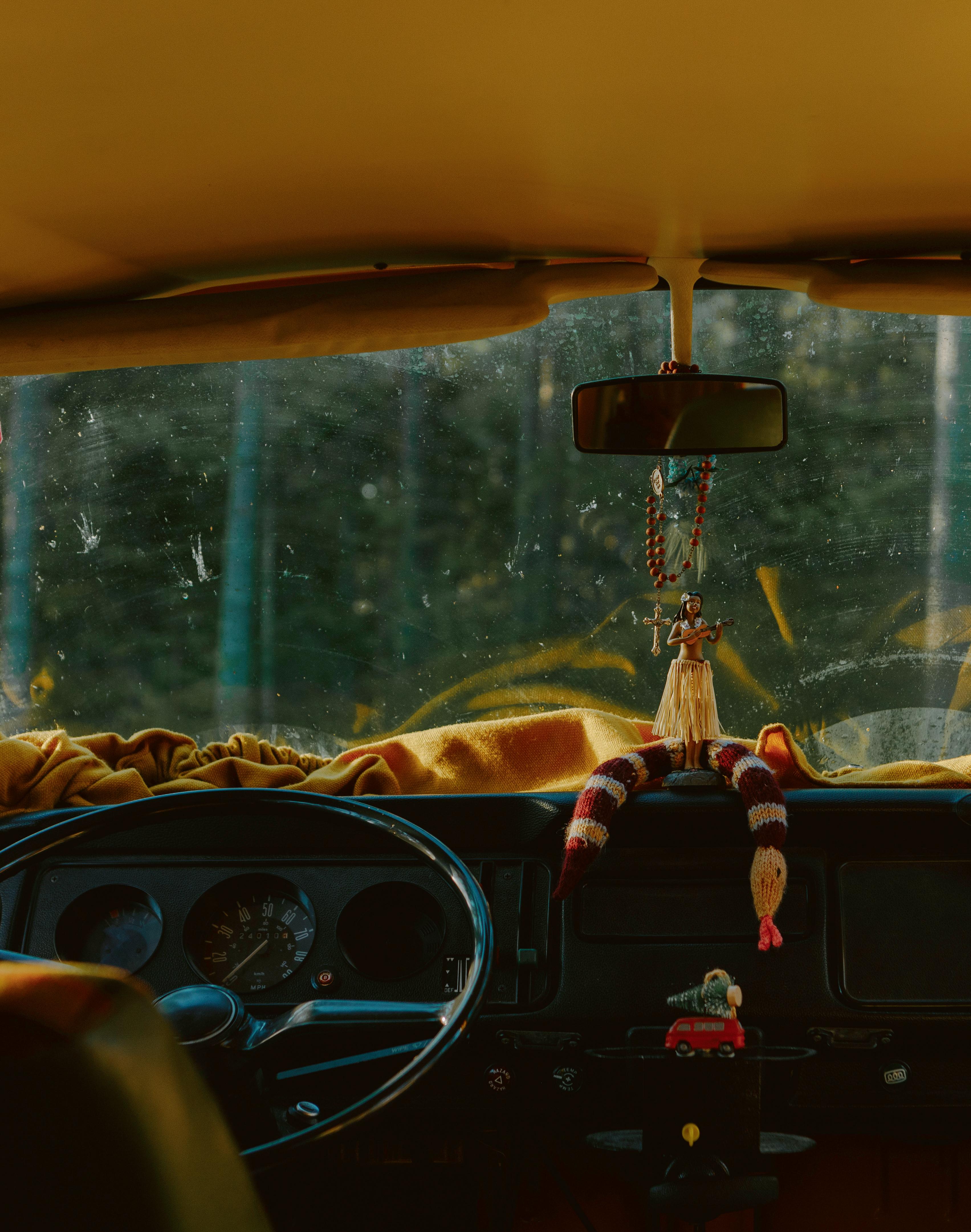


This issue of Original Traveller is dedicated to simple pleasures. Today’s world seems increasingly to fetishise ‘the new’ and ‘the different’, but these shiny innovations are often faddish and ephemeral. Instead, both in travel and – I would argue – more widely, we would do well to refocus on the fundamental joy-giving experiences.
Everyone will have their own definition of what constitutes travel’s simple pleasures, but some universals might include: quality time spent with family (both as a tribe and one-on-one); walking in beautiful surroundings; sleeping under canvas; learning from an expert guide; foraging from the land; taking the train; watching the world drift by from a boat; discovering somewhere untouched; staying in properties owned and run by locals, understanding a culture through its food. No gimmicks, no fads, just travel in its purest, most enriching form.
Individually, these things might sound simple enough to arrange, but weaving them together into one happy whole still requires skill. That’s where we come in. As a company, we create truly tailor-made travel. We ask the right questions to find out what it is you really want from your trip, and then curate something genuinely special and, well, original.
If you’re after inspiration, inside you can read about a father and son’s bonding trip to Jamaica; a slow journey around Rajasthan; life on the Nile aboard our two flagships, Steam Ship Sudan and Flaneuse du Nil; a walking trip in Spain’s Picos de Europa mountains, a foodie pilgrimage to Brazil and much, much more from a team of top travel writers, all brought even more vividly to life by the work of award-winning photographers. You’ll pick up tips and travel hacks from our much-garlanded team of destination experts and hopefully come away even more inspired to see our world, but also to keep it simple.
TOM BARBER, CO-FOUNDER OF ORIGINAL TRAVEL
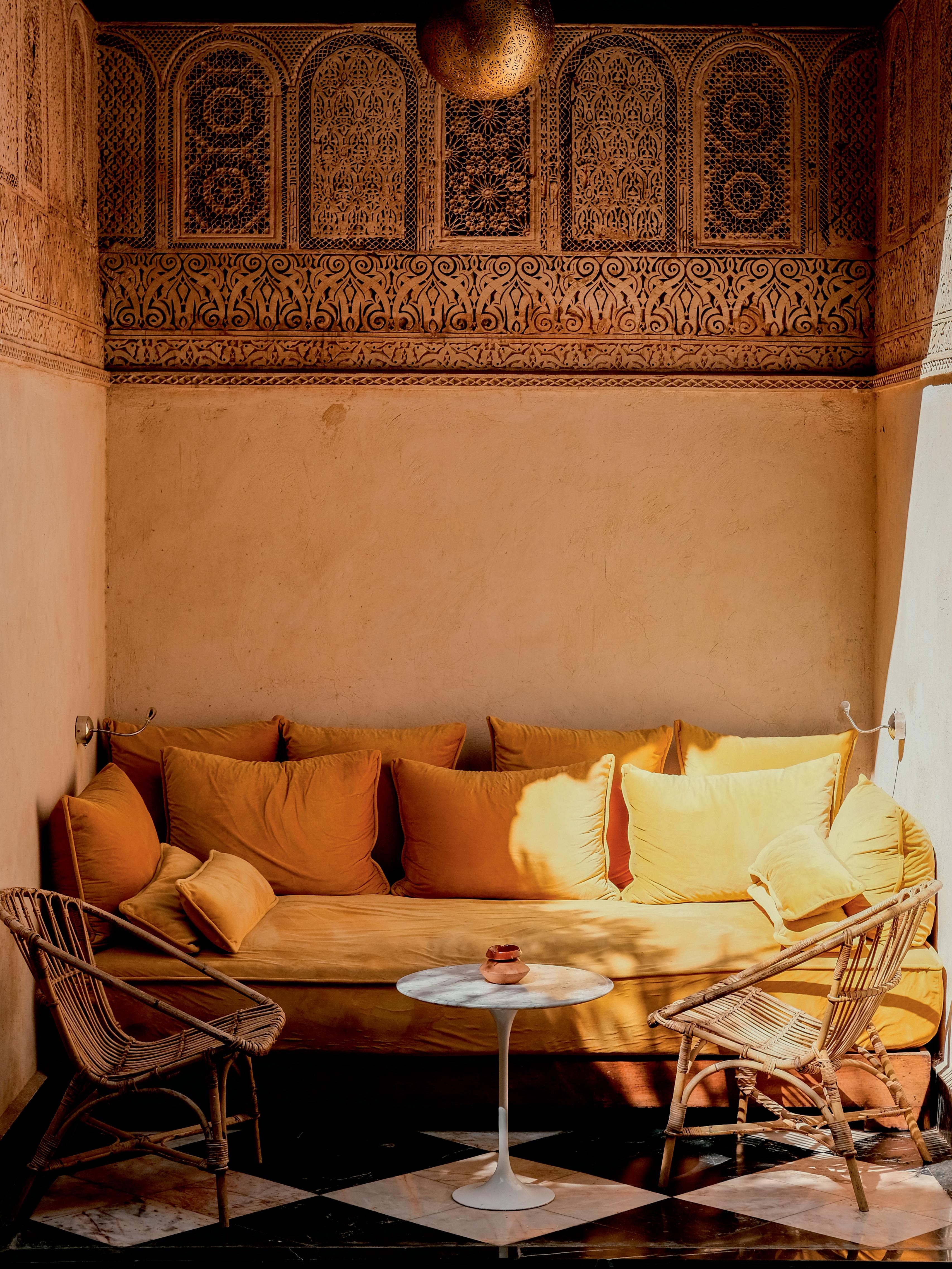
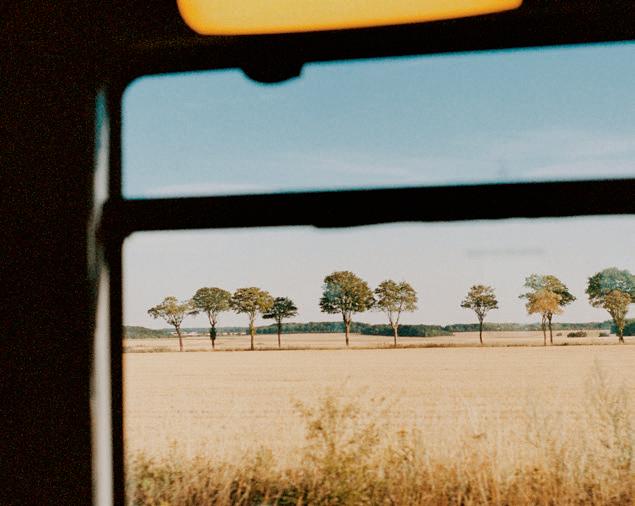



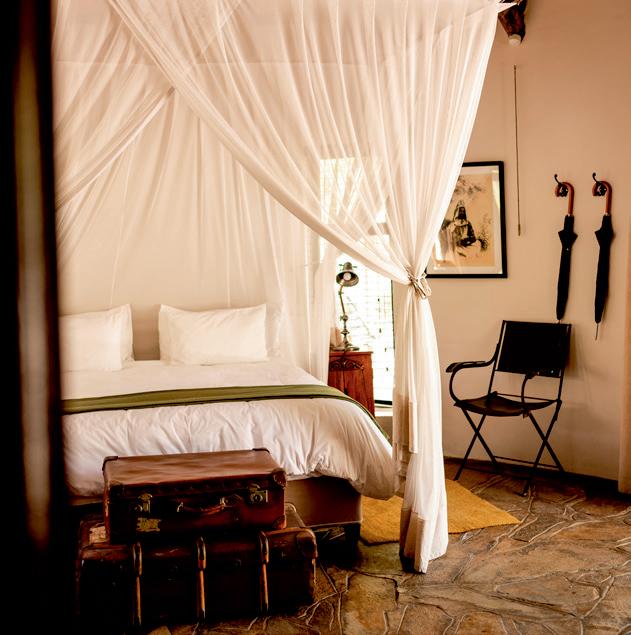
ROSE ASTOR
travel writer

Rose Astor is a freelance travel writer for The Sunday Times and Condé Nast Traveller, and loves nothing more than catching waves and eating clams in Portugal.
JACKIE COLE photographer

A self-confessed nomad, Jackie Cole is a photographer celebrated for her portraits and striking use of natural light to convey authenticity.
FAUSTINE POIDEVIN-GROS creative director

The beating creative heart behind Original Traveller, Faustine Poidevin-Gros designs the magazine. And provides stories and photos for good measure.
BILL
BENSLEY
architect & interior designer

Bill Bensley is the visionary behind some of the best-known hotels in Asia and a passionate advocate for sustainability in the travel industry.
NICHOLAS COLERIDGE
media executive & cultural chair

Sir Nicholas Coleridge ran publishers Condé Nast UK for some 30 years, was Chairman of the V&A for nearly a decade and is now Provost of Eton College.
TOYO ODETUNDE
travel & food writer

Toyo Odetunde was a lawyer before deciding to become a travel writer. Her article on Salvador in Brazil saw her win Condé Nast Traveller’s Future of Travel talent search.
EDITH CARRON illustrator

Edith Carron is a French illustrator based in Berlin and known for her warm, expressive style, often depicting everyday life and whimsical characters.
ELLA MAWSON
content manager & writer

Content Manager at Original Travel, Ella writes about her recent cruise on the Nile aboard our dreamy dahabieh sailing boat, Flaneuse du Nil
STANLEY STEWART
writer & traveller

Stanley Stewart is the award-winning author of three highly acclaimed travel books and several hundred articles on his adventures across five continents.
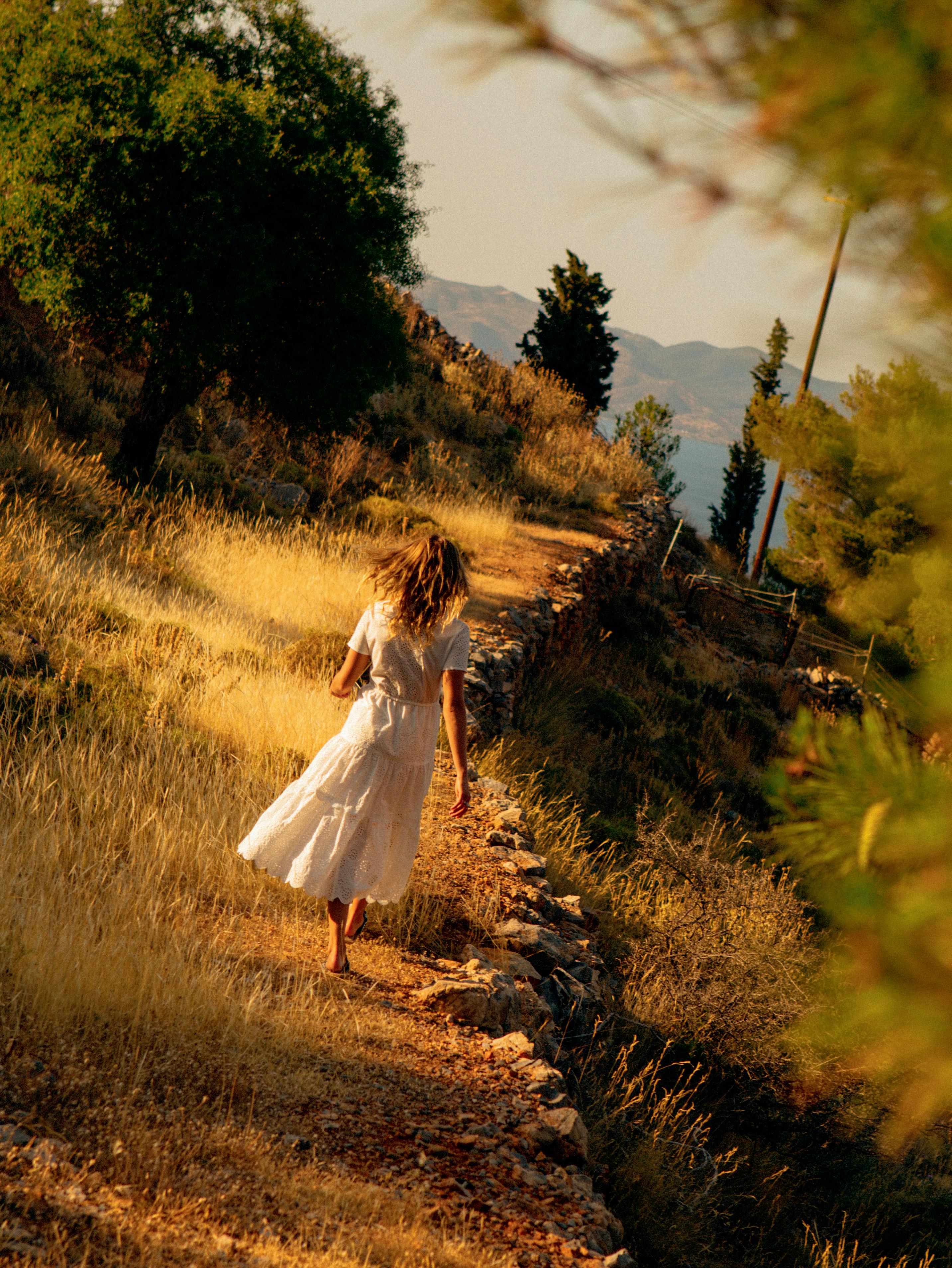
Original Traveller Spring-Summer 2025
Editor
Tom Barber
Creative Director
Faustine Poidevin-Gros
Picture Editors
Daria Nikitina, Marie Champenois
Contributing Editor
Ella Mawson
Copy Editor
Kate Robinson
Contributors
Rose Astor, Elliot Beaumont, Bill Bensley, Kristin Bethge, Boby, Baptiste Briand, Edith Carron, Jackie Cole, Nicholas Coleridge, Jerome Galland, Isabel de Galleani, Lucy Laucht, Rebecca Lowe, Meg MacMahon, Toyo Odetunde, Alix Pardo, Cecilia Renard, Oliver Rodwell, Stanley Stewart, Milan Szypura, Brie Williams, Manuel Zublena
Original Travel 111 Upper Richmond Road London SW15 2TL
+44 (0) 20 3911 5900 www.originaltravel.co.uk

By using Carbon Balanced Paper for this magazine Original Travel has balanced the equivalent of 4,331 kgs of carbon dioxide. This support will enable World Land Trust to protect 827 square metres of critically threatened tropical forest. Certificate number CBP028195.




Maximise your Northern Light spotting odds; see mezcal made (and drink the delicious end-product); add Georgia and South Korea to your wish list; seek refuge in the Dolomites; commune with nature at a Kenyan community lodge; embrace citizen science; juice it up in Java; camp under canvas; walk this way in Portugal; go retro with the latest travel kit and forage among the fynbos in South Africa.

FROM GUATEMALA
‘Guatemala is a hugely under-rated destination, home to some of Central America’s most memorable sites, like the colonial-era city of Antigua Guatemala, beautiful Lake Atitlan and the Mayan ruins of Tikal. Another must-visit is the bustling market in Chichicastenango, which takes place every Thursday and Sunday, when indigenous K’iche’ Mayan people from the surrounding hill country descend on the town to sell their produce and handicrafts. You could blow your baggage allowance on wonderful textiles and pottery but, for me, the best souvenirs are the wooden animal face masks sold in the stalls near the Church of Santo Tomas. These Mayan masks carry deep cultural significance and were traditionally used in ceremonies, rituals and festivals. The various animal species represent different characteristics, for example creativity (monkeys) or power (jaguars), and connections to the spirit world, Mayan cosmology, nature and ancestral beliefs. Even better, you know that the masks are made locally, so your money is going directly into the hands of local craftspeople.’
Oliver Rodwell, Head of Americas originaltravel.co.uk
INCOMING SOON...
The travel industry is always on the move, and we’re travelling first class. From new flight routes and grand museum openings to sprawling countrywide walking trails, there’s always something exciting on the horizon. Here’s a look at what’s new on the travel radar.
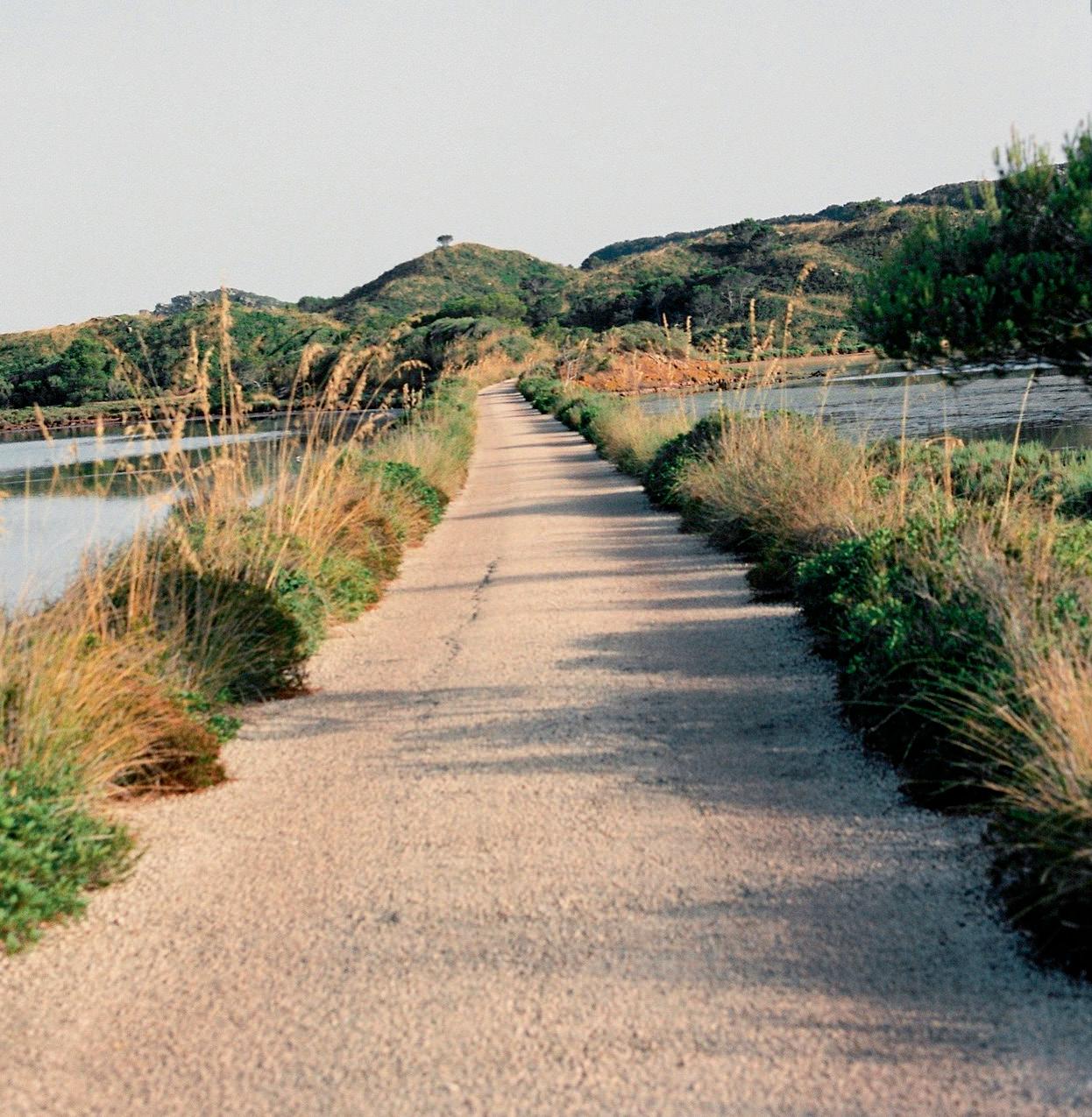
If you’re a fan of a circular walk (why would you willingly double back on yourself?) then they don’t come much better than the newly announced Palmilhar Portugal trail. The Portuguese are no slouches at circumnavigating things, and the trail (all 1,860 miles of it) will be the longest circular walk in the world, orbiting the whole of mainland Portugal and splicing several existing trails with many new sections coming over the next few years. Of the existing sections, we highly recommend the Rota Vicentina, hugging the Atlantic coast down through the regions of Alentejo and the Algarve.


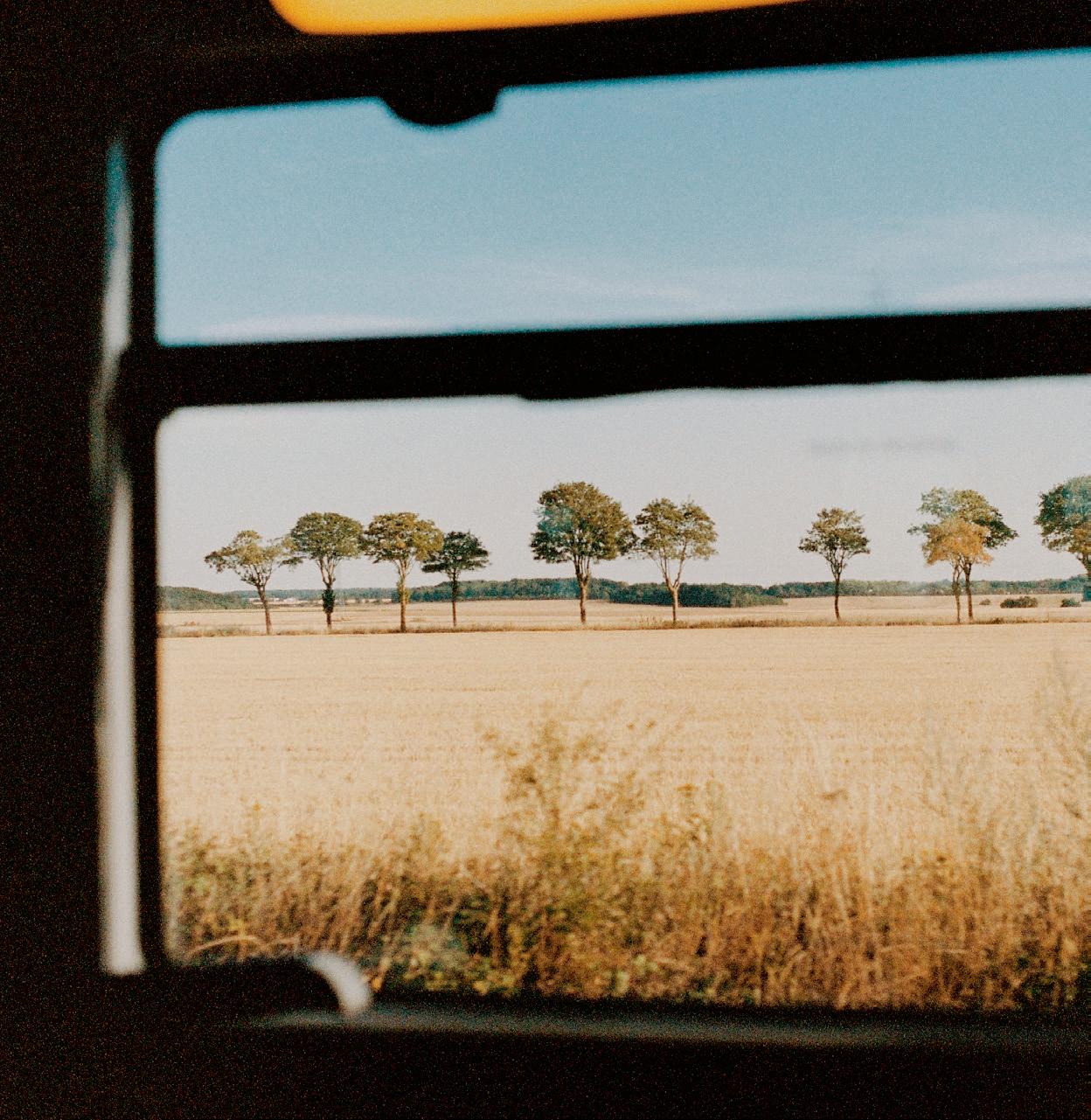
Sleep on it
They say all roads lead to Rome, but nowadays more and more rail routes seem to lead there too. The excellent new FS Treni Turistici Italiani programme is creating a network of sleeper train services across the Italian peninsula, and the first three so-called ‘Espresso’ routes connect the Eternal City with the Dolomites, Piedmont and Puglia respectively. For cool combo trips, go to bed in Rome and wake up in Cortina, in the heart of the mountains (on the Espresso Cadore), for skiing or walking trips; Alba in Piedmont (Espresso Langhe Monferrato) for truffle hunting holidays; or Lecce, in Puglia (Espresso Cadore), for almost unparalleled Baroque beauty and beaches.

You’ve got to fight for your right to... open a museum dedicated to the cultural phenomenon that is Hip Hop. Half a century after DJ Kool Herc almost single-handedly invented the genre at his sister’s party with his looped breaks across two turntables, the same Bronx neighbourhood sees the arrival of the longawaited museum dedicated solely to Hip Hop. From 2025, visitors will be able to trace hipstory (sorry) through the careers, record collections and vintage decks of some of the finest artists, from Run D.M.C and Grandmaster Flash to Kendrick Lamar.
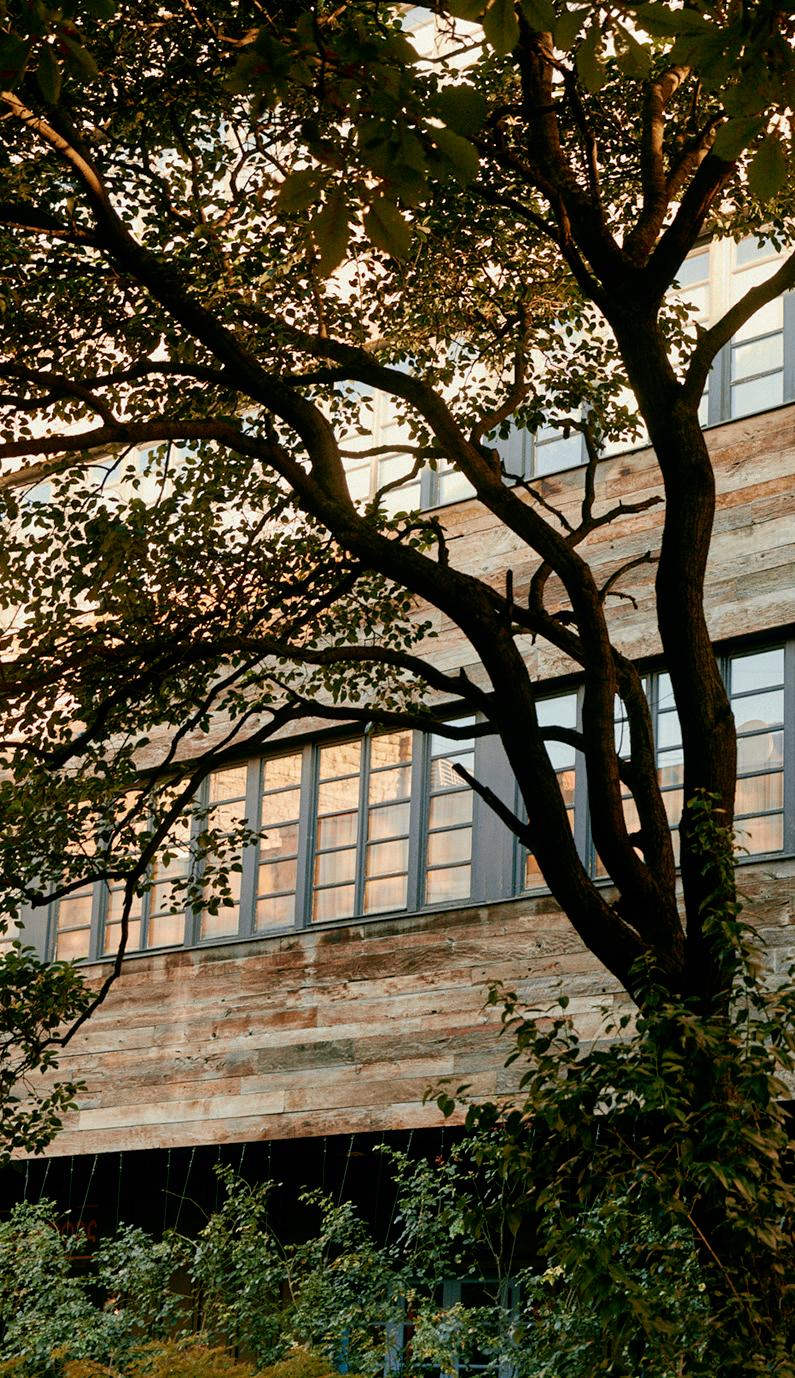
Few Original Travel destinations elicit such profoundly fulsome feedback from clients as Georgia, a picture-perfect pocket of the Caucasus. A true original, Georgia should appeal to anyone with even a passing interest in culture and religion, gastronomy, wine-making (the Georgians have been at it for a mere 8,000 years), trekking in gorgeous mountain scenery and vibrant cities. Tbilisi, the capital, is a case in point, with a thriving arts scene and now – for the first time in over a decade – direct flights from London.
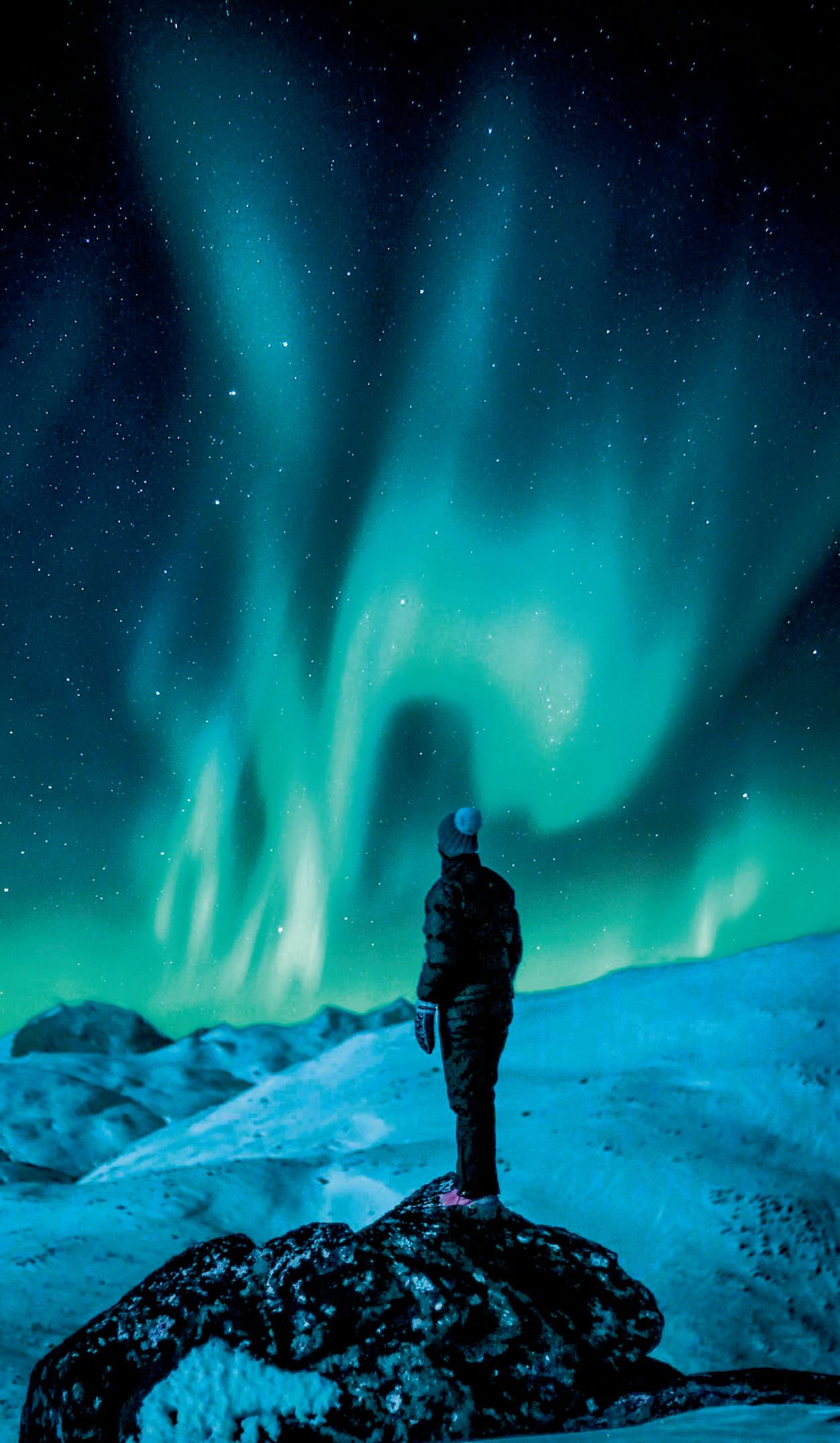
This one will, quite literally, be on the radar. The boffins at NASA have declared that the long-awaited solar maximum has now arrived, which means that the chances of seeing the Northern Lights are at their highest for a decade. Those of you lucky enough to see the aurora borealis in the UK as far south as Penzance in 2024 might now be a little blasé about this most spectacular natural phenomenon, but anyone yet to appreciate these shimmering bands of colour in the night skies should consider a trip to Scandinavia or Iceland in 2025.
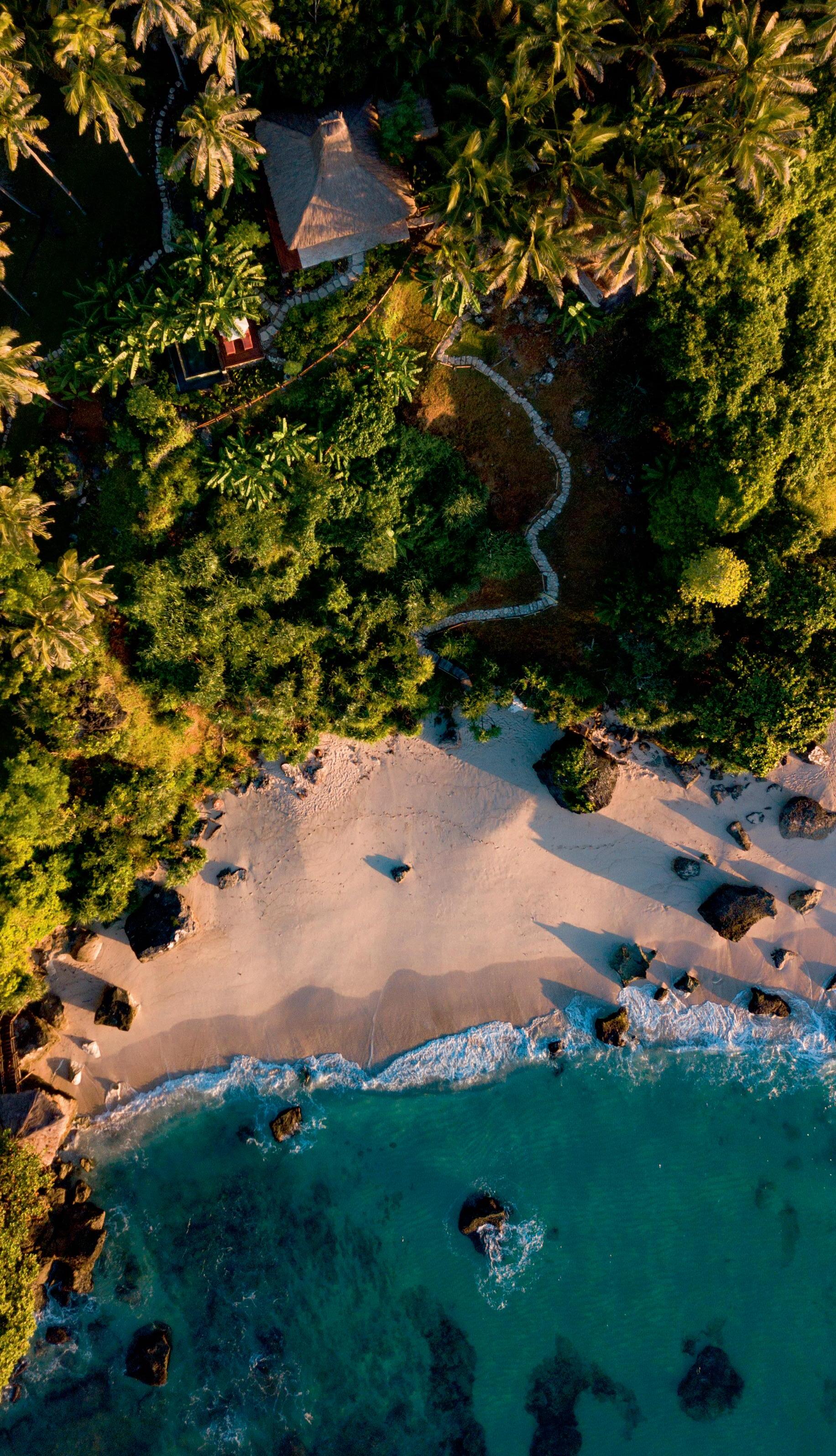
Nihi Sumba, on the unspoiled Indonesian island of Sumba, has long been a poster child of barefoot luxury, with an admirable approach to sustainability and a genuinely symbiotic relationship with the indigenous community. Nihi visionaries Chris Burch and James McBride have taken their time to open a second property, but there won’t be any ‘difficult second album’ syndrome in 2025, when Nihi Rote opens off Indonesia’s West Timor. For starters, many of the same first principles are in place: world-class surf break, close community links and immaculate accommodation.
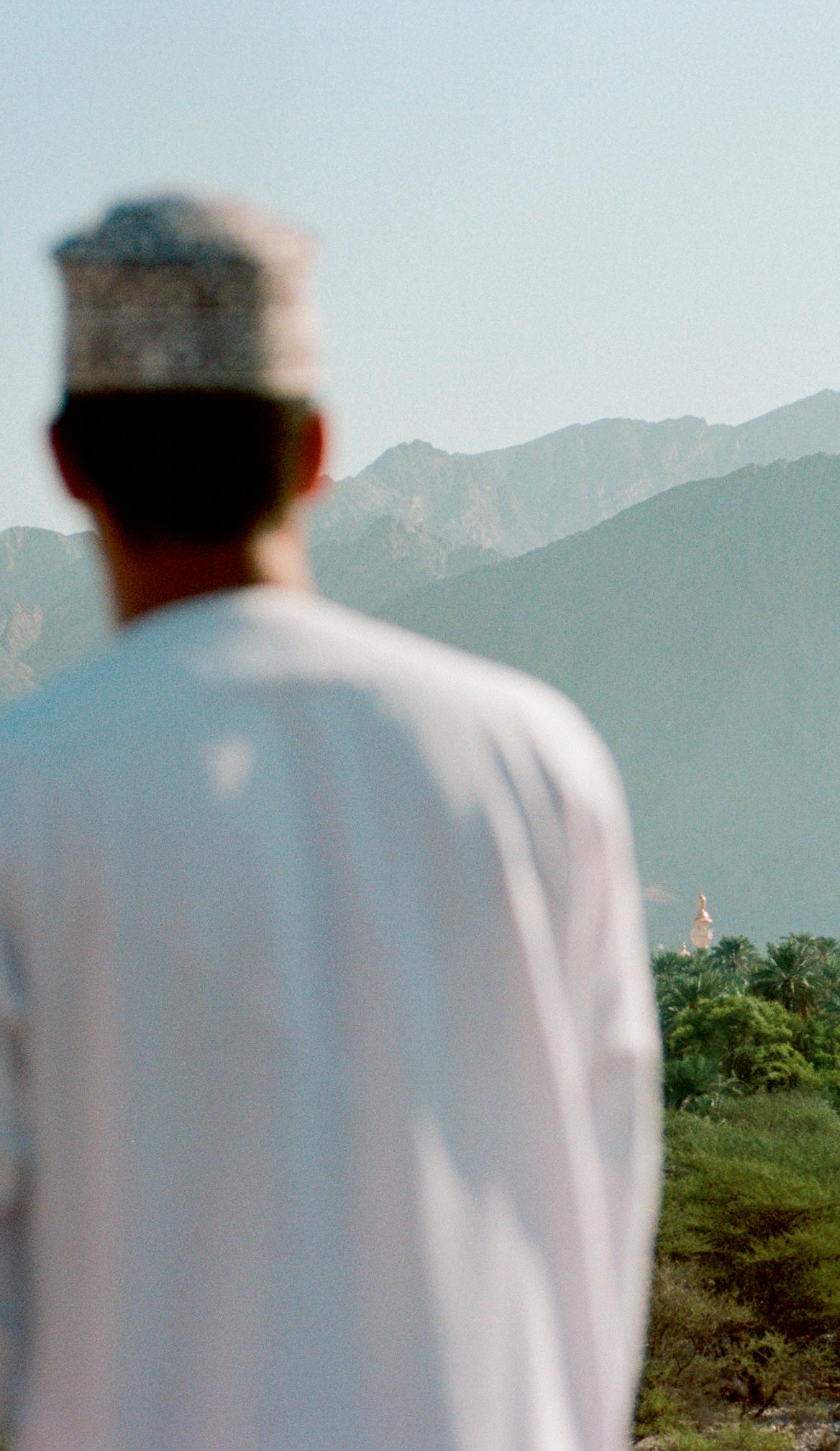
Oman is a special place, but most visitors focus on the ‘big three’ destinations of Muscat, the Hajars and the Wahiba Sands for a dream combination of coast, mountains and desert. Now Malkai, a new local luxury hotel group, aims to change all that with the opening of three properties in 2025. Aside from the sophisticated elegance of the tented accommodation, the subtly different destinations are the game changer. Surrounded by date palm orchards in Barka to the west of Muscat; in a remote part of the mountains nearer Nizwa, and in the secluded dunes of the Sharqiya Sands but – unlike other properties – within striking distance of the sea.

This deserves inclusion for the name alone. Norway is already famous for some of the most scenic railway routes in the world and this new five-night/six-day sleeper service, slated for launch in late 2025 or 2026, will weave together many of the best bits into one luxurious whole. Starting in beautiful Bergen on the west coast, the Norient Express (powered by electric, rather than diesel, engines) will cross the Hardangervidda mountain plateau, the largest national park in Norway, to reach Olso. From there it forges north to Trondheim, giving passengers a highlights reel of Norway’s famous fjords, mountains, lakes and glaciers.
The Original Travel team have their fingers firmly on the pulse of travel. Find out what’s hot, and what’s not.
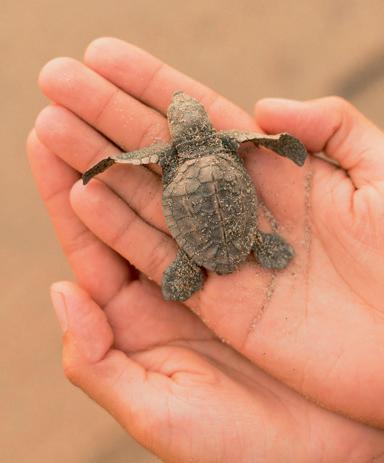
<
<
We’re loco about Eurostar’s new premium dining menu. Four courses, two Michelin stars and one very excellent way to start a trip to the culinary capital of the world and beyond.
Divers, it’s time to get deep. On your next trip, see beyond the colourful coral and immerse yourself in marine conservation while volunteering on projects that help protect seas and their species.


< Maps
The old school map is back!
A whole new generation are plotting their adventures on paper maps, rather than GPS. The burning question: can they master the lost art of the ‘refold’?

‘Changi’ng out > Apparently, people are booking flights with intentionally long connections in Singapore’s Changi Airport to enjoy the facilities. If you know these people, kindly put them in touch. We can give them much better ideas. Next slide please.

Trains >
Happy 200th birthday to the modern railway. Thanks for all the scenery and games of eye spy, for speeding us up, but also reminding us to slow down and look around once in a while.
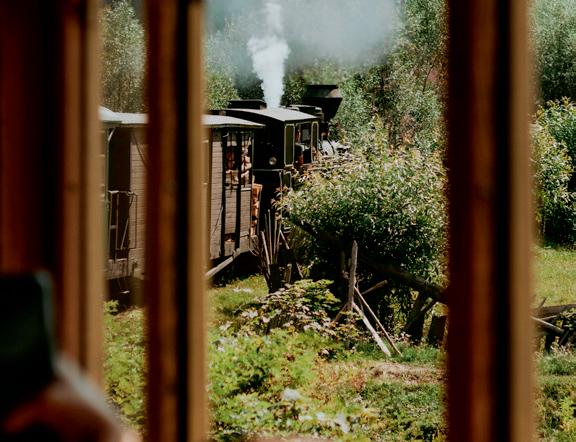


< The Mediterranean
The Med is dead (in summer, at least). Avoid scorching temperatures with a ‘coolcation’ instead; think Norwegian fjords, Swedish archipelagos or snow-capped Dolomites.


Your face is, quite literally, your passport. Several airports are trialling ‘faceboarding’; using facial recognition in lieu of a passport. Will it work reliably? We can but dream.

< Itwineraries
We always recommend direct flights (fewer take-offs = fewer emissions), but what to do when that’s not possible? Introducing ‘Itwineraries’, where you turn a layover into a stayover and enjoy a mini break in the connecting city.
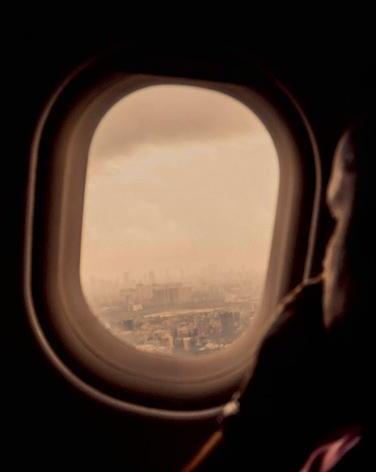
Rawdogging
The preposterous practice of flying in a Zen-like state has been dubbed ‘rawdogging’. No movie, no books, no podcasts, no point. Next.
One-week family holidays >
We’re all going on a (six-week) summer holiday. More families are using the long summer break for a mini sabbatical, taking the children away on an epic, multi-destination trip. Beats a week in Bognor.
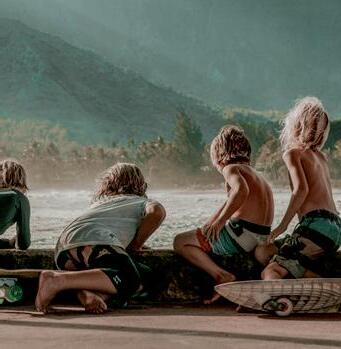
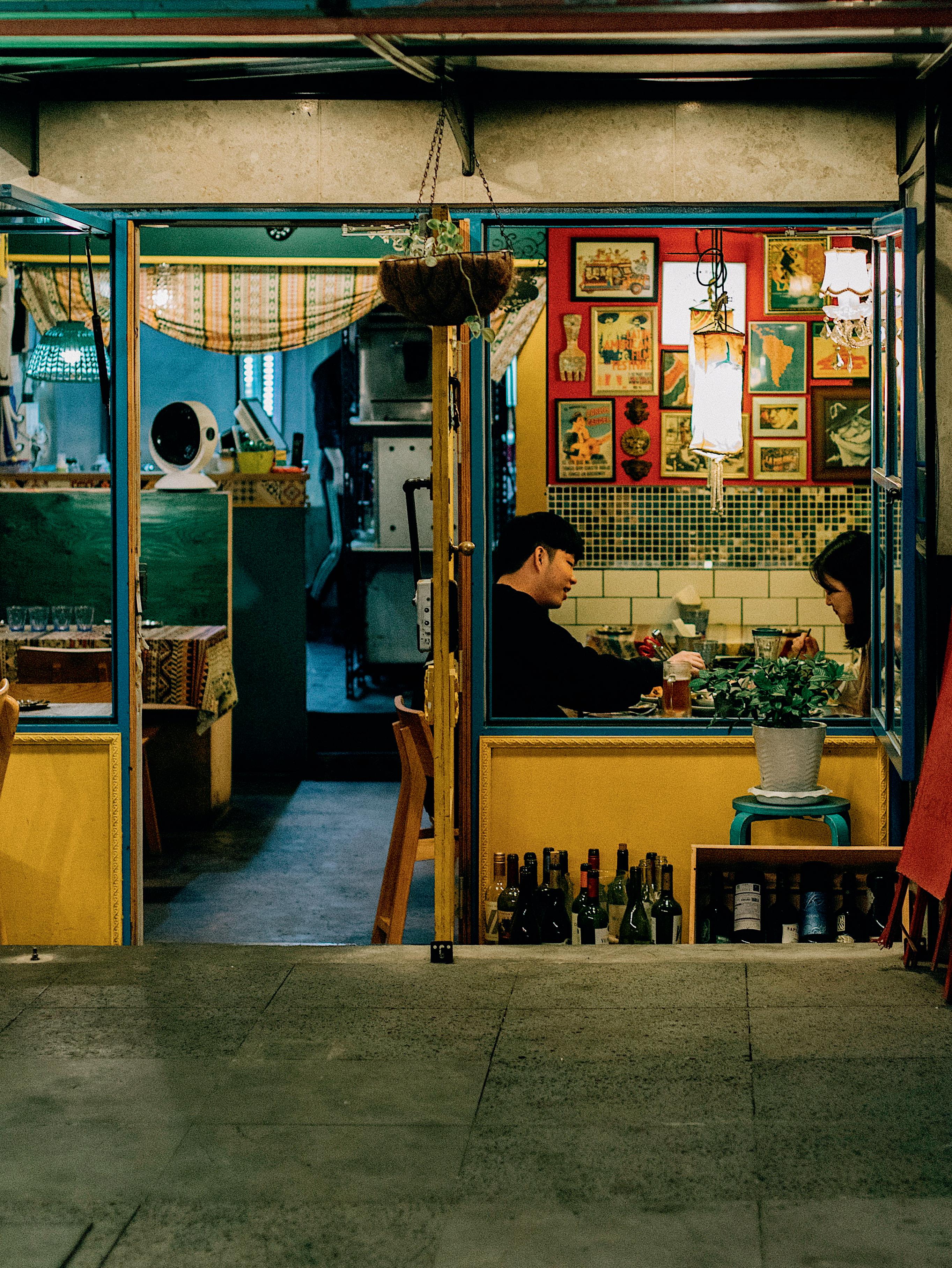
Original Travel’s Asia portfolio has a new kid on the block: South Korea. K-Culture (shorthand for South Korean culture), in all its manifestations, makes this one of the most intriguing destinations anywhere in the world. A global leader in technology and design, the country is fast-moving and forward-thinking, from the high-speed rail network (KTX) to the futuristic skyscrapers. But beneath its ultramodern facade lies a rich tapestry of tradition. Hanbok (traditional Korean attire) is still worn during festivals and special occasions, mythical creatures like the nine-tailed fox (gumiho) crop up in modern dramas, and politeness is paramount (it’s still customary to bow when greeting). The capital, Seoul, is the country’s beating heart, and home to half the population. Head to the hip district of Euljiro, or nearby Seongsu-dong, for a dose of quirky cafe culture, boundary-pushing art or a craft beer. Then just to the north of the city is the remarkable Demilitarised Zone (DMZ), a sobering reminder of how the two Koreas have diverged since the 1950s. Away from Seoul, South Korea becomes even more bewitching. Head to Jeju Island for palm trees and black-sand beaches; Gangwon-do for thick forests and cool coastal towns, and Gyeongju for UNESCO-listed pagodas and pavilions. South Korea holidays? They’re way more than O-K.
This section is inspired by the podcast Better Known, where Ivan Wise asks a guest to name six things that currently fly beneath the radar but that should be firmly on it. We think Better Known should be, well, better known, so tune in at betterknown.co.uk


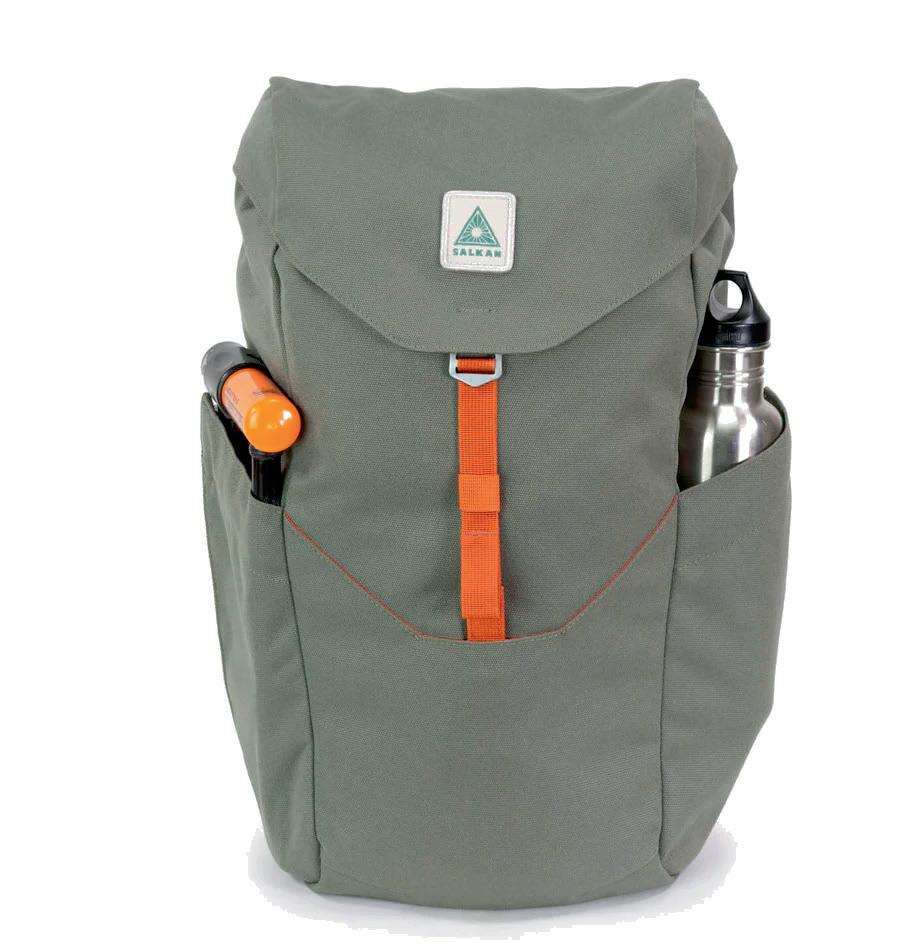







The combination of traditional design and contemporary technology means there’s a lot to love about this retro kit, much of it made by great British brands.
The Instax Mini Evo takes excellent ‘polaroid’ (a proprietary eponym, like Hoover for vacuum cleaners) instant photos using 20 lens and film effects. The only misstep? An inbuilt selfie mirror. Sigh. instax.co.uk, £175. (1)
Go the full Cousteau with this retro-style mask from Atlantic Coastal Supplies. Not sure why we ever veered from the true path when these full-face masks provide optimum visibility. atlanticcoastalsupplies.com, £80. (2)
128 years old and counting, Globe-Trotter luggage (including this aptly named Centenary model) remains the gold standard, but with nods to modern mores like 2- and 4-wheel versions. globe-trotter.com, £1,595. (3)
Vivobarefoot’s Trackers have thin but sturdy soles, making for an almost (as the name suggests) barefoot walking sensation and – crucially –dramatically reduced weight. vivobarefoot.com, £200. (4)
Nothing says 1980s ski chic quite like the Moon Boot, which itself became another proprietary eponym for après-ski footwear. Embrace the latest moon landing. moonboot.com, £170. (5)
MONC shades, including these timeless Principes, are made from fully compostable bio-acetate, should you want to throw them out. Spoiler alert: you won’t. monclondon.com, £260. (6)
Daypack brands are a dime a dozen nowadays, but the Salkan 20L is a thing of elegance and excellence. We love that you can personalise the strap colour. Burnt orange, obvs. discoversalkan.com, £95. (7)
The Tilley Wanderer is an Aussie institution. Waterproof, UPF 50+ sun protective and guaranteed for life, this is the ideal hat for safari, hiking and pretty much everything in between. uk.tilley.com, £75. (8)
Made with super-stretch cotton from Cosserat, the oldest corduroy producer in the world, these Amundsen knickerbockers (available for both sexes) perfectly straddle the gap between hiking trousers and shorts. amundsensports.com, £210. (9)
Chilly’s first stainless-steel bottle was something of a design classic, and the Series 2 adds refinements, such as an antimicrobial collar, while still keeping drinks cold for 24 hours or warm for 12. chillys.com, £32. (10)
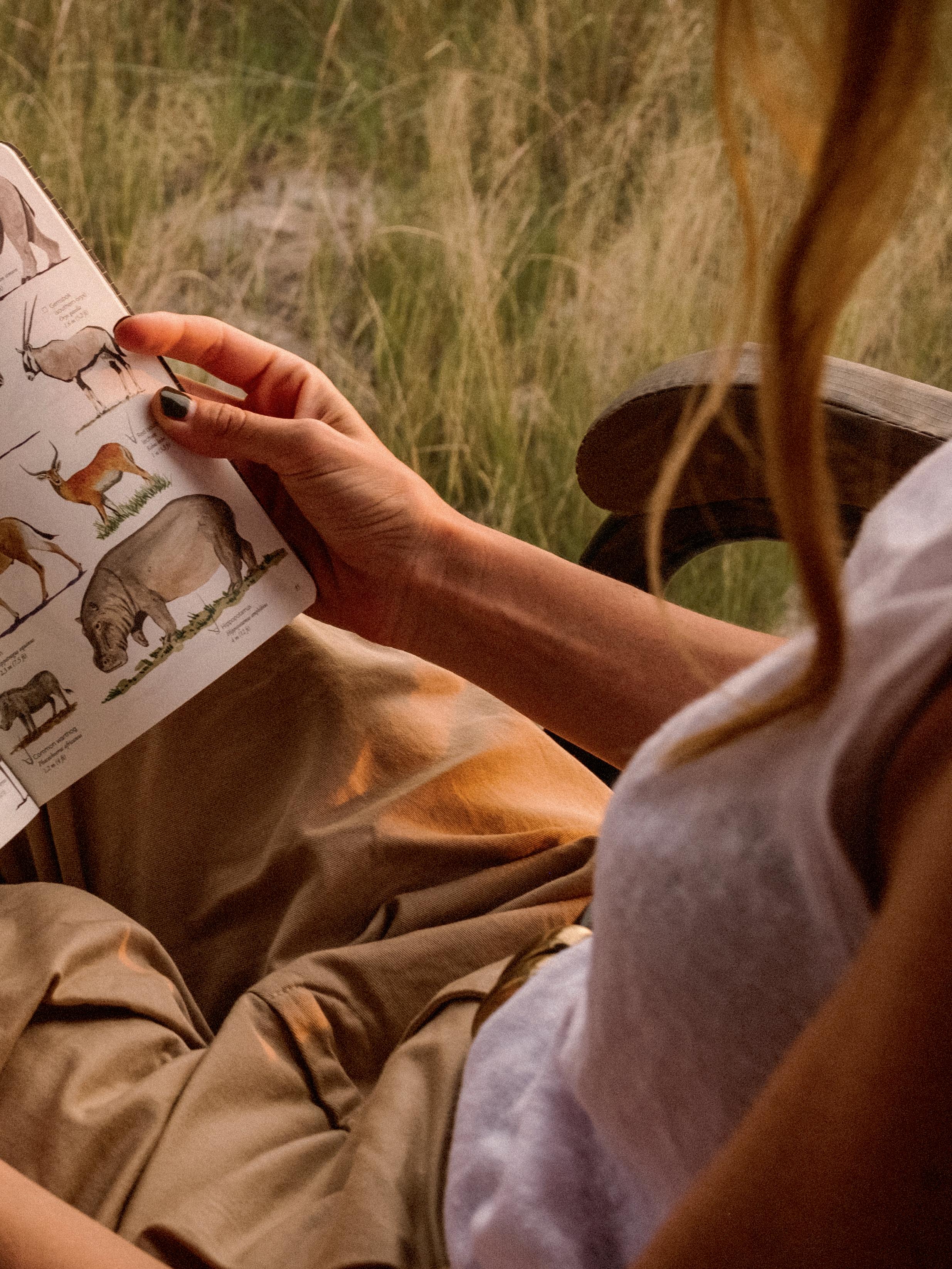
National parks and reserves tend to take centre stage on safari, but wildlife conservancies offer many benefits. They are typically privately managed, with fewer restrictions and a limited number of lodges and camps, so fewer vehicles and more exclusive experiences like walking safaris and night game drives. This in turn means encounters with more elusive species. As the name suggests, conservancies are also often deeply engaged with conservation efforts, from wildlife monitoring and breeding programmes to dedicated anti-poaching units (some of which out-perform those in government-funded parks). And many conservancies are partly owned or run by the local communities (see Il Ngwesi on page 22).
For guests, this means more opportunities to visit nearby villages and support community projects, while the locals have a vested interest in wildlife conservation and land protection, making for a more sustainable model of tourism.’
ISABEL DE GALLEANI, HEAD OF AFRICA, ORIGINAL TRAVEL

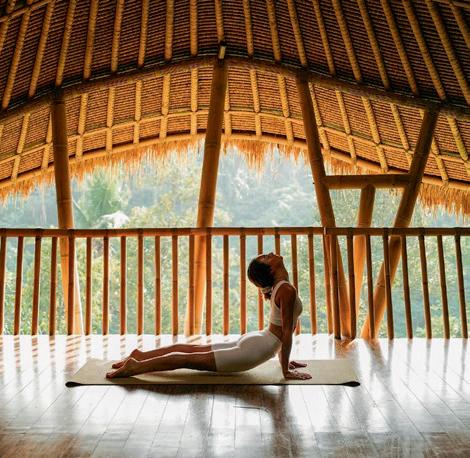
6.00am
WITH OUR CONCIERGE 24 hours
Our clued-up local Concierges are the ultimate insiders. Who better to plan the perfect day?

Start your day with a stretch at a sunrise yoga class in Magelang. Salute the sun against a backdrop of towering volcanoes and coffee plantations; an epic way to begin your day.
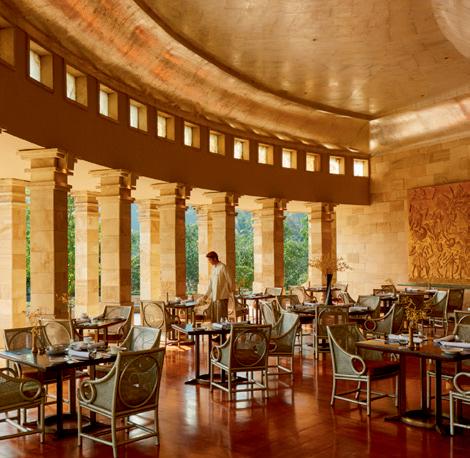
1.30pm
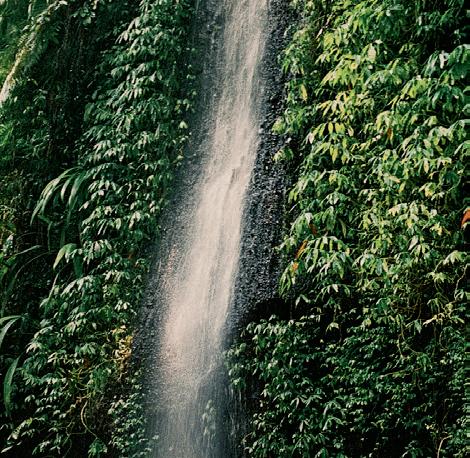
8.00am

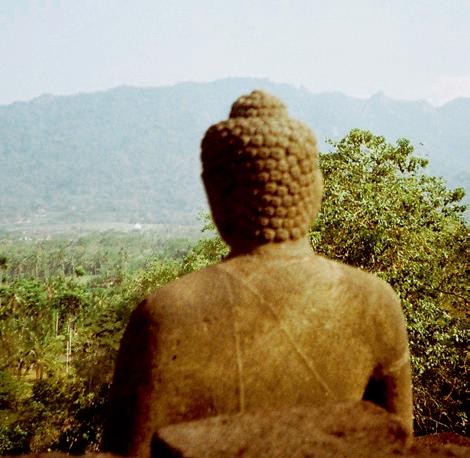
11.00am
This morning’s hike begins in the village of Seberuk, in the heart of rice fields. Trek through the hills to Sekar Langit waterfall for a refreshing swim in the cool mountain water.

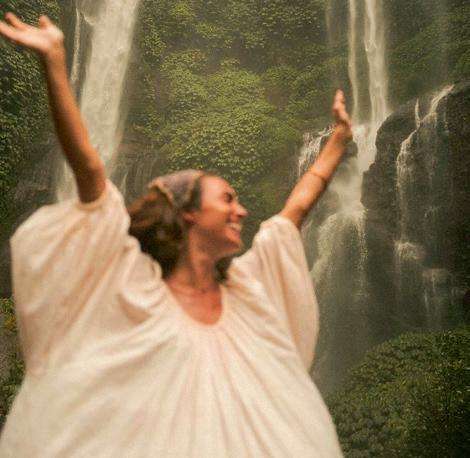
Enjoy a delicious lunch overlooking rice fields and Borobudur at the immaculate Amanjiwo hotel. Order the nasi liwet, a delicious local speciality of rice and coconut.

6.00pm
Take a late afternoon stroll along Jalan Malioboro, Yogyakarta’s main thoroughfare and home to colourful stalls and boutiques. Keep an eye out for warungs (kiosks) selling a local coffee known as kopi joss, brewed with burning charcoal.
With itchy feet and a passion for travel, Magali knows Indonesia better than most locals. Her love of adventure, wellness and ancient cultural practices means she’s never short of ideas.

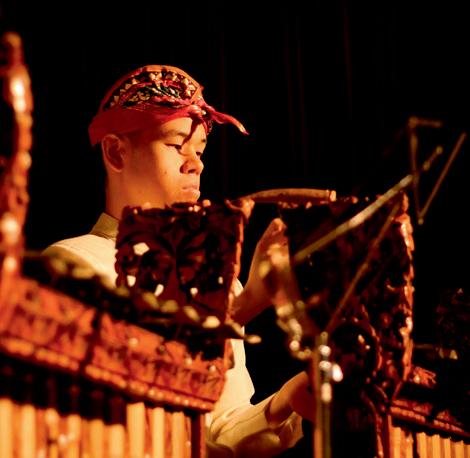
7.30pm
At sunset, settle in at the Ramayana Open Air Theatre with Prambanan Temple as a backdrop. In this glorious setting, enjoy an incredible dance performance featuring more than 200 performers and showcasing Javanese culture through local legend.
Reach Nirvana at Borobudur Temple, the largest Buddhist monument in the world. Ascend ten terraces past beautiful bas-reliefs depicting the life of Buddha. From the top, you’ll see Mount Merapi in the distance.

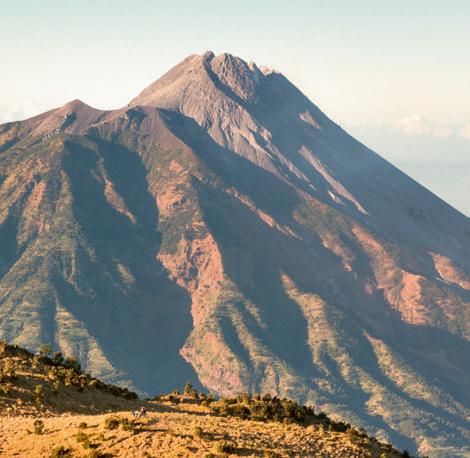
3.00pm
Time for a closer look at Indonesia’s most active volcano, Mount Merapi (the ‘Mountain of Fire’) and its observatory with a local volcanologist, and to take your own seismic reading.


10.00pm
French cuisine and Javanese produce come together beautifully at Mediterranea. Start with a tuna tataki or beef tartare, followed by the seared barramundi with sambal ginger, all washed down with a lychee gin and tonic. Heaven.
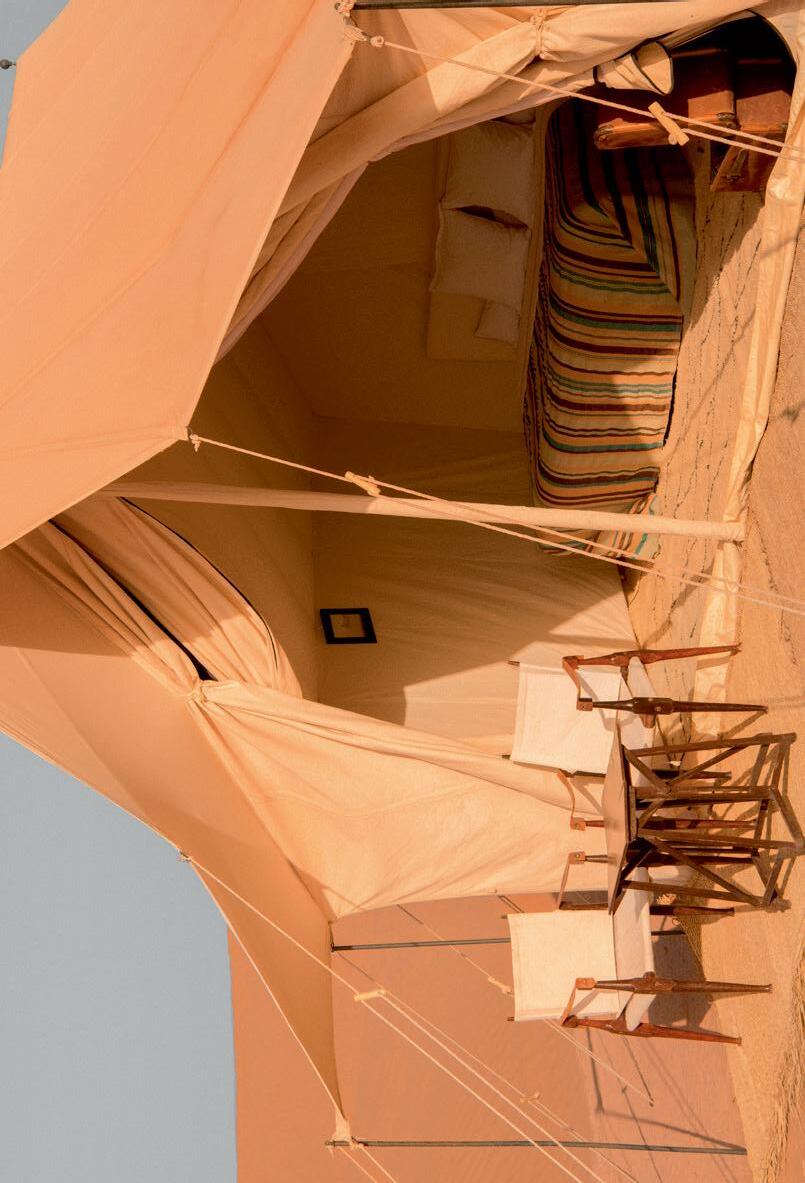

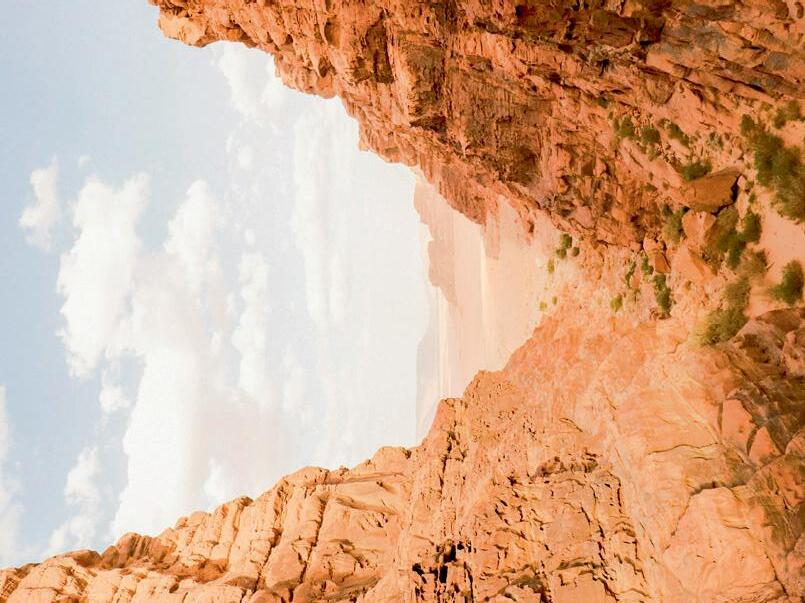
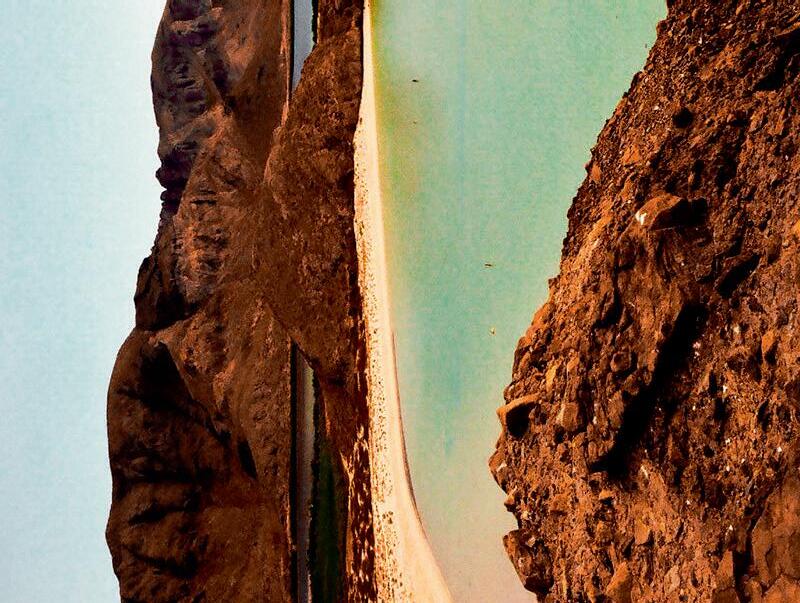
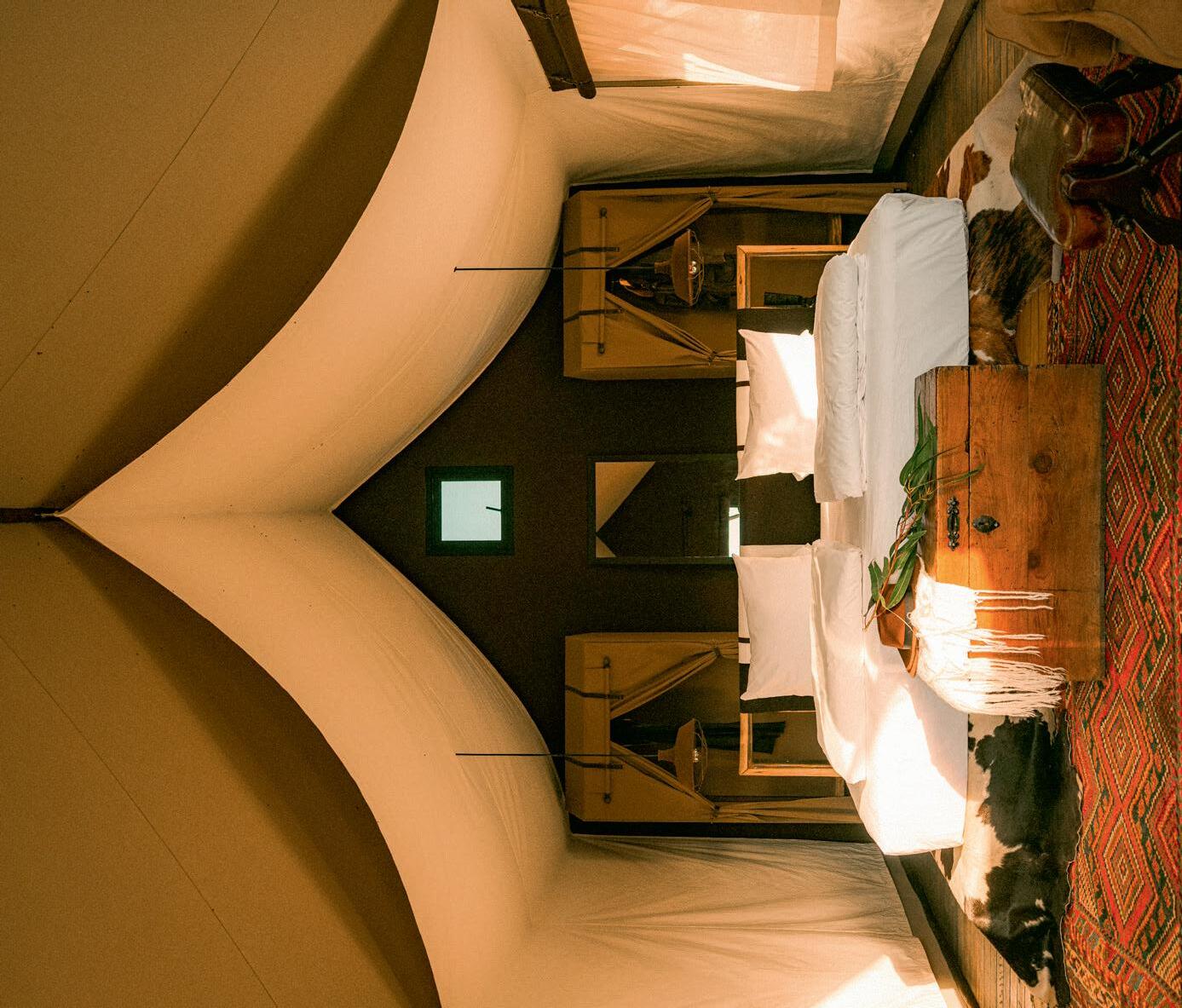




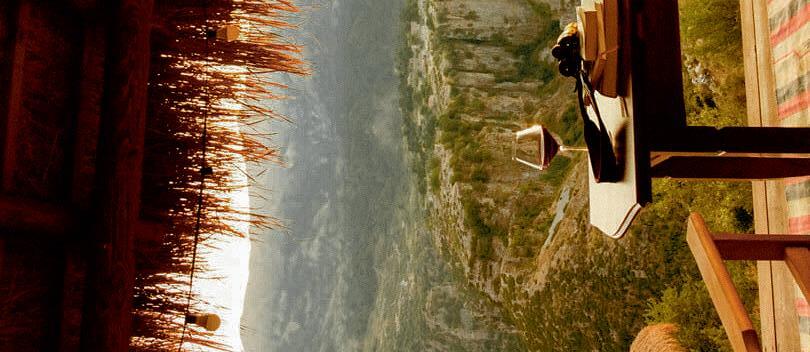
There’s something special about spending the night under canvas. Evoking the simple pleasures of childhood camping trips, but with grown-up indulgences thrown in (en suite bathrooms, lantern-lit paths, private plunge pools…), these tents put the ‘amp’ in glamping. And with just a thin fabric separating you from the world beyond, you’ll feel far more connected with the wilderness and wildlife outside. TENTED CAMPS
SAL SALIS, AUSTRALIA (8)
Rustling dune grasses and lapping waves are the soundtrack to this beachside bush camp in Western Australia’s Cape Range National Park. With the ocean a few steps away, stays here are centred around the wonders of the underwater world. Ningaloo Reef, the world’s largest fringing coral reef, is just 100 yards offshore and home to 500 species of fish and 300 types of coral.
GALAPAGOS SAFARI CAMP, ECUADOR (5)
PUNAKHA, BHUTAN (9)
Wellness is woven into every aspect of this camp in Bhutan’s fertile Punakha valley. The tented rooms –set among pine and jacaranda trees –are havens of tranquillity, each with a private butler to attend to your every need. A visit to the nearby Punakha Dzong (Bhutan’s second-oldest fortress) is a must, and on your return, there are extensive grounds to explore and a traditional hot stone bath, where you can soak your aches away.
Sustainability is the watchword at this eco-camp sitting within 135 acres of private parkland in the lush highlands of Santa Cruz Island in the Galapagos. The camp purifies rainwater, serves produce grown on site and harnesses natural air flow to reduce reliance on air-conditioning. There’s no time to sit around, though, with active volcanoes to visit, giant tortoises to spot and uninhabited islands to castaway on.
DAR AHLAM DESERT CAMP, MOROCCO (1)
Set within Wilpattu National Park, this exceedingly comfortable camp is the perfect base for a safari, Sri Lankan style. Head out with a ranger on game drives or wild bush walks, and keep your eyes peeled for sightings of elusive leopards as well as sloth bears, elephants, deer and water buffaloes. Twitchers will be in their element too, with specialist birding tours on offer. Back at camp, an eight-course Sri Lankan tasting menu awaits.
Adventurers will be in their element at this back-tobasics beach camp pitched on the insanely idyllic Isla Espiritu Santo. This desert island in Mexico’s Sea of Cortez is a protected national park and UNESCO World Heritage site, so the camp treads with the lightest of footprints. What Camp Cecil lacks in facilities it makes up for with epic nature experiences, from swimming with sea lions and manta rays to hiking along cacti-dotted trails with a naturalist guide.
PUQIO, PERU ( 7)
Contact one of our destination specialists on: +44 (0) 20 3911 5900
This safari-style camp, set deep within the Colca Valley, is the first of its kind in Peru. Cocooned in a quieter part of the valley, with only alpacas and Andean hummingbirds for neighbours, it’s the perfect place to slow down and reconnect with nature’s rhythms. Accommodation is rustic yet eminently comfortable, and the nourishing farm-to-fork fare offers a flavourful tribute to Andean heritage.
Located deep within Albania’s Kurvelesh highlands, a region of craggy peaks, plunging canyons and traditional mountain villages, this remote hideaway is a hiker’s haven. Stay in a spacious Meru tent inspired by African safari camps and styled with the same rustic elegance. The property’s chief calling card, however, is the view: a breathtaking and unbroken sweep of mountains and canyons as far as the eye can see.
Experience the Sahara in style at this desert sister-stay of Dar Ahlam, a luxurious 19th-century kasbah in Ouarzazate. You can expect similar levels of comfort but under canvas: tents with king-sized beds draped in luxurious linens, sundowners served with views across sunburnt sand dunes and, at night, glowing lanterns leading the way to a crackling campfire before a candlelit dinner.
DISCOVER BEDU, JORDAN (2)
With its towering sandstone cliffs, terracotta-hued sand and striking rock formations, Wadi Rum is one of the world’s most dramatic deserts, so it’s no wonder camps have cropped up by the dozen. This is where our expertise comes in. We love Discover Bedu for its remote location in a secluded corner of this Mars-like sandscape, and for having just six sumptuous suites.
JACK’S CAMP, BOTSWANA (3)
Channelling pre-war big game hunters and Hemingway, Jack’s is a charming time capsule of a camp in the rugged Kalahari, complete with paraffin lamps, campaign furniture and even a vintage pool table. Designed as an homage to the owner’s father, the camp abounds with personal touches, from family photographs to curio cabinets. By day, embark on game drives and bush walks to spot brown hyenas and Kalahari lions. By night, curl up with a cocktail and watch the sun set over salt pans.
CAMP NIVICA, ALBANIA ( 4)
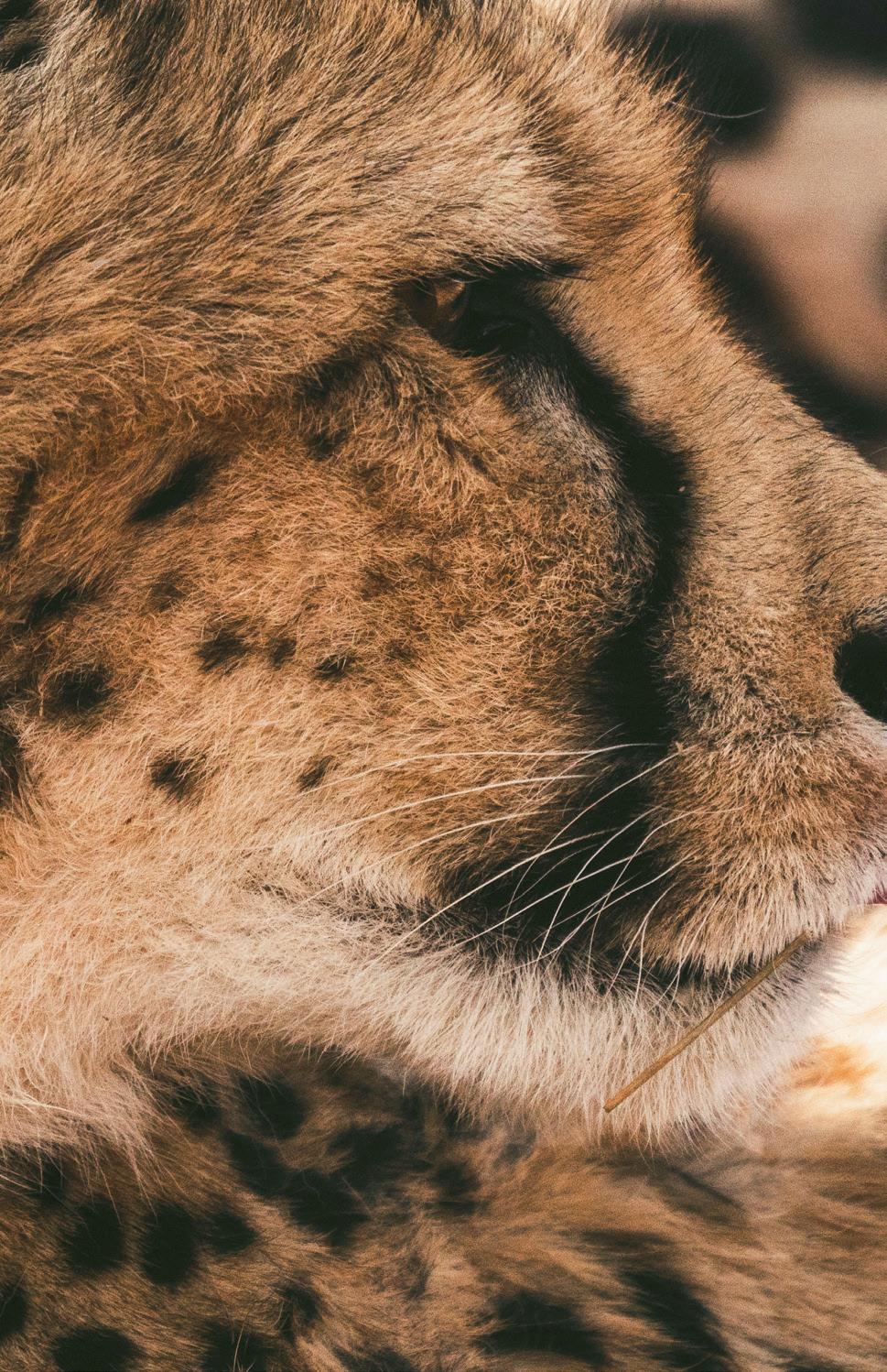
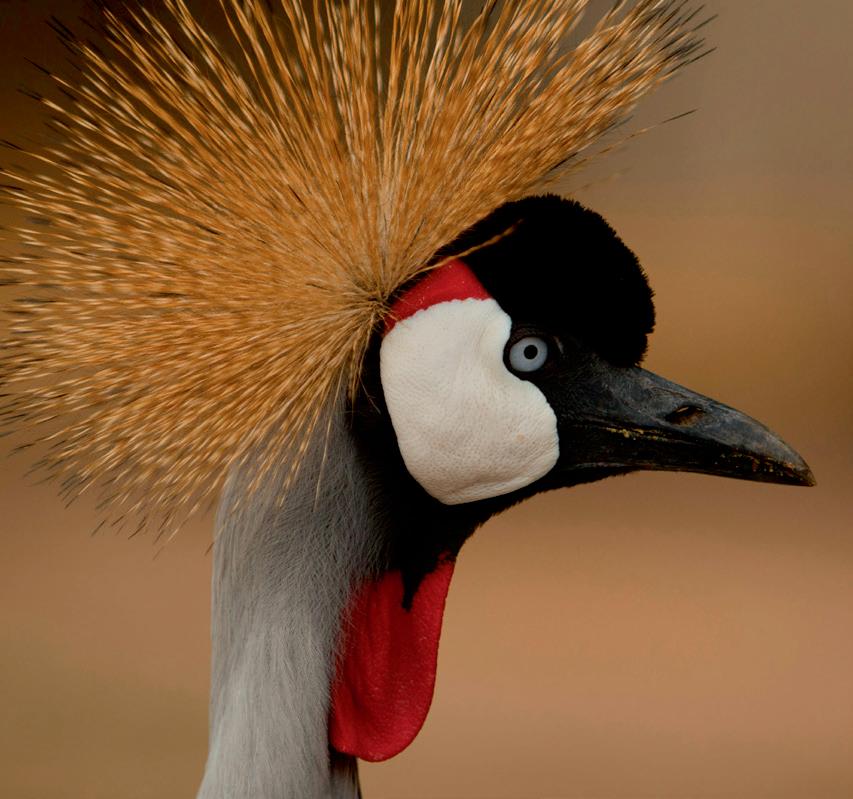
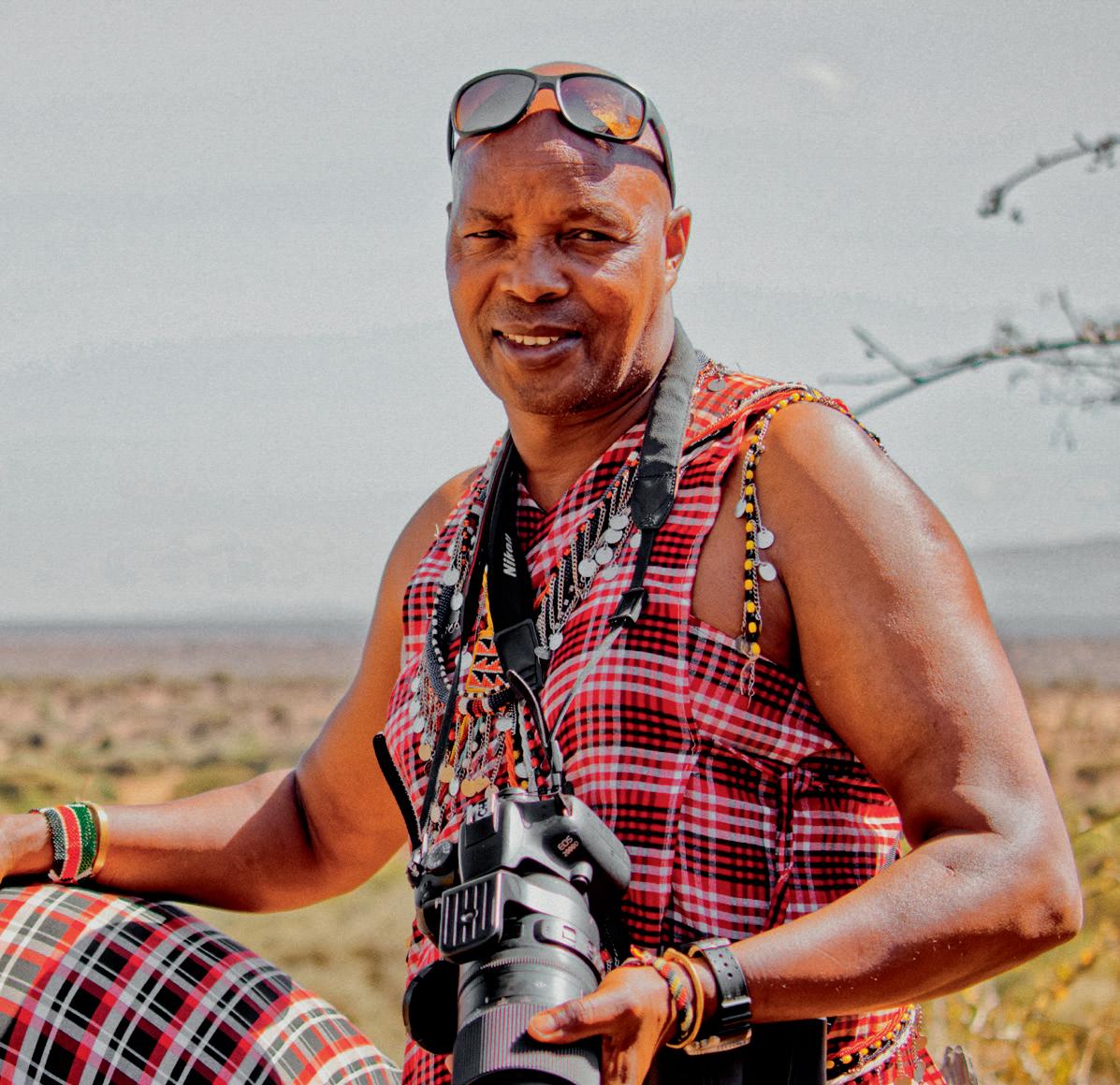


Located in Kenya’s Laikipia region, Il Ngwesi Lodge was founded in 1996 by Kip Ole Polos and other local Maasai leaders. Recognising the challenges facing their land and people, they sought an alternative approach to traditional livelihoods like cattle herding, which was increasingly strained by droughts, limited grazing areas and conflicts over wildlife. Ecotourism offered the potential to protect their land and culture while fostering economic resilience, and so Il Ngwesi, Kenya’s first community-run lodge, was born. Meaning ‘People of Wildlife’ in Maa, Il Ngwesi is entirely owned and managed by the local Maasai community and built using local materials to blend harmoniously into the landscape. Staying at the lodge is an immersive experience; guests engage with Maasai culture and explore the surrounding ecosystem. Revenue from the lodge goes back into local projects, including schools, healthcare facilities and water access, allowing the Maasai to fund initiatives that improve their quality of life while maintaining their cultural heritage. Il Ngwesi has received widespread recognition for its commitment to conservation and community empowerment, and its success has inspired many similar community-led conservation projects across Africa.
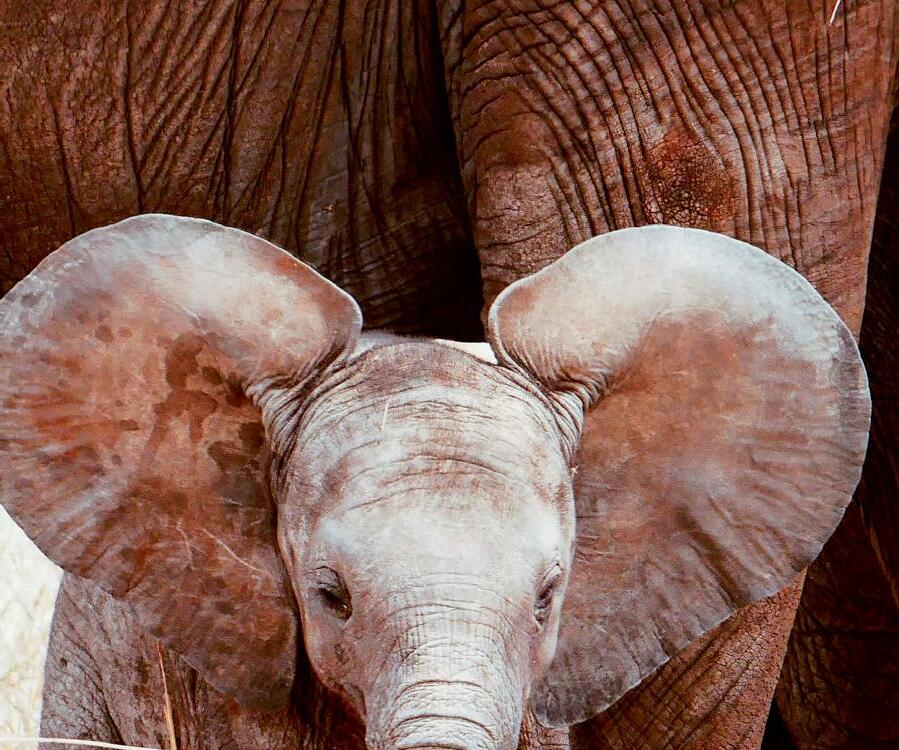
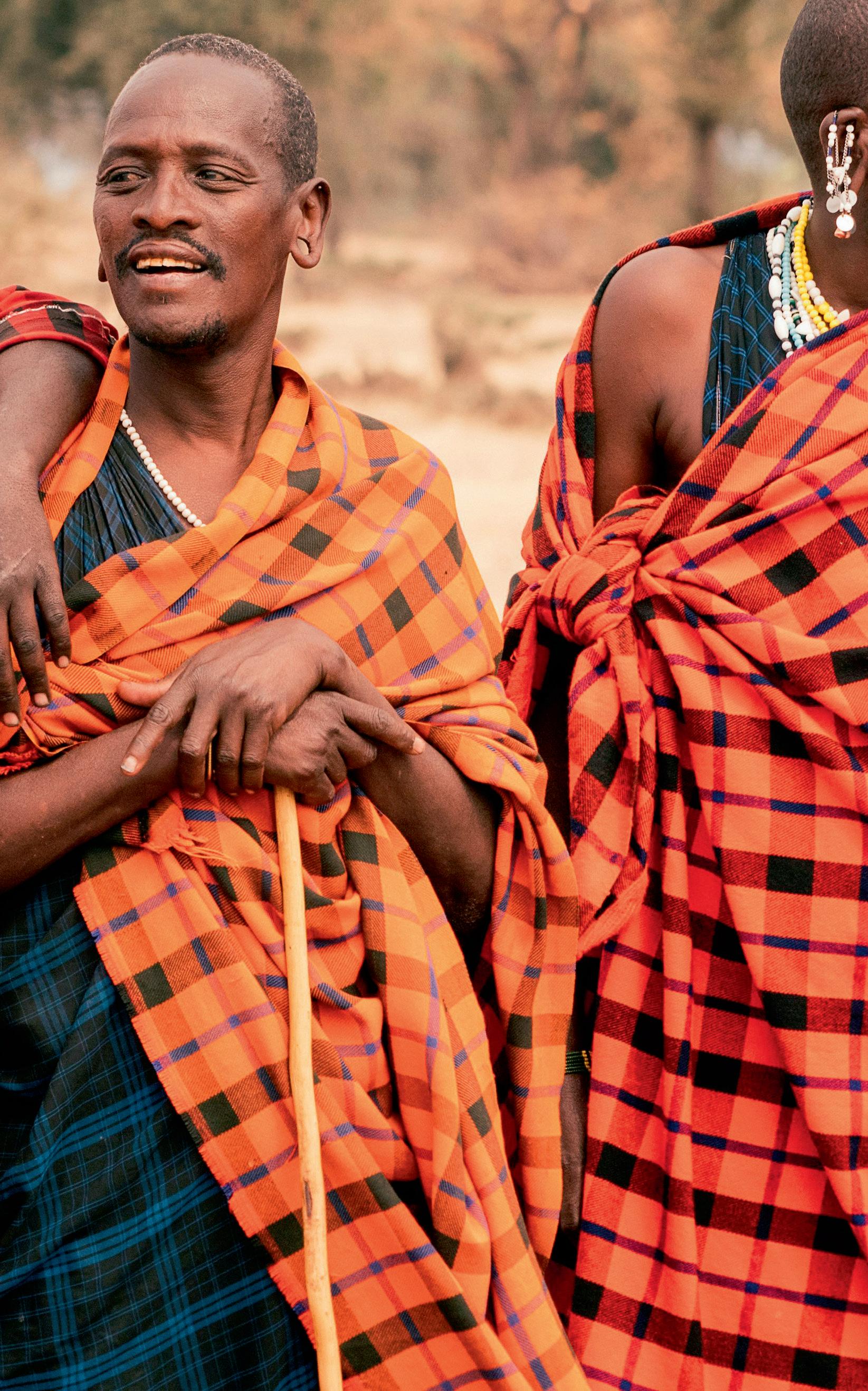


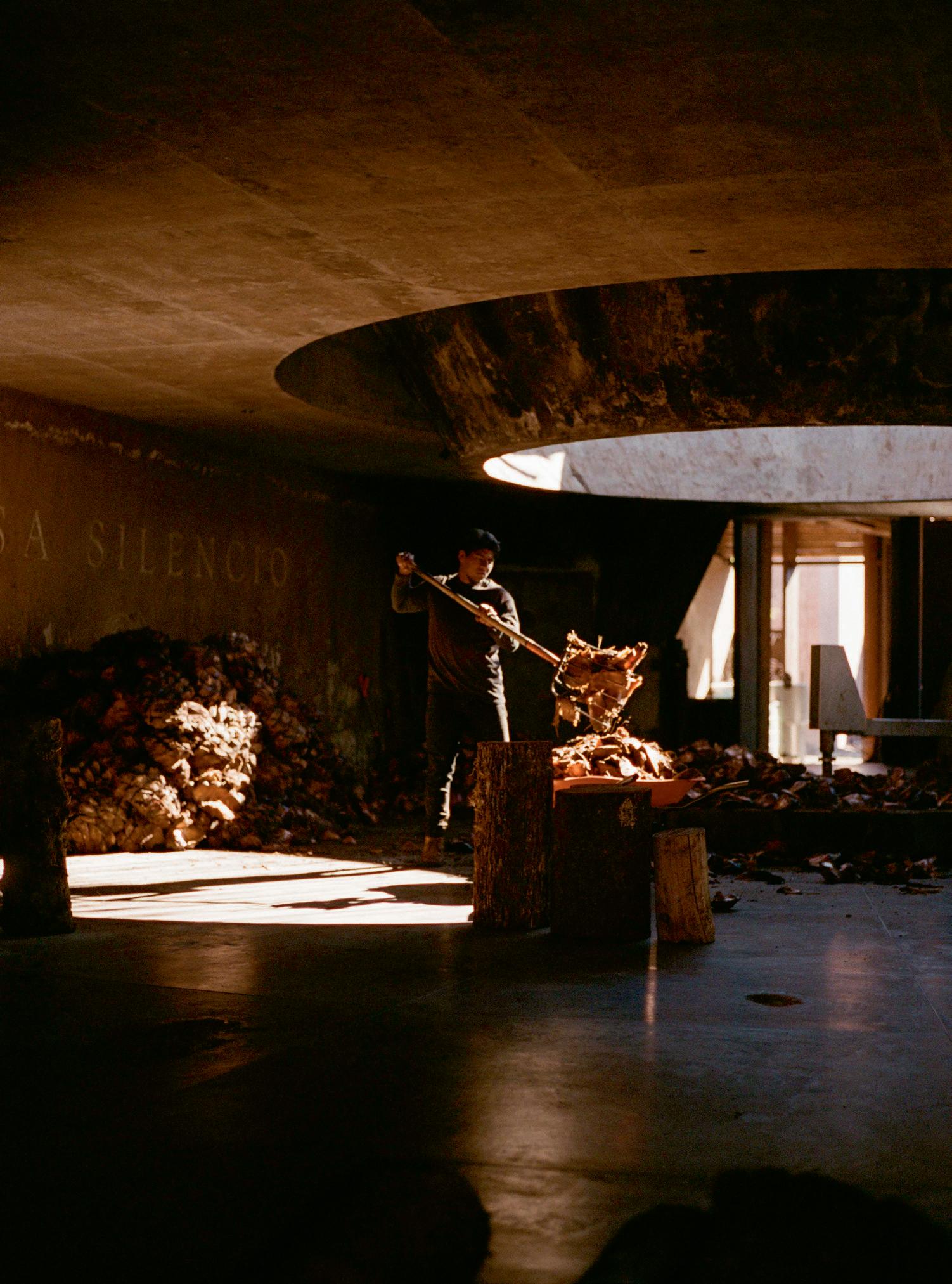
In the rolling hills of Mexico’s Oaxaca state, the scent of agave lingers in the air and traditions run deep. This is where you’ll find Casa Silencio, a palenque (distillery) producing mezcal, tequila’s classier cousin famed for its rich smoky flavour. With the original ovens and distillery recently restored, visitors can witness the traditional production process firsthand. The agave plants are harvested and their pinas (hearts) roasted for six days in a pit lined with volcanic rocks and heated by a fire fuelled with local mesquite wood. The baked pinas are then crushed by a (solar-powered) one-tonne tahona stone wheel before being double distilled in copper stills. The process from harvest to bottle takes around a month, and you can then savour the delicious end-product in the tasting room stocked with special editions. Don’t worry about over-indulging – Casa Silencio also happens to have six immaculate suites with rammed earth walls designed by architect Alejandro d’Acosta and furnished with design pieces from local Oaxacan craftspeople.
Contact one of our Mexico specialists on: +44 (0) 20 3911 5900
South Africa’s dramatic Cape Peninsula runs from Cape Town down to the fabled Cape of Good Hope; next stop Antarctica. This mountainous headland, home to the remarkable fynbos ecosystem (factoid: the smallest of the world’s six floral kingdoms), grasslands and wild coastlines, inspired wild food foraging expert Roushanna Gray to found Veld & Sea. This culinary collective, launched in 2017, arranges foraging trips around the peninsula synced to the seasons, whether that’s a winter walk in search of wild berries and aromatic herbs or a summer’s seaside excursion to forage for mussels and kelp. The aim?
To encourage visitors to have a more reciprocal relationship with the land and sea, and seed a lifelong passion for foraging.
Given the unique (in the true sense of the word) nature of the ecosystem where she operates, some of the ingredients Roushanna uses are hard/impossible to come by outside of South Africa, but there are plenty of easy-to-source alternatives you can use.
Ready your chopping boards...
INGREDIENTS
150g wild greens (oxalis, blanched nettle, dandelion, mallow, chickweed, nasturtium, imifino), sea greens or garden greens (spinach, parsley, basil, carrot tops, coriander); juice of 1 lemon; 225g olive oil; 1 ½ tbsp nutritional yeast; 40g sunflower seeds; salt and pepper to taste.
1
Prep your greens of choice by rinsing them thoroughly and patting them dry.
2
In a pestle and mortar (or food processor), combine your greens with lemon juice, nutritional yeast and sunflower seeds. Grind or pulse until finely chopped.
3
Slowly pour in the olive oil while whisking until the mixture is smooth and creamy.
4
Season with salt and pepper to taste, and briefly whisk again to combine.
5
Enjoy your wild greens pesto as a pasta sauce, sandwich spread or dip.


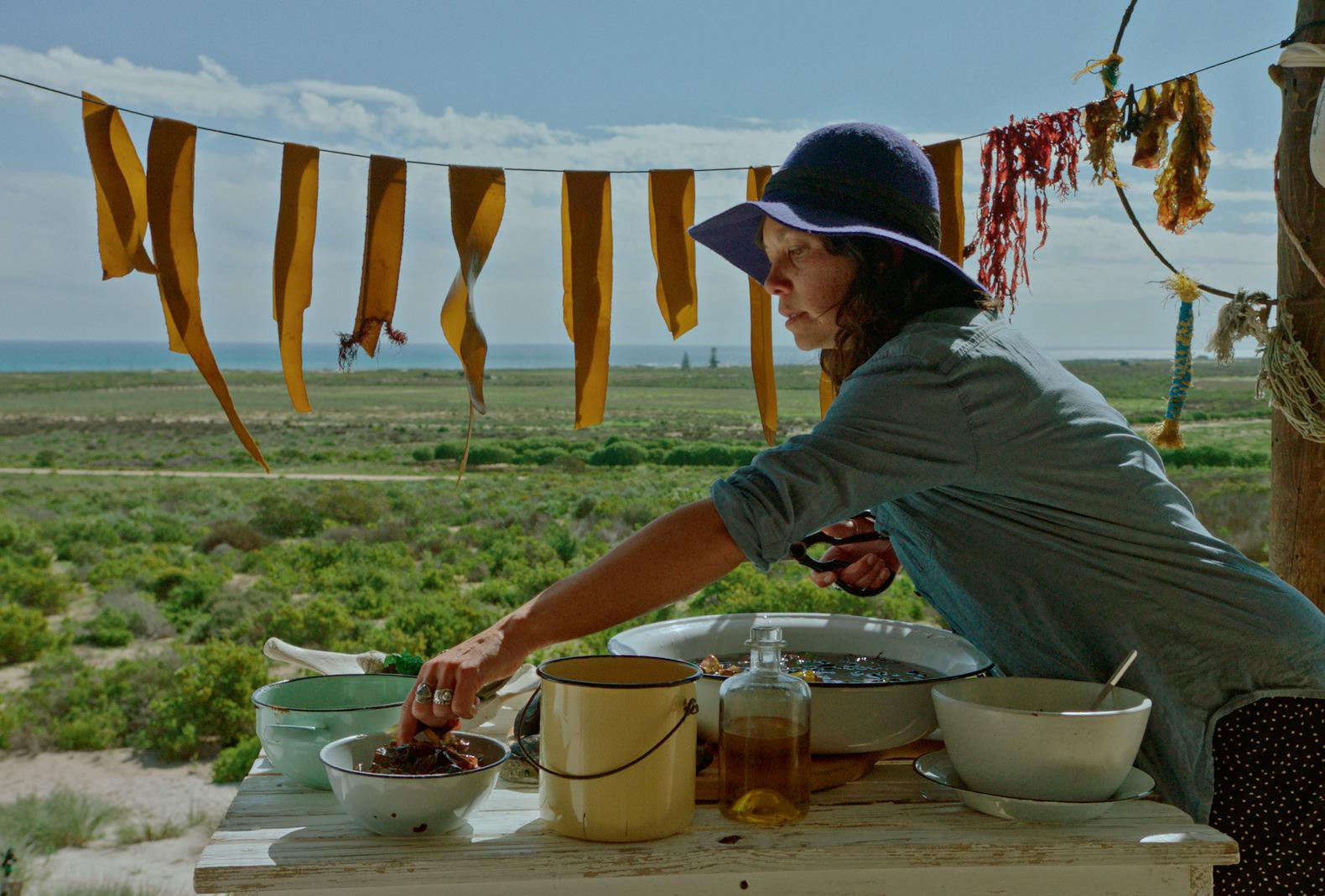
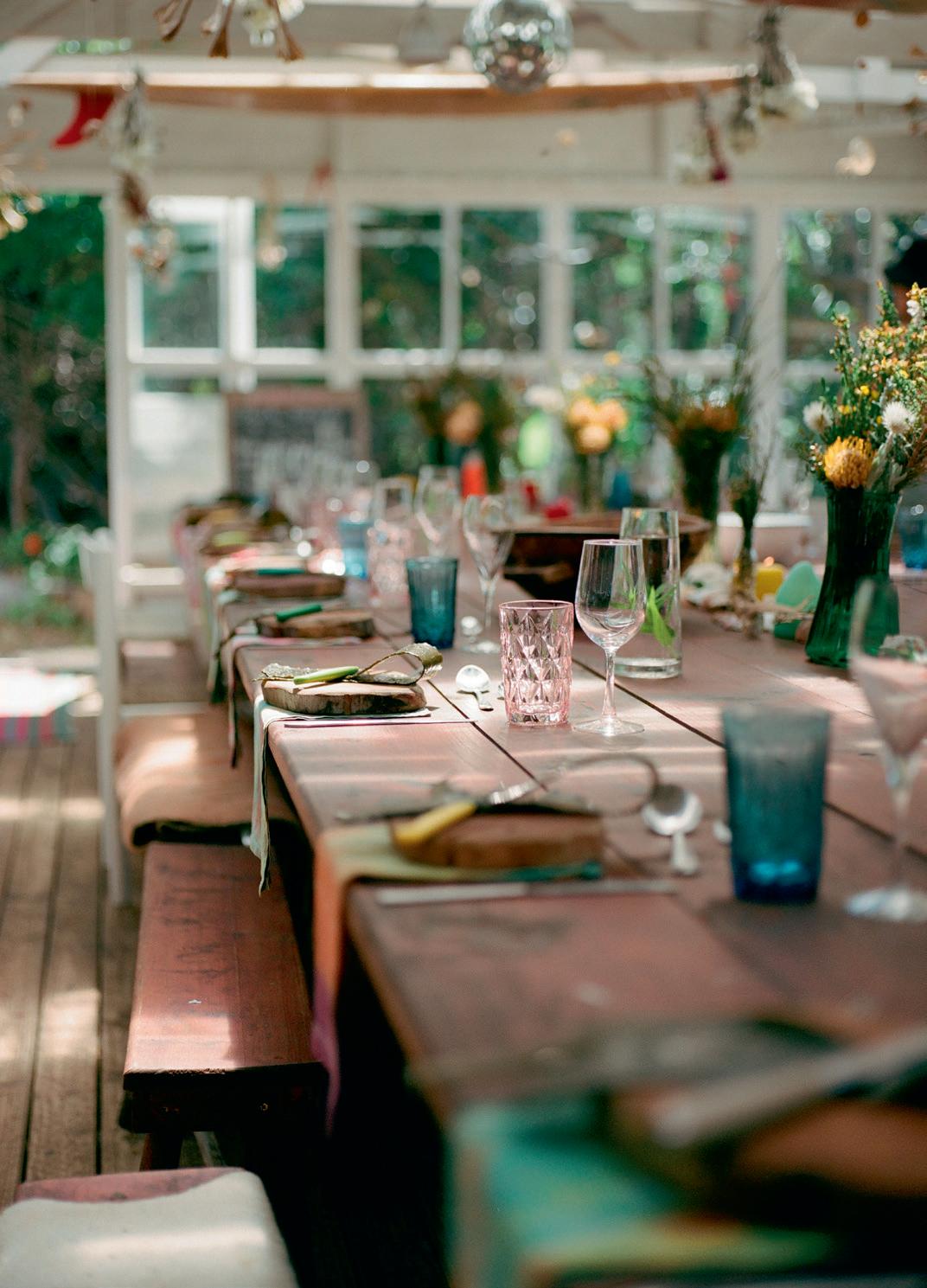
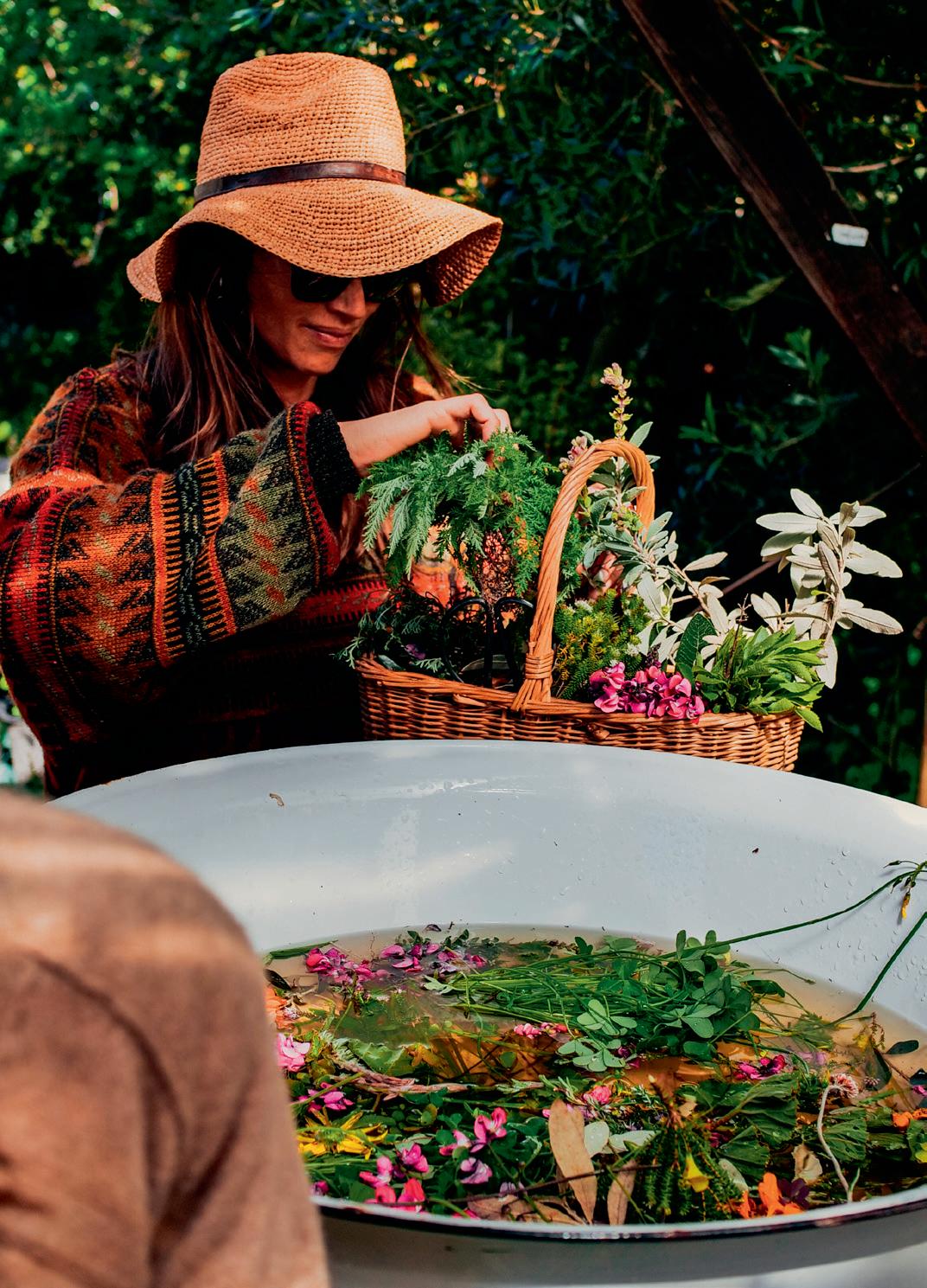
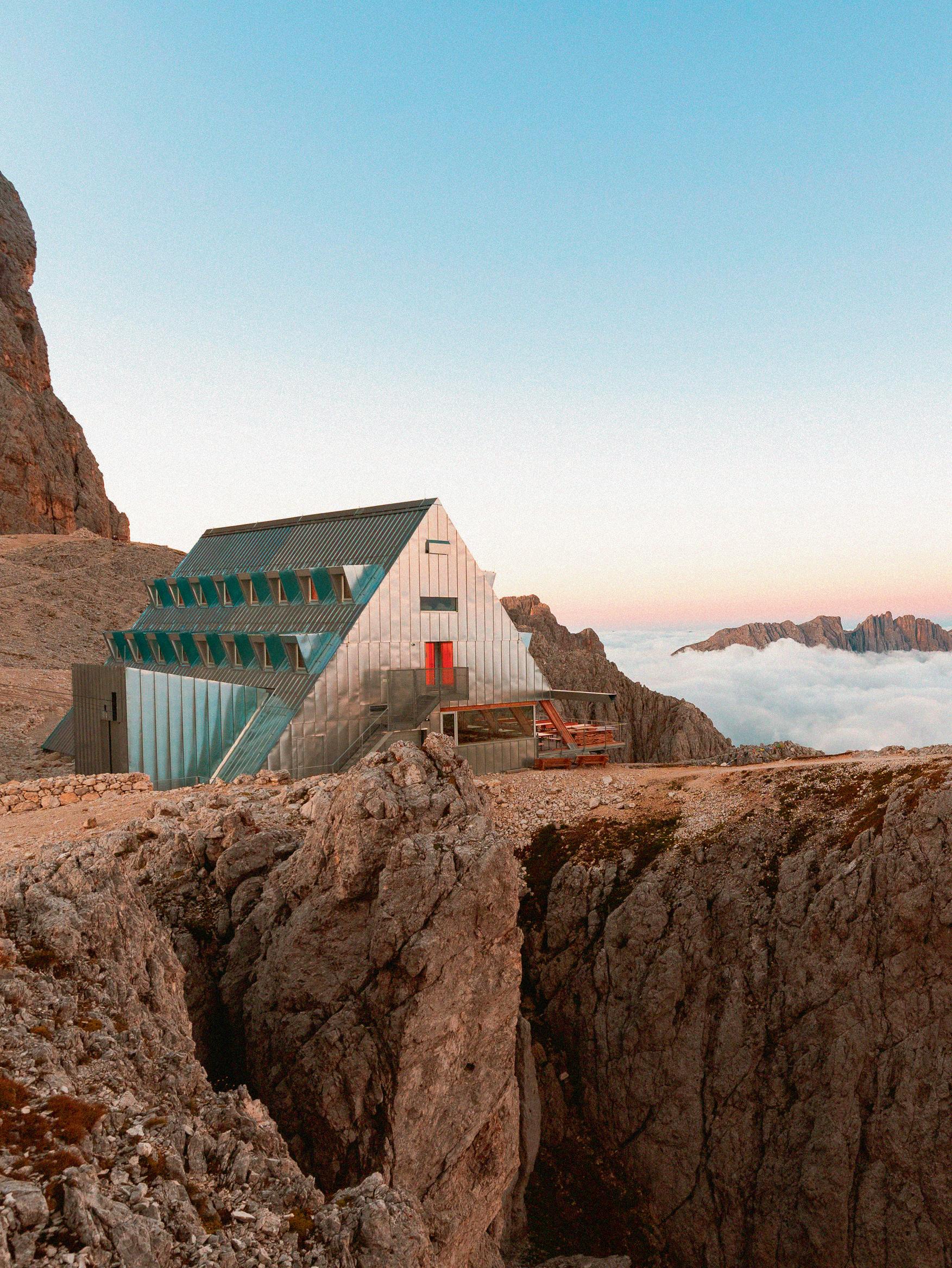
The Italian word rifugio, meaning ‘shelter’ or ‘refuge’, has become synonymous with the high-elevation huts dotting the dramatic Dolomite Mountains. Designed to accommodate hikers on multi-day treks, they’re not known as the most luxurious of lodgings (most come with dormitory-style rooms and shared bathrooms), but sometimes you have to make what we call ‘accompromises’ to stay in the most beautiful destinations. In this case the destination is the Rosengarten massif, and the rifugio is the brand new Santnerpass Hütte, designed by Italian architects Senoner Tammerle Architekten. Like all the best things in life, you have to earn your stay here. The ascent involves a stretch of steel-cabled via ferrata followed by a lung-busting trek to over 8,900ft, but the views on arrival are oh so worth it.
Contact one of our Italy specialists on: +44 (0) 20 3911 5900
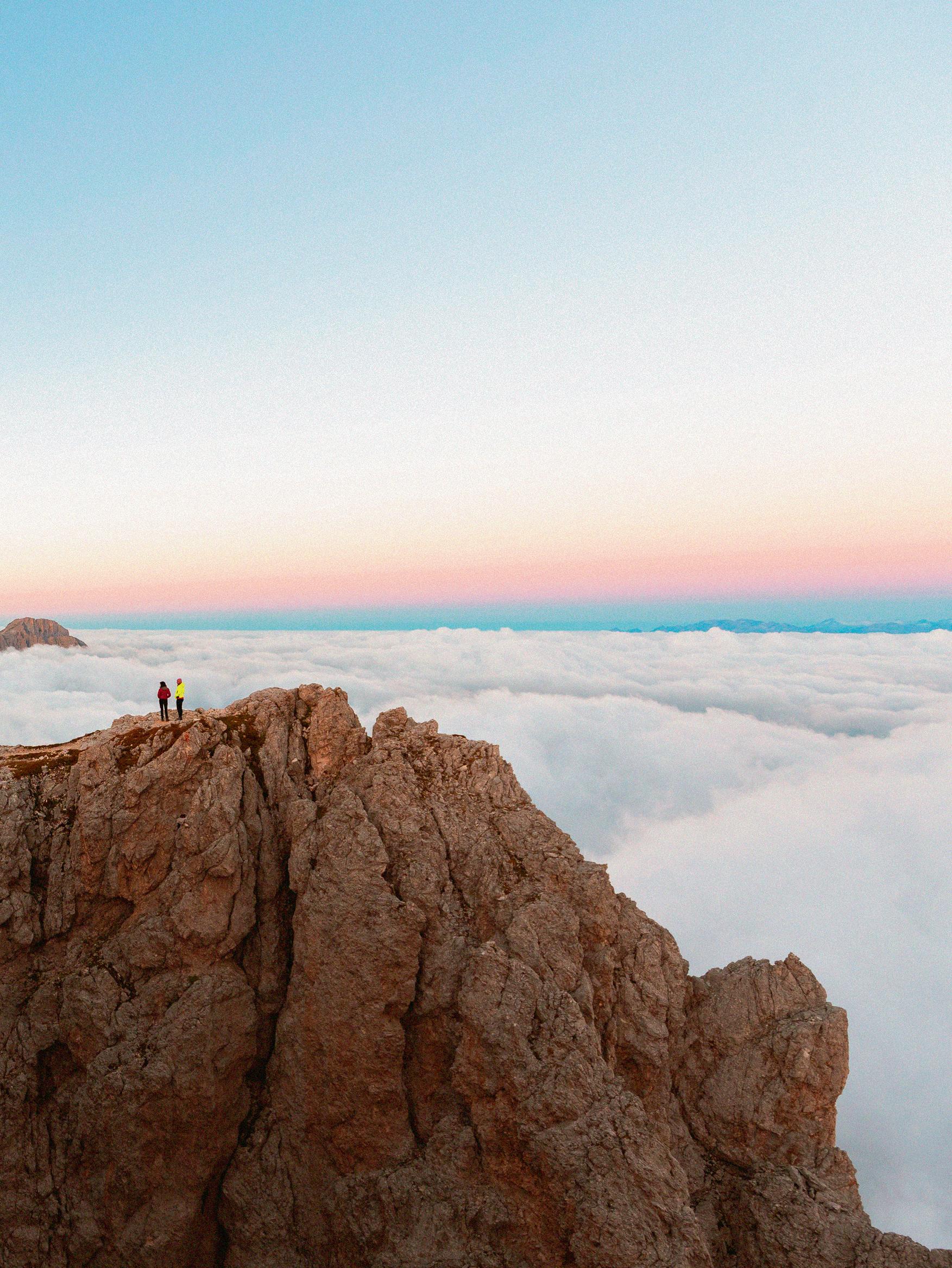

Bill Bensley is the visionary architect behind some of the best-known hotels in Asia, and has worked on an impressive 200-plus hotels and palaces in over 30 countries over the last three decades. He is also a passionate advocate for sustainability in the travel industry.

What makes the perfect hotel experience for a guest?
Simple; it has to exceed expectations. And if we can teach our guests something new, on any subject, that’s the icing on the cake.
Name one absolute no-no that hoteliers manage to get wrong all the time.
Gosh, I think hotel managers have a very hard job. I would not want to be in their shoes. I have a huge respect for General Managers, and for the most part they no longer act like the ‘can-do-no-wrong, God-like Managers’ of the past.
How would you describe your design style?
For a long time, I have tried – on purpose – to keep people guessing. I am a firm believer in not sticking to a particular style. Every client who comes to me to spend their millions of dollars wants to have a unique product that will blow away the last hotel that we completed. Staying clear of a style allows us to explore many more avenues.
You always try to weave history and context into your hotel designs. Is there one example of this that you are particularly proud of?
Yes; Rosewood Luang Prabang in Laos. The hotel only has 24 rooms, all of which are different, and which represent the most important moments in Laotian history. I collected piles of authentic documents, etchings, crafts and maps to flesh out this concept. In the process, I learnt about the tumultuous past of Laos, but now I also
have many funny stories to tell. History should never, ever be boring.
We’re called Original Travel for a reason, and you have a well-earned reputation for originality as well. Blow your trumpet for a second with a run-down of some of your quirkier concepts and creations?
I love train travel and have ridden the rails in 105 countries, so to take on a project like InterContinental Khai Yai in Thailand – where the suites are made from upcycled train carriages – was amazing. The combination of recycling and railroadiana suited me just fine. Then there’s Capella Ubud, which shines a light on the battles between the Dutch and the Balinese as the colonisers tried to enslave the local population. Not many Balinese resorts want that as their calling card, but Capella Ubud was recently voted the Travel + Leisure World’s Best Hotel two years in a row. Why? It’s odd, and my 40-years’ experience tells me the odder the better.
At Original Travel we love Cambodia and it feels, finally, like a destination that warrants a stay in its own right, rather than as an addendum. What do you love about Cambodia?
I love the fact that despite her rather humble image in Southeast Asia today, as the Khmer empire, Cambodia was the most advanced civilisation in Southeast Asia from the 8th to the 13th centuries.

We really love Shinta Mani Wild in Cambodia’s Cardamom Mountains, and its many admirable innovations and initiatives. What are you most proud of?
We purchased this huge, forested valley with some three miles of wild river and waterfalls but that was being ravaged by logging and hunting. We acted quickly in partnership with the Wildlife Alliance and managed to turn the rainforest into a true conservation project. In the first eight years, we’ve confiscated 1,600 chainsaws and 17,000 snares, and thousands of animals have been released back to the rainforest. Shinta Mani Wild is, in my opinion, the cover girl of hospitality conservation in Asia. Oh, and the zip lines are fab. I have never visited without riding them.
Your 2020 Sensible Sustainability Solutions white paper was a superb manifesto for hotels and hoteliers to think bigger when it comes to sustainability. What made you write it?
I woke up one morning with the idea and went to my office and took out the dozens of Building Standards I have from virtually every hotel group in the world. These Building Standards are manuals that tell architects like me what the hotel groups expect. None of them had written anything about sustainability. That day I started to write a 50-pluspage manifesto, edited it down to 12 pages (knowing that fewer and fewer people read) and spiced it up with lots of illustrations. I sent it to 650 hotel companies and the response was superb.
Do the solutions still apply post-pandemic?
Certainly. There is nothing overly technical, and most of the suggestions are just common sense. My favourite, and one that I apply daily, is to maximise natural light in guest rooms (reducing the need for artificial lighting). That might sound obvious, but the fact is that 98 per cent of hotel rooms today have natural light from just one side.
The part about working more closely with local communities really chimes with Original Travel’s ‘Community Based Tourism’ concept. Why is this so important?
Every time I visit the 22 villages in Cambodia that we support via the Shinta Mani Foundation, I tear up. And I visit frequently. Even today, I feel ashamed of the inequality that fate has handed my Cambodian friends. I believe that we are only just scratching the surface of how hospitality can benefit local communities.
After many years of not promoting Nepal, we are delighted to welcome the mountain kingdom back into the fold. One of the key reasons for doing so was the arrival of the Shinta Mani brand into Mustang. What was your experience of working in this special country, and Mustang in particular?
My first trip to Nepal was in 1985 and I was smitten. Since then, I have returned some 50 times. I first learned about Mustang in the 1980s from my friend, the Australian architect and artist Robert Powell. At the time, the Kingdom of Mustang was a
22-day trek in and the same out. Robert painted in Mustang and told me many stories of the place, and I bought his artwork, but I never did manage to walk in and out of the valley. When the opportunity arose to create a hotel there, I was delighted and adorned all corners of the hotel with Robert’s paintings.
We’re champions of what we call ‘The Secret Series’, where we encourage clients to visit the quiet corners of classic destinations because that way you get the best of both worlds: cultural immersion in a special place, but without the attendant tourist hordes. Where, for you, is a secret corner of a classic destination that discerning travellers (otherwise known as Original Travel clients) should explore?
I love, love, love Kyoto, but it can be a zoo. One of my favourite hotels in the world is Hoshinoya Kyoto, a small ryokan (traditional inn) reached by boat up the Kamo River on the west side of the city. It sits on a steep, forested slope overlooking the river and it is unbelievably quiet. Early in the morning you can walk or run from Hoshinoya to the best gardens and be there before the crowds. The famous Arashiyama Bamboo Forest is even more magical when you are the only person there.
If you could only visit one place time after time again for the rest of your days, where would it be and why?
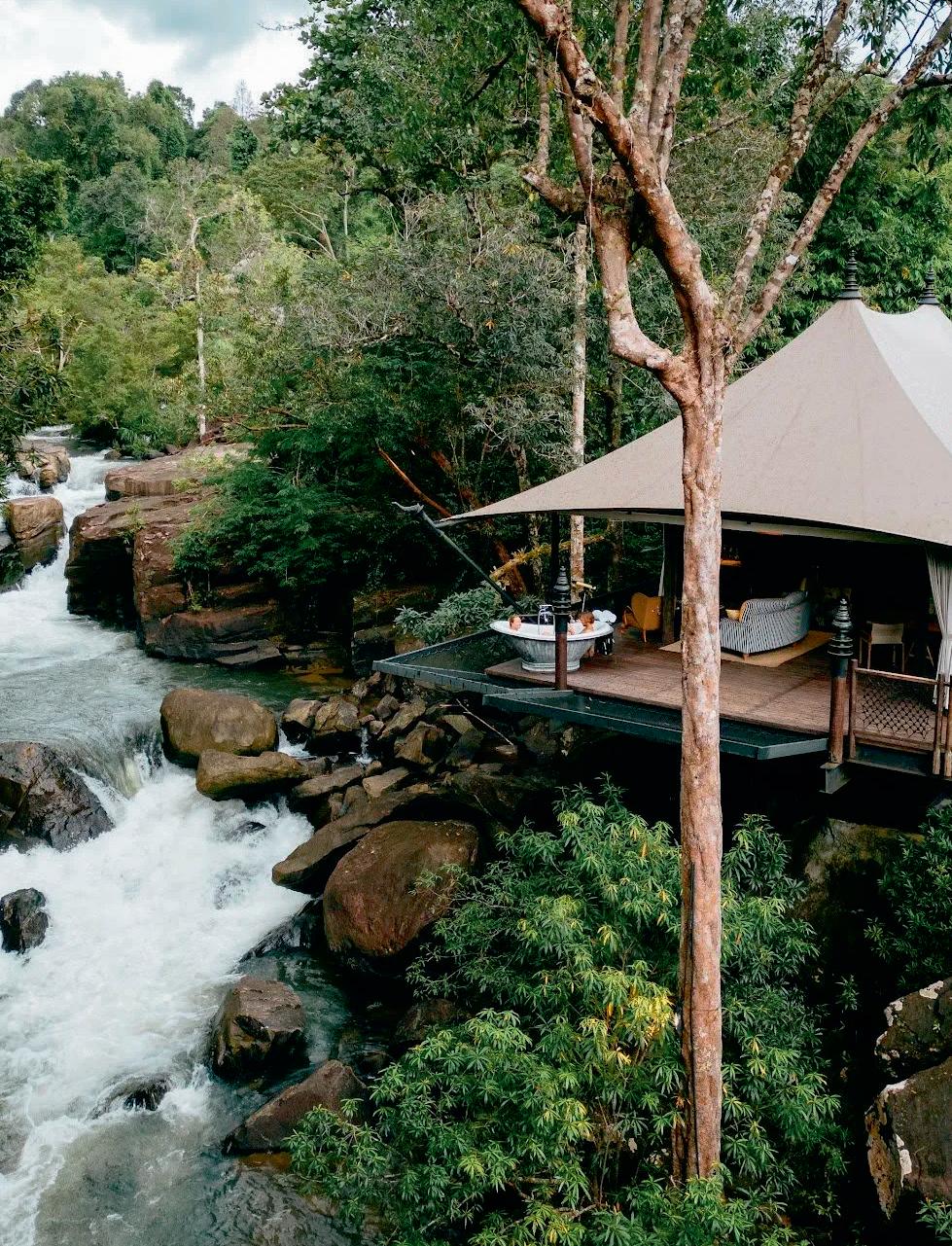
Japan; for the food, the politeness, the honesty of the people, their layers and layers of art and history and the fact that even though I have been there more than 100 times I still know virtually nothing about their charming culture.
What next? Talk to us about one of your future projects.
For the past six years we have been slowly crafting a hotel in the style of a 16th-century Marwari fort and palace on the shores of Lake Pichola in Udaipur, India. There will be 80-plus suites and the whole place is chock-a-block with period art and murals to die for. Ritz will be at the helm, with a grand opening planned for December 2025.
Contact one of our Asia specialists on: +44 (0) 20 3911 5900
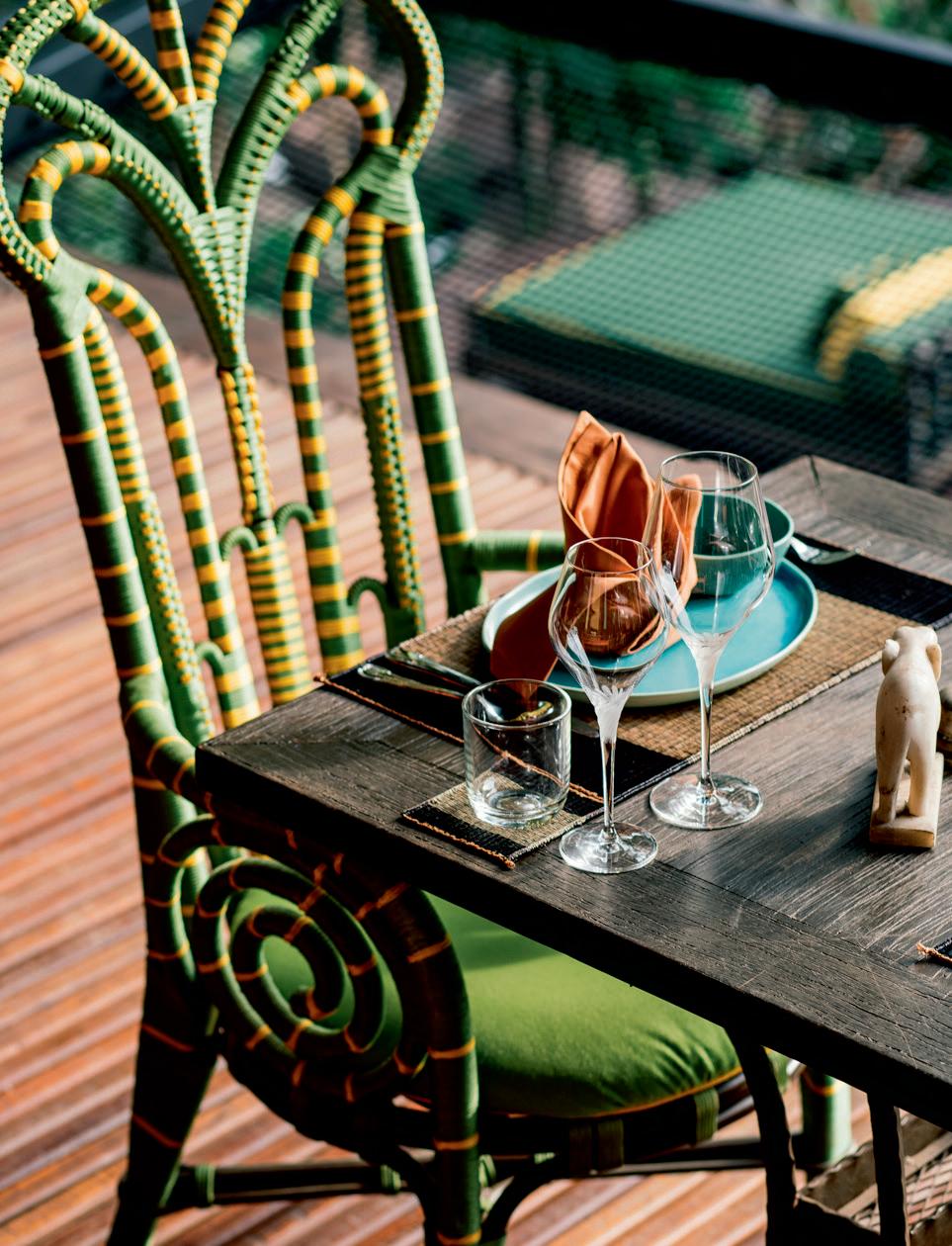
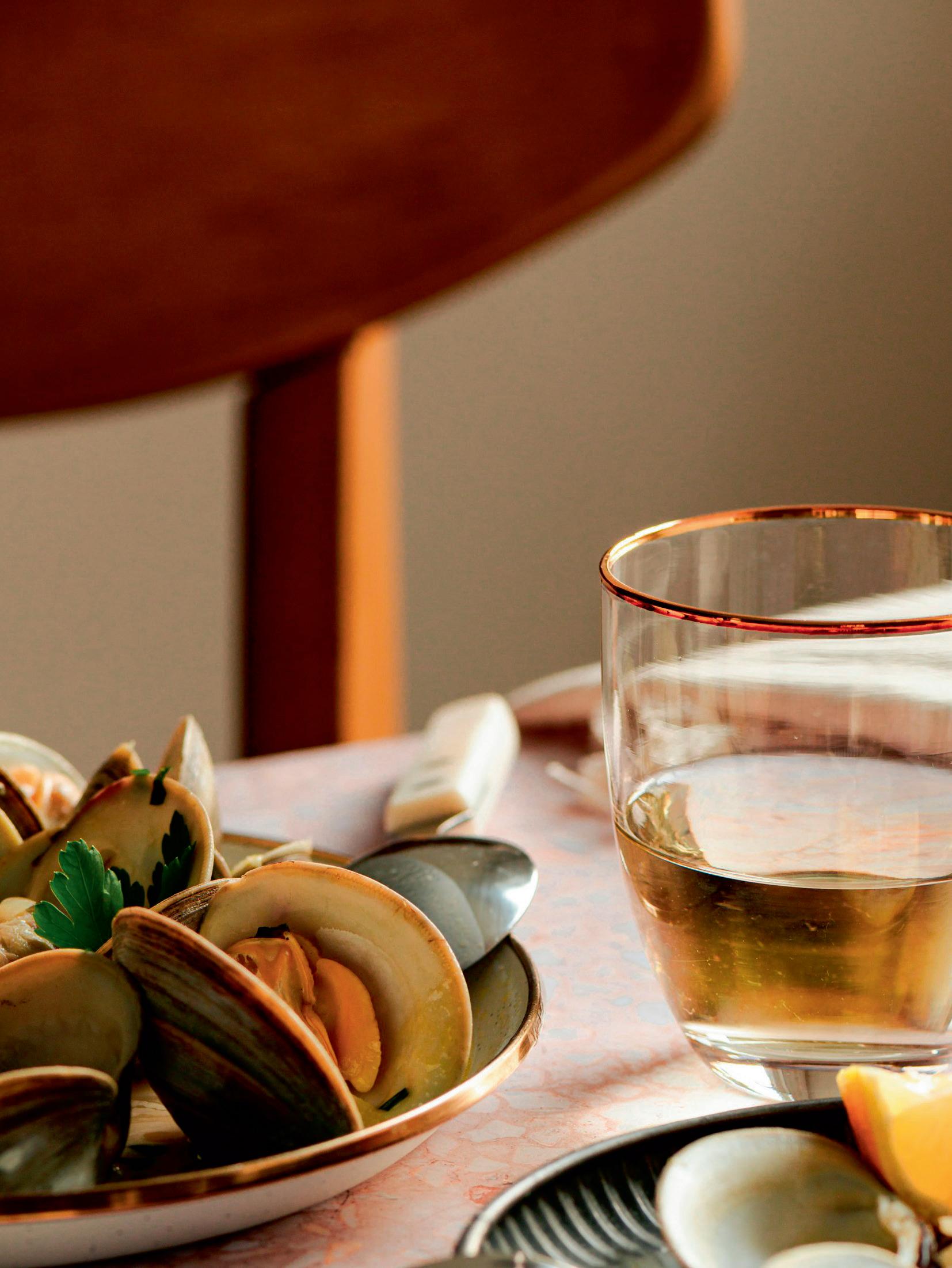

Our clued-up local Concierges take your trip to the next level.
Your local hero, your fixer, your eyes and ears, your far-flung friend, your informed insider, your right-hand man, your wing woman; your Concierge is on hand 24/7 to help, advise, reserve, modify and generally anticipate your every need while you’re in their beloved destination. They also love a challenge, so go ahead: put them to the test. Want the address of the best bar in town, far off the tourist trail? Or a suggestion for a truly original souvenir to remember the trip by? Ask away. Nothing’s too much trouble, or too trivial for them to handle. They can, and will, take an already stellar trip to even greater heights.
Before you even set off on your adventure, your dedicated Concierge will have been sent all of your trip details and your likes and dislikes. When you arrive, they’ll be in touch to remind you that they’re on hand to help (via phone, WhatsApp etc.) with everything from last-minute changes, to tips and tricks on where to go and what to see and do. Thanks to their in-depth knowledge and passion for their destination, and taking your individual profile into account, your Concierge will be able to help with any requests. They can find you the best babysitter in the area, choose a guide best suited to your specific interests and, if needed, change a flight, find a room and iron out any kind of issue while you focus on having as fun and fascinating a trip as possible. Original Travel is the only travel company in the UK to offer such a comprehensive concierge service.
Contact one of our specialists on: +44 (0) 20 3911 5900

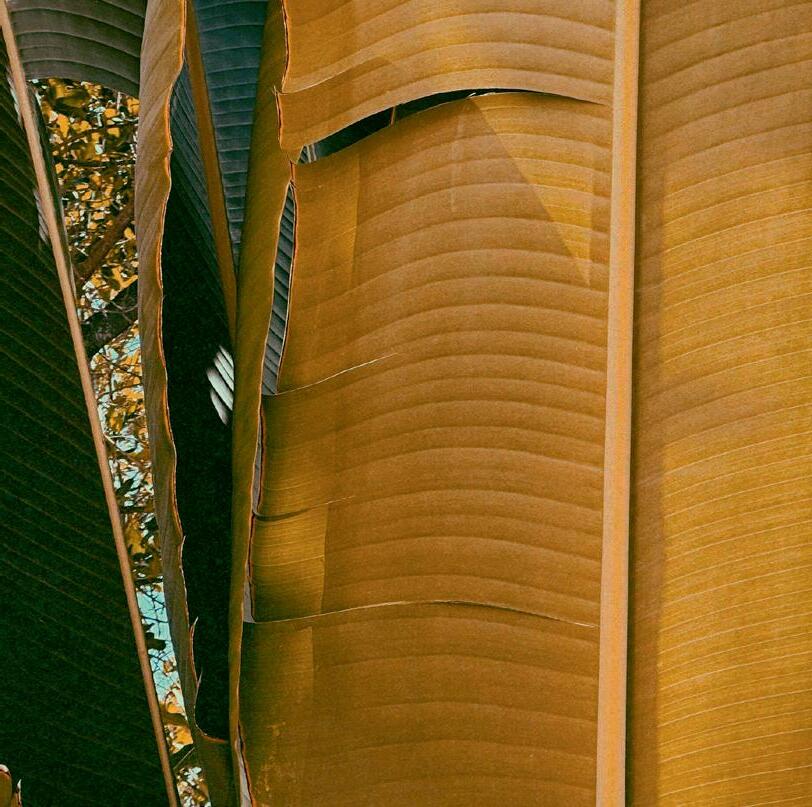
The Brayshaw family wake up in Cape Town ready to start their beach day, only to open the curtains and find that it's raining. They call local Concierge, Carol, to find out what there is to do in the area with their girls (aged five and seven). Carol recommends that they head to the Cape Town Science Centre which has lots of indoor activities and interactive exhibitions for children.

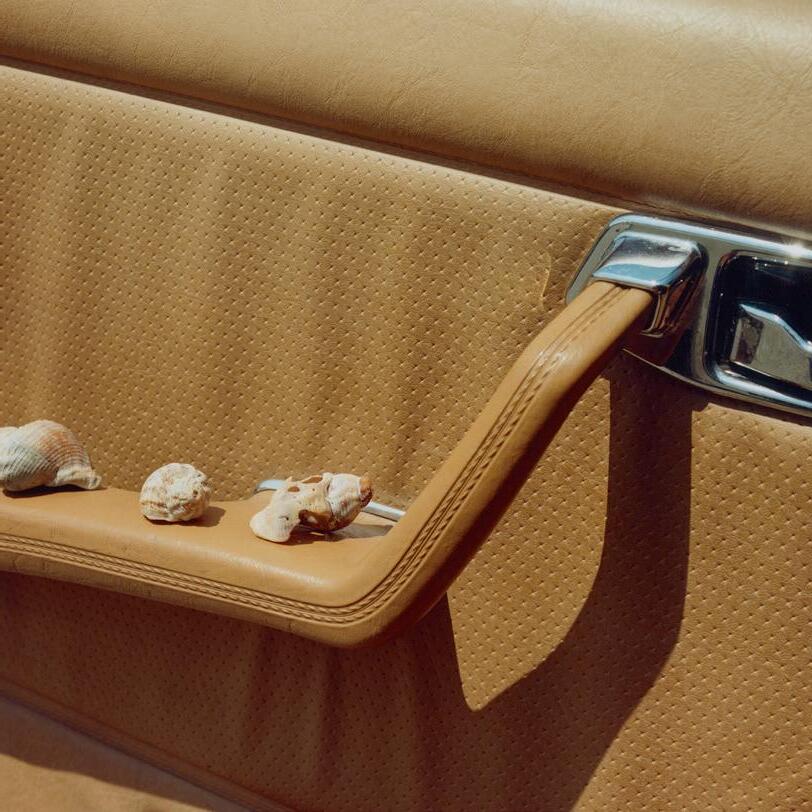
As huge Bollywood fans, David and Emily are on a private guided tour of a Mumbai film set. Our Concierge, Bakhtawar, surprises them with the opportunity to act as extras on a live film set. Ecstatic, the couple are dressed in traditional costume and join the cast. Bakhtawar later sends them a memory stick with video evidence for posterity.
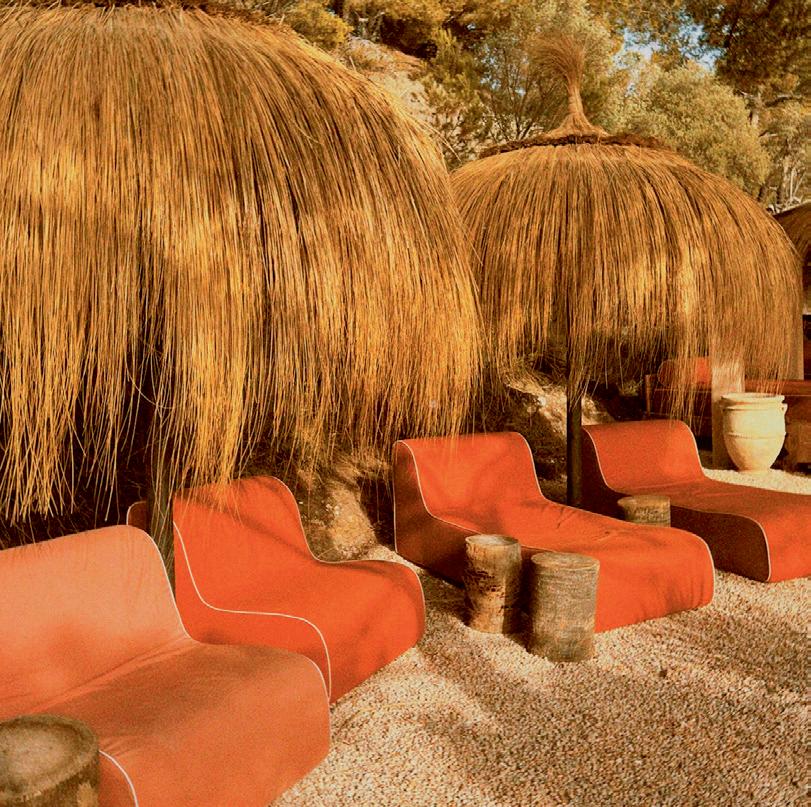
While out on their private guided tour of Ellis Island and the Statue of Liberty, the Bell family realise that they are running late for their dinner and evening tour of MoMA. They are relieved to receive a message from Concierge James to say 'I heard you are having fun with Lady Liberty so I moved your evening plans back by an hour - no need to rush! And take lots of photos!'
Returning from hiking the trails in the Donana National Park, James and Anna realise they’ve locked the car keys in their hire car. Our Concierge, Rafael, orders them a taxi and tells the couple to go ahead with their lunch plans nearby while he takes care of it. After a wonderful lunch, James and Anna return to the car to find a locksmith with the keys and their car unlocked.
After enjoying a family surf lesson on Bondi Beach, the Greenwood family rush back to their hotel to be in time for their dinner reservation. On arrival, they read a note from our Concierge, Denis, saying, ‘I hear your surf lesson overran so I moved dinner back by an hour. I thought you might like more time to celebrate catching your first waves!’
Charlie and Jenny are in Java visiting Yogyakarta when the Concierge, Magali, informs them that there is a ballet performance of the great Hindu epicthe Ramayana - that evening at the beautiful ninth-century Prambanan Temple. The couple are eager to go, and Eloise sorts out a pair of VIP tickets and transfers from and back to their hotel.
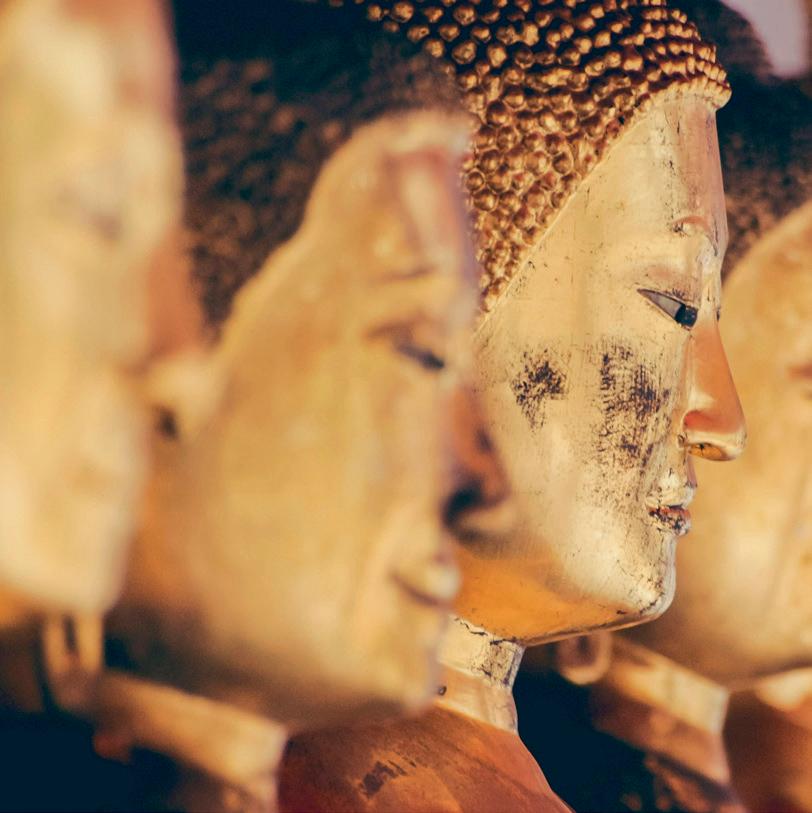
For over a decade now Original Travel has helped lead the travel industry towards the ecological transition. Our efforts are twofold: on the one hand, we implement all possible methods of reducing the carbon footprint of our activities. On the other, our participation in reforestation projects whose sustainable characteristics are certified means we can contribute to the absorption of all the CO2 emissions linked to our travel. While we wait for the decarbonisation of the aviation sector, planting trees remains the best solution to save time and limit global warming.
Carbon calculation
Each trip made by our clients and staff has a measurable impact. We can calculate the amount of CO2 emissions related to these trips and our short-term goal is to absorb twice as much CO2 as the emissions we produce by further investing in reforestation and regenerative agriculture projects.
How does carbon absorption work? 100%
Flights currently account for 3 per cent of global greenhouse gas emissions, but synthetic fuel is one potential solution. Original Travel is in favour of implementing a tax to accelerate the development of the technology but in the meantime, the only concrete option is to absorb CO2 emissions, particularly through planting trees. By financing reforestation projects around the world, we contribute to the absorption of carbon dioxide. Every day, 7,400 trees are planted, or about 2.7 million trees a year.
Choosing our projects
The goal to limit global warming to 1.5°C by 2030, set by the IPCC (Intergovernmental Panel on Climate Change), is unattainable without real action. Even staying below a 2°C threshold requires a 50 per cent reduction in our current level of carbon emissions. To achieve this, we encourage the creation of a global coalition to orchestrate the planting of 300 billion trees by 2030, which would help absorb 30 per cent of current emissions.
Our projects are certified by Verified Carbon Standard, and meet four key criteria:
• Additionality: they must exist entirely from funding for reforestation
• Sustainability: they must be long-term, lasting a minimum of 40 years
• Local impact: they must have a lasting, positive effect on the local community
• Measurability: they must be measurable using rigorous scientific methods
The island of Sumatra has been losing its mangrove forests for several decades. NGO Yagasu replants mangroves, undertakes scientific research, supports the economic development of communities and helps protect mammal species.

2.87
This is the carbon footprint of a return flight from London to New York. Or, one-and-a-half times the annual quota that each person should meet in order to maintain a reasonable level of global warming. To absorb CO2 emissions from these flights, approximately 20 trees should be planted.
On two seemingly identical flights, the difference in emissions can be as much as 50 per cent. By comparing flight plans, aircraft type, cabin class, direct versus indirect flights and target occupancy rate, our exclusive new carbon calculator helps us recommend the flights with the lowest possible carbon footprint to our clients.
Since 2006, the association Oceanium has worked tirelessly for the protection of the environment and the restoration of the mangroves. Thanks to the help of populations in the affected areas, 100 million trees have been planted.
The ‘PUR Projet’ helps small cocoa and sugar cane producers in the San Martin region adopt agroforestry, allowing them to develop their crops, diversify their income and preserve the forest. Two million trees have been planted so far.


At Original Travel, we believe travel and tourism should be a force for good and have a positive impact on the destinations we visit. Our Foundation, created in 2009, supports a number of humanitarian projects in developing countries in Africa, Asia and South America. Since 2009, more than £1.5 million has been invested in the support of nearly 100 humanitarian projects across 30 countries.
15% OF OUR BUDGET
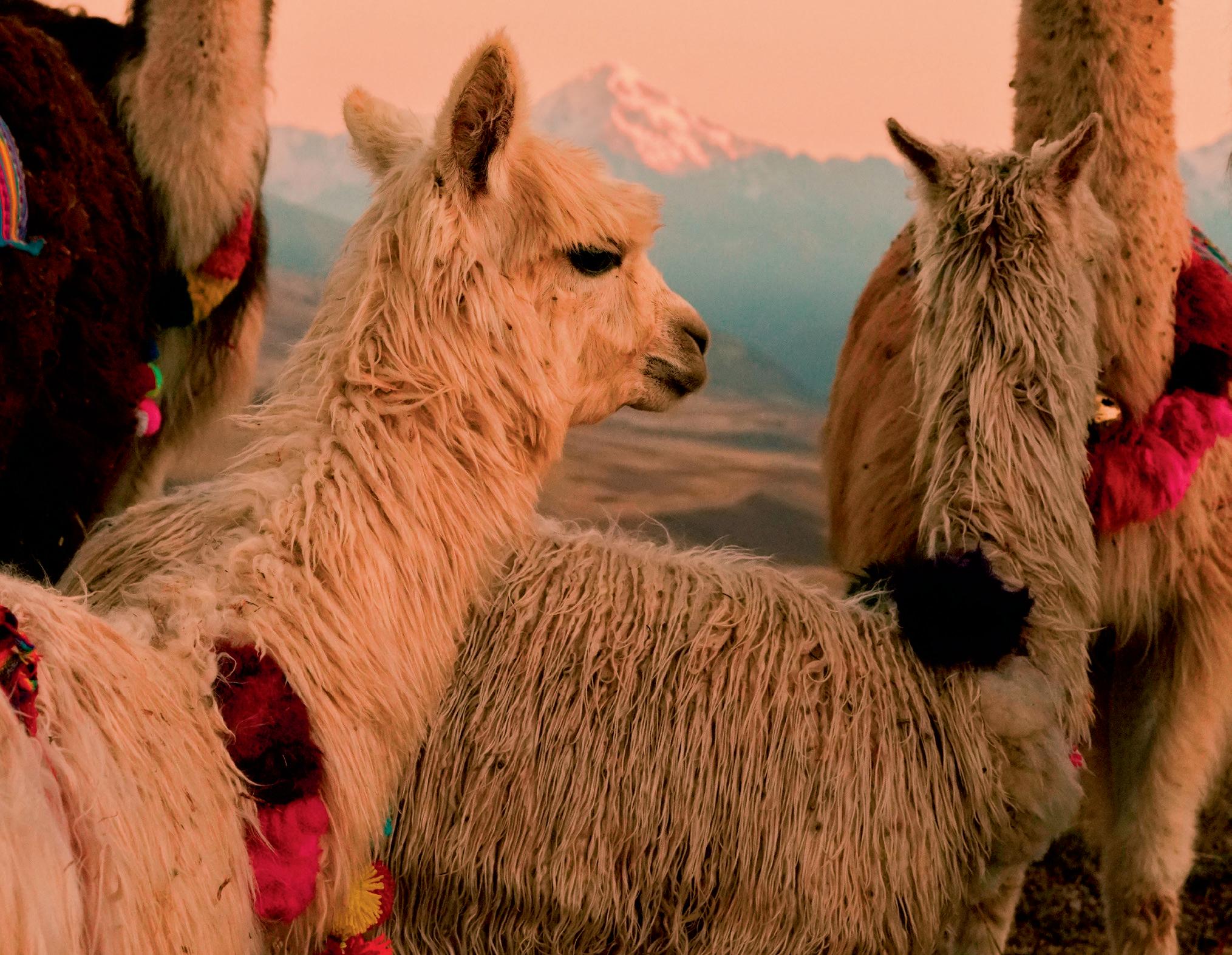
CASE STUDY N°1
In Morocco
Education For All (EFA) runs boarding houses near secondary schools in Morocco's Atlas Mountains so that girls from remote villages can continue their education. The boarding houses all have comfy dormitories, hot showers, communal areas with computers and books, and kitchens where the in-house team rustle up nutritious meals. Since they launched in 2007, over 200 EFA – assisted girls have enrolled in university, and the organisation averages a 90 per cent pass rate for the Baccalaureate exam – well above the country average. Original Travel’s Foundation contributes the monthly rent for the boarding house in Asni.


CASE STUDY N°2
In Bolivia
We’re working to improve the living standards of village communities in the province of Jose Manuel Pando, where 98 per cent of the population live in poverty. We support the ‘Weave the Future’ project, which trains local farmers to turn wool into high quality local crafts and textile products that they can sell to supplement their income.
CASE STUDY N°3
In India
The Sundarbans archipelago in West Bengal has lost 30 per cent of its land mass over the last 40 years due to global warming. Alongside the Livelihoods Fund, we support the NGO News to plant 16 million mangrove trees to strengthen the levees that protect villages and arable land from flooding. At the heart of the project are local women trained to manage nurseries and set up cultivation areas.
Our Original Services set us apart from the competition. Book a holiday with Original Travel and all of these services come as standard...


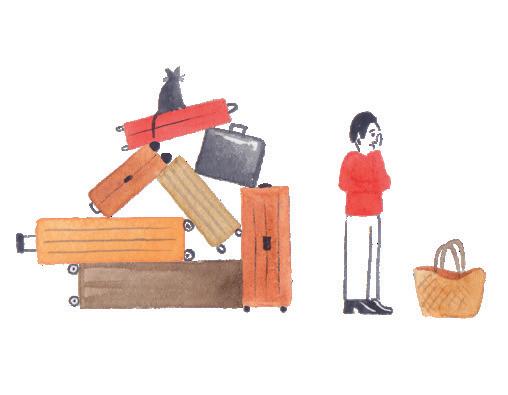



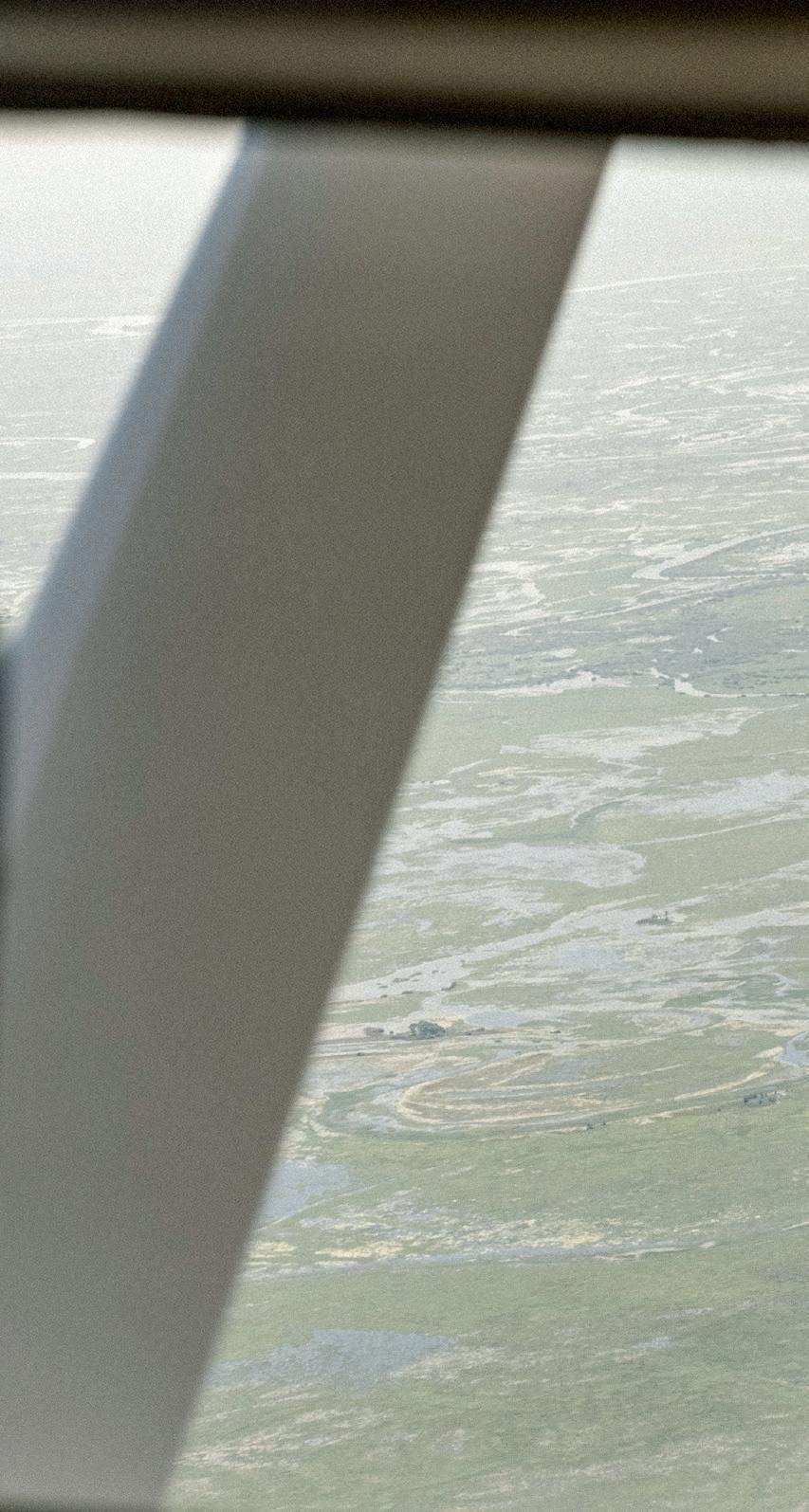

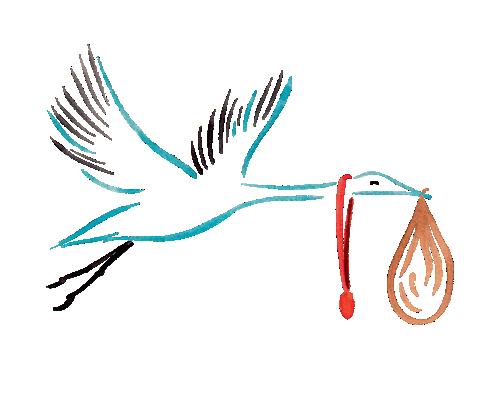





Our destination expert will create a perfectly tailor-made itinerary for you




While fine-tuning your itinerary we’ll be holding airline seats to make sure you are all sitting together on the plane

We provide you with destination-specific reading lists and music playlists



We check you in for your flight and send your boarding passes the day before your departure




We use the best guides in the business, many of whom work exclusively for us

Enjoy the comfort of an airport lounge with free drinks and snacks, even if you’re flying economy

We provide you with an eSIM virtual SIM card so you have WiFi access however remote your destination

Borrow one of our GoPro cameras if you’re going on an Original Diving holiday


Access your itinerary, maps, live updates and detailed destination dossiers on our mobile app


Take a deeper dive into some of our favourite destinations.
42 – 55
ALL THE RAJ
Stanley Stewart slows down in Rajasthan
56 – 63
STEALTH LEARNING
Holidays where children will learn, without even realising it
64 – 77
A JAMES BONDING HOLIDAY
Sir Nicholas Coleridge and his son bond over Bond in Jamaica
78 – 87
PICOS OF THE BUNCH
Rose Astor walks the Picos de Europa in Asturias, Spain
88 – 99
THE NILE IN STYLE
Life on board Steam Ship Sudan and Flaneuse du Nil
100 – 113
NAMIBIA THROUGH THE LENS
A photostory by Jackie Cole
114 – 123
ECHOES OF AFRICA
Toyo Odetunde finds African influences in Salvador, Brazil
124 – 135
THE SECRET SERIES
Explore the quieter corners of the classic destinations
136
STAY CURIOUS
Until next time


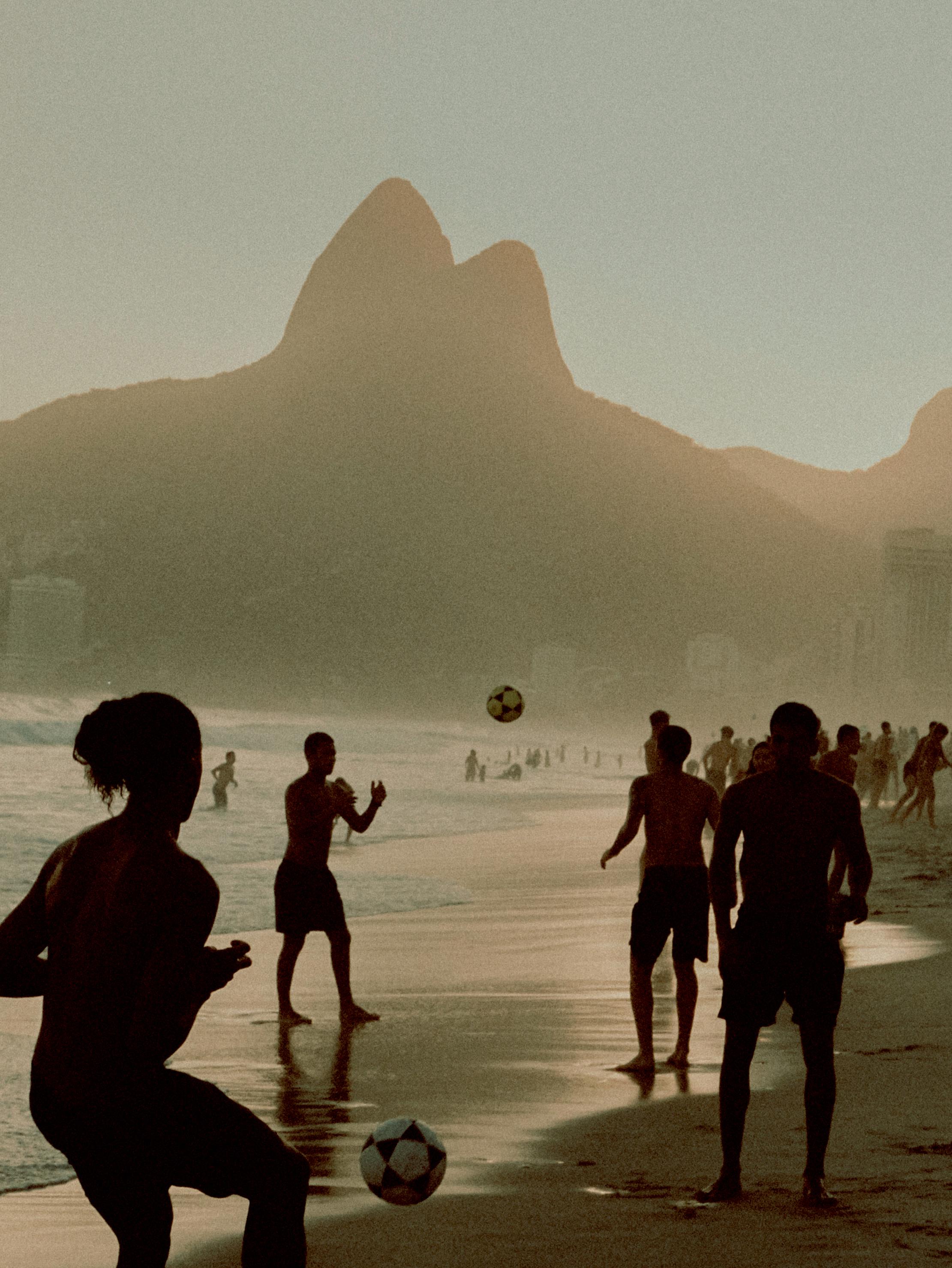

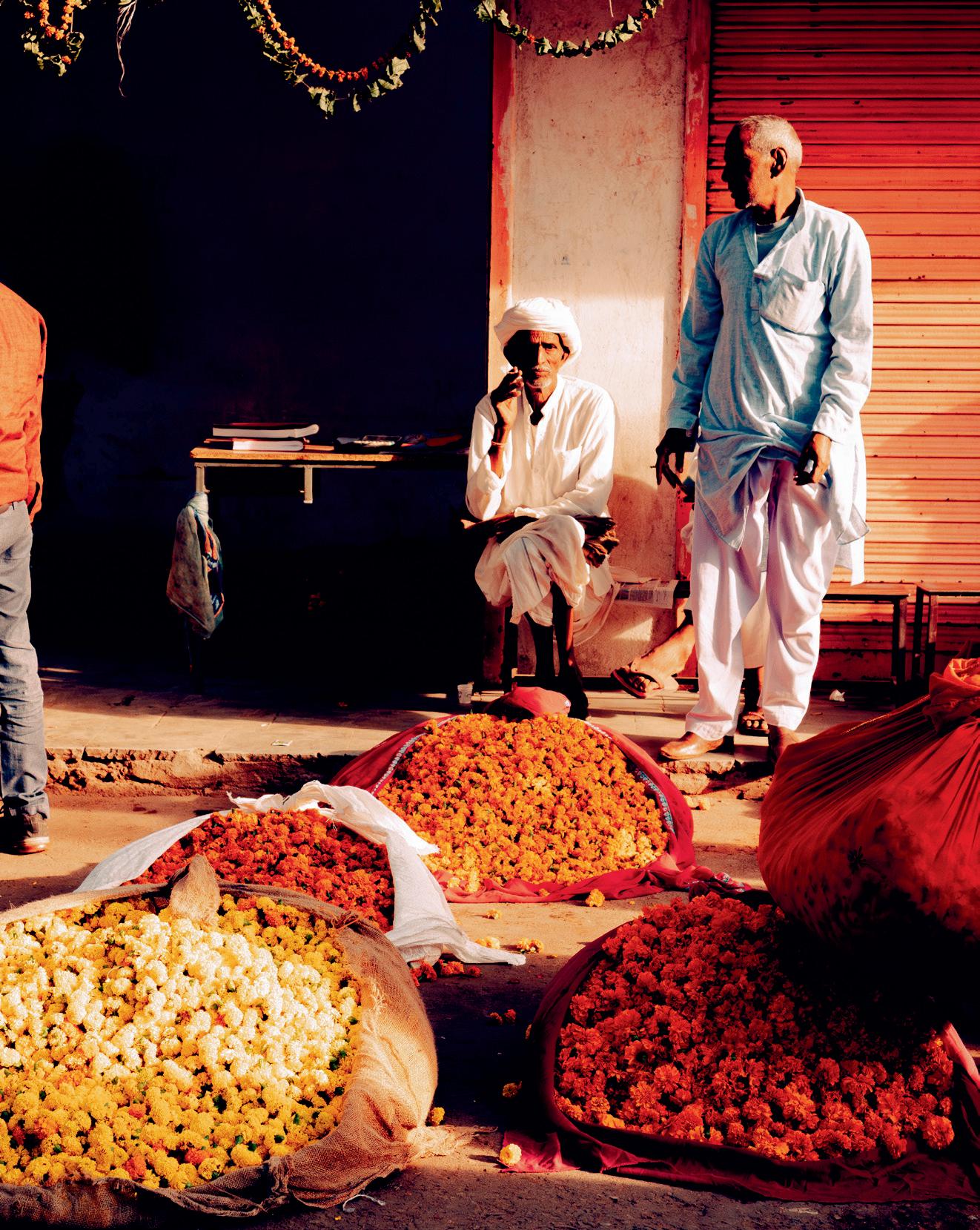
Stanley Stewart finds a secret side to the ‘Land of Kings’
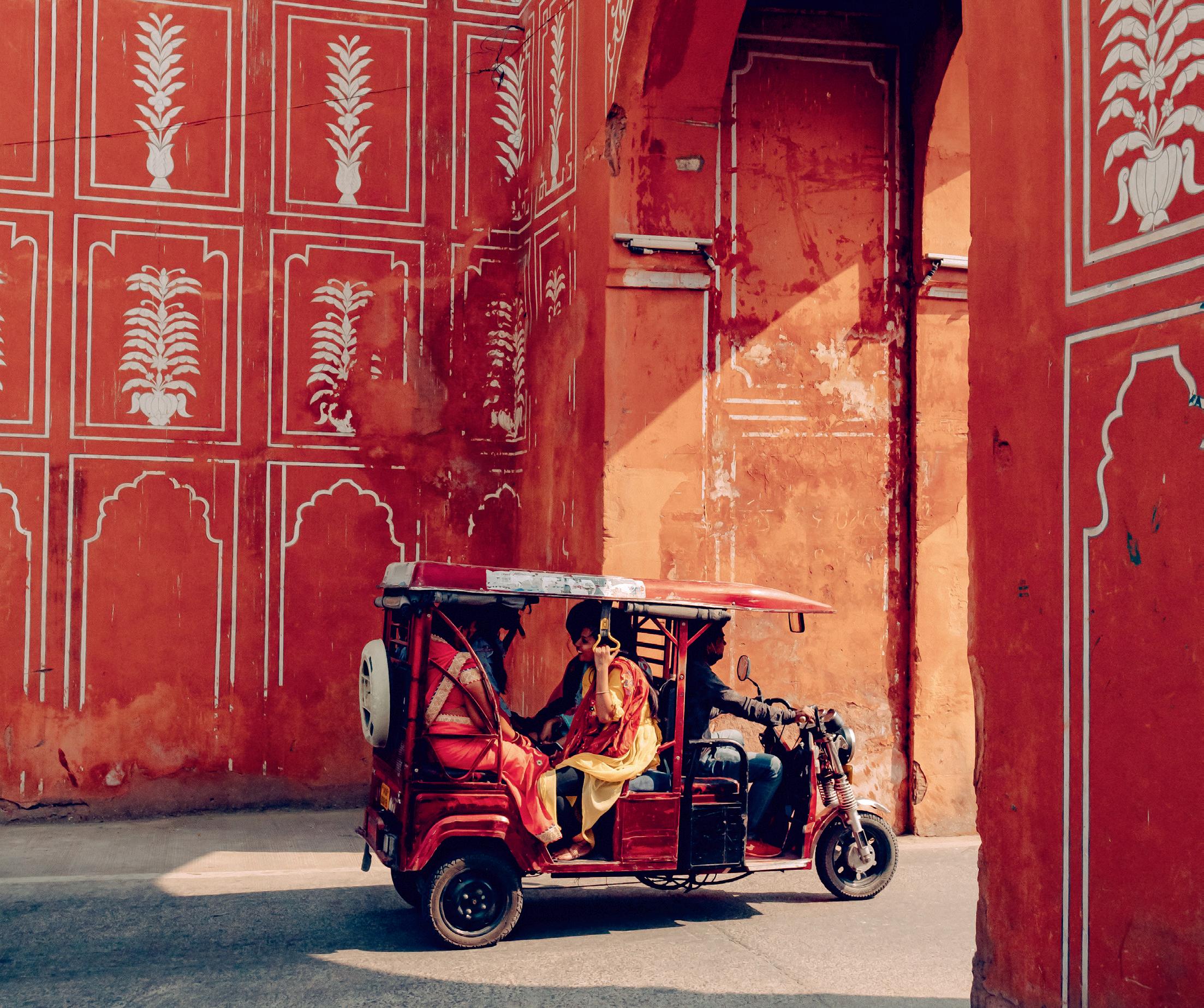
There are two sides to Rajasthan, a sort of yin and yang, an inbuilt contradiction, two characters inhabiting one geography. On the one hand it is a place of glamorous excess. On the other, a world of charming old-fashioned modesty.
Much of the time, Rajasthan seems to be what happens to India when you take away the guard rails. The state careens wildly through its own cliches – extravagant royal palaces, camels swaying across desert landscapes, intricately-carved temples, charismatic tribesmen, saris of spectacular colour, Maharajahs with cut-glass accents and garages full of vintage Rolls Royces. Everything seems larger than life – landscapes, colours, romances, turbans, moustaches. It is a region without understatement, all vibrant colour and wide-eyed melodrama.
Lounging in an ornate upper gallery of the colossal palace of Devigarh in Rajasthan’s Aravali Hills, admiring the reflections in the pools, I was musing on royal connections as a well-starched waiter ferried cocktails. Part of Rajasthan’s exaggeration is its royalty. You can hardly move without tripping over a prince. The region is heaving with minor royalty. As the various Rajput clans consolidated their hold on the region throughout the Middle Ages, royal houses began to increase faster than the price of Russian gas, each wrapping themselves in layers of heraldry and obscure but illustrious ancestries, each ruling over a small city-state. Maharajas, maharanis, maharawals, princes, thakurs spread across the land at an alarming rate. Ambitious younger brothers were two a penny, and when they fell out with their siblings they stomped off into hitherto unclaimed reaches and established yet another princely state, yet another dynasty.
With so many monarchs one might expect a certain crimping of the regal style. But this is Rajasthan, where extravagance is an ingrained instinct. The Rajput rulers did the royal thing to excess. They built splendid palaces, they married beautiful princesses, they kept vast harems, households of endless servants, and stables of the finest horses, camels and elephants. Their wardrobes would have made Marie Antoinette look like a beach bum, and their jewel boxes were the size of pirate chests. Their parties were legendary, afloat on champagne and dancing girls.
With Indian independence the Rajput princes were persuaded to give up their royal prerogative for the sake of a modern homogenous nation and a decent annual purse. There may still be hope for the modern nation but in the early 1970’s, amid accusations of betrayal, Mrs. Gandhi withdrew the purse, and the Rajput aristocracy had to face the tricky
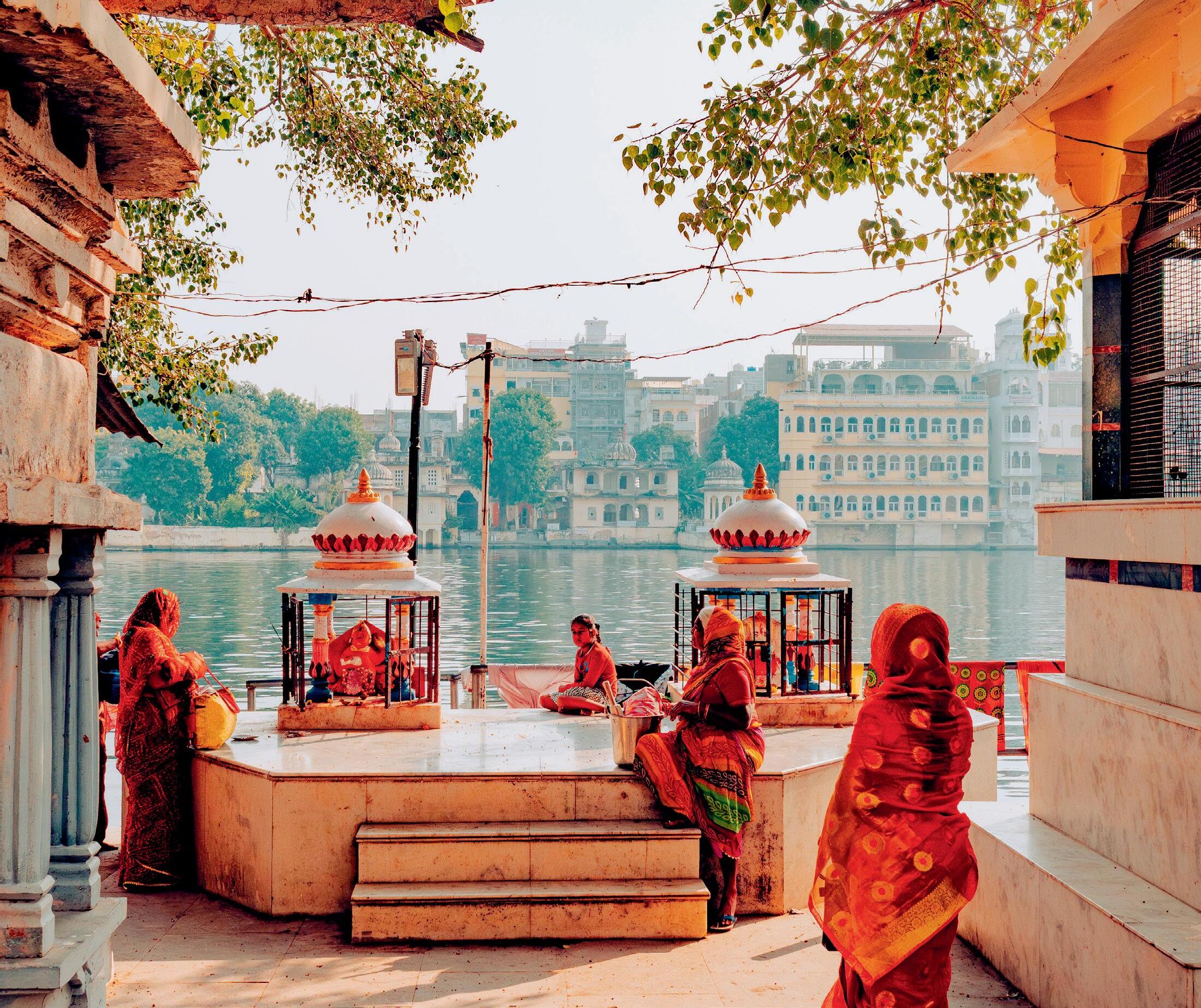
business of earning a living. Stripped of their lands and their privileges, legions of dispossessed monarchs found themselves in possession of a single asset: their own homes, their remarkable palaces. Before you could say ‘insolvency’ these palaces were being converted into grand heritage hotels where visitors can large it in royal style. In a land of such excess, where moustaches are the size of broadswords and turbans the size of washing-up bowls, it is curiously unsurprising to find that the chap running your bed and breakfast is a maharaja.
They are the most charming, glorious and atmospheric places in India. At Devigarh, a seven-storey hilltop palace of labyrinthine complexities, I meandered through galleries and ornate passageways, through dining halls and drawing rooms, ballrooms and libraries. My four-poster bed was the size of a small yacht. If your accommodation isn’t
one of the highlights of your time in Rajasthan, you are staying in the wrong places.
But intoxicating as all this is, I was here for the other side of Rajasthan. It is the irony of this state, with its onslaught of Indian sensation, of colour and aroma, of temples and palaces, that it is also a place of great quietude. I had come to Rajasthan for village India. You find it down backcountry roads –a slow rural world, tranquil, timeless and charmingly modest.
I began my journey at Chhatra Sagar, a luxury tented camp that overlooks a large reservoir lake. Created in the 19th century as a reservoir for farmers by a local nobleman, Thakur Chhatra Singh of Nimaj, it was always a favoured destination for seasonal camps, for grand royal picnics and for legendary shooting parties. The Thakur’s
great-grandchildren have revived the tradition with a row of luxury tents atop the old levee. It is a tranquil place tuned to the shifting moods of the lake.
The tradition of glamorous picnics lives on, but happily the hunting has been replaced by some of the best bird watching in India. On early morning boats trips, as the night mists are still uncurling from the water, you float past emblematic waterbirds like painted storks and great white pelicans. Night herons and silverbills ghost along the shores. A flock of Indian skimmers passes low over their own reflections on the surface of the water while flamingos chatter among themselves on a grassy island.
In the neighbouring village, traffic was limited to a handful of stray cows, the occasional bullock cart, a couple of women carrying pots on their heads. In houses and
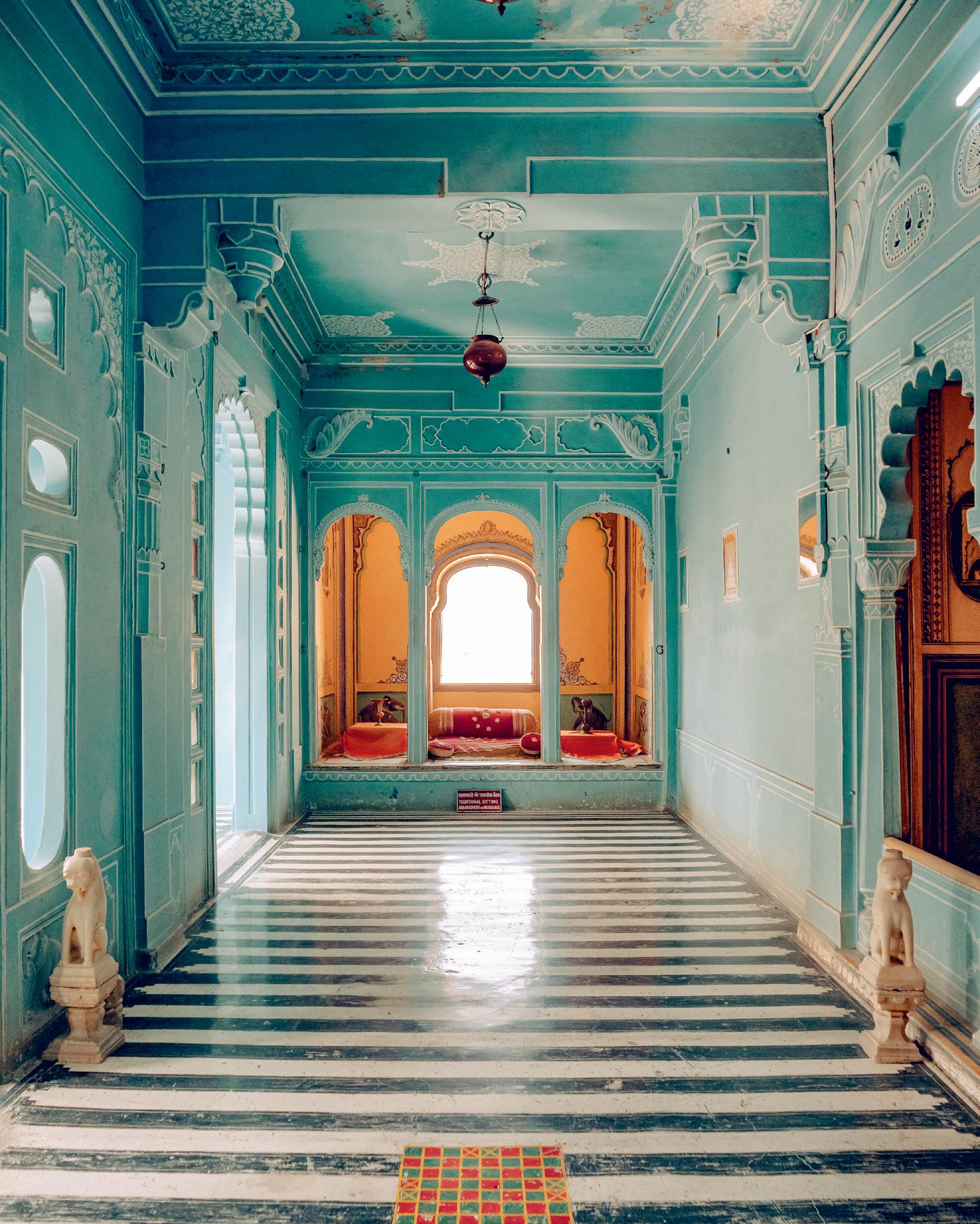
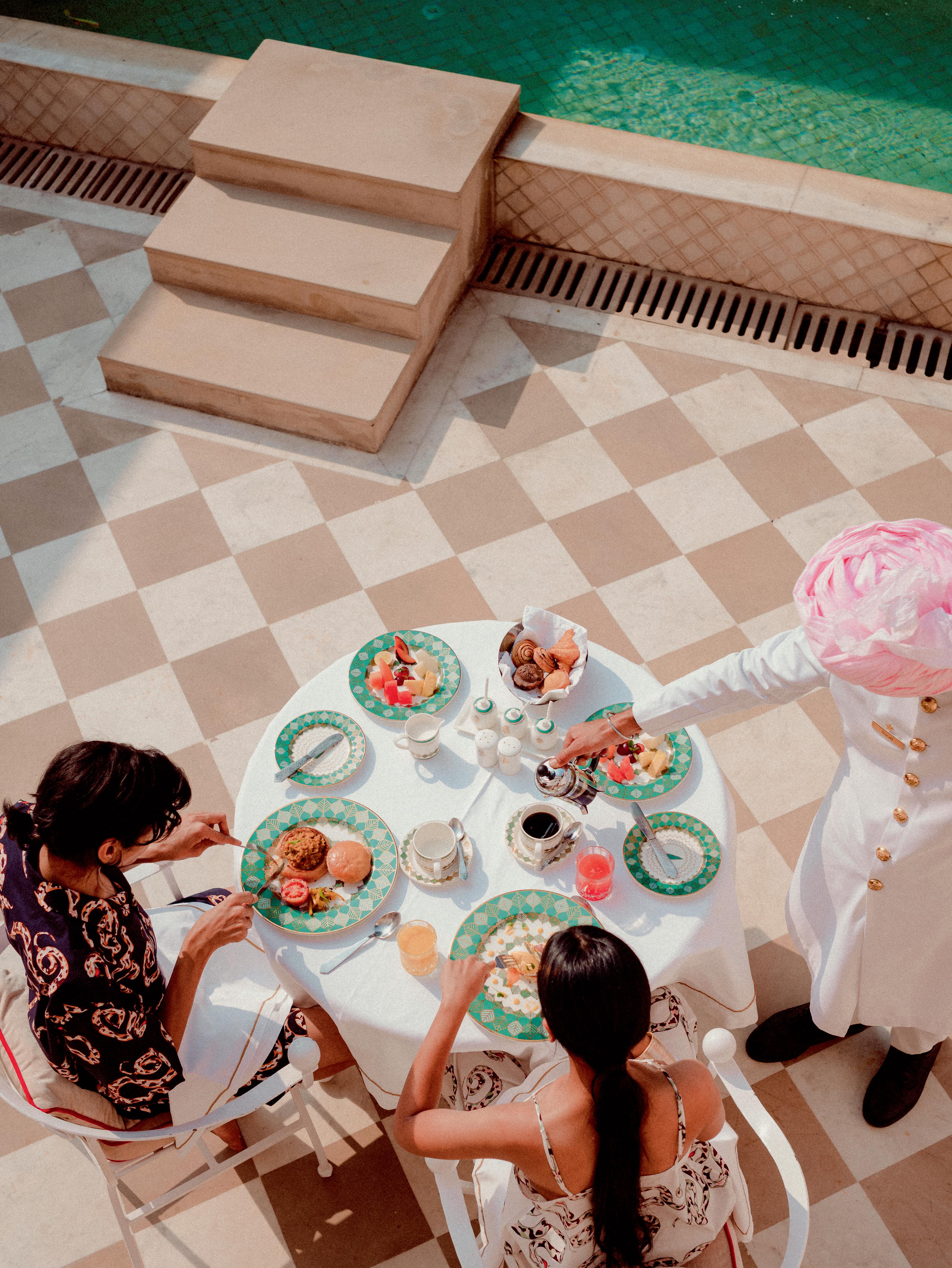
There is a name in Hindi for the day’s end, when long shadows rake across the fields and shepherds are herding the cattle homeward. They call it godhulivela, “the hour of the cow dust”. ‘ ‘
courtyards, artisans were at work. The potter was throwing more pots for the festival of Diwali, the cobbler was making a pair of rather dashing shoes for Begum Khan, the schoolteacher’s wife, the silversmith was making an intricate pair of earrings for an upcoming wedding. And Pukia, the temple attendant, was in his usual place, in the shade of the Neem tree at the centre of the village, fishing a handrolled cheroot out of his turban. In Rajasthan, men’s turbans are much like a woman’s handbag. They appear to contain everything from money to a clean pair of underwear.
Pukia and I bonded over the fact that we both belonged to the priestly caste. He was the bhopaji , the keeper of the village temple, a position that apparently went back seven generations in his family. I was the son of a vicar. Admittedly in my family it was more of a single generation thing – in fact it had died out with me – but Pukia, after some initial doubts, kindly overlooked my inability to maintain caste tradition.
Pukia was much preoccupied with the foolhardiness of his son who had recently returned from Bangalore with a battered second-hand Fiat. There was united disapproval from the family who were of the firm belief that any spare cash should be
invested in gold, not thrown away on automobiles. ‘A car?’ Pukia said wide-eyed. ‘What is he thinking? What is the bus for? It is coming once a week.’
In the evenings, after the arrival of the sheep and goats, we had masala chai , tea with spices, made with fresh goat’s milk. Then, lifting several embers from the cooking fire, and carrying them on a metal tray, he beckoned me to follow him. ‘Come,’ Pukia said. He still had hopes I might fulfil my caste duties. ‘The gods are waiting.’
At the temple, we left our shoes outside in the empty lane and took the embers in to light the butter lamps in front of the images of Shiva. Then Pukia handed me an old trumpet while he took the conch shell. Together we blew our respective instruments. We were waking the gods –or at least letting them know we had turned up. Pukia’s conch sounded a deep resonant note. In spite of my priestly heritage, the trumpeting was less successful – it sounded more like a goose with a severe bronchial complaint.
But it was volume that counted here, not tunefulness. After a few moments of blowing, Pukia leant forward and flipped an electric switch on the wall. A bizarre Heath Robinson contraption, the pride of the village, jerked into action. With wheels and
pulleys, the machine operated a cacophony of drums and clanging cymbals and ringing bells, like a mechanical one-man band, at a volume that would have woken Shiva on a Himalayan summit one thousand miles away. Pukia wagged his head. ‘Modern technology,’ he said. ‘What are they thinking of next.’
From Chattra Sagar, I headed south and west on backcountry roads through the Aravalli Hills to Jawai Safari Camp. Tigers may be India’s iconic animal but in rural areas of Rajasthan, it is leopards that capture the imagination. And you can track them without the scrum of tourist 4x4s that often undermine the romance of tigers.
Not far from the 15 th -century fort of Kumbhalgarh, Jawai is a haunting landscape. The ploughed fields and the wide stretches of pastureland are broken by granite kopjes of smooth-faced boulders, great outcrops of piled rock in sensual shapes that Henry Moore might have carved. Full of nooks and caves, these hills are the ideal habitat for leopards.
Every morning and evening I set out from camp on a game drive in an open 4x4 with the wonderful Yusuf Ansari, head of wildlife experiences at the camp. Peacocks swayed beneath glamorous tails; partridges scuttled away through the brush while
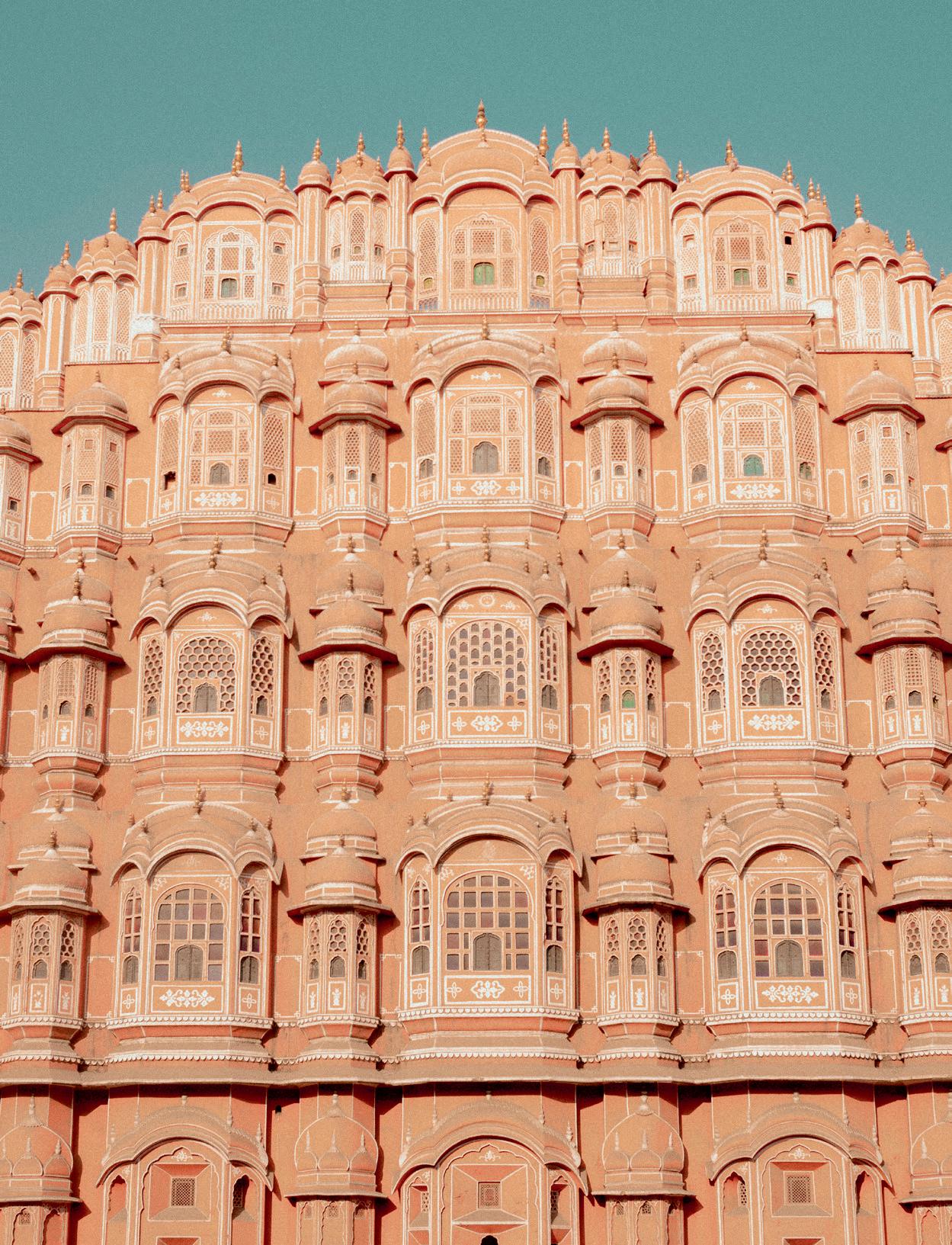
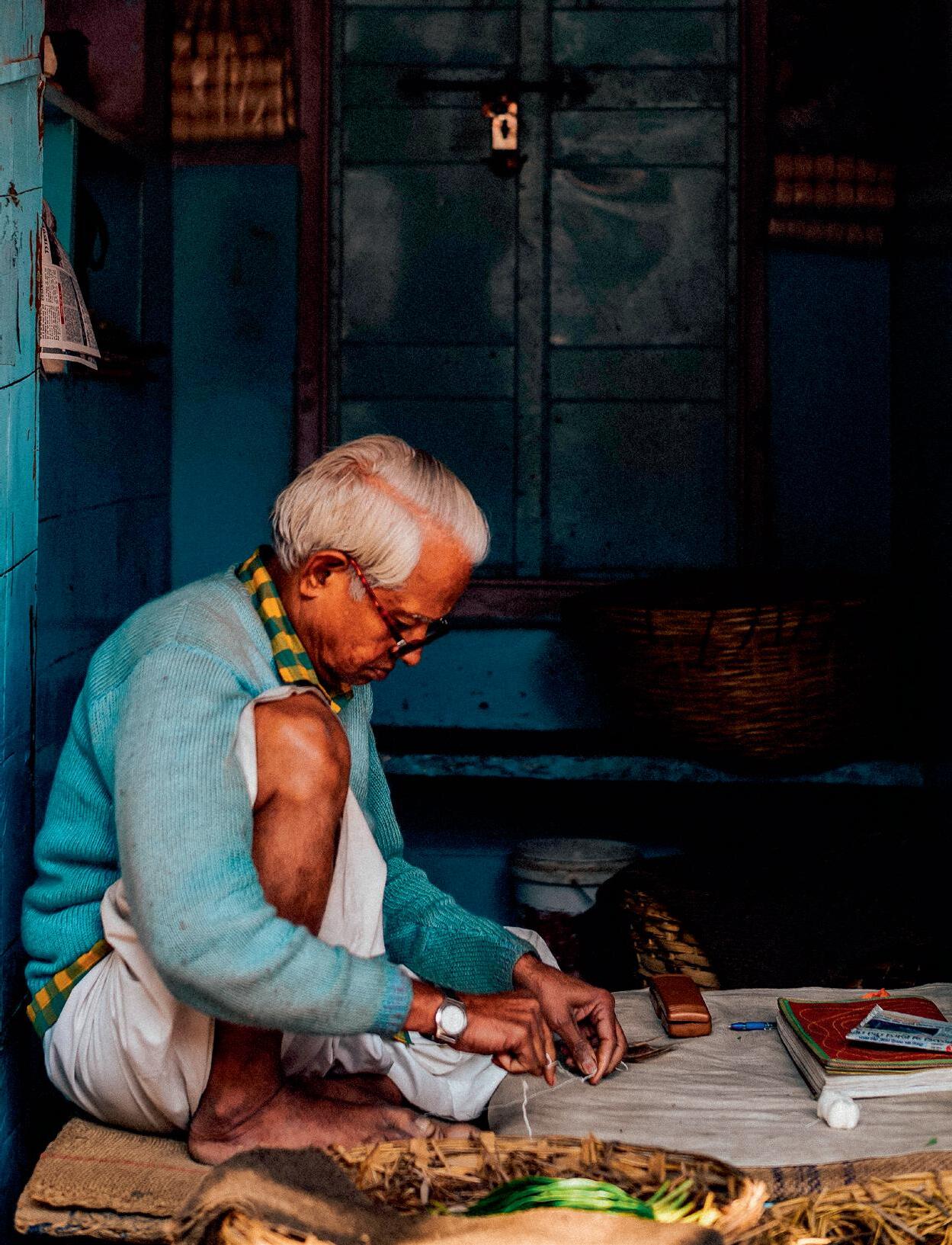

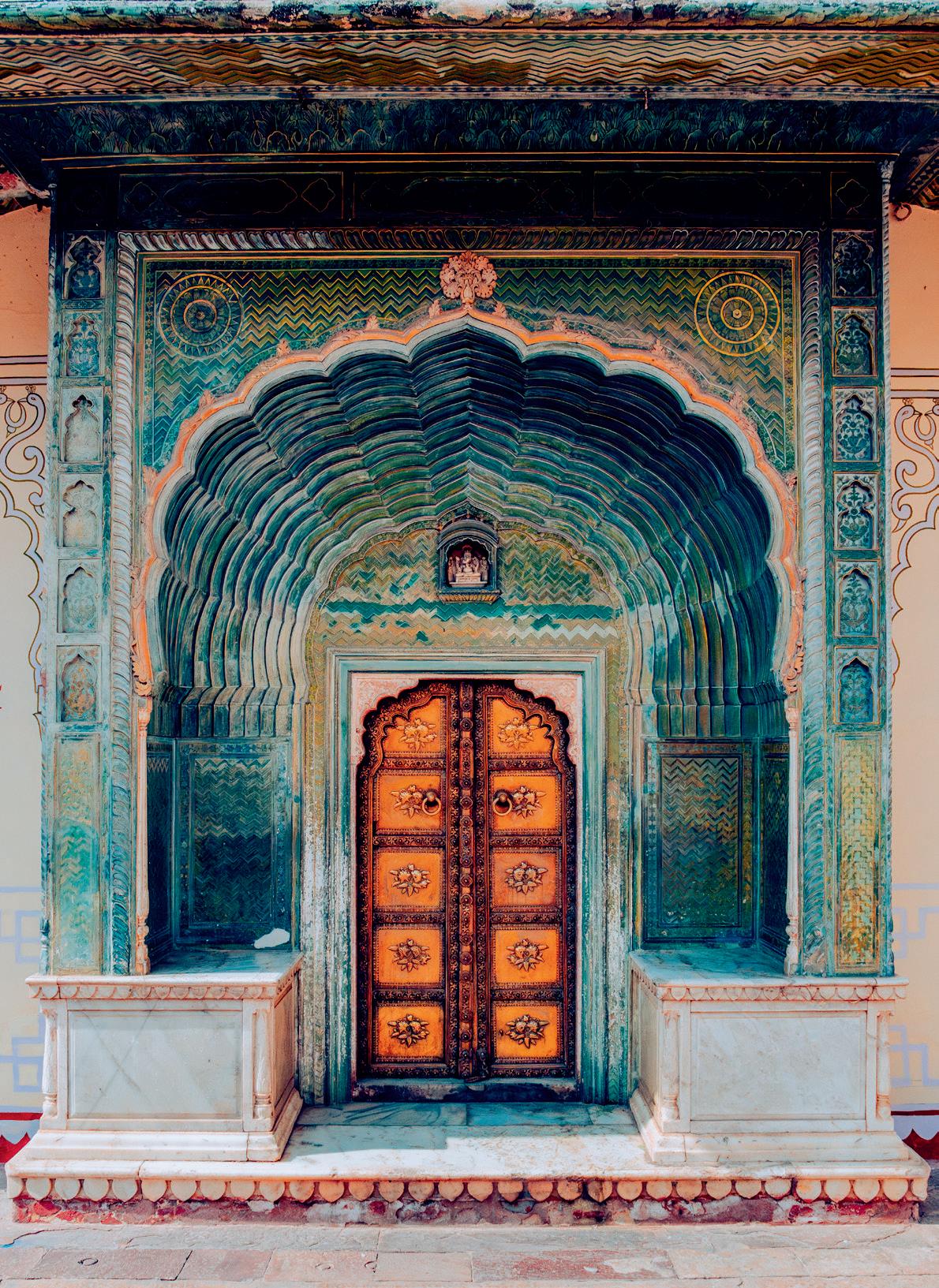

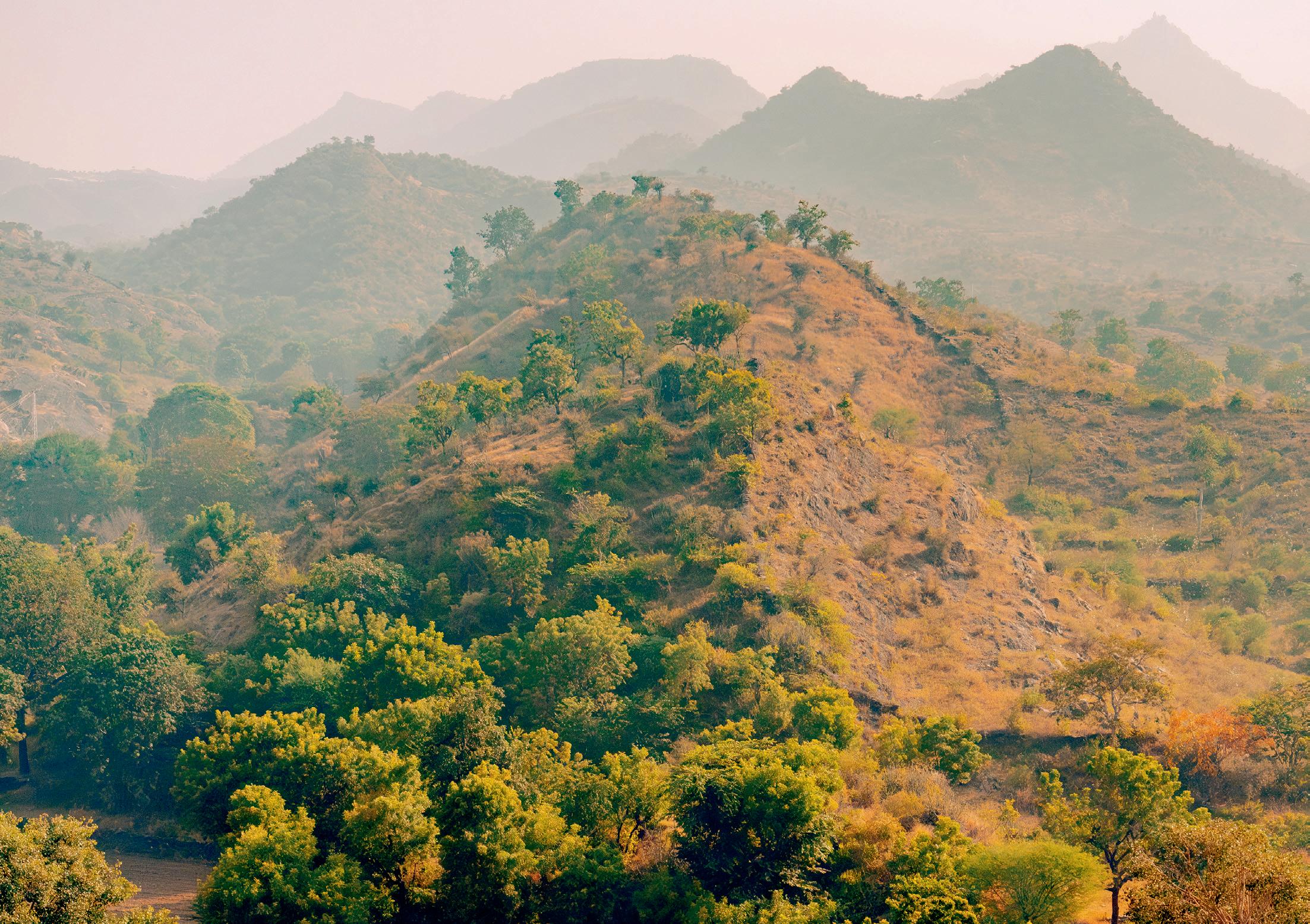
gangs of babblers invaded the roadside bushes. The smell of the dew-laden wheat, like fresh hops, filled the morning. Somewhere, a distance off, a train hooted mournfully.
Working with the local farmers, Jawai is expanding the leopard habitat here by leasing and buying from farmers and planting it with native species conducive to wildlife. The idea is to connect the isolated granite outcrops with wilderness corridors. In a couple of seasons, they have already seen considerable results as leopards and their prey have quickly moved into these new areas.
Mornings and evenings I accompanied Yusuf on safari drives. They were always elegant occasions, a fine mix of wildlife and food. There were elaborate breakfasts on the shores of lakes where flamingos strolled. There was morning coffee atop high ridges with 360-degree views over the harsh and beautiful landscape. There were evening aperitifs in glens of euphorbia and jujube trees, as the country grew still and the birds began to sing.
Evening was a wonderful moment to spot leopards. The langur monkeys would sound the first alert as they gave their alarm calls,
a kind of coughing bark, to alert the troop to the presence of the big cats. We followed the gaze of the monkeys to a high ledge where a small Hindu shrine was silhouetted against the evening sky. And there, next to it, in repose, was a leopard, the dominant male of the area, rock-coloured, magnificent, reclining like a sultan in the golden light of evening. The monkeys watched him with a mixture of anxiety and awe.
‘People believe the hills are home to gods,’ Yusuf said. He pointed to the steps carved in rock faces. ‘The shrine on that hill is sacred to a serpent god.’
‘Sometimes the leopards take livestock, but the locals never hunt them,’ Yusuf went on. ‘And it is because they inhabit the same heights as the gods, because they are always seen beside the shrines. To the locals, the leopards are divine guardians.’
Later, we went home on lanes of white dust. The trees were loud with sparrow larks, their shadows stretching across the road. We came upon a shepherd taking his cattle home. I got out of the vehicle to walk with him behind his herd. The evening was golden.
There is a name for this moment in India. They call it godhulivela in Hindi, ‘the hour of the cow dust’, day’s end when long shadows rake across the fields and shepherds are herding the cattle and sheep homeward. Veils of dust rose from the hooves, softening the last hours of daylight. The evening smelled richly of India – cattle, wood smoke, sage and from somewhere the sharper curry smell of cooking. Silhouetted against the sun, the shepherd cut a striking figure with his long crook, his white robes, his exuberant red turban and his foot-long moustache.
This was Rajasthan too, beyond the glamour of its palaces, in villages so quiet that the gods need to be woken, and the days are measured by the coming and going of cows.•
Contact one of our India specialists on: +44 (0) 20 3911 5900
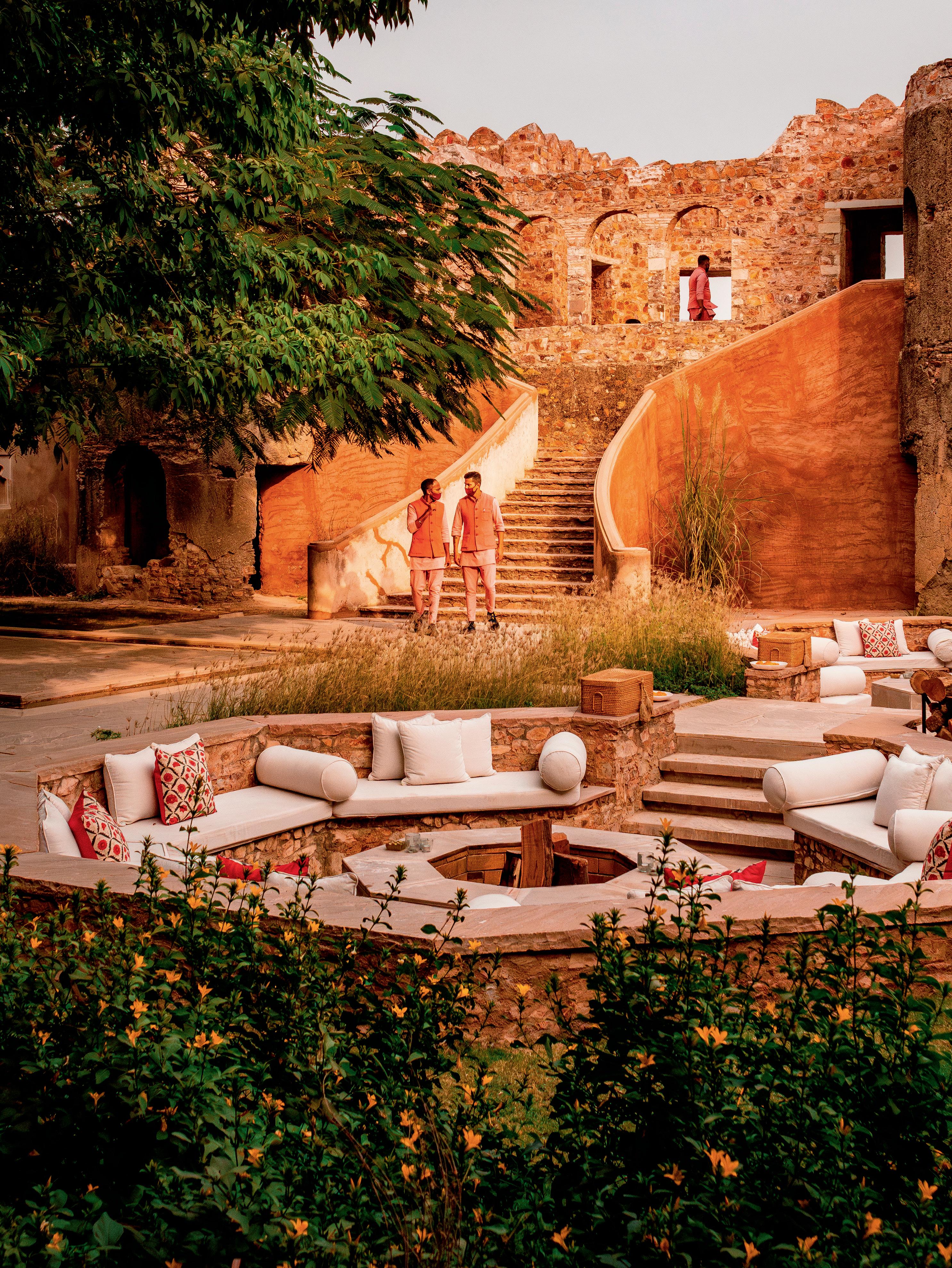
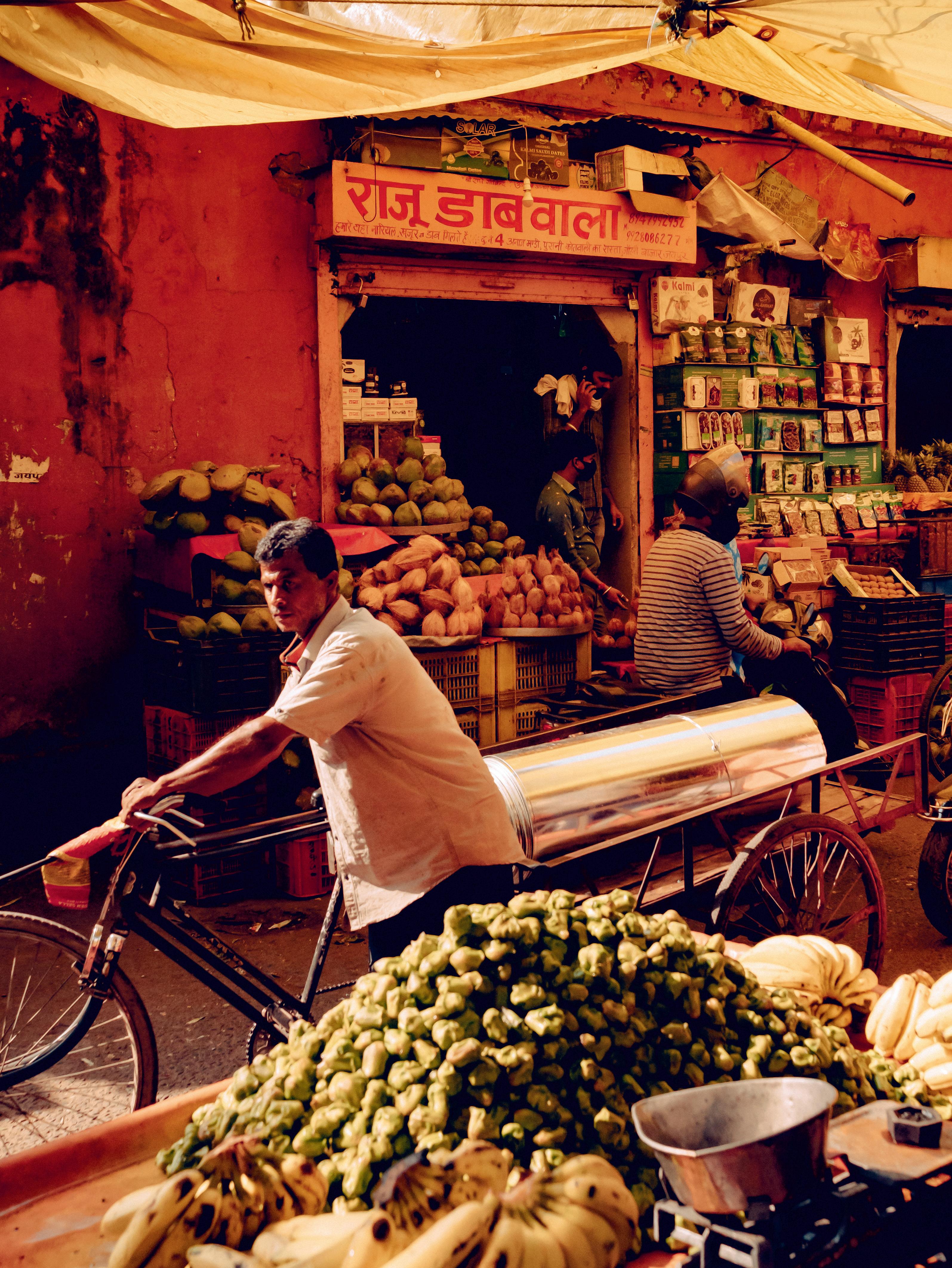
Udaipur
Why us?
Our Asia team, including Conde Nast Traveler Top Travel Specialist for India Frances Mavor, knows the country inside and out, having explored from the mountainous north to the tropical south in search of the best destinations, experiences and properties.
Your Concierges
Contact one of our India specialists on: +44 (0) 20 3911 5900 Delhi Mumbai
Chennai (Madras)
Thanks to his doctorate degree in tourism and 12 years of experience, Bakhtawar is the perfect person to have on call during your Indian holiday. He can tailor outings to your specific interests, from a family-friendly block printing workshop in Jaipur to street-food tours and off-the-beaten-track wildlife safaris.
Fast Facts
• Size: 1,269,000 square miles
• Capital: New Delhi
• Population: 1,450,000,000 (Nov ‘24)
• Density: 1,142 people/square mile
• Pick a Number: 22. The number of officially recognised languages in India, although there are some 19,500 dialects spoken in total.
• When to Go: October to March, when the weather is cooler and drier in arid Rajasthan, the backwaters of Kerala and Central India’s game reserves. Ladakh is best from June to September.

One point of contact
Suggested Itinerary

Leh
Days 1 - 4
Arrive in the Ladakhi capital, Leh, and spend a few days acclimatising, visiting Tibetan Buddhist monasteries and gompas (spiritual compounds), and haggling in the bazaar.

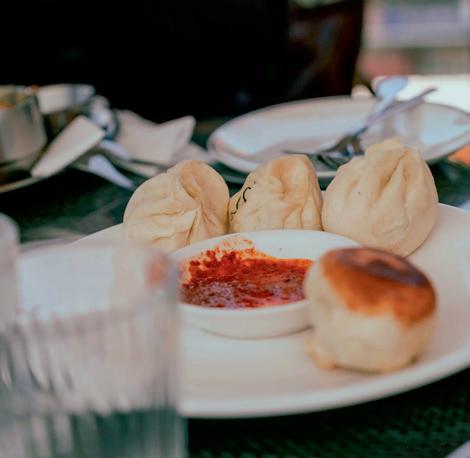
& Dha
Days 5 - 7
Head west to take in more monasteries (this time with more Kashmiri influence) and hike along the Indus before visiting a renowned rock art site dating from the third century BC.

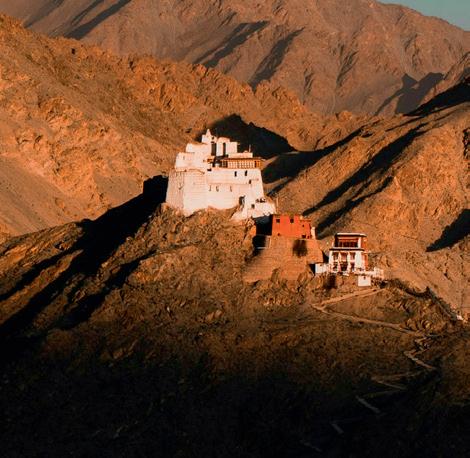
Days 8 - 10
Next stop Nimmu, for hiking through orchards to remote villages and shrines and the chance to make (and eat, of course) momos, Ladakh's legendary dumplings. Then back to Leh and home.
Read William Dalrymple’s The Golden Road (2024) celebrates ancient India as a wellspring of religions and hub of intellec tual and cultural exchange.
Watch Gandhi (1982) – Richard Attenborough’s epic film stars Ben Kingsley as Mahatma Gandhi, leading India’s struggle for independence. Won a well-deserved eight Oscars.


See Tigers in the Wild Ranthambore in Rajasthan is probably the most accessible tiger sanctuary, but Central India makes up for its (relative) inaccessibility with increased chances of witnessing the biggest big cat. Or try Nagarhole National Park in Karnataka.

Cochin
Days 1 - 3
In Cochin, the capital of Kerala, the family can enjoy a boat trip to spot dolphins, bicycle beside the sea, visit the iconic fishing nets and sample delicious (mild) curries.
Listen Ravi Shankar was the world’s most famous sitar virtuoso. Listening to his 'Raga Jog' (a raga being like a melody) is your first step to enlightenment.
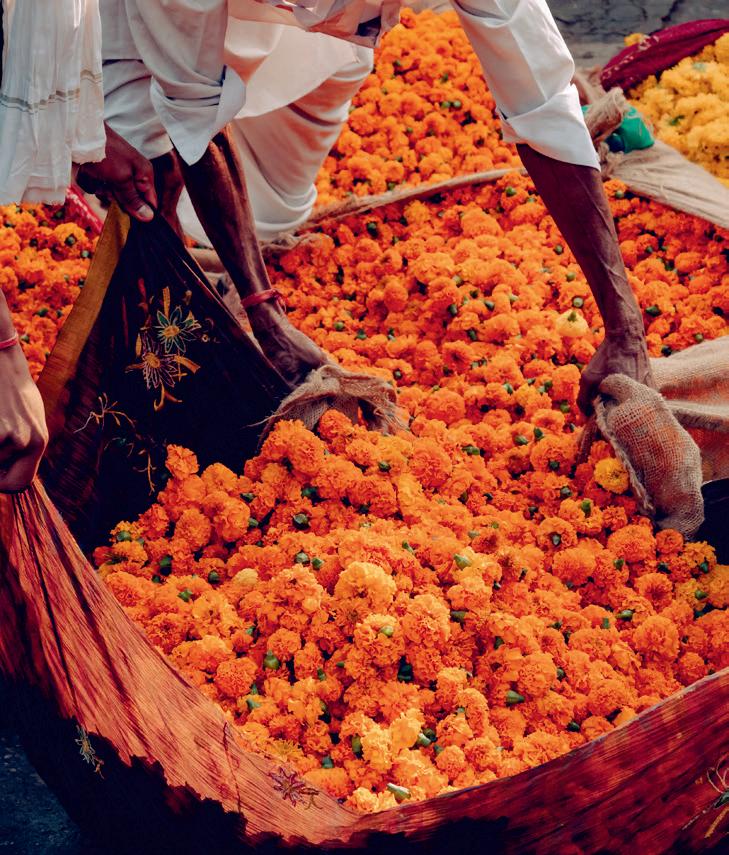

Mullick Ghat Flower Market
Near the Howrah Bridge over the River Ganges in Calcutta, the Mullick Ghat flower market is one of the biggest in Asia. Stroll past stalls piled high with roses, jasmines and carnations, often sold by the thousands for temples or ceremonies.
Suggested Itinerary

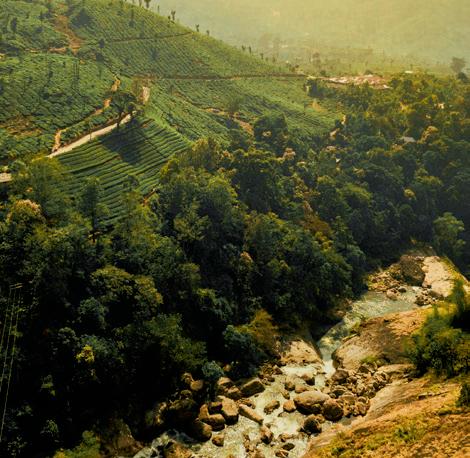
Country
Days 4 - 6
Head for the hills (specifically Munnar) for hiking in the tea plantations, birdwatching, lazing in hammocks and a lesson in picking tea leaves.

Camp out al fresco on a raised star bed in Pench National Park and listen for your nocturnal neighbours: owls, spotted deers and, if you’re really lucky, tigers.
Eat
At Bombay Canteen, where chefs serve up Indian Fusion cuisine in a former cotton mill area. During the week, try the legendary lunchtime tiffin box of keema aloo (mutton curry with potatoes).
See Visit Amritsar’s Golden Temple, the holiest shrine in Sikhism, and witness the daily langar (community kitchen), where free meals are served to thousands as part of the Sikh commitment to service.
On a safari in the forests and wetlands of the Terai Himalayas, a lowland region just south of Nepal, see one-horned rhinos and over 500 bird species.
Appreciate an untouched side to India on a visit to the Andaman Islands for some laidback beach time and snorkelling over pristine reefs.
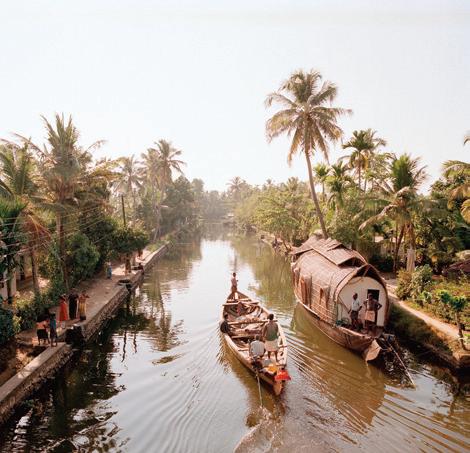
Days 7 - 10
Enjoy an overnight cruise on a converted kettuvallam (rice barge) through the beautiful backwaters of Alleppey before a final few days on the beach.

What if, in addition to making happy memories, children came back from their holidays having learned something new? How to light a fire, create an authentic Neapolitan pizza, identify a paw print. Holidays are an amazing opportunity for children to interact with, and learn about, the world around them. Especially when they don’t even realise they’re learning. Welcome to what we call ‘Stealth Learning’.
Learning should never be boring, nor should it be confined to the classroom. Whether it’s studying constellations with an astronomer in Chile’s Atacama Desert, mastering the steps of a Bollywood dance routine with a choreographer in Mumbai or discovering how to track wildlife in the Botswana bush with a local ranger, travel is the best teacher.
words by ELLA
MAWSON
illustrations by EDITH
CARRON
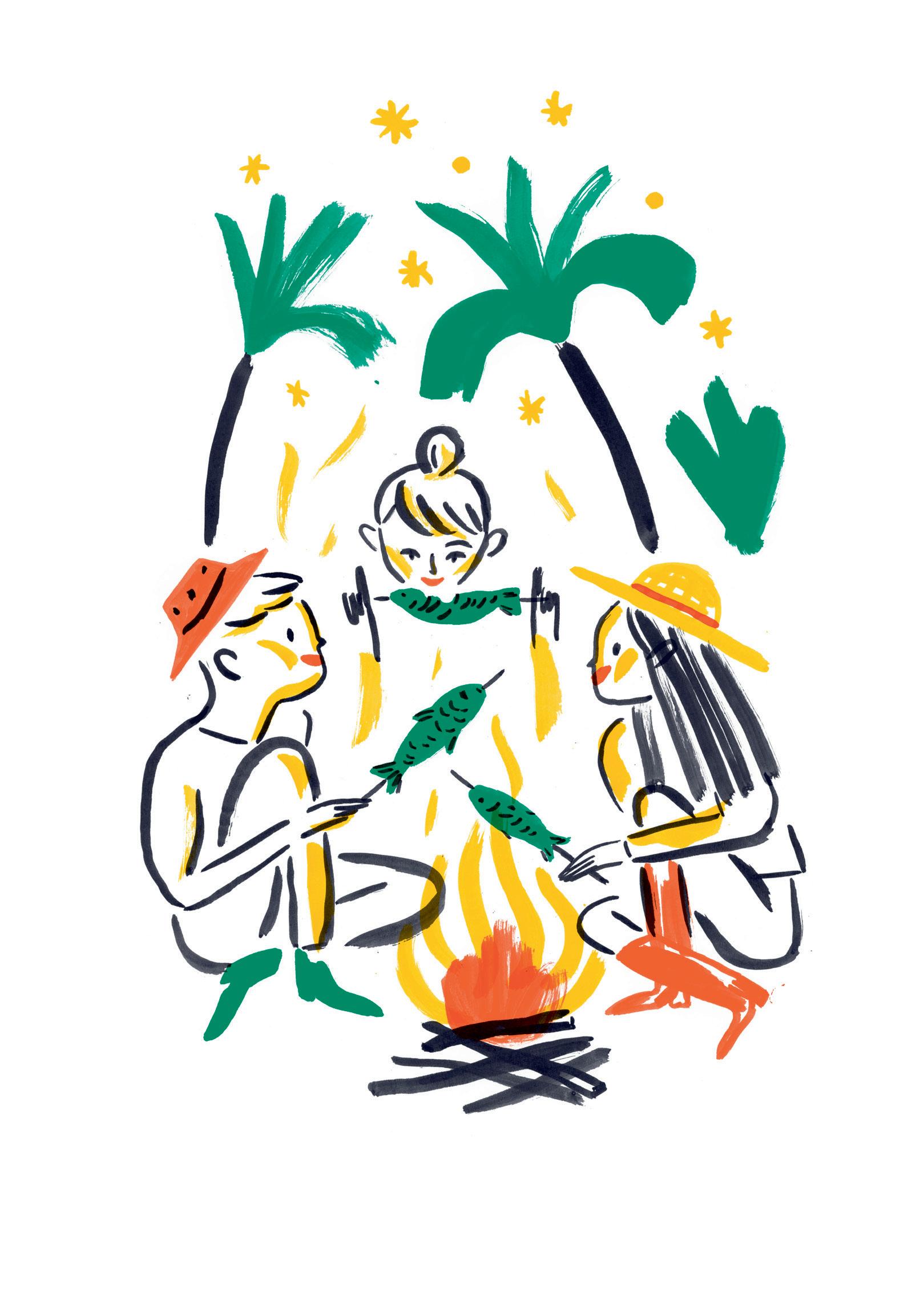
Do your children dream of becoming the next Amelia Earhart or Indiana Jones? A world of adventure awaits. By day, climb volcanoes in Iceland or the Canary Islands, cross glaciers in Patagonia, descend into canyons in the American West, ride across Argentina’s pampas with gauchos, learn how to track wildlife in the Botswana bush or explore the Moroccan desert by camel. Come evening, spot Costa Rica's nocturnal creatures on a jungle walk, dine around a campfire in Botswana that you helped build and fall asleep in a hotel that’s more fun than fancy (think: teepees, treehouses and beach cabins).
In today’s tech-centric world, young hands spend more time typing and texting than crafting and creating. Dive into the world of traditional craftsmanship and make your own mementos to bring home, whether it’s a hand-painted azulejo tile from Portugal, a piece of pottery from Peru or a beaded necklace from Kenya. Crafting a keepsake by hand is the perfect chance to master a new skill while also forming a deeper connection with the country you’re visiting. Stealth learning at its finest.


Dance is one of the most exciting and immersive ways to connect with a new culture. Put dad’s dance moves to the ultimate test during a hip hop class in LA or NYC. Watch a dramatic Argentine tango performance in Buenos Aires – a dance with intricate footwork and sweeping leg movements that originated in the city’s working-class neighbourhoods. Or make for Mumbai, where a Bollywood dance choreographer can teach you how to embody the energy and emotions of the music.

If you had to leave the family cat/dog/hamster at home, chances are some tears were shed. But your youngsters will soon be smiling again when they come face to face with some of the world’s coolest creatures. See whales breach in South Africa; cuddle a koala in Australia; spot the Big Five (or maybe even the Ugly Five... yes, really) on a Namibian safari; swim with dolphins in Oman; or snorkel with manta rays in Hawaii. Before you know it, you’ll be raising the next David Attenborough.
Do your little ones drag their feet whenever you ask them to lend a hand in the kitchen? That will soon be a thing of the past. In Puglia, shape pasta by hand under the watchful eye of an apron-wearing nonna . In Thailand’s Chiang Mai, join a local chef for a family cooking class where you’ll learn to make dishes like pad thai and khao soi – a creamy coconut-milk curry. And in Kyoto, step inside a machiya (traditional wooden townhouse) to discover how to make the best tasting crispy tempura.

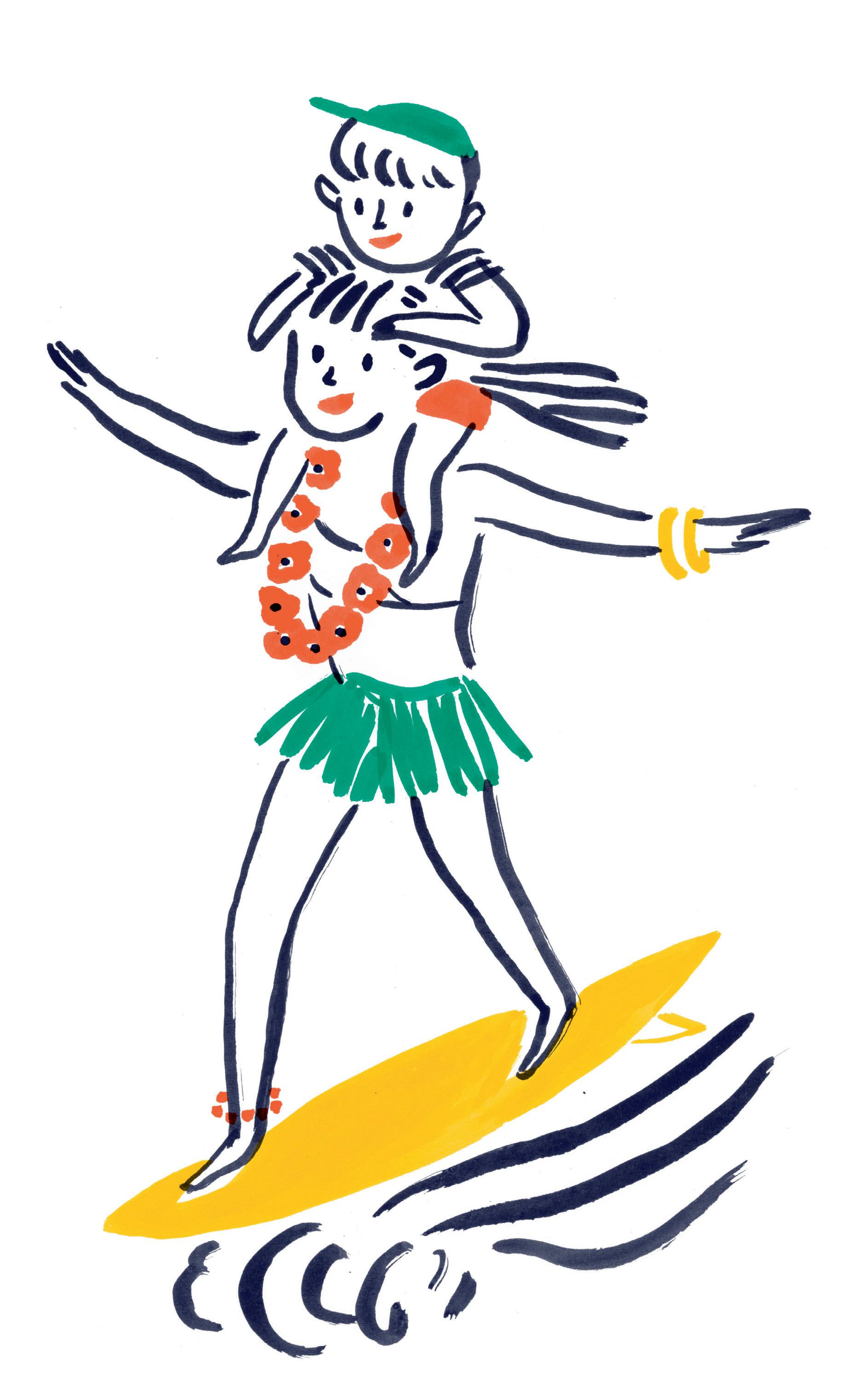
Surfing with turtles in Hawaii, learning kung-fu in China, mastering capoeira in Rio, river rafting in Costa Rica, cycling down volcanoes in Iceland, riding in the American West... these active adventures are sure to tempt even the most tech-obsessed teens away from their screens. We work with the best family guides and instructors who will take your youngsters under their wing and maybe even unlock a new sporting passion.

Shooting stars, solar eclipses, the Milky Way... nothing lights up young minds like the night sky. Head to Iceland, Norway or Swedish Lapland for a chance to see one of Mother Nature’s finest spectacles: the Northern Lights. Watch as ribbons of green, blue, pink and yellow dance across the night sky, transforming the heavens into a luminescent light show. Or, if you’re raising a budding astronomer, travel to Chile’s Atacama Desert – one of the world’s best stargazing destinations – to study the constellations with a specialist.

Bring history to life as you follow in the footsteps of ancient pharaohs, mighty emperors and fearsome warriors. In Egypt, cruise the Nile aboard the Steam Ship Sudan (our restored paddle steamer from the 1920s) and introduce your youngsters to archaeological wonders like the Valley of the Kings and Karnak Temple. In Pompeii, discover the perfectly preserved streets and buildings that were buried under ash. And in Latin America, see the remains of ancient civilisations, from the Incas in Peru to the Mayans in Belize and the Aztecs in Mexico.
9.
Looking to unleash your children’s creativity? The world is your canvas. Hunt for your favourite artworks in New York’s MoMA on an interactive family tour. Snap a family manga portrait at a purikura photomaton (Japanese photo booth) in Tokyo. Walk along graffiti-adorned side streets in Valparaiso, the Chilean port town famous for its colourful murals. Or head to Florence to discover its famous frescoes and learn how to make your own during a hands-on workshop.
Bring your family’s favourite films to life on a set-jetting adventure. Meet the real-life cast of The Lion King on a Kenyan safari; dance your way around Greece on a Mamma-Mia-inspired escape; or follow in the footsteps of Paddington on a family expedition to Peru. And don’t miss a trip to Hollywood where youngsters can wander the sets of their best-loved films and television shows at Universal Studios, and see their cinematic idols immortalised on the Hollywood Walk of Fame.
10.
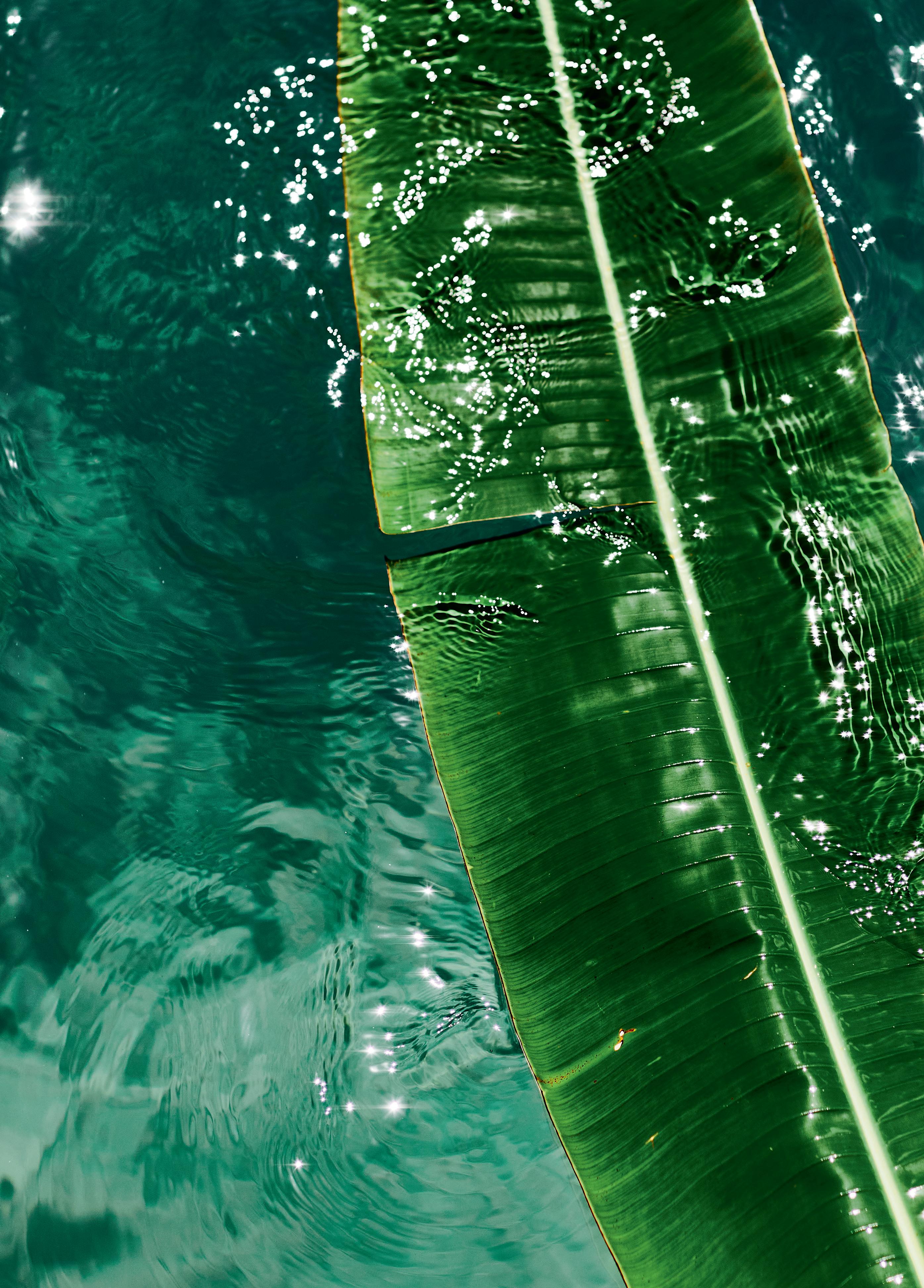

‘Wouldn’t it be fun,’ I suggested to my wife Georgia, ‘if we went to Jamaica for a week after Christmas? For some midwinter sun and cocktails?’ Georgia looked sceptical. She has the complexion of an English rose and greatly dislikes sunbathing. She’s also not a big fan of cocktails. ‘If that’s the brief, why not take Tommy instead?’
At 25, Tommy is the youngest of our four children. Like me, he loves nothing more than sun-worshipping and has never in his life knowingly declined a cocktail of any denomination. It was the perfect excuse for a father and son bonding holiday.
I had long been hankering after a trip to GoldenEye, the Caribbean resort once owned by Ian Fleming, and where he wrote most of the James Bond books. What else did I know about Jamaica? Truthfully, very little. Aside from the Ian Fleming connection there was, of course Bob Marley, by far the most famous Jamaican, and the sprinter Usain Bolt, but that was about the extent of my knowledge, so we employed the expertise of Original Travel to come up with a plan.
We needed to get the balance exactly right. A week isn’t very long, so we wanted to see something of Jamaica, but not over-fill the diary with expeditions and thus erode our primary objectives of sunbathing and cocktail-supping. Thanks to the advice of Oliver, one of Original Travel’s Conde Nast Traveler Top Travel Specialists, we refined the itinerary to within an inch of its life. For the first couple of days, nothing at all, just lounging about, rum punches, reading and swimming. Day three: a boat trip along the coast to visit the legendary Laughing Waters beach, made famous by the 1962 Bond movie Dr. No , in which Ursula Andress memorably emerges from the sea in a white bikini wielding a diving knife and conch shells. That would be our first cultural moment. Then, as the week unfolded,
we’d visit Firefly – Noel Coward’s villa in the hills – and spend a day paying homage to Bob Marley in Kingston, and perhaps later a spot of deep-sea fishing for blue marlin and other big beasts.
As we approached the island by air, we were struck by how green it was; an almost unbroken canopy of trees, yaccas and cottonwood, covering the entire core, with steep green hills and all ringed by an alluring blue sea. Our delightful driver had Bob Marley on her tape deck, as did every other driver, boat and bar that week. We began to keep a tally: ‘No Woman, No Cry’ – 26 plays; ‘Redemption Song’ – 19; ‘Buffalo Soldier’ – 15; ‘Three Little Birds’ – 11.
The GoldenEye resort is the creation of legendary record producer Chris Blackwell. As founder of Island Records, he helped propel Bob Marley & The Wailers to mega-stardom and had a hand in many of the other big acts from the 1960s to the 1980s, from Fairport Convention and U2 to King Crimson and Roxy Music.
His mother, Blanche Blackwell, had been a lover of Ian Fleming, and in due course Chris took over Fleming’s by-then dilapidated villa and began acquiring the adjacent land and coves, plot by plot, and turning the residence into the super-hip, laidback luxury retreat it is today. Forty or so clapboard beach houses now cluster beneath the palms around the bay, and there are inviting bars and restaurants dotted about. The effect is pleasingly discreet and informal; the sort of place where privacy-minded celebrities take their new squeezes for get-to-know-you weekends. Tommy Coleridge and I felt right at home.
We shared a two-bedroom, two-bathroom cabana and rapidly acclimatised. The cocktail list at the Bizot Bar showed promise; Tommy declared that five cocktails had caught his eye – the Blackwell rum punch, the GoldenEye (rum and pineapple juice), the Tiki Bird (Campari with 70 proof rum), the Cove Negroni (rum,

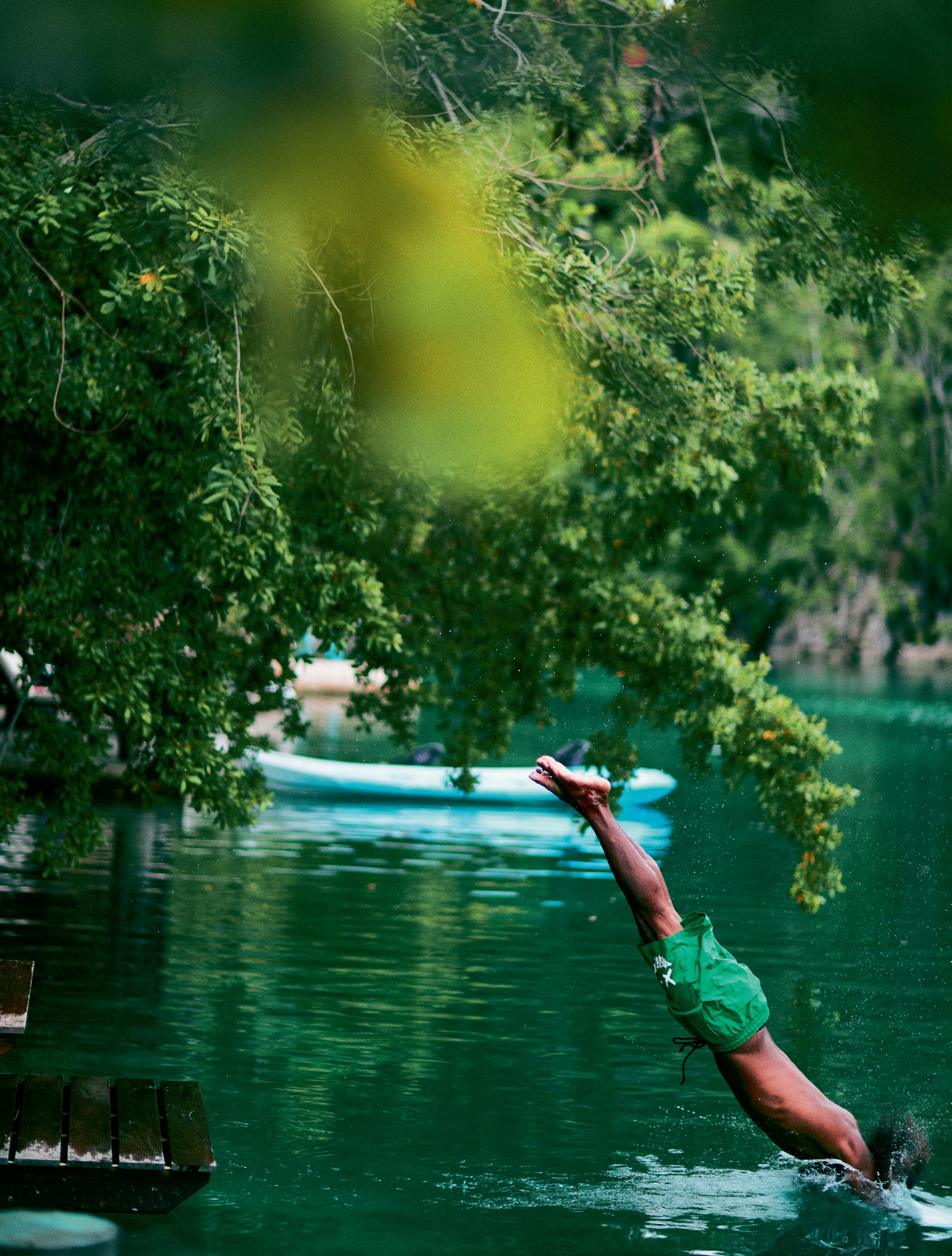
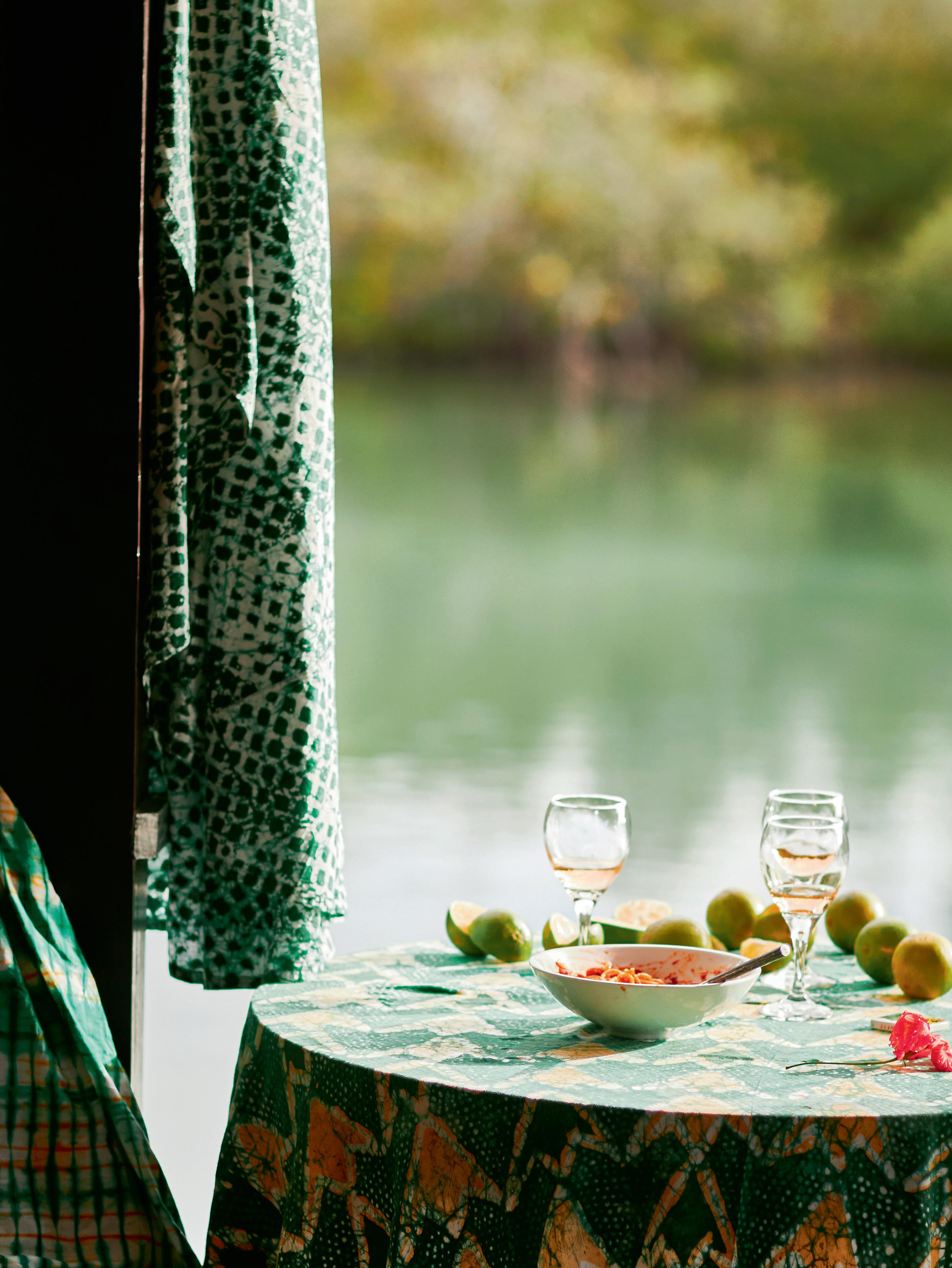
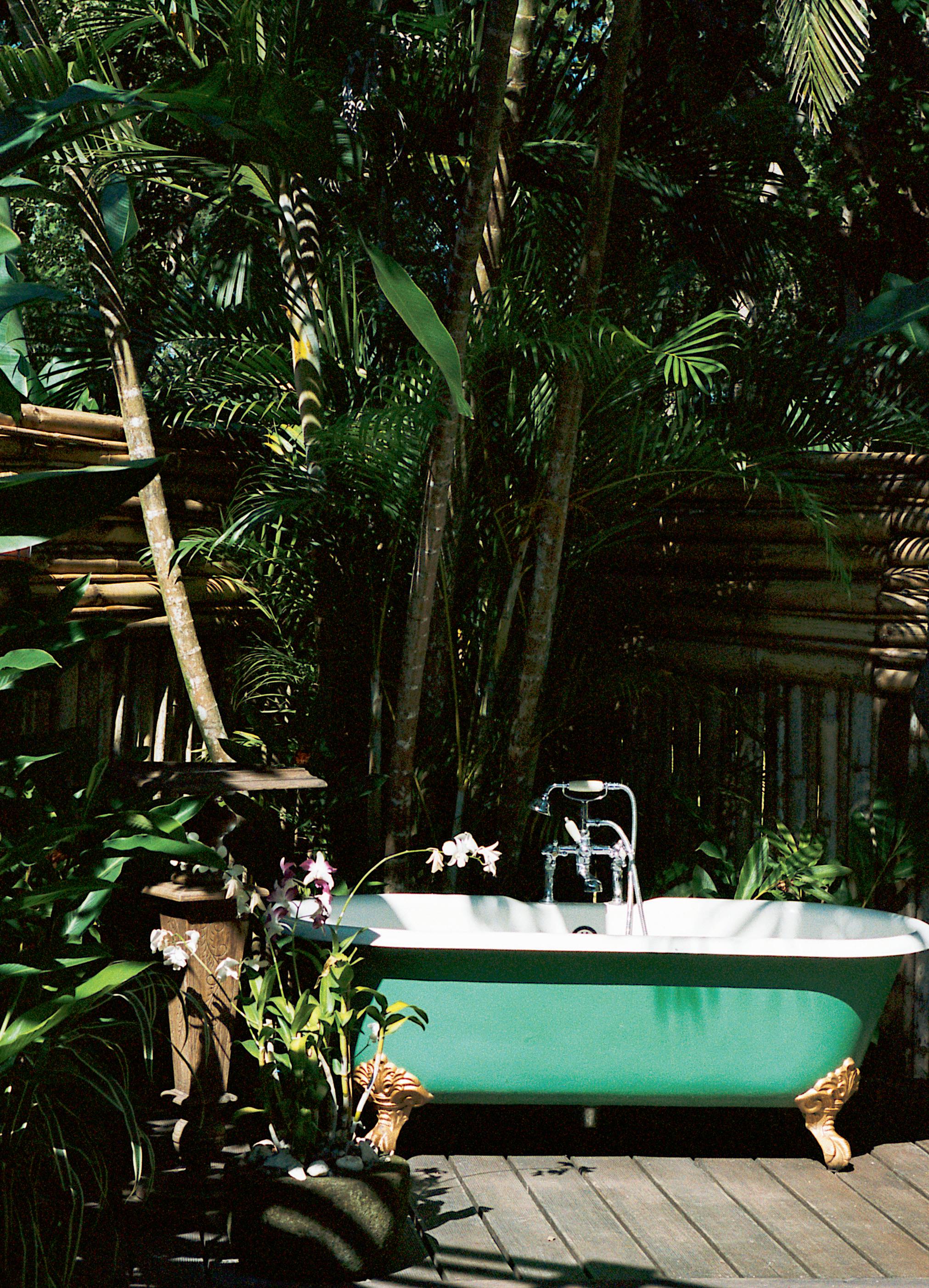
gin and banana liquor with coconut) and the Scotch Bonnet margarita, which turned out to be a classic margarita with a tongue-laceratingly fierce Caribbean chilli pepper floating on top. For context, jalapeno chillies have a heat rating of around 2,500 on the Scoville scale, whereas a Scotch Bonnet has a rating of somewhere between 100,000 and 350,000. We each enjoyed a couple of them on the first evening, until they became unbearable and we fell silent with pain.
One of the many joys of GoldenEye is that the cottages are so well spaced you don’t see many other people about. The beach and swimming pools have plentiful sun loungers, and the views across the lagoon and ocean in the direction of Cuba and Haiti are glorious. Smiling waitresses tiptoe past, asking: ‘Another Tiki Bird cocktail, Tommy?’ Standard response: ‘Er, yes please.’ The volume on the Bob Marley playlist was low and restful. The sun beat down.
celebrated her first wedding. Brown pelicans perched elegantly on rocks above the sea, and Six pointed out a strip club at Ocho Rios that he warmly recommended. At Laughing Waters beach it was easy to identify the very spot where Ursula Andress had emerged from the waves, Venus-like, in that classic cinematic moment, and where we enjoyed a couple of Red Stripe beers in celebration.
‘The view from Firefly is spectacular, possibly the best in Jamaica, with fold after fold of hills disappearing into the misty distance, and the sea beyond stretching to infinity.’
Doing next to nothing was fun, but by day three it was time for action. Captain Kidd and his bosun, Six, (real names both) pulled up at the jetty in a turquoise speedboat named Your Eyes Only, and soon we were smacking across the waves towards the Dr. No beach. En route, we passed a faux-Tudor holiday villa belonging to Mick Jagger; a nudist colony catering to German tourists; the site of the decisive 1655 battle where the British defeated the Spaniards to seize Jamaica; and a fancy hotel where the Duchess of Sussex
That evening, we visited Noel Coward’s villa, Firefly. Situated at the top of a long and pockmarked drive, it is a bittersweet place. Once visited by the late Queen Elizabeth and the Queen Mother, as well as Winston Churchill and almost every great actor of the last century, from Laurence Olivier and Alex Guiness to Elizabeth Taylor and Peter O’Toole, it now reeks of damp and neglect. There is a sorry-looking and partially filled swimming pool, but it is still just possible to imagine a generation of luvvies lolling around, gossiping under canvas pagoda parasols. The view from the lawn is spectacular, possibly the best in Jamaica, with fold after fold of hills disappearing into the misty distance, and the sea beyond stretching to infinity.
When he died, Coward bequeathed his villa to the people of Jamaica, but there is no money for repairs. Peering through the windows, we could see his suits and ties still dangling from rails, and the kitchen shelves displaying ancient cans of soup and packets of



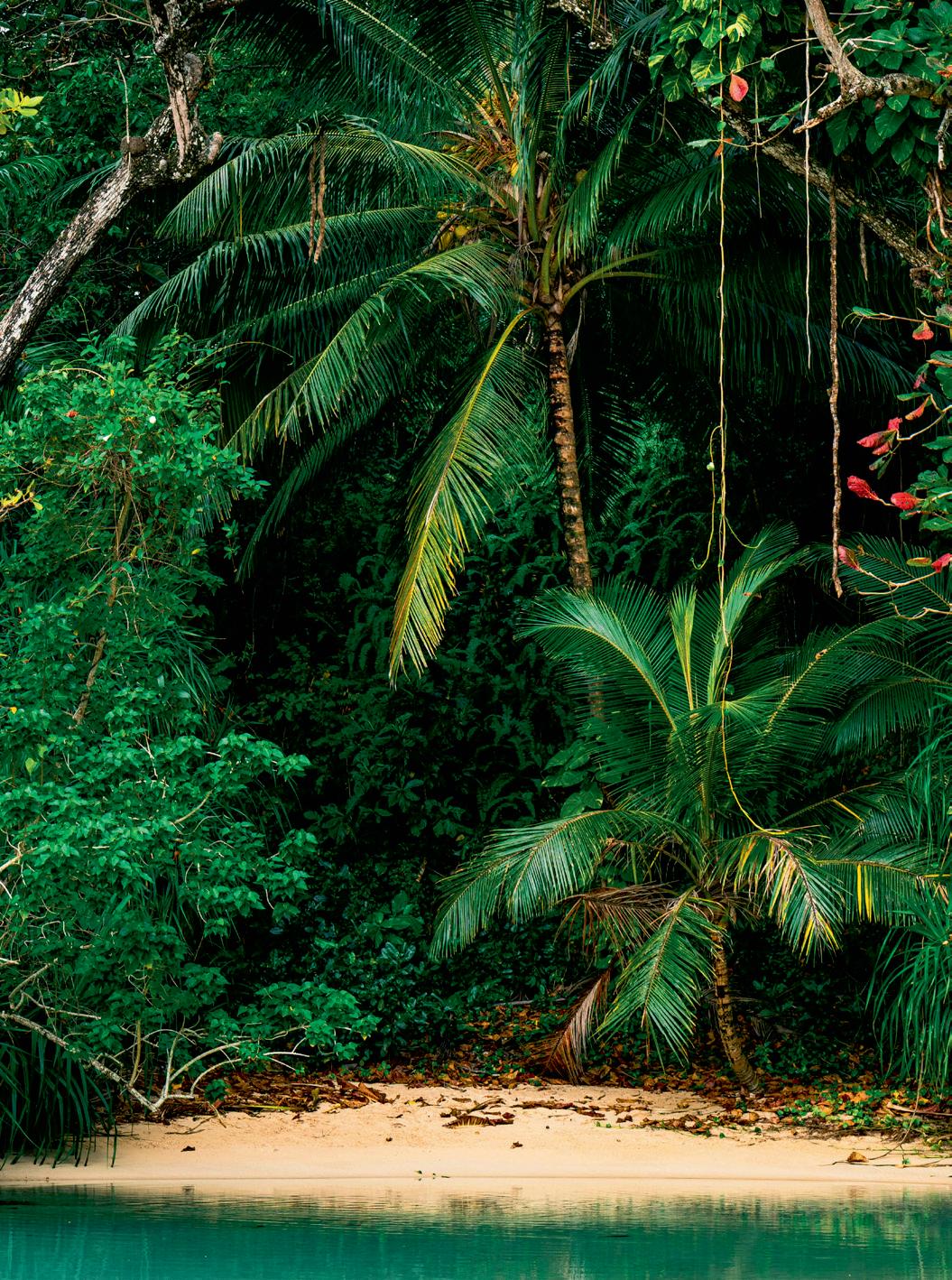
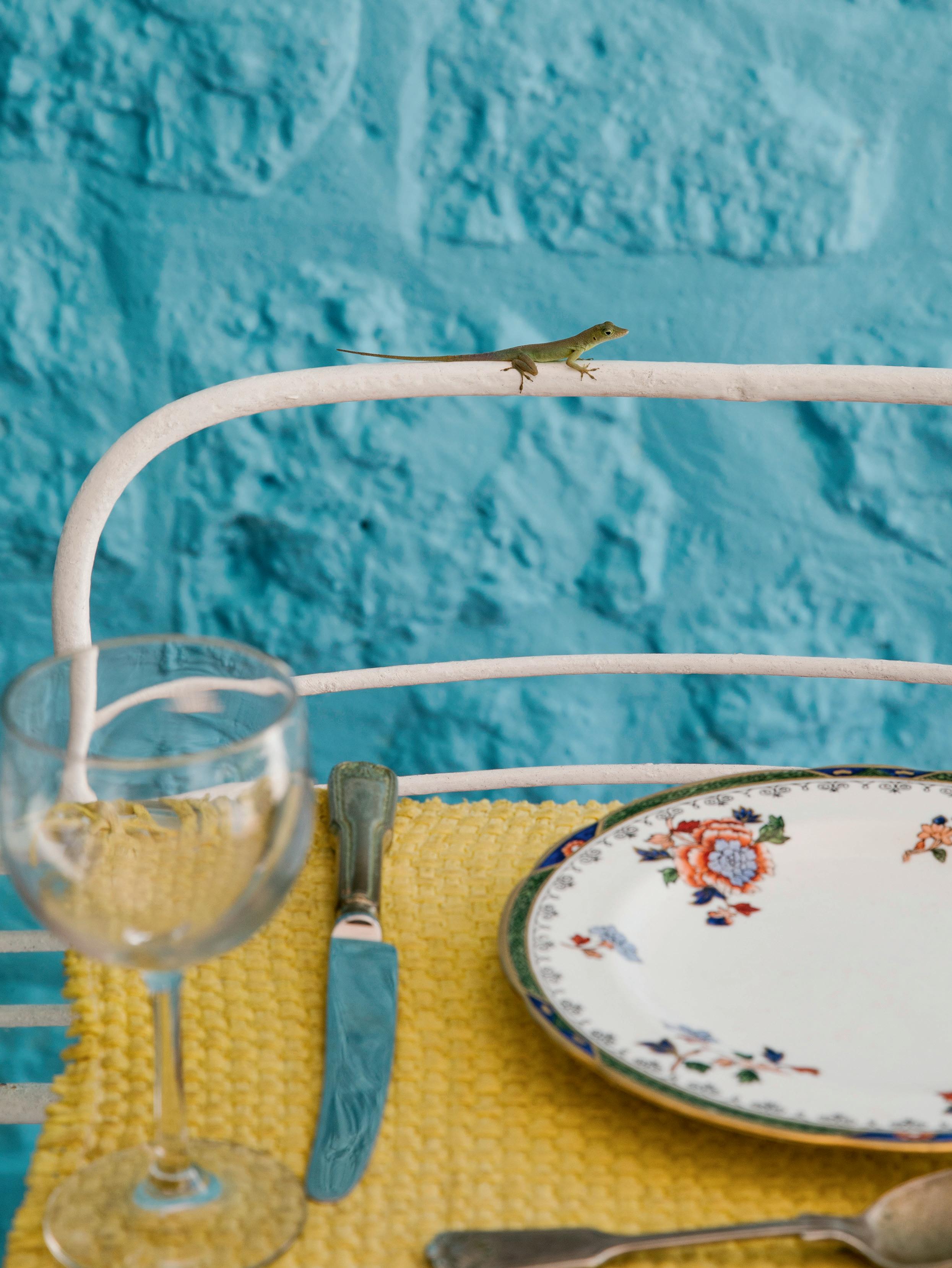
rice. We loved seeing the place, but it desperately needs a saviour.
By now, we were ready for Marley. It was a full day’s outing, with a drive to Kingston through spectacular countryside of sugar cane plantations and across wide rivers. When Marley died of cancer (which started as a melanoma on his big toe) at the age of just 36, his house was turned into a museum, displaying his gold and platinum discs, tour posters, rasta bric-a-brac – and the prize exhibit: the ‘bed in which Bob Marley fathered seven of his eleven children’, with a vintage box of cannabis on the bedside table. We had wanted to see Trench Town, the ghetto area of Kingston where Marley grew up and made famous by the lyrics of ‘No Woman, No Cry’.
I had heard Trench Town was a no-go part of town, ruled by warring gangs, but on a sunny afternoon it felt far from threatening. That said, I noticed our driver always locked himself inside the car when we got out to stroll about. The rasta murals of Emperor Haile Selassie and Bob and Rita Marley are omnipresent and beautiful. Small groups of rastas sat about in wire-fenced tea shops, from which wafted the pungent smell of goat curry, jerk chicken and ganja.
On our final day, we rented a larger boat to go fishing a couple of miles out to sea. This time Captain Kush ( kush being a slang term for marijuana from the Hindu Kush mountains of Central Asia) was the man in charge, with six well-baited lines trailing behind us in the ocean. He was confident that a blue marlin would take the bait at any moment. To be so far out at sea, in silver-glistening water, was a great joy, with half the north coast of the island spread out behind us. No catch alas, but the brightest of sunshine and lovely chats with the captain.
‘Laughing Waters beach is where Ursula Andress emerged from the waves, Venus-like, in Dr. No, and where we enjoyed a couple of Red Stripe beers in celebration.’
Later, we visited the Tuff Gong recording studios, still owned by the Marley family, where Tommy – an aspiring musician himself – recorded a word-perfect rendition of Bob Marley’s ‘Three Little Birds’. After making the recording, Shane, the sound engineer took us on a tour of the studios; it was a highlight of the week.
Like many Jamaicans, several of his children had emigrated to the UK. One boy was living in the depths of the English countryside near Bradford, which he had heard was beautiful but had not yet visited.
What a memorable week it was. GoldenEye and wider Jamaica felt easy-going and carefree. Being on holiday with one’s son for a week meant, of course, 21 consecutive meals together, but never once did we come close to running dry on conversation or jokes. Sometimes we’d quiz each other. ‘Name ten different places where you’ve heard “No Woman, No Cry” being played?’ ‘Um... the boat to Laughing Waters, Bizot Bar, the car to Kingston, car to Firefly, airport taxi, Marley Museum….’ Or ‘Name seven cocktails available at GoldenEye?’ ‘Oh, Dad, that’s far too easy. Come on.’ •
Contact one of our Jamaica specialists on:
+44 (0) 20 3911 5900

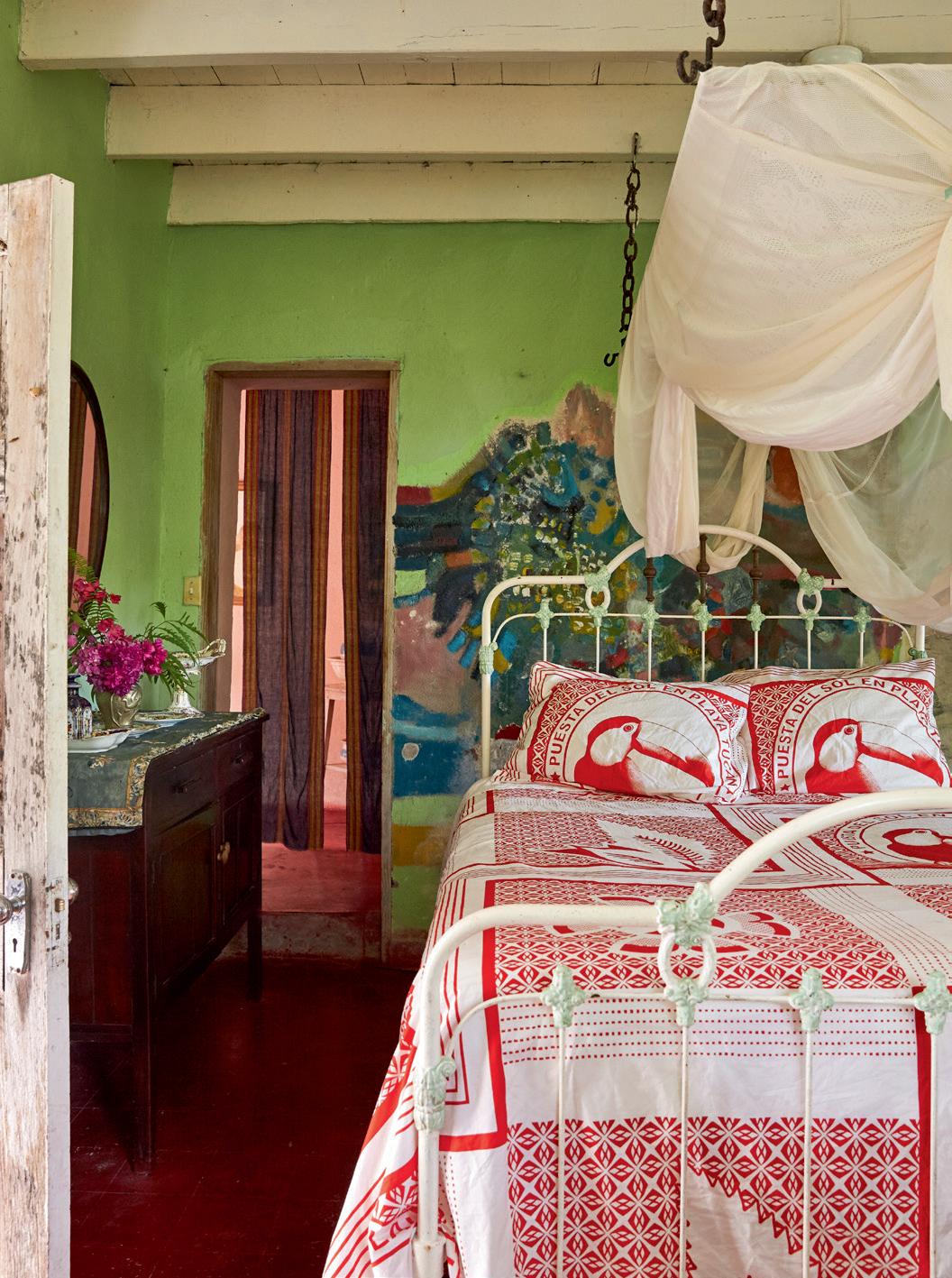
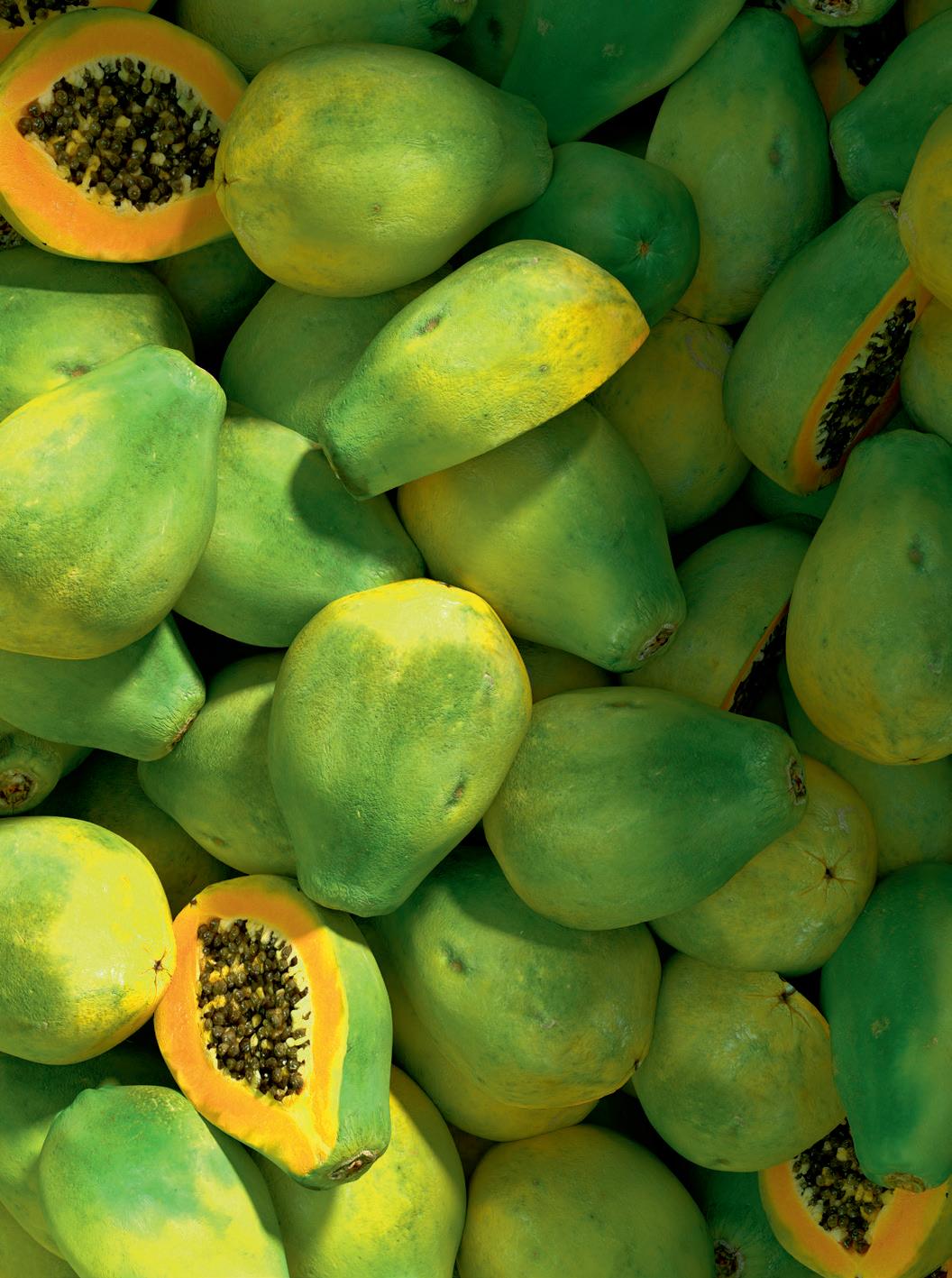
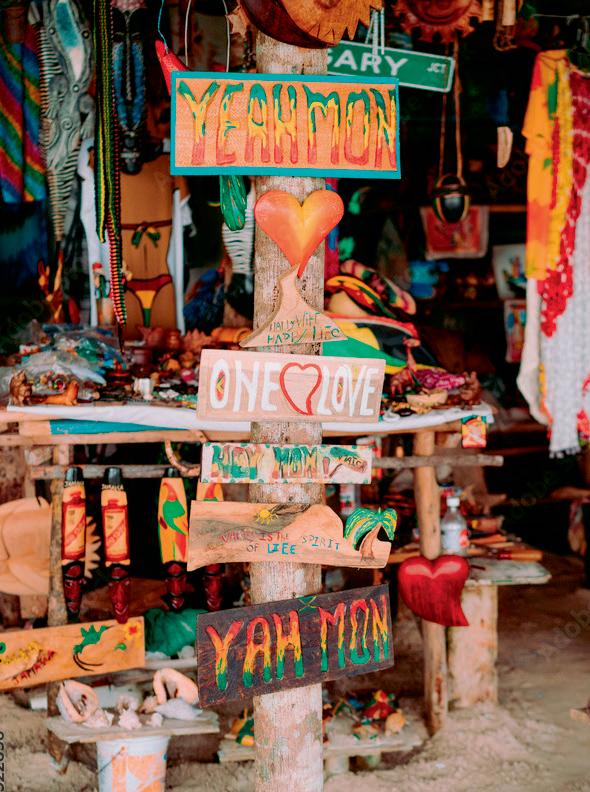
Lucea


Montego Bay
Negril
Black River
Falmouth
Ocho Rios
Port Maria
One point of contact
Contact one of our Jamaica specialists on: +44 (0) 20 3911 5900
Port Antonio
KINGSTON
May Pen
Mandeville
Why us?
From the mural-clad streets of Trench Town to the hiker’s paradise of the Blue Mountains, our Jamaica experts, led by Oliver Rodwell (another of our Conde Nast Traveler Top Travel Specialists), know the island well.
Your Concierge
Our savvy Concierge Marie makes it her mission to give you a real taste of the island – think authentic Caribbean cuisine and rum bars. For the more musically inclined, we can organise visits to a recording studio or a radio station, while history buffs can learn about the island’s extraordinary past on a tour of Kingston.
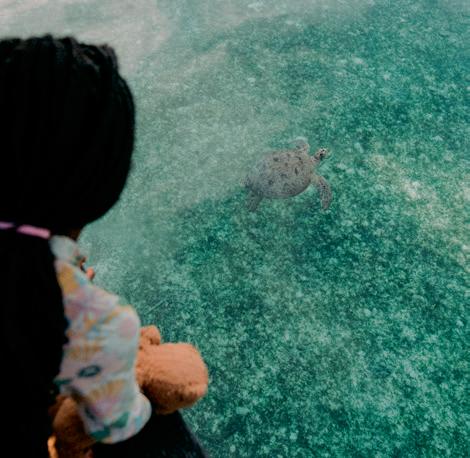
Montego Bay
Days 1 - 2
Head to Montego Bay and your lovely family-friendly hotel on the north-west coast to spend a couple of days on the beach or in the pool.
Fast Facts
• Size: 4,244 square miles
• Capital: Kingston
• Population: 2,830,000 (Nov ‘24)
• Density: 667 people/square mile
Morant Bay
• Pick a Number: 9.58 seconds. The time it took Usain Bolt to smash the world record for the 100 metres in 2009, making him (still) the fastest man in history.
• When to Go: Visit Jamaica from December to April for warm, dry weather. July hosts Reggae Sumfest, and February celebrates Bob Marley’s birthday with special events.
Suggested Itinerary
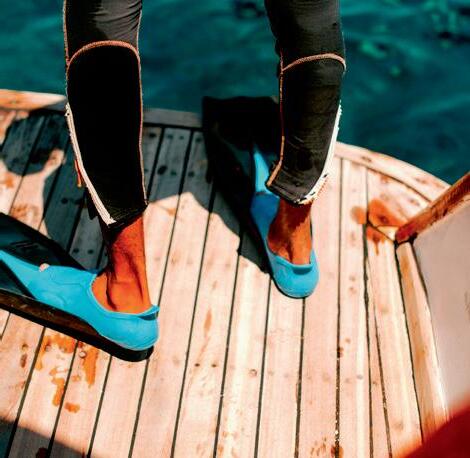

Days 3 - 4

We can arrange for any protopirates to learn to sail with expert instructors in a Hobie Cat which – being a catamaran – is particularly stable and responsive. They’ll be tacking and jibing in no time.
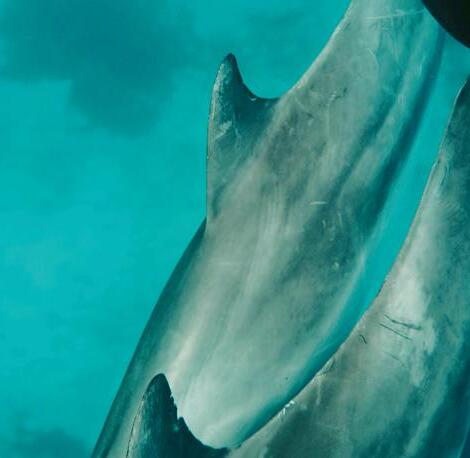
Land & Sea
Day 5
Your water babies can continue the aquatic theme with glass-bottomed boat rides, paddleboarding, snorkelling and waterskiing, and nature walks and forest zip lines back on dry land.
Read Lady Nugent’s Journal (1805) is a candid and unsettling account of slavery from the perspective of an upper-class British woman.
Watch
The Harder They Come (1972) stars Jimmy Cliff as an aspiring reggae singer turned outlaw. The superb soundtrack popularised reggae worldwide. Listen

Caribbean Cooking
Learn about ingredients like ackee (a West African fruit), okra (aka: lady’s fingers) and assorted chillies on a tour of the busy Ocho Rios market with a local chef guide. Then head to his kitchen restaurant to create a delicious Jamaican lunch (chilli-ed to your specific heat threshold).
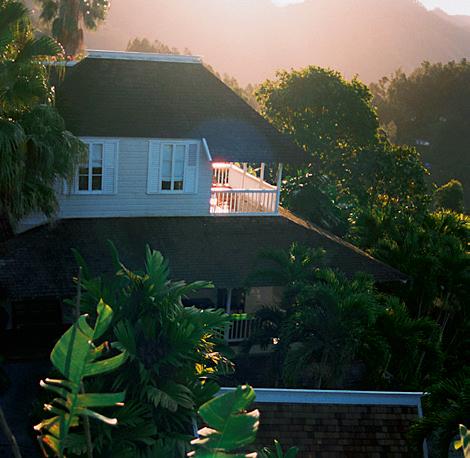
Blue Mountains
Days 1 - 2
Stay at a gorgeous hotel in the Blue Mountains, a protected UNESCO World Heritage site and the perfect hub from which to walk well-marked trails and visit the best coffee plantations.
Mento is the predecessor of reggae, known for upbeat rhythms and (often bawdy) storytelling. Notable artists include Count Lasher , Lord Flea, and The Jolly Boys
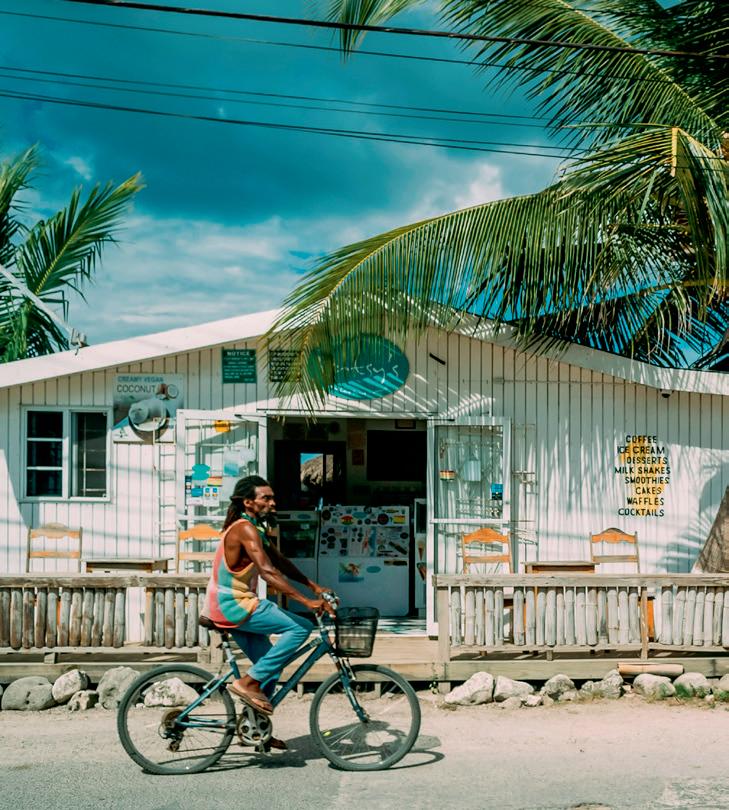
Rastafarianism is a Jamaican spiritual movement celebrating African identity, peace and natural living, popularised in the 1970s by Bob Marley. Meet a rasta community tucked away from capitalist consumerism in the beautiful Blue Mountains to learn about their history, lifestyle and beliefs, and visit their tabernacle.


Heads up coffee addicts: the mountain conditions are perfect for growing some of the world’s finest Arabica. Learn about the process and sample plenty on a guided
Stay at sophisticated Geejam and indulge in a spot of light celeb spotting. Then, should the mood take you, lay down a track in the onsite recording studio.
Standing on stilts in Parottee Bay and only accessible by boat, the driftwood Floyd’s Pelican Bar is a Jamaican icon, as is the Pelican Perfection cocktail (rum, lime and fiery ginger beer).
Low-key but lovely, Miss T’s Kitchen in Ocho Rios serves local farm-to-fork specialities like oxtail stew, and spicy and perfectly grilled jerk chicken.
Discover
Vinyl Thursdays in Kingston. This music event at Veggie Meals on Wheels is celebrated for its pure vinyl reggae vibes. A great mix of DJs, artists and a young crowd.
Rum is an often-underrated spirit, and the very best are delicious sipped on the rocks. Pay a visit to boutique Worthy Park distillery, where you can learn about the production process and pick up a perfect souvenir.


There are several well-marked trails through the mountains, Gordon Town Trail along the Hope River, which has lovely pools and waterfalls to swim
Rose Astor walks the trails of the Picos de Europa mountain range in the region of Asturias on the northern coast of Spain.

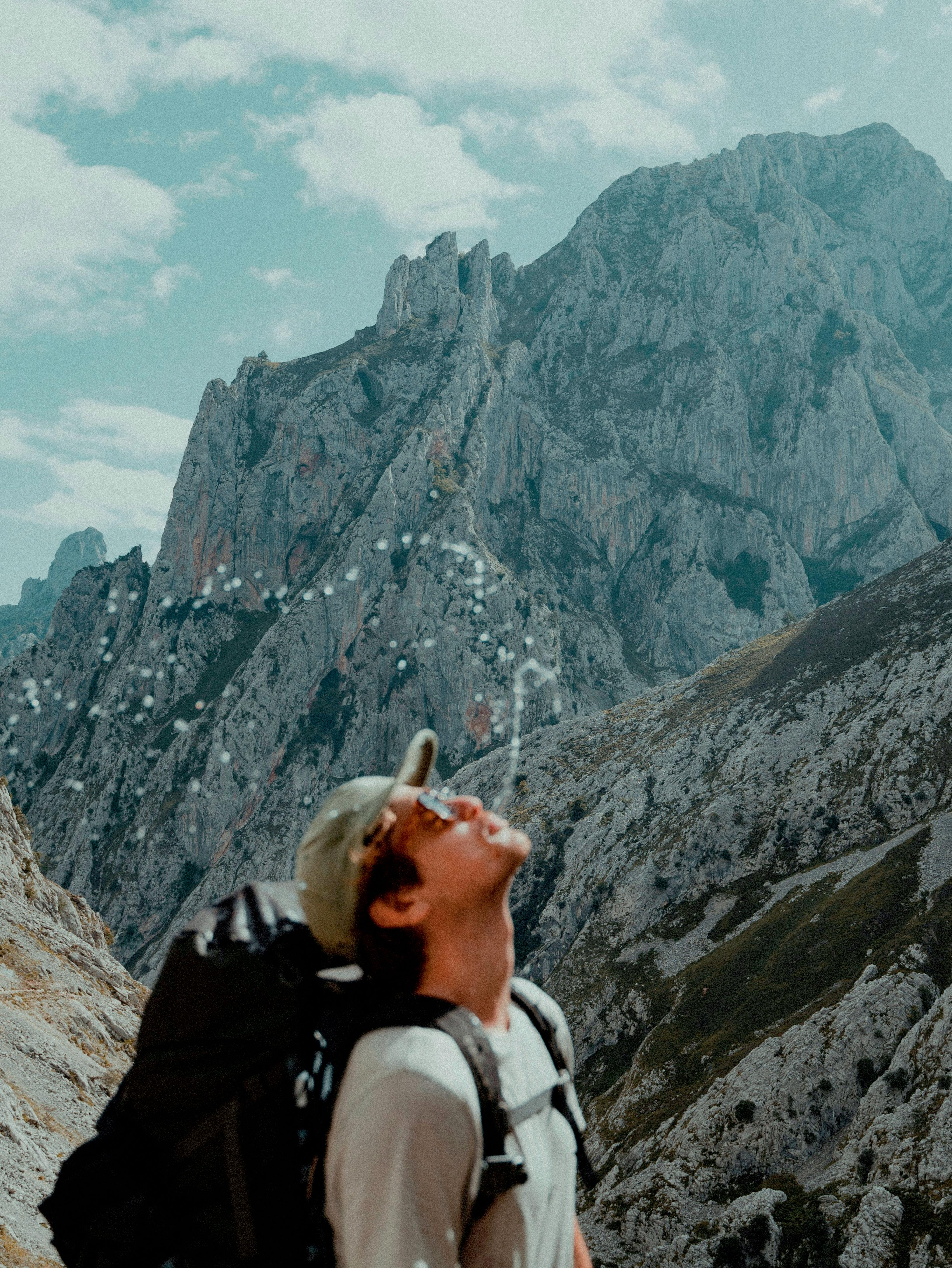
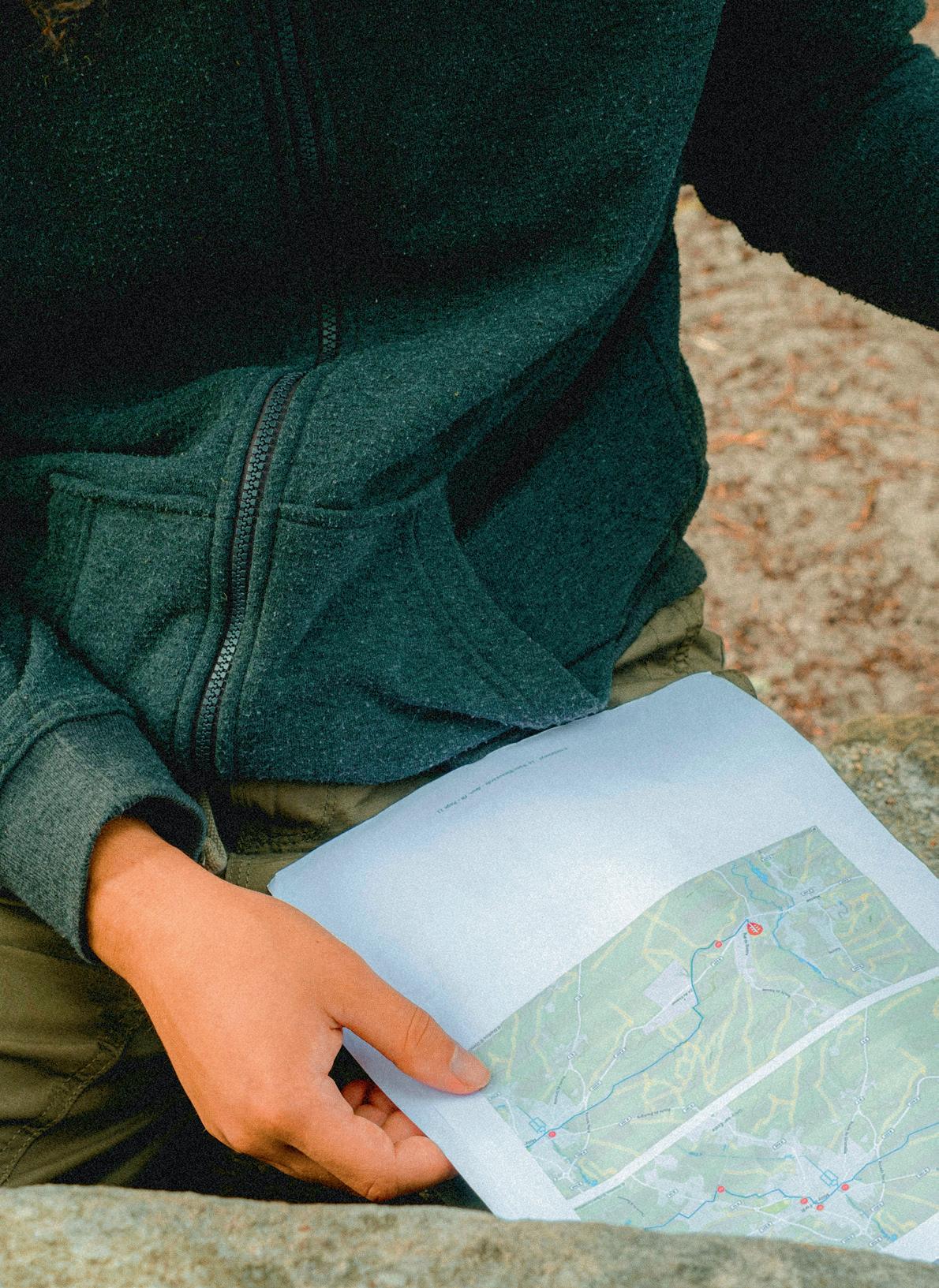
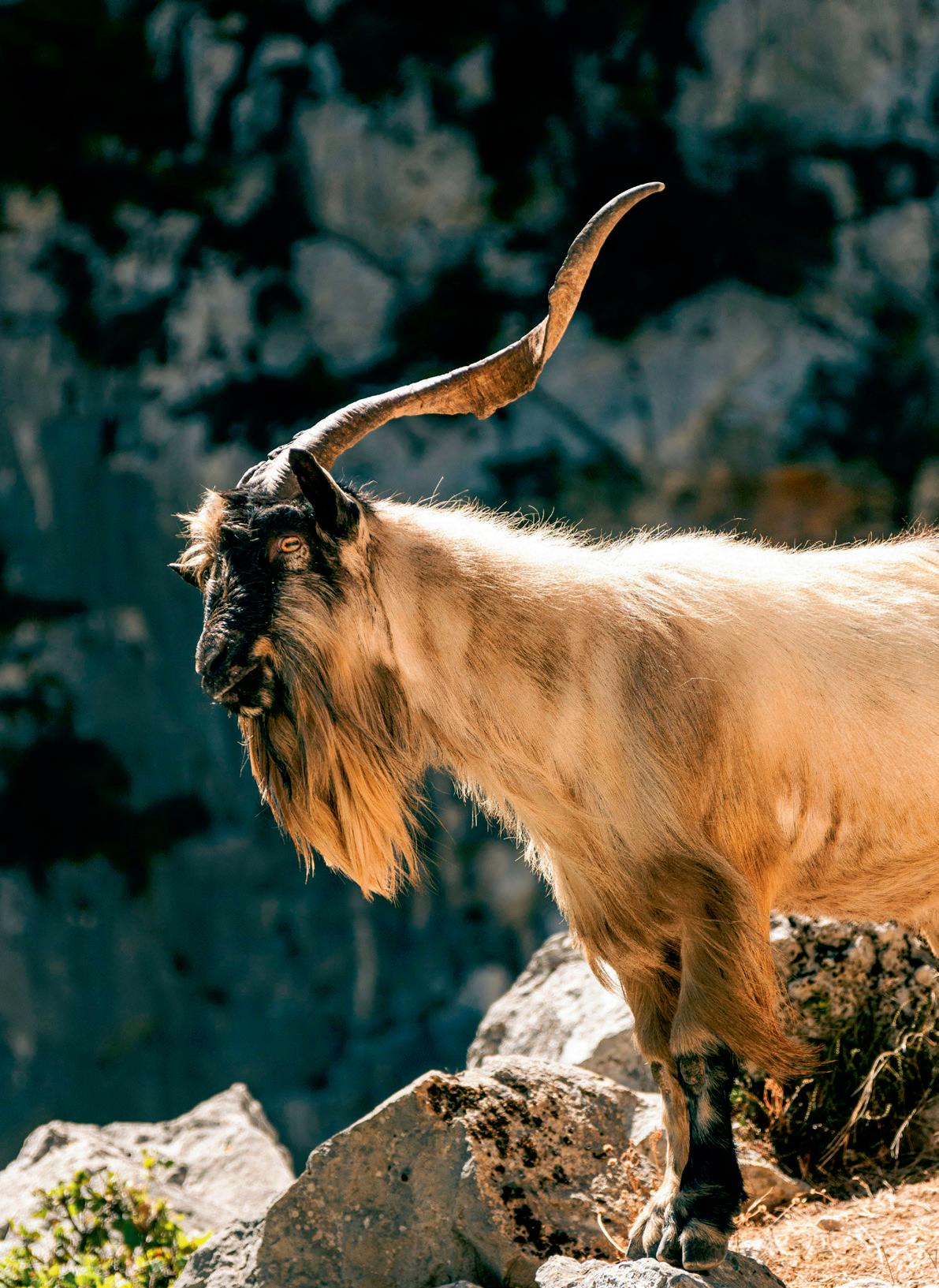
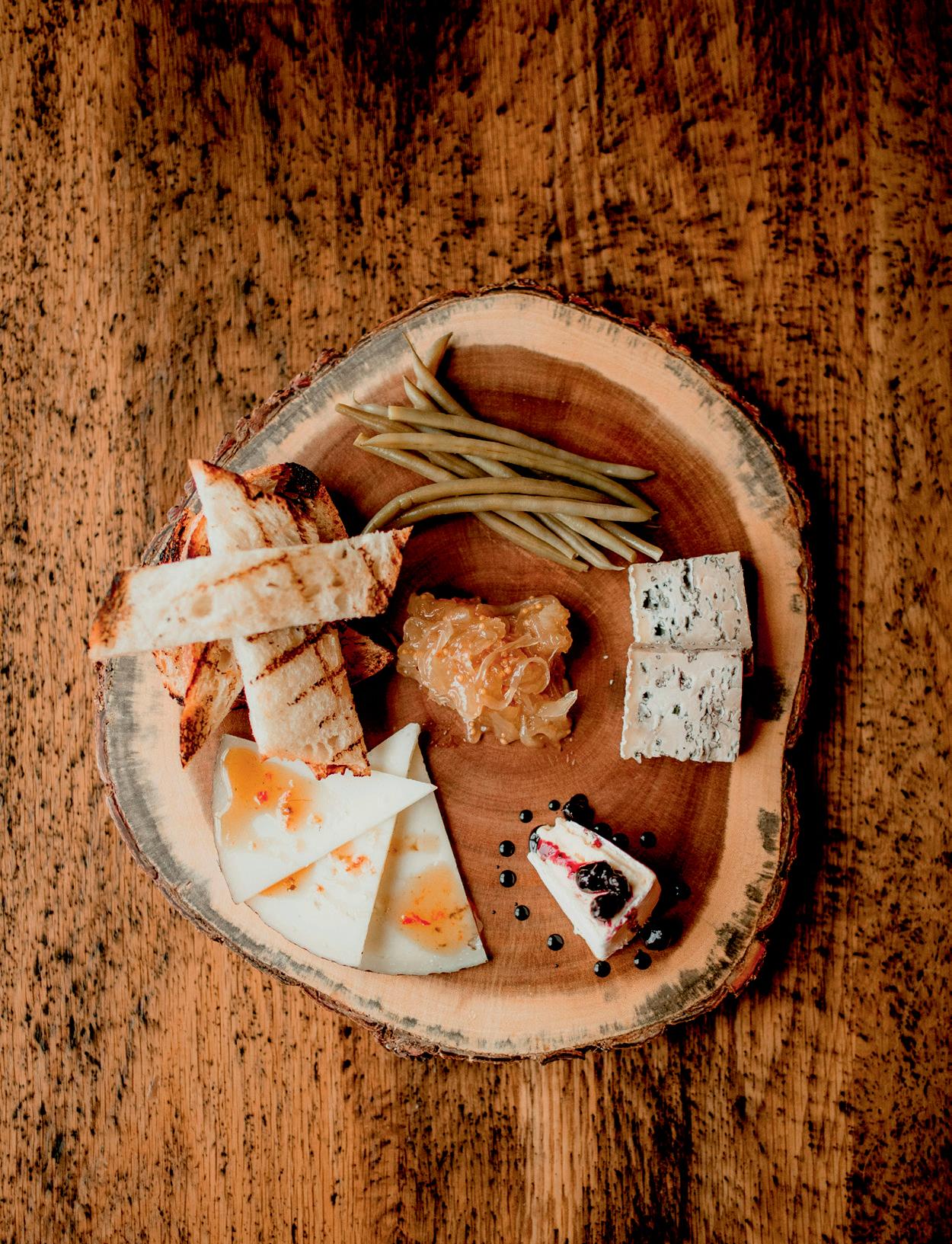
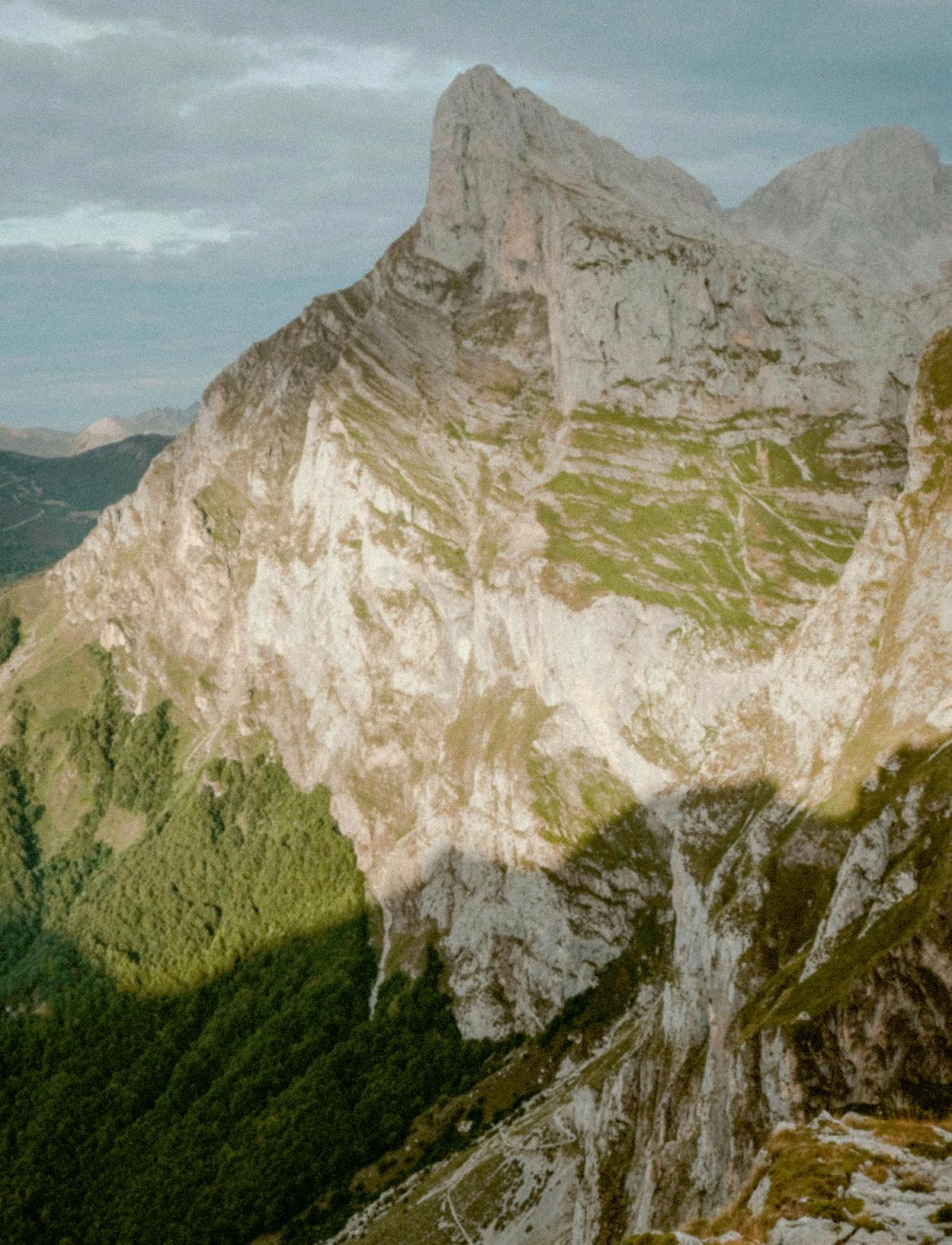
AThere are places you visit, and there are places that take up permanent residence in your heart, like a friendly oldtimer who knows all the local legends and insists on pouring you another glass of sidra (cider). Spain’s Picos de Europa, a dramatic mountain range straddling Asturias, Cantabria and Leon, is the latter, a region that feels like a lost chapter from an ancient fairy tale.
In fact, this whole swathe of so-called ‘Green Spain’ (the region of the country that borders the Bay of Biscay) is one of Europe’s most enchanting and secret treasures. With its rugged coastline, lush hinterland and majestic mountains, it’s a place that begs to be explored on foot. Discerning Spaniards have been returning here year on year for generations, but the region is often overlooked by us foreigners who might peer down from our aeroplane window en route to sunny Marbs, but have yet to add Oviedo (me neither) to our desert island destinations.
But I’m mid-lifeish now, and as I dropped my last child off at boarding school, my husband wisely bundled me off for a walking holiday to distract me. Walking is something that has become an addiction of ours since… well, we got older. The AllTrails app is the first thing I peruse in the morning and the last thing I salivate over at night. Whole dinners have been spent arguing whether hiking boots are better than hiking shoes (the former, obvs) and whose hydration pack leaks less (that would be Camelbak). In short, I was a willing ‘bundlee’, although mildly confused as to where we were going. I’d heard of the Camino trail but the Picos de Europa? Nada
We kicked off our adventure at the Puebloastur Eco-Resort, a hideaway perched in the verdant hills of Cofino about an hour’s drive from Oviedo airport. The hotel is a beguiling mix of rustic charm and
modern luxury, with a history that whispers through its stone walls. It felt like a seamless extension of the land, crafted from local materials and designed to offer unparalleled comfort without compromising on eco-credentials. Our room was a dreamy blend of contemporary decor and traditional Asturian elements. Think exposed wooden beams, crisp white linens, and a view so stunning it could make a grown man weep. Salvador Dali sculptures pepper the grounds like surreal sentinels, their whimsical forms blending seamlessly with the natural beauty of the Asturian landscape. You might not expect a melting clock or an elephant on stilts in this rural Eden but here they are, adding a dash of Dalinian madness to the serene scenery.
Walking holidays provide a wonderful excuse to indulge in three of my favourite pastimes: bathing, eating and spa-ing. Our bathroom was a marble-clad sanctuary with a bathtub that invited you to soak away the day’s adventures while gazing out at the rolling hills. I had a record six baths in three days.
And dining at the hotel was an experience in itself. Each morning, we were greeted with a breakfast of freshly baked pastries, local cheeses, cured meats, and an array of fruit that looked too perfect to eat. We managed, though, with gusto. We inhaled fluffy omelettes and traditional Spanish tortillas, washed down with freshly squeezed juices and steaming cups of Asturian coffee, a breakfast fit for any mountain goat about to embark on some serious walking.
And after each day’s hike, the spa was a heavenly retreat. The salt scrub, infused with local herbs, was like being exfoliated by a swarthy Mother Nature. My skin emerged tingling and as smooth as a pebble. This was followed by a massage that kneaded out knots I didn’t even know I had. The couple’s element and the paper pants are, of course, optional, but in for a penny, we succumbed.
Our first hike took us to the nearby Picos de Europa National Park. With our local guide leading the way, we embarked on a four-hour journey through landscapes that defy superlatives. The peaks soared like the jagged teeth of some primordial beast, while valleys dipped into verdant abysses carpeted with wildflowers. Eagles and Griffon vultures circled overhead, and the air was so fresh it almost tasted minty. Vultures aside, the region is home to two of Spain’s other emblematic creatures: brown bears and Iberian wolves. Sadly, despite our geeky binocular horizon sweeps, they remained elusive.
‘The peaks of the Picos de Europa soared like the jagged teeth of some primordial beast, while valleys dipped into verdant abysses carpeted with wildflowers.’
The hike was rugged but rewarding; every twist and turn offered a new vista, each more breathtaking than the last. We paused at a lookout by a glacial lake (there’s an oft-enforced 500-euro fine for swimming in it – the Atlantic ecosystem is preciously guarded) that offered a panoramic view of the park, a sea of green and grey stretching out to infinity. Our guide Alvaro was brimming with fascinating facts, filling us in on Asturian history dating back to pre-Roman times and pointing out the remnants of ancient settlements scattered throughout the landscape. The region played a pivotal role in the Reconquista, and its rugged terrain served as a refuge for Christian forces resisting Moorish advances. As the landscape has been so brilliantly protected, we really felt the history all around us.
The next day, we set out solo to tackle the famous Cares Trail, a path carved into the side of a deep gorge overlooking the Cares River. It’s known as ‘The Divine Gorge’ with good reason, thanks to a sheer
drop to one side and towering rock formations on the other. It’s a thrilling, vertigo-inducing trek that feels like a pilgrimage to the heart of the earth. Because it was April, the path was pretty much ours alone, bar a couple of runners and one school trip. Our picnic, prepared by the hotel, was delicious. Local cheeses, crusty bread, cured meats and fruit so ripe it practically dripped off the knife. As we ate, we were joined by an unexpected guest, a goat-like Cantabrian chamois with brown and white fur, whose kin had appeared in the most improbable places along our route, balancing on narrow ledges with effortless grace, and in this instance eyeballing us from the shadows.
Over the next couple of days, we wandered well-marked trails through lush forests and across undulating hills, and stumbled upon hidden streams and pretty villages. Throughout our stay, we were struck by the warmth and hospitality of the Asturian people as they stopped to chat. There’s a palpable sense of pride in their heritage and a genuine desire to share it with visitors.
In the evenings, we indulged in the region’s culinary delights. Asturias is a gastronomic paradise with a smattering of Michelin-starred restaurants to choose from, so we dived in forks first. We had supper at Casa Marcial, a two-Michelin-starred restaurant tucked away in the hills and recommended by Original Travel’s Concierge. We started with a delicate amusebouche of local shellfish, followed by a slow-cooked egg with truffle and potato foam. The main course, a perfectly roasted lamb with herb-infused jus, barely left room for the finale, a deconstructed Asturian apple tart that had us rolling home.
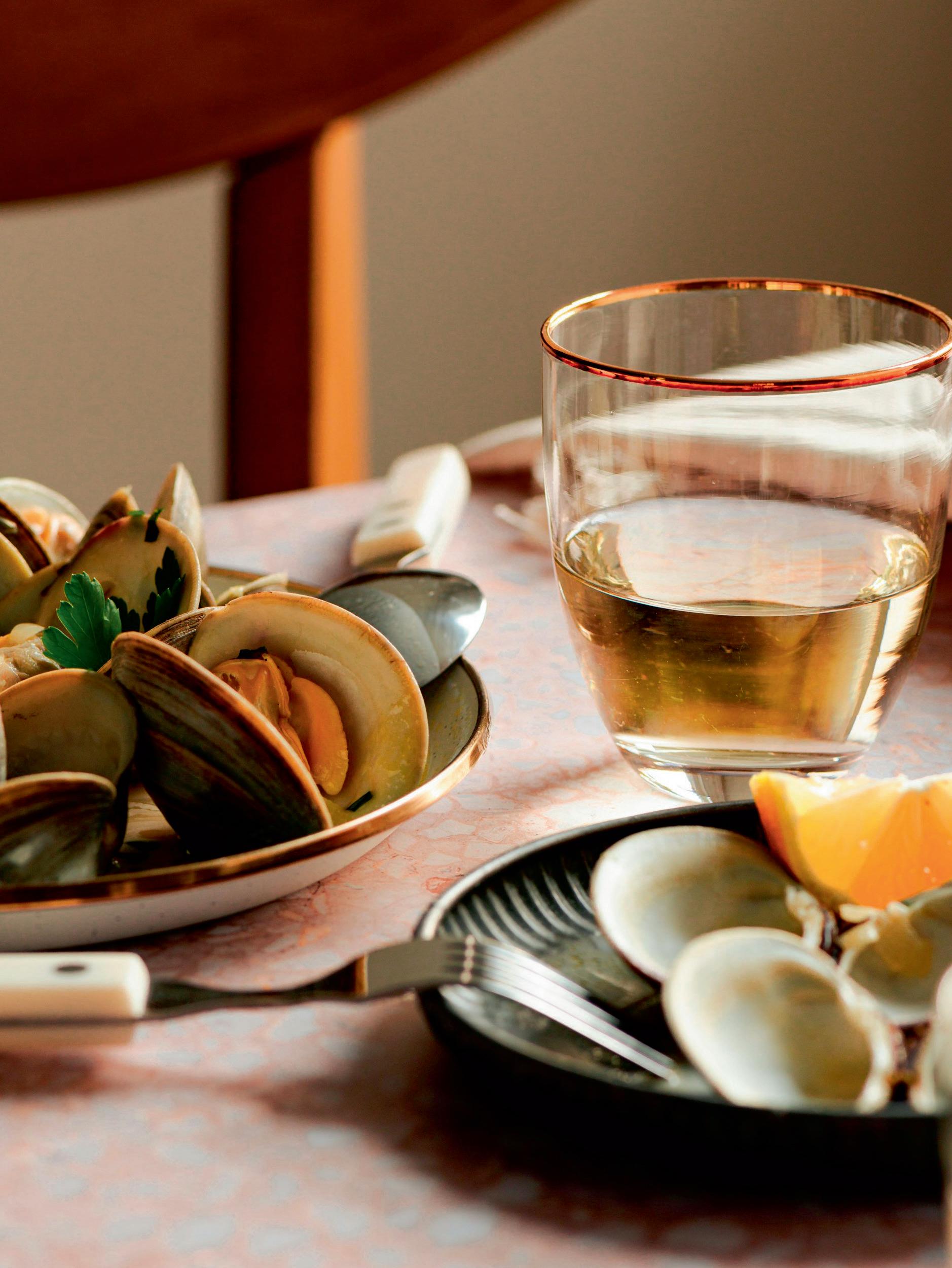
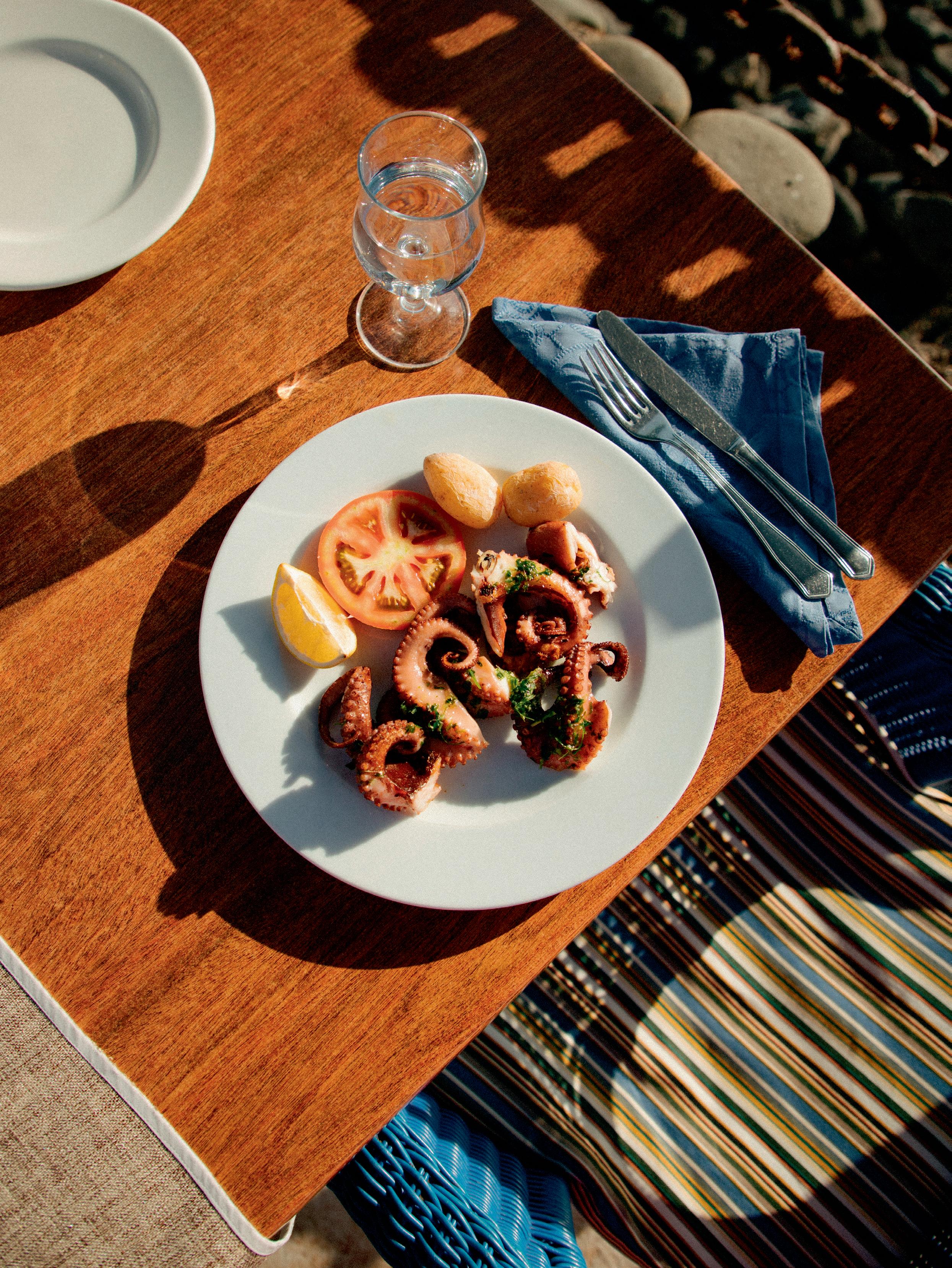
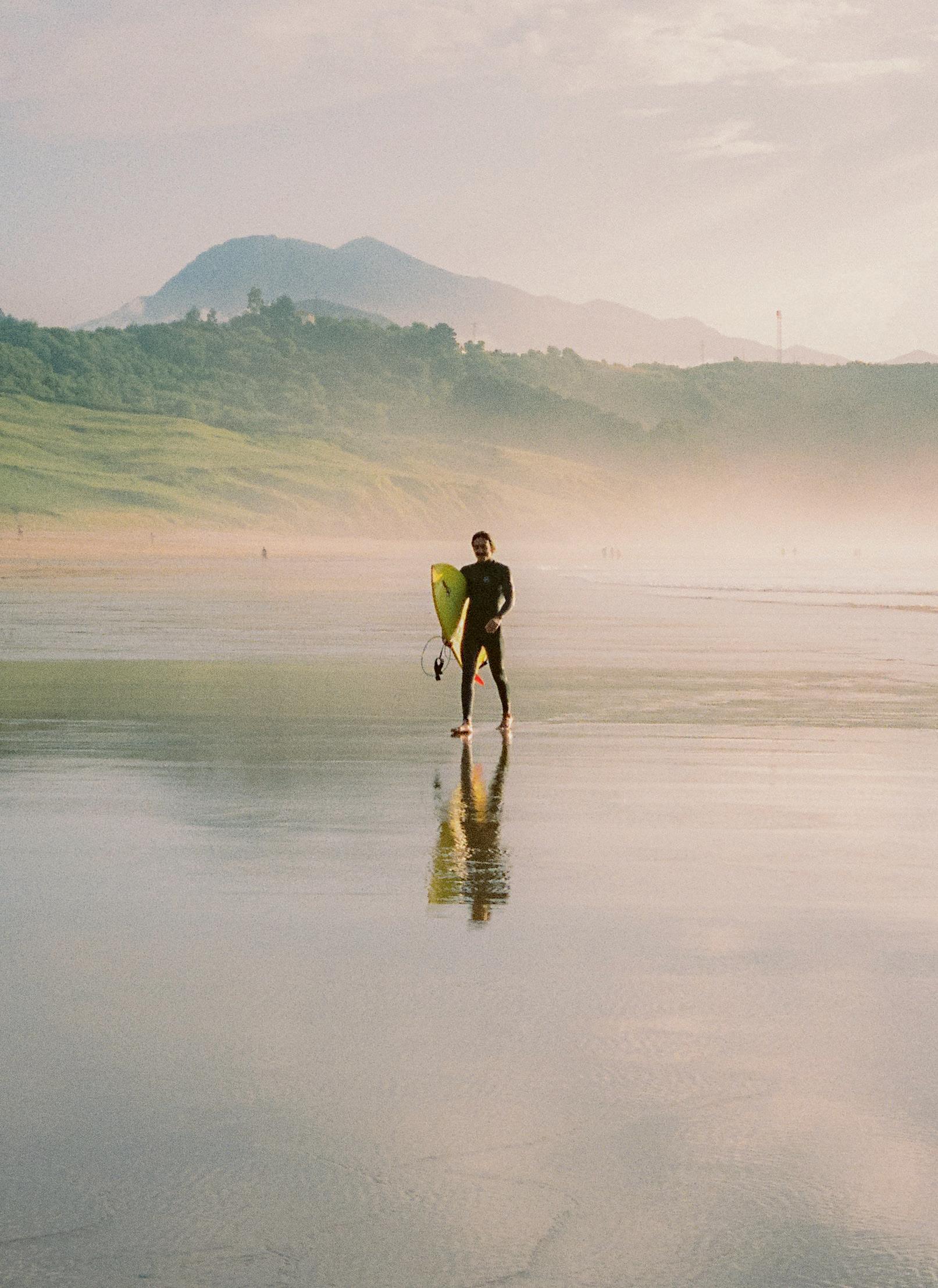
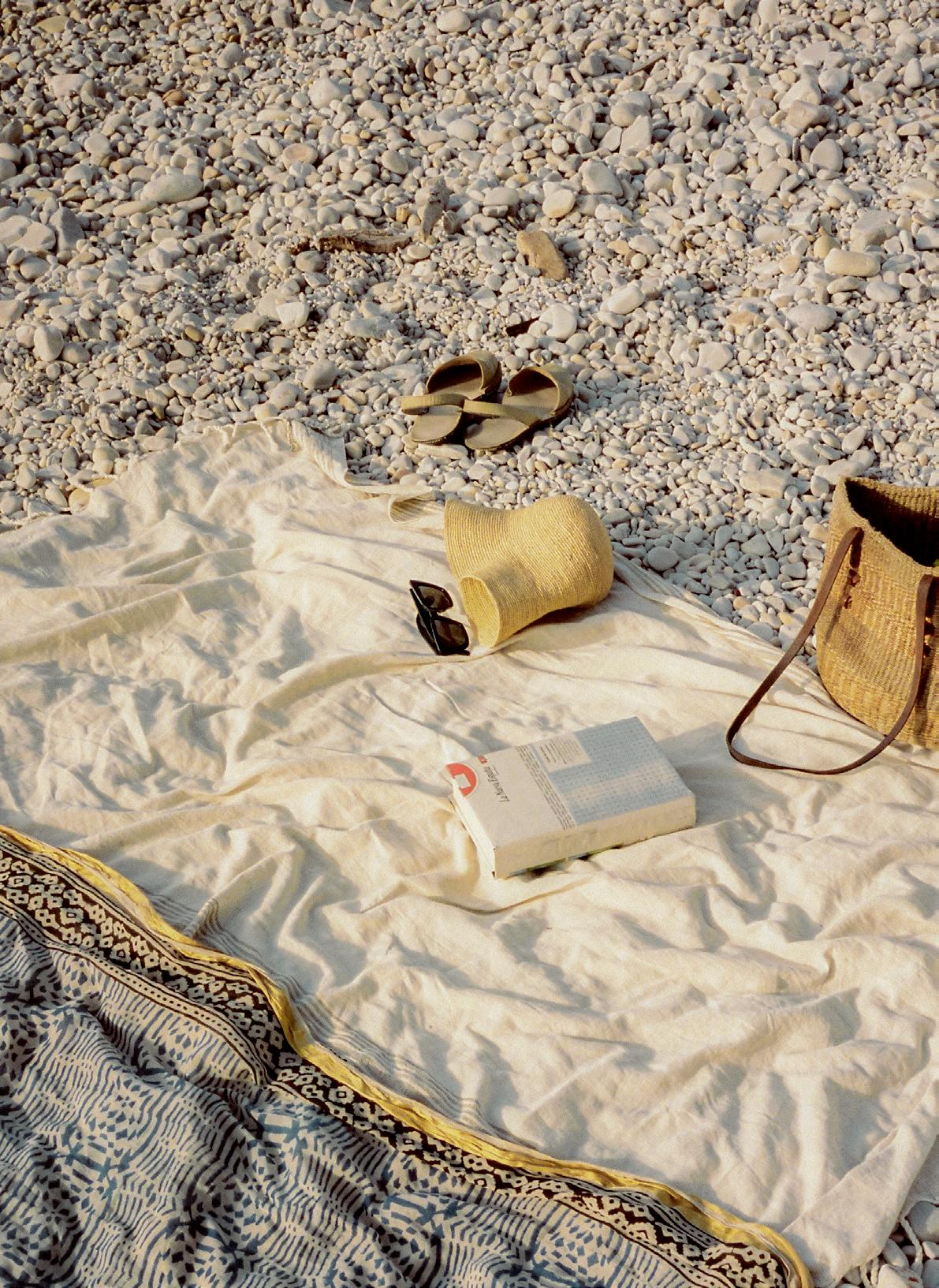

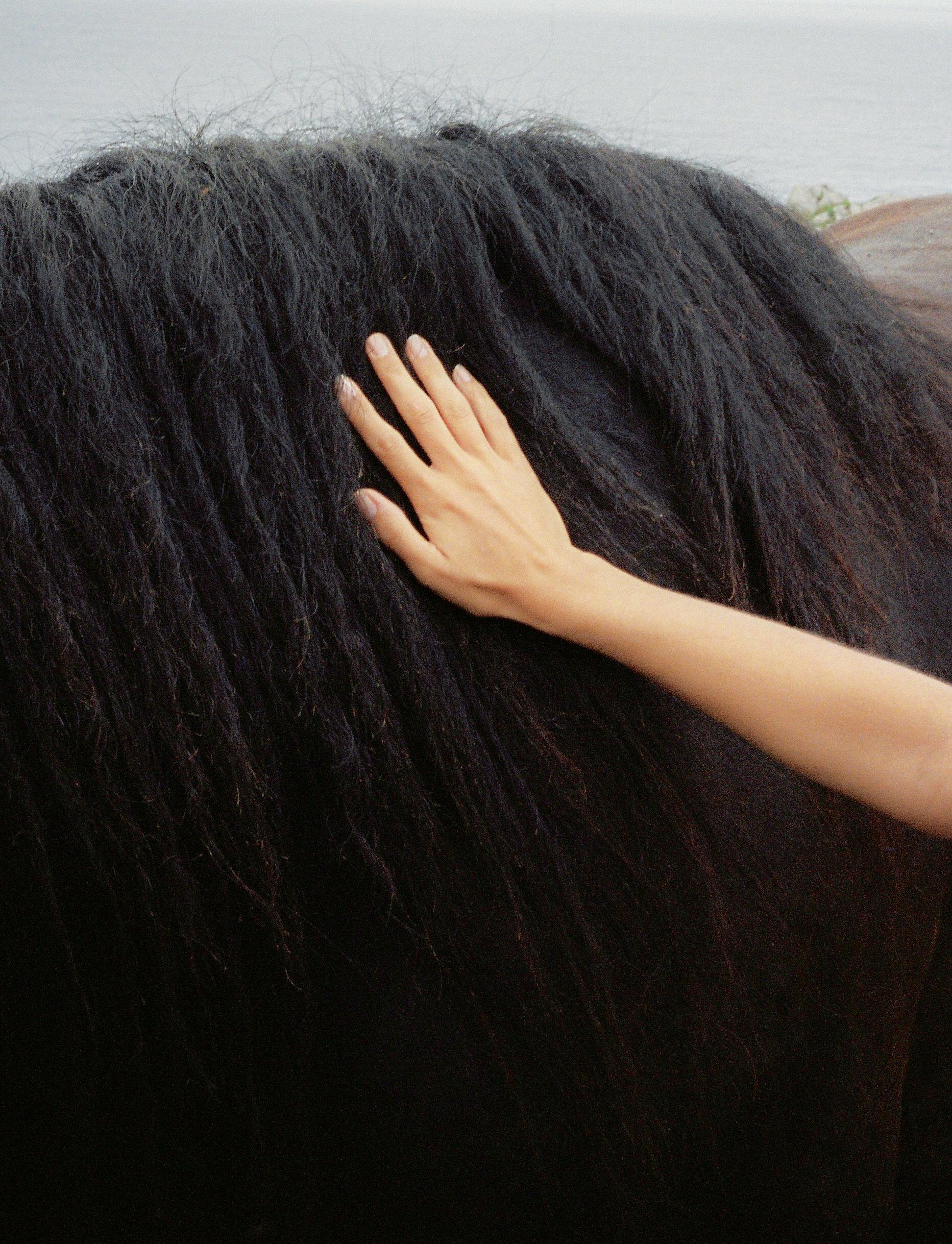
Our second night took us to El Corral del Indianu, another Michelin-starred gem helmed by chef Jose Antonio Campoviejo, where highlights included a starter of foie gras with passion fruit gel, a main course of wild boar with chestnut puree, and a pudding that combined chocolate, olive oil and sea salt in a way that defied logic but left us extremely happy.
Back at the ranch we dined on dishes like fabada asturiana, a hearty bean stew that felt like a hug in a bowl, and delicate fish straight from the Cantabrian Sea and cooked to perfection. A connection to the land and sea is at the heart of all the food we encountered.
No trip to Asturias is complete, we were told, without experiencing the local sidra tradition. We duly found ourselves in a bustling tapas bar in Cofino. The locals were friendly, the sidra flowed rather too freely, and the tapas were plentiful. We sampled everything from crispy calamari to spicy chorizo, while the sidra was poured in the traditional way, from a great height to aerate the beverage and enhance its flavour. It’s also extremely potent, so we were practically locals by last orders and I had (in my head, at least) mastered the pouring technique.
framed by dramatic cliffs and turquoise waters. You can see why discerning Spaniards come here for their holidays – zero tourist hordes, cheap and delicious food, a cooler summer climate and plenty of space to kick back and relax.
Sadly, we didn’t get to visit Oviedo, but it’s on the list for next time. The city is famed for its medieval old town, Gothic cathedral and vibrant cultural scene. There are a couple of impressive pre-Romanesque churches, among the oldest in Spain, and Oviedo is also the setting for part of Woody Allen’s film Vicky Cristina Barcelona , a testament to its cinematic allure. If it’s good enough for Penelope Cruz, count me in.
‘Asturias is a gastronomic paradise. We dined on dishes like fabada asturiana, a hearty bean stew that felt like a hug in a bowl.’
As our Big Short Break in Asturias drew to a close, I found myself reluctant to leave. This region, with its wild landscapes, rich culinary traditions and warmhearted people had lodged itself into my little black book of secret brilliant places. Whether you’re a seasoned walker, a foodie or simply in need of somewhere soulful, Asturias has something to offer. I know I’ll be back, drawn by the mystic allure of its mountains, its coast, and, of course, another glass of sidra. Until next time, adios.•
But Asturias is about more than mountains and magnificent food. Just a short (and slightly hungover) drive from the Picos de Europa, you find yourself on the stunning Atlantic coast. The seaside town of Llanes, with its charming old quarter and bustling harbour, provided a perfect counterpoint to our mountain adventures, and we managed a leisurely road trip. The beaches are hidden gems, their golden sands
Contact one of our Spain specialists on: +44 (0) 20 3911 5900
Oviedo

Salamanca
MADRID
Bilbao
Pamplona
Barcelona
Valencia
Alicante
Seville
Granada
CANARY ISLANDS

La Palma
Palma
BALEARIC ISLANDS
LIFE IS IN THE DETAIL
Why us?
Our expert Europe consultants, including Conde Nast Traveler Top Travel Specialist for Spain Harriet Harford, can help you get under the country’s skin, from Green Spain’s mountains and the Balearic Islands’ sun-soaked coasts to the wildly different cities.
Your Concierges
Spain is so deliciously diverse that we have multiple Concierges. On the mainland there’s Andalucian native Rafael who can arrange a flamenco lesson at the drop of a castanet. Cecilia, a proud Mallorcan, can advise on the best beaches or hiking trails across the Balearics. Finally, France is 100 per cent clued-up on the Canary Islands, and on hand to book last-minute surfing lessons or boat charters.
Fast Facts
• Size: 195,400 square miles
• Capital: Madrid
• Population: 47,900,000 (Nov ‘24)
• Density: 245 people/square mile
• Pick a Number: 17. The number of autonomous communities in Spain, including the ‘historical nationalities’ of the Basque Country, Catalonia and Galicia.
• When to Go: Spring and autumn are glorious. Specifics include Semana Siesta around Easter, and Las Fallas festival in Valencia in March.

One point of contact
Contact one of our Spain specialists on: +44 (0) 20 3911 5900
Suggested Itinerary

Tenerife
Days 1 - 4
Begin your adventure in Tenerife, enjoying wine tastings, walking on the volcanic trails of Mount Teide (Spain’s highest peak) and visiting charming villages


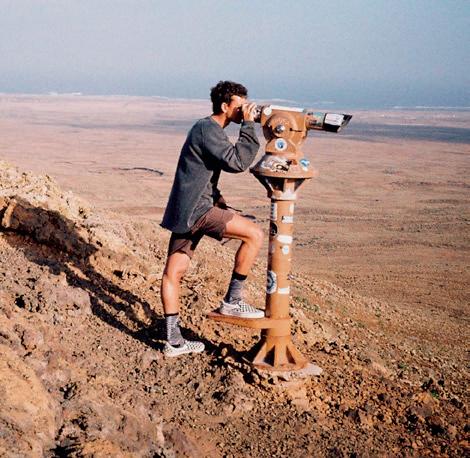
Palma
Days 5 - 7
Swap Tenerife for the tiny neighbouring island of La Palma a haven for nature lovers. Discover the island’s diverse ecosystems, from salt fields to lush forests, and enjoy a spot of stargazing at one of the world’s best observatories.

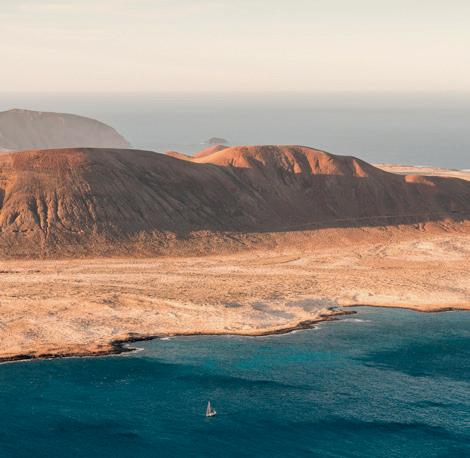
The Beach
Days 8 - 10
Enjoy some R&R in the shade of palm trees on the beautiful black-sand beach of Puerto Naos, and sample La Palman cuisine such as papa bonita, potato served with garlicky mojo sauce.
Read Don Quixote (1605, 1615), by Miguel de Cervantes, explores idealism versus reality as it chronicles the adventures of a deluded knight and his loyal squire. Stone-cold classic.
Watch Pedro Almodovar’s darkly comic Volver (2006) has a deep sense of Spanish identity and stars Penelope Cruz as a woman dealing with family secrets.
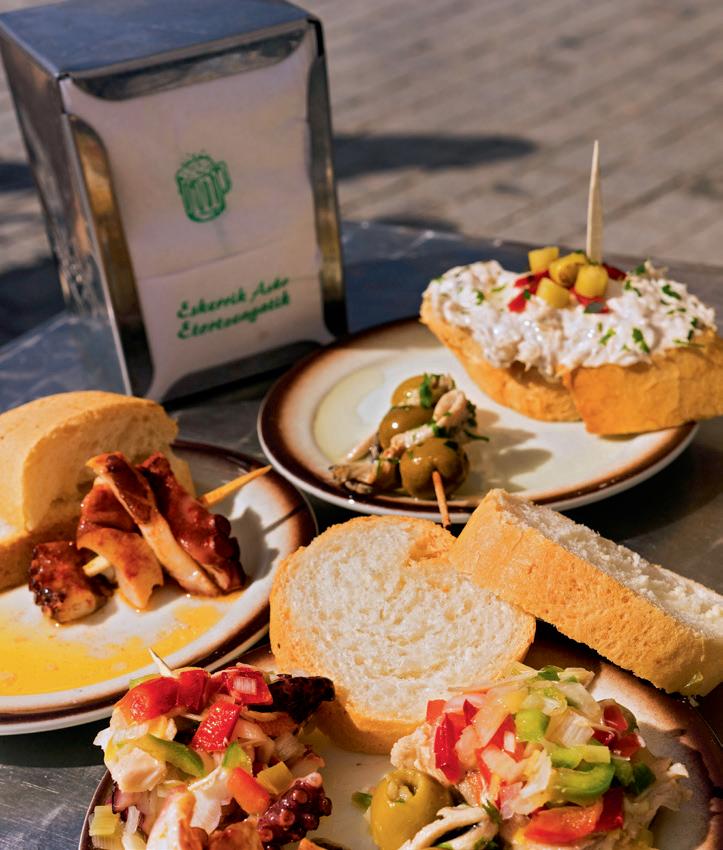

The Basques are a competitive bunch and the rivalry between San Sebastian’s txokos (gastronomic societies) has led to huge culinary innovation in the region. Join one of these secretive groups as they prepare a spectacular local lunch.
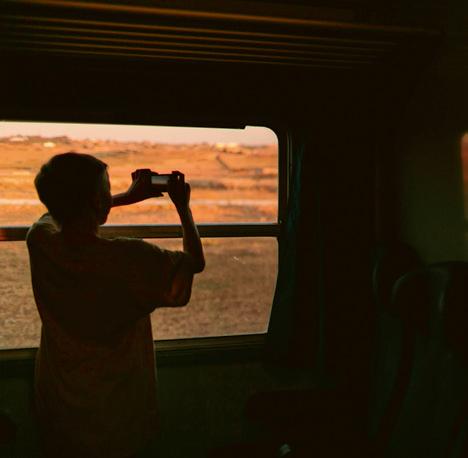
Seville
Days 1 - 3
Explore glorious Seville on foot and by bike. Visit the cathedral with its one-time minaret, the Giralda bell tower, stunning Moorish Alcazar palace; then watch flamenco and eat sensational tapas..
Listen Paco de Lucia is widely regarded as the greatest flamenco guitarist of all time, famed for his ability to blend traditional flamenco with other genres like jazz.
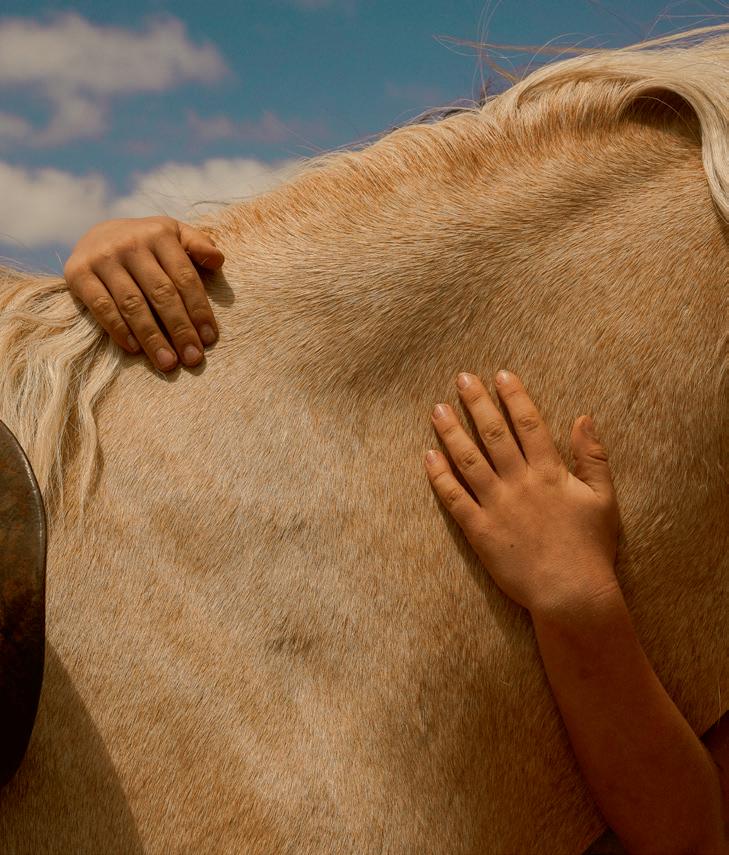

Under an hour from Seville, explore the breathtaking beauty of Donana National Park on horseback. Ride out on a steed matched to your experience through pristine dunes, lush wetlands and pine forests, spotting wildlife like flamingos and deer.
Suggested Itinerary
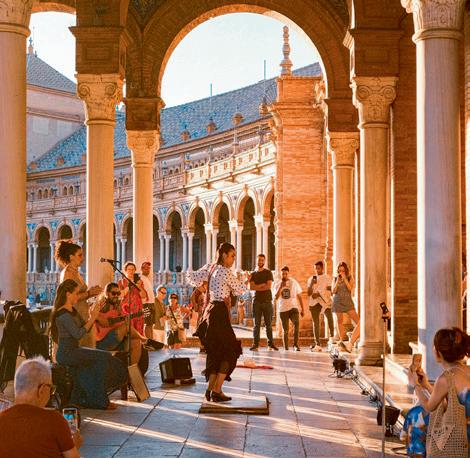

Days 4 - 5
Take the train to Cordoba for more Moorish influence in the form of the astonishing double arches of the eighth-century Mezquita mosque, itself built on a Roman temple.

Sleep
Stay in one of the paradors (hotels built in restored castles, monasteries and palaces) for stunning architecture and exceptional regional cuisine.
Eat
Outside Valencia, the family-run L’Establiment has perfected paella. Their version with rabbit, chicken and fresh green beans, seasoned with saffron, is sensational.
Discover
Superstar contemporary art dealers Hauser & Wirth’s gallery in Menorca, sitting pretty on a beautiful island in Mahon harbour, is a must for modern art lovers.
In our humble opinion, the Thyssen-Bornemisza museum is the jewel in Madrid’s glittering art crown. Enjoy a guided tour of the collection themed to your interests.

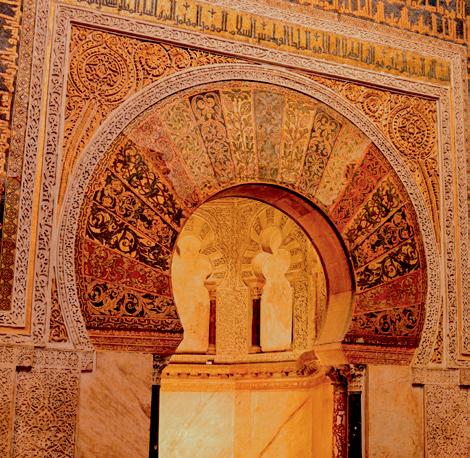
Days 6 - 7
Rail your way to Granada and stroll the old town before tackling the Alhambra, one of the finest examples of Islamic architecture, and its fountain-filled Generalife gardens, with an expert guide.
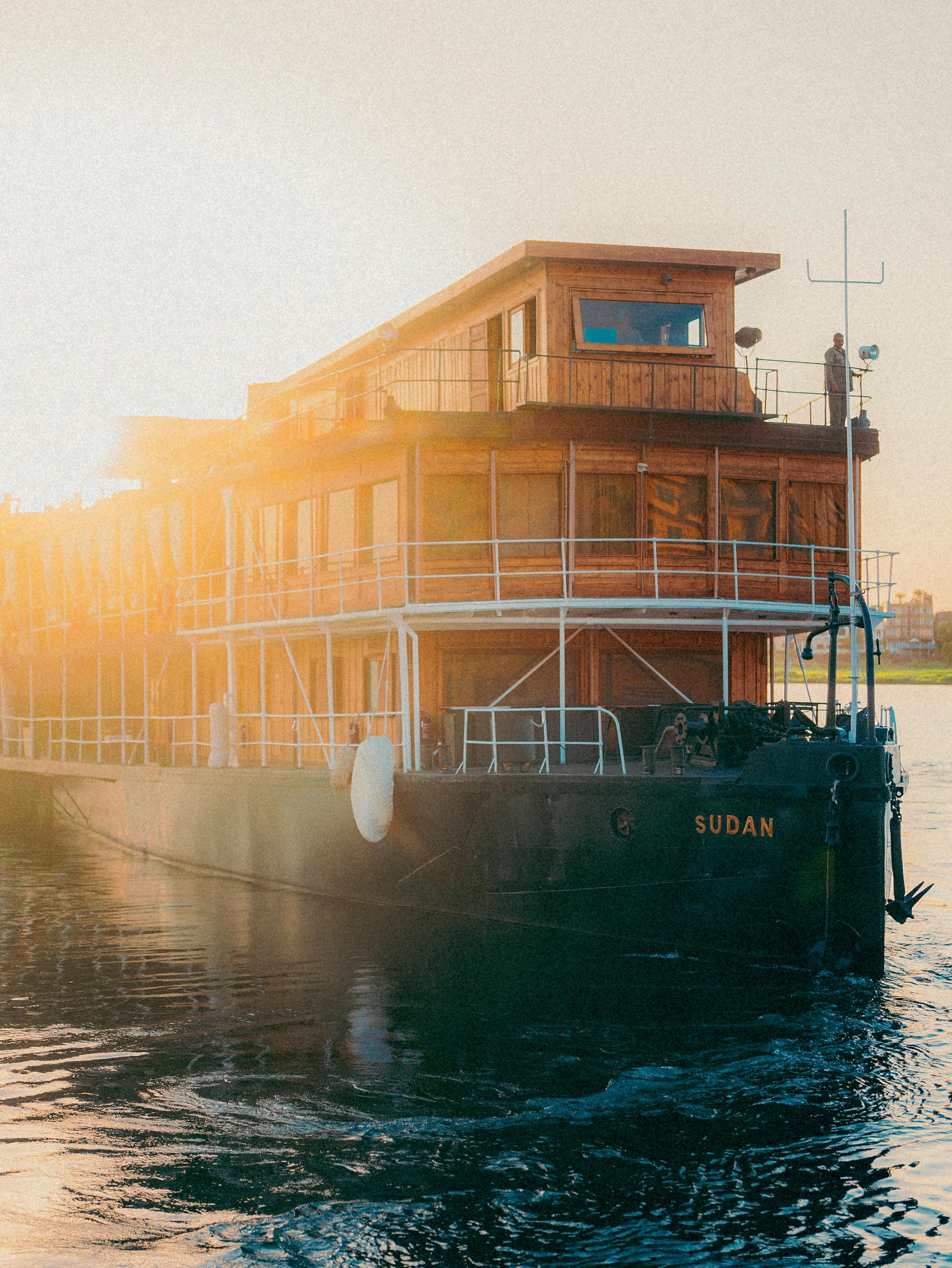
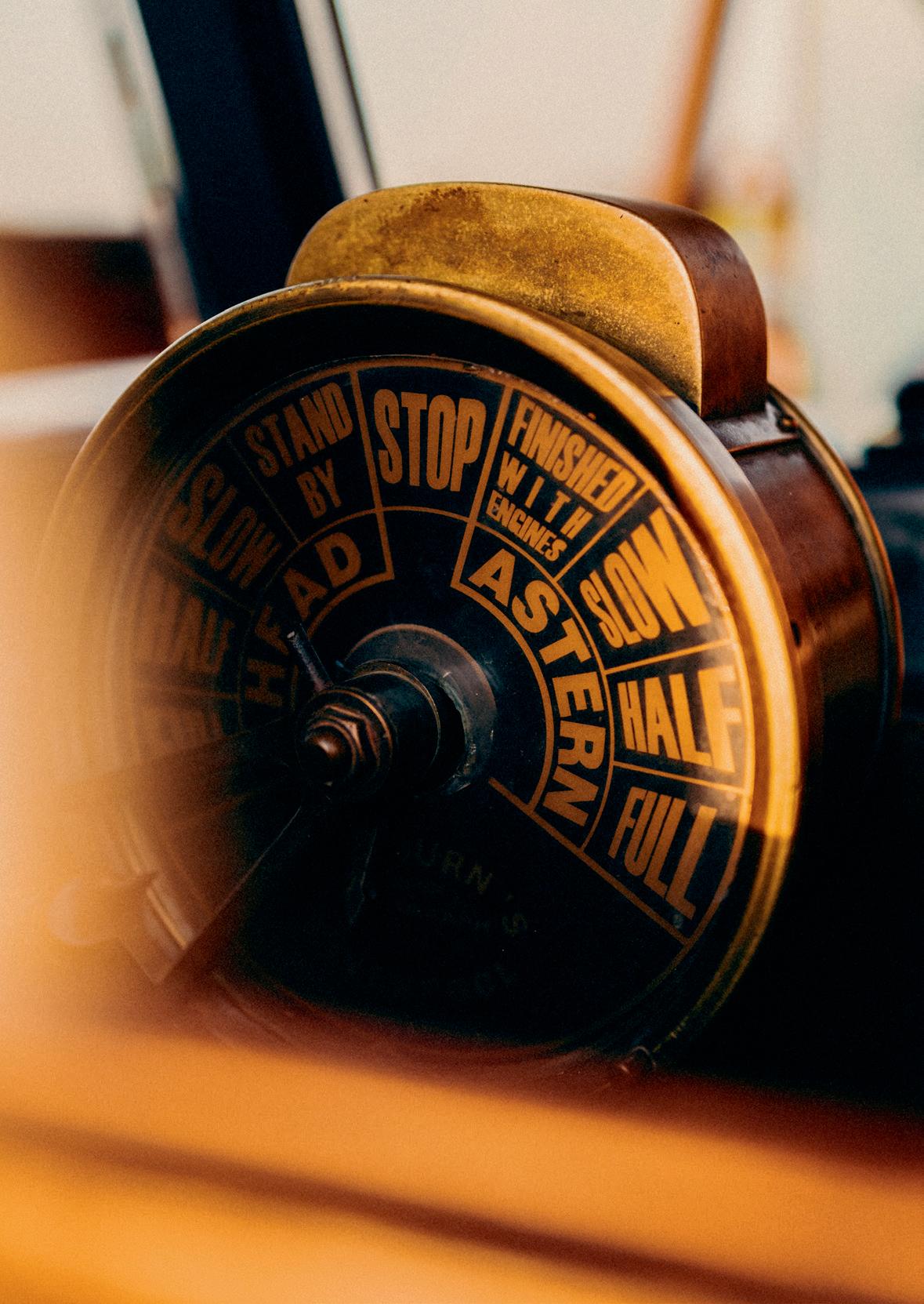
We own two of the most iconic boats on the Nile, the venerable paddle steamer Steam Ship Sudan and the elegant dahabieh sailing boat the Flaneuse du Nil. Step on board for a slice of time travel.
written by TOM BARBER, ELLA MAWSON and BAPTISTE BRIAND
(from separate trips) by
By Tom Barber

There are certain types of trips that sit squarely in the pantheon of travel experiences. An African safari would be one, the Rome city break, the family beach holiday... and I would add, without question, a Nile cruise. In fact, I’d go one detail deeper: a Nile cruise aboard the sublime Steam Ship Sudan
The stretch of the Nile between Luxor and Aswan is home to some of the most remarkable sites in antiquity, from the Valleys of the Kings and Queens to the vast temples of Karnak, Edfu, Kom Ombo and Philae. Choose to cruise on the venerable Steam Ship Sudan and the immersion in history continues back onboard. Whether enjoying evening drinks served by
Covering over 200 acres, the Karnak temple complex is one of the largest sacred sites in the world. Don’t miss the main temple, dedicated to Amun-Ra (the sun god), the Great Hypostyle Hall and the famous Avenue of the Sphinxes.


Built under Amenophis III and extended under Ramesses II, the Temple of Luxor is Egypt’s most elegant pharaonic building. As you walk through the Great Colonnade Hall, gaze up at the 20ft-high columns – there are 28 in total.
fez-sporting stewards or watching the banks of the Nile drift lazily by, a cruise on Steam Ship Sudan is a genuine slice of time travel.
This magnificent paddle steamer was launched in the 1920s and is today the only remaining steamer from Thomas Cook’s fleet that plied the waters of the Nile between Luxor and Aswan during the so-called Golden Age of Travel. Here’s the history bit. In 1869, the opening of the Suez Canal was an economic boon both for Europe’s navies and for Egypt. In their quest for luxury in exotic surroundings, Europe’s aristocracy found the ideal winter destination on the banks of the Nile. Ten years earlier, Thomas Cook had had the brilliant idea of offering his fellow Brits guided tours through Europe, travelling by train and steamboat. And in
1860, Thomas Cook & Son proposed its first ‘Nile Tour’ on board a boat hired from Khedive (viceroy) Ismael. The trip was a success, and Cook duly obtained a concession from the khedive for tourist trips south of Aswan.
Two events then turbocharged the success of the Cook family. In 1876, Egypt went bankrupt and became, essentially, a FrancoBritish protectorate. Great Britain was guaranteed control of the Suez Canal and so sealed her domination of the country. For Western tourists, this made Egypt the closest and safest Oriental destination. These favourable circumstances were then supplemented by the viceroy’s decision, in 1880, to grant Thomas Cook & Son the concession for all riverine traffic. Four years later, the fleet was requisitioned to conduct
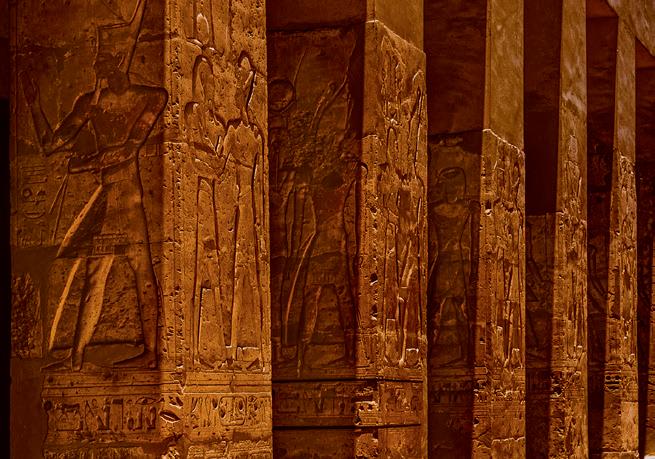
The Temple of Seti I in Abydos has remarkably well-preserved bas-reliefs, rich with colour and symbolism, with many scenes depicting Seti I’s role as pharaoh and divine representative.
Tour the Valley of the Kings, where you’ll find hypogea (underground tombs) belonging to pharaohs of the New Empire, as well as the Valley of the Queens where the royal wives are buried, and the Valley of the Nobles.
Wake up bright and early for a visit to the holy city of Abydos. It’s one of Egypt’s oldest and most significant archaeological sites and is associated with Osiris, god of the afterlife.
This ancient temple, dedicated to Hathor – goddess of love, joy, fertility and music – is one of the best examples of Ptolemaic and Roman-era temple architecture in Egypt. Admire the richly decorated chapels, Hathor-headed columns and rooftop views of the Nile.
Britain’s punitive Sudan military campaign. The steamers came back severely damaged, and Cook seized the opportunity to build his own fleet. In 1885, construction of a new flotilla of steamers began in Scotland. The vessels would be transported in kit form and assembled in Cairo. The Prince Abbas , the Prince Mohammed Ali , the Tewfik , and the two Ramesses were first-class steamers carrying up to 80 people. Their dimensions were comfortable for the passengers, but they were unable to navigate the rapids of Aswan. On 10th December 1902, this last obstacle was removed with the inauguration of the old Aswan Dam with its system of locks.
Thomas Cook had made his dream a reality: in two decades, he had made voyaging on the Nile affordable for many more

travellers. By charging moderate prices, he had opened up the river, soon known as ‘Cook’s canal’, to the British middle classes. Until then this trip had been the preserve of an elite – that of the private clubs of Cairo, who sailed on privately chartered dahabiehs (sailing barges). Not surprisingly, this population of diplomats, officers and intellectuals did not always look with a benevolent eye on the development of mass tourism. ‘The temple of Osiris is invaded by a crowd, talking loudly in English. I think I heard the clink of glasses and cutlery,’ complained the French writer Pierre Loti in 1910.
But criticism did not prevent the expansion of the Cook empire. A new series of firstclass steamers came into being: the Egypt in 1907, the Arabia in 1911 and then the Sudan in 1921. Propelled by triple-expansion
engines, this new flotilla of faster vessels was designed to replace the Ramesses boats. The return voyage from Cairo to Aswan was reduced to 20 days, compared to 50 on a dahabieh
On board this latest generation of steamers, the clientele were pampered like Cleopatras. After visiting an archaeological site on donkey-back, the ladies would meet in the saloons of the Sudan for a game of cards. In the bow, a saloon opening onto the Nile was dedicated to watercolour painting. Meanwhile, gentlemen explorers gathered in the smoking room, where mature whiskies and ports were served. The upper deck consisted of small suites with private bathrooms, the lower deck of cabins communicating along shady gangways.
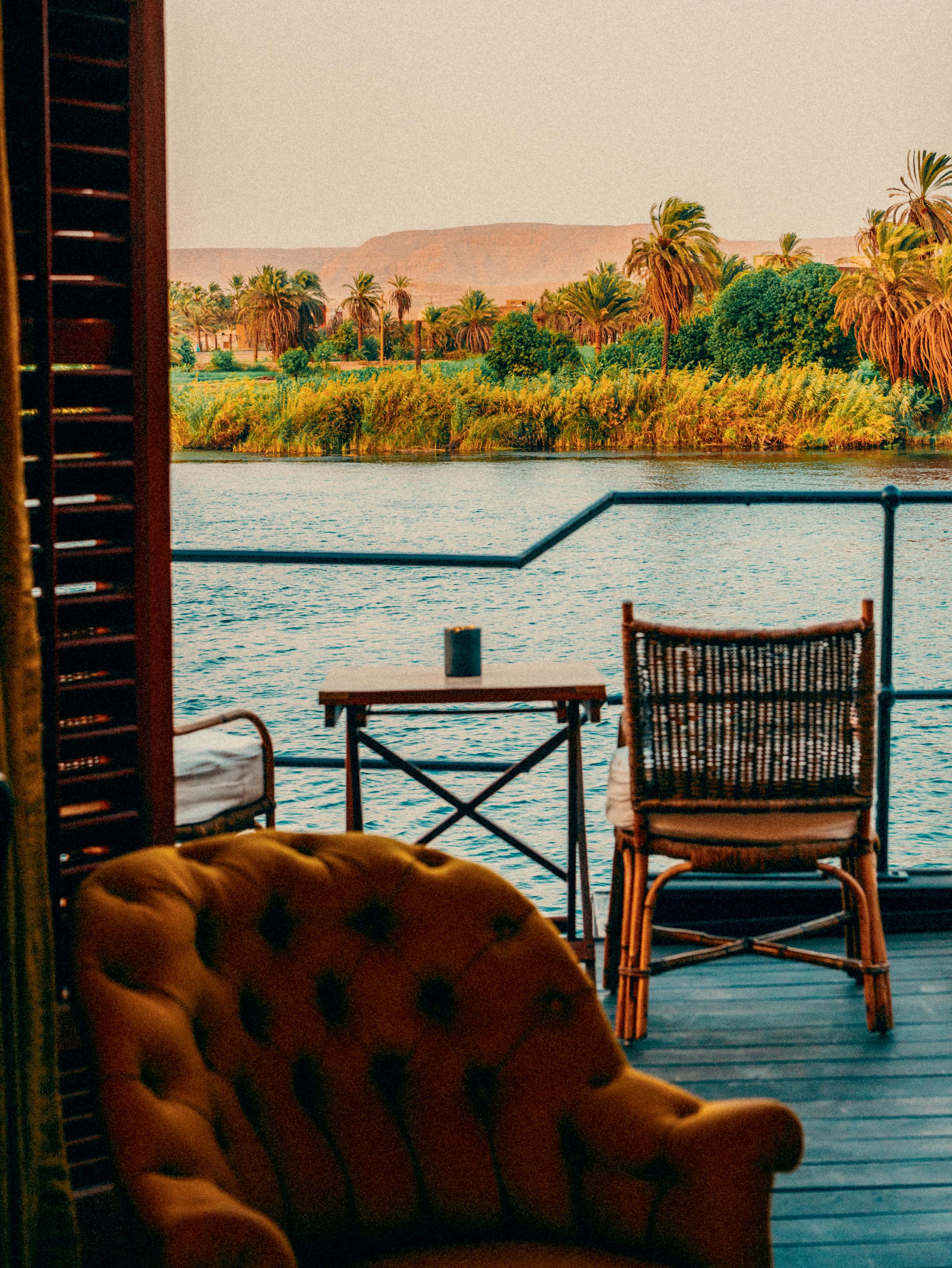
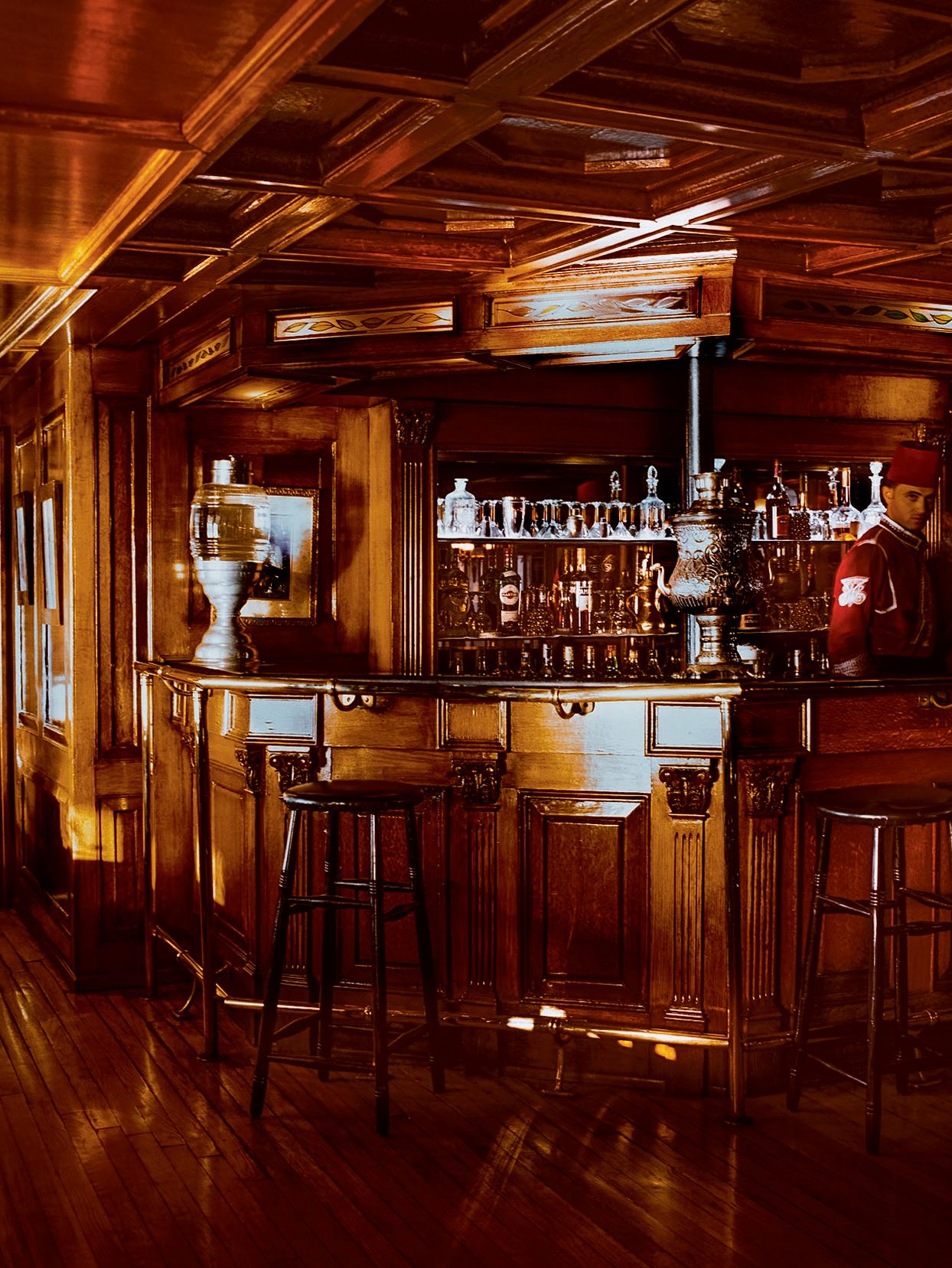
Despite the tragic interlude of the Great War and the end of the British protectorate (1922), the golden age of the steamers continued for nearly 20 years, until the Second World War sounded the death knell for tourism in the East. The whole fleet was consigned to dock and slowly foundered. The Sudan, once queen of the Nile, became a forgotten relic. At the dawn of the 21st century, the ship was restored by an Egyptian shipowner, before passing into the hands of Voyageurs du Monde, our parent company, who undertook her total renovation.
Saved from the grave, the sole survivor of the Cook flotilla now represents one of the closest approximations to time travel anywhere in the world. Step onboard and you are transported back to the 1930s, ushered by elegant, liveried staff to your immaculate cabin, replete with cast iron beds, lacquered furniture and vintage mercury mirrors. On deck, lean on mahogany guard rails polished so assiduously that they
gleam in the sunlight; you almost expect Agatha Christie to walk past, as she did when she and her husband were passengers on Steam Ship Sudan in 1933. The trip so inspired her that Death on the Nile appeared four years later.
On my particular voyage, I was accompanied by my mother, a few months after my stepfather’s death. Any holiday taken by an adult child and their parent should be a genuinely cathartic bonding experience, regardless of circumstance, but being on board the Sudan at that moment was particularly special. The crew, many of whom have been with the boat since her renaissance two decades ago, welcomed us (and, to be fair, all the other passengers) into the bosom of the family.
Amir Attia, the ship’s Director once memorably described as ‘half man, half honey’, took my mother under his wing.
Ashraf, the maitre d’ known universally as ‘Omar Sharif’ for his uncanny resemblance to the matinee idol, was equally attentive. But it wasn’t just the ‘front of house’ staff who were wonderful. Chief Engineer Ahmed, always in overalls with wrench in hand, showed us around the astonishing engine room where all the original pistons, built on the Clyde in Glasgow’s shipbuilding heyday, were gliding away in perfect unison. I’m no engineer, but the engine room tour was an unexpected highlight and Ahmed’s evident pride in ‘his’ boat was infectious.
Simply being on board the Steam Ship Sudan is so amazing an experience that the stops and sites could almost be incidental; except we’re talking about Egypt here, and some of the most remarkable sites in antiquity. In the five days of the cruise, you visit many of the world’s most awe-inspiring archaeological areas, including the vast
Enjoy a languid lunch onboard the steamship before heading for the Esna Lock, which has been in operation since 1906 and helps connect the northern and southern sections of the Nile.

This morning you’ll explore the Temple of Edfu, one of the best preserved in Egypt and dedicated to the falcon-headed god Horus, his wife Hathor and his son Harsomtous.
Located between Luxor and Aswan, Edfu marks the halfway point of your voyage along the ‘mother river’. Arrive in time for a delicious dinner on board, then head to your cabin and let the lapping Nile rock you to sleep.

Set on a hill overlooking the Nile, Kom Ombo is one of Egypt’s most interesting temples. Dedicated to two divinities – Horus, the Falcon God, and Sobek, the Crocodile God –Kom Ombo has two symmetrical entrances, sanctuaries and sets of reliefs; one for each deity. Don’t miss the mummified crocodiles.
Nab a lounger on the teak deck and watch the banks of the Nile drift by with an iced hibiscus tea in hand. Around sunset, you’ll dock at Kom Ombo where you’ll catch your first golden glimpse of its temple just a few steps away.
complex of Karnak in Luxor with its towering 3,300-year-old columns, and the wondrous temple at Philae, moved stone by monumental stone to an island above the waterline when the Aswan Dam created Lake Nasser. All are subtly different, and all explained with great verve and clarity by your guide, because explaining a civilisation that lasted for over 3,000 years isn't easy.
On the subject of guides, they are, as you would expect, outstanding; fluent in English and deeply knowledgeable about Egyptian history. You have the same guide – in our case Hasan – throughout your voyage, and they soon intuit your specific interests and adapt the tours accordingly. It’s safe to say that Hasan was probably the best guide I’ve ever had anywhere, lovingly explaining the difference between the hieroglyphs and architecture of the Middle and Lower Kingdom eras
and often taking us off the beaten path to see a particular detail such as millennia-old priestly graffiti at Edfu temple.
But it’s often the moments between temple tours that prove the most memorable. Settle down on Steam Ship Sudan’s top deck, mint tea (or something stronger) in hand, and watch the banks of the Nile slip by. Children bringing oxen down to the water’s edge to drink; pied kingfishers darting across the dark water; fishermen casting their nets from small wooden boats; triangular-sailed feluccas gliding past; it is an unhurried glimpse of a lifestyle virtually unchanged in centuries; another type of time travel. Still not sure about whether you should visit Egypt? You’re clearly in ‘deNile’. •
Contact one of our Egypt specialists on: +44 (0) 20 3911 5900
The final stop on the voyage is the city of Aswan, which marks the beginning of the Nubian region, with a more distinctly African than Near Eastern feel. With the Sahara Desert on the western bank and giant granite boulders in the river, this is the perfect disembarkation point, home to bustling souqs, the Unfinished Obelisk and the Great Mosque.

Philae Temple is famous for its beautifully preserved hieroglyphics, grand architecture and scenic setting on Agilkia Island. The entire complex was relocated to its current location in the 1960s to save it from flooding after the construction of the Aswan High Dam.
Forming part of the city of Aswan and inhabited since ancient times, Elephantine Island is steeped in history. It was once an important military and trading post, and its harbour was one of the earliest in Egypt.
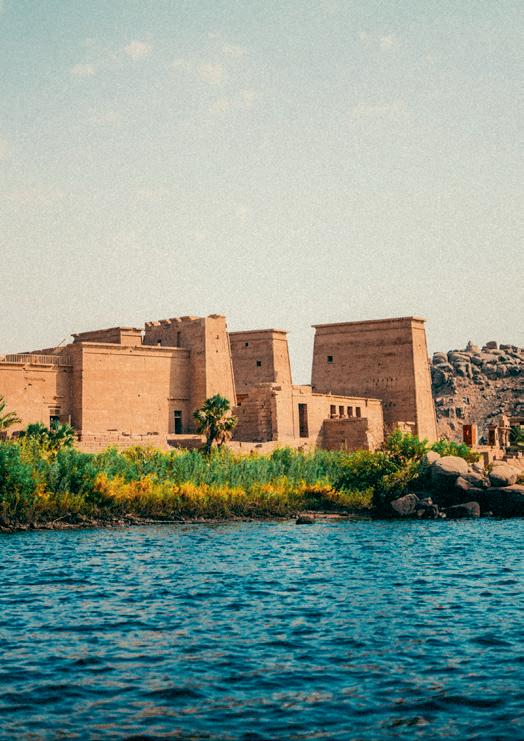
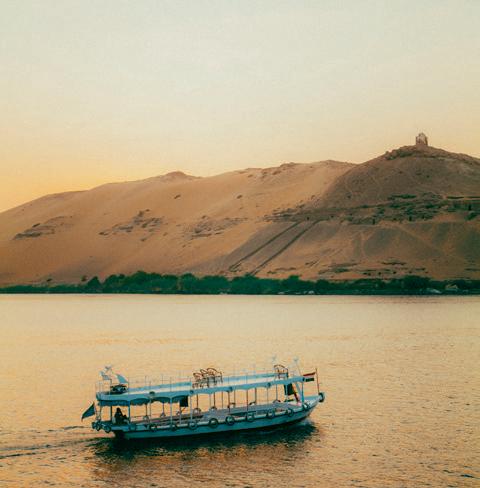
By Ella Mawson
Sit for any length of time on the banks of the Nile, Egypt’s mystical mother river, and you’ll see all manner of boats drift by. Fish-laden canoes, slow-moving feluccas under sail, contemporary cruise ships. If you’re really lucky, you’ll spot the Flaneuse du Nil
Designed as a replica of the flat-bottomed dahabiyas that have sailed the Nile since the time of the Pharaohs, the Flaneuse is one of the most elegant boats on the river. The cruise began from Aswan, and as I walked along the gangplank I was welcomed by the captain, Sameh, who radiated a Stanley Tucci-esque charm. He introduced us to the crew – among them Mizo and Sami, who I soon learned were from nearby Nubian villages and had been working on the boat for many years.
Then it was time for the grand tour. I promptly fell in love with the stylishly symmetrical design: two masts, two lateen sails, two decks (the bottom houses the seven cabins, the top a breezy open-air sun deck) and two curving wooden staircases connecting them. At 100 feet long, Flaneuse is around the size of a blue whale, but just a fraction of the size of the larger cruise ships, some of which have as many as 50 cabins on board. This is where its magic lies.
Thanks to her petite proportions and shallow draft, the Flaneuse can reach some of Egypt’s smaller moorings and lesser-visited sites, among them Gebel el-Silsila. This ancient quarry, which supplied the sandstone for many of Egypt’s most famous temple complexes (including Karnak, Luxor and Kom Ombo), offers a fascinating peek behind the curtain of these architectural and archaeological wonders. Our private guide Ahmed, who was with us for the duration of the cruise, showed us tombs and tunnelled out rock where horse reins were once tied. Best of all were the chisel marks in the stone, so clearly defined they could have been made yesterday, not 4,000 years ago.
Even better? Aside from a handful of friendly guards and a white-bearded archaeologist from an active dig nearby, we had the site entirely to ourselves – a rare treat in such a well-visited country. If we hadn’t experienced the same thing the day before, at Kom Ombo, I would have chalked it up to chance; but two crowd-free sites in two days? It felt like too much of a coincidence.
And I soon learned that the timing of these visits wasn’t coincidental at all, but entirely by design. Drawing on their local knowledge,
the crew meticulously plan the itinerary to arrive at the temples and tombs when they’re at their quietest. Years before, on a family trip to Egypt, I’d trudged around Kom Ombo with our tour group on a lunchtime visit, seeking shelter from the scorching sun and staying out of the way of selfie-stick-wielding tourists, and had completely missed its magic. This time, with the site practically to ourselves, it was like seeing the temple for the first time.
It’s not your typical temple either. Kom Ombo is dedicated to not one but two gods: Sobek, the crocodile god, and Horus, the falcon-headed god. And to honour this divine duo, the temple, much like the Flaneuse , has a satisfyingly symmetrical design, with twin entrances, halls, sanctuaries and courts. Ahmed drew our attention to details we would otherwise have missed, from hieroglyphics detailing religious rituals and royal decrees to reliefs depicting surgical instruments (he explained that in ancient times, the temple contained a sanitorium where people sought cures from the temple priests). His knowledge of the ancient world was truly staggering and the stories he shared brought history to life before our very eyes.


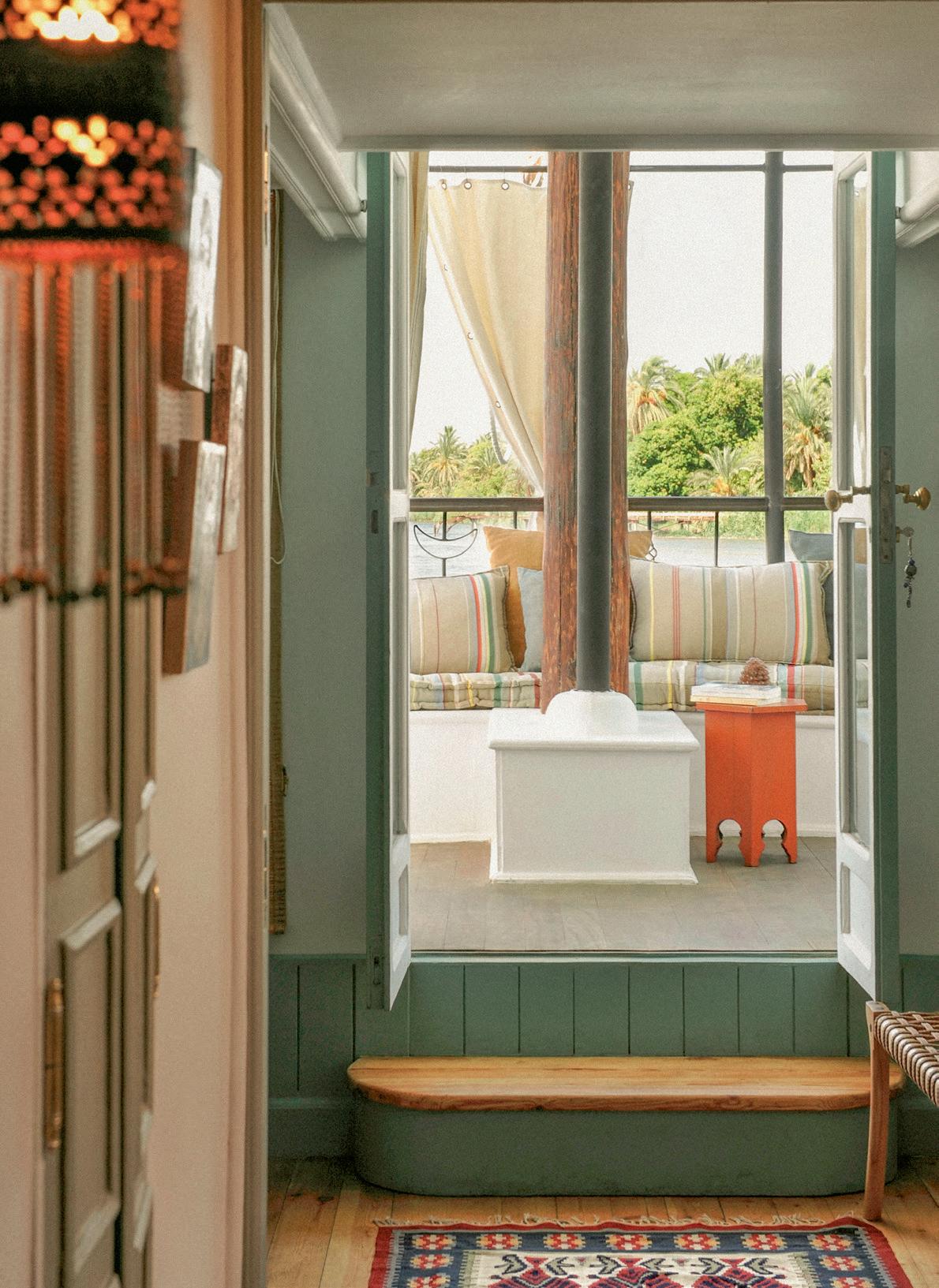
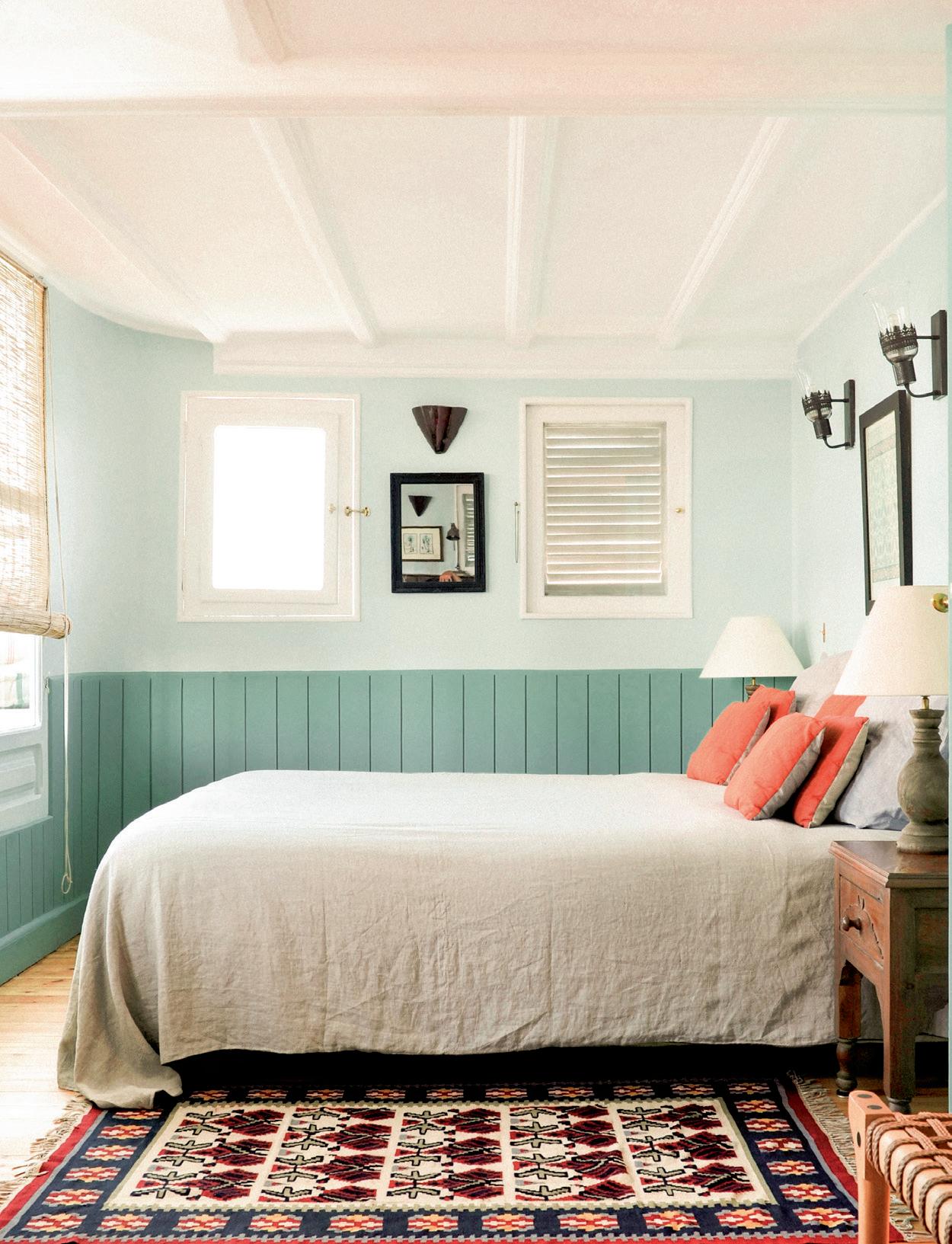
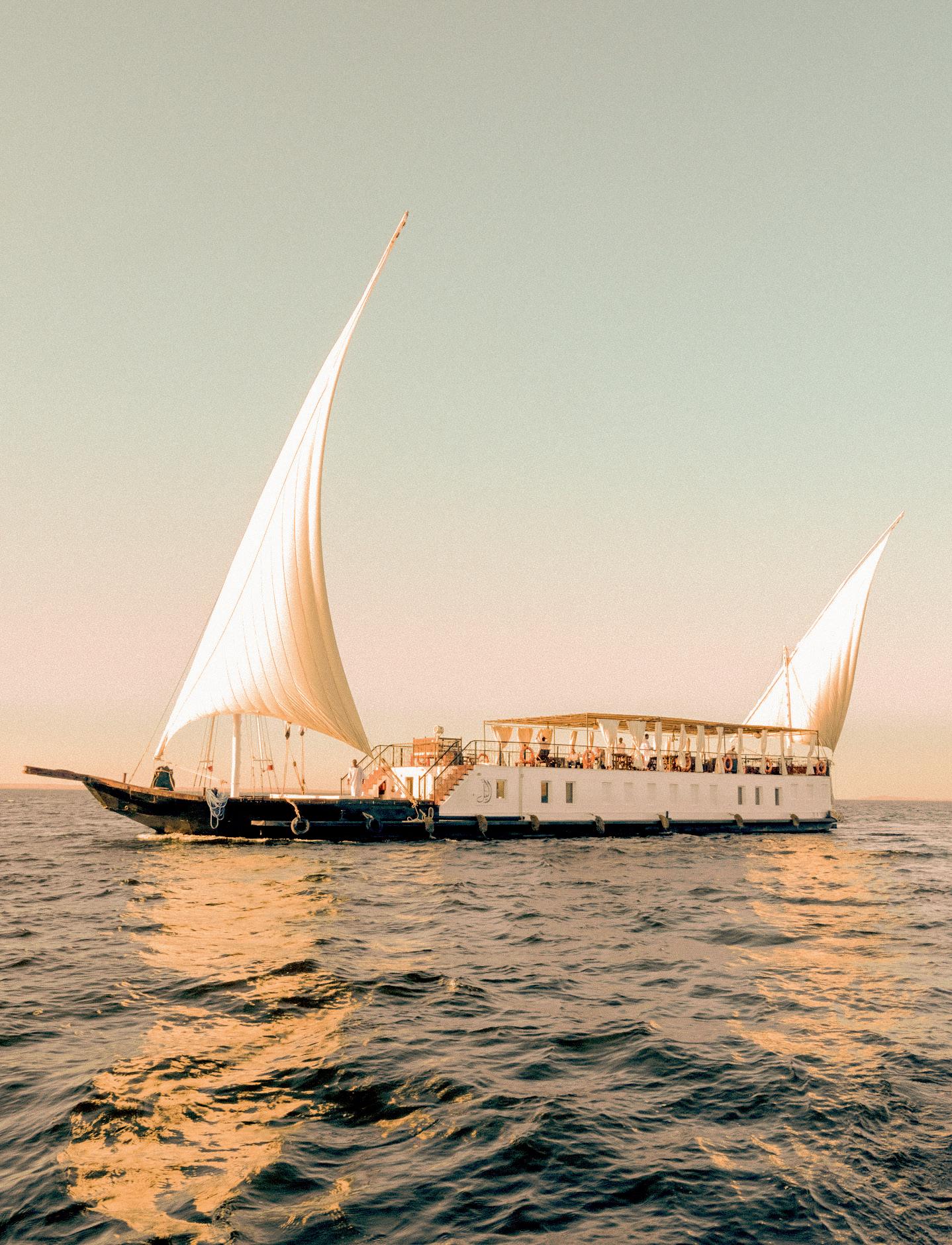
Kom Ombo also has a small museum on site, displaying some very big artefacts: mummified crocodiles. These fearsome creatures were revered as gods by the ancients, and when you come face to snout with the largest one on display (it’s a whopping 14 feet long) it’s easy to understand why.
As we left the museum, we discovered the one downside of being the sole tourists: we were also the only targets for the local children who made a beeline for us, armed with woven bracelets, papaya bookmarks and an arsenal of English phrases – ‘Hey lady’, ‘very good price’. We didn’t mind. In fact, it was a timely reminder that although Egypt is famous for its ancient history, it’s very much a living, breathing country. People here work hard and I had nothing but respect for the young entrepreneurs who accompanied us all the way to the boat.
We were welcomed back onboard with refreshing hibiscus tea and cool jasmine-scented flannels. Then it was off to my cabin for a quick refresh while lunch was being prepared. The cabins are old-world oases – think antique furnishings, pristine bed linens, hand-woven carpets and white wooden shutters. And fittingly, they’re
named after famous oases like Farafra (in the Western Desert) and Fayoum (in the Sahara). The most handsome cabin of all is the Siwa Suite, at the stern, which comes with its own private terrace complete with fluttering drapes and panoramic Nile views.
We enjoyed lunch on the sundeck. Like every meal onboard, it was a spread fit for a Pharoah, with freshly baked baledi bread, flaky feteer pastries stuffed with cheese and a smoky serving of baba ghanoush . As we feasted, we enjoyed ever-changing views of the Nile. On our journey from Aswan to Esna, we saw children splashing in the water, farmers working in the fields and even a wedding party dancing onboard a small motorboat. My favourite spot to watch the scenes unfold was from one of the shaded linen sofas where I regularly retreated with a cold drink (essential in the heat) and a book soon rendered redundant because I couldn’t take my eyes off the Nile.
The most magical moment onboard was when the crew unfurled the sails. On the shorter cruises (three days rather than six), the Flaneuse is pulled by a tugboat for efficiency. But for an hour or so we enjoyed the tranquillity of being propelled by wind
power alone. In another nod to sustainability, all of Flaneuse's electricity needs are now met by discreetly arrayed solar panels, meaning you can cruise with a clear conscience.
On the final day of the voyage, I took up my spot on the linen sofa and savoured the final few hours of sailing. With sunset approaching, the banks of the Nile looked like they’d been drizzled with honey and the spiky palm trees formed inky silhouettes against the orange-streaked sky. It felt like moving through a painting and I was immediately struck with an intense longing to return to Egypt one day, to this very spot, to experience the magic of the Nile once again. •
Contact one of our Egypt specialists on: +44 (0) 20 3911 5900
photostory by Jackie Cole
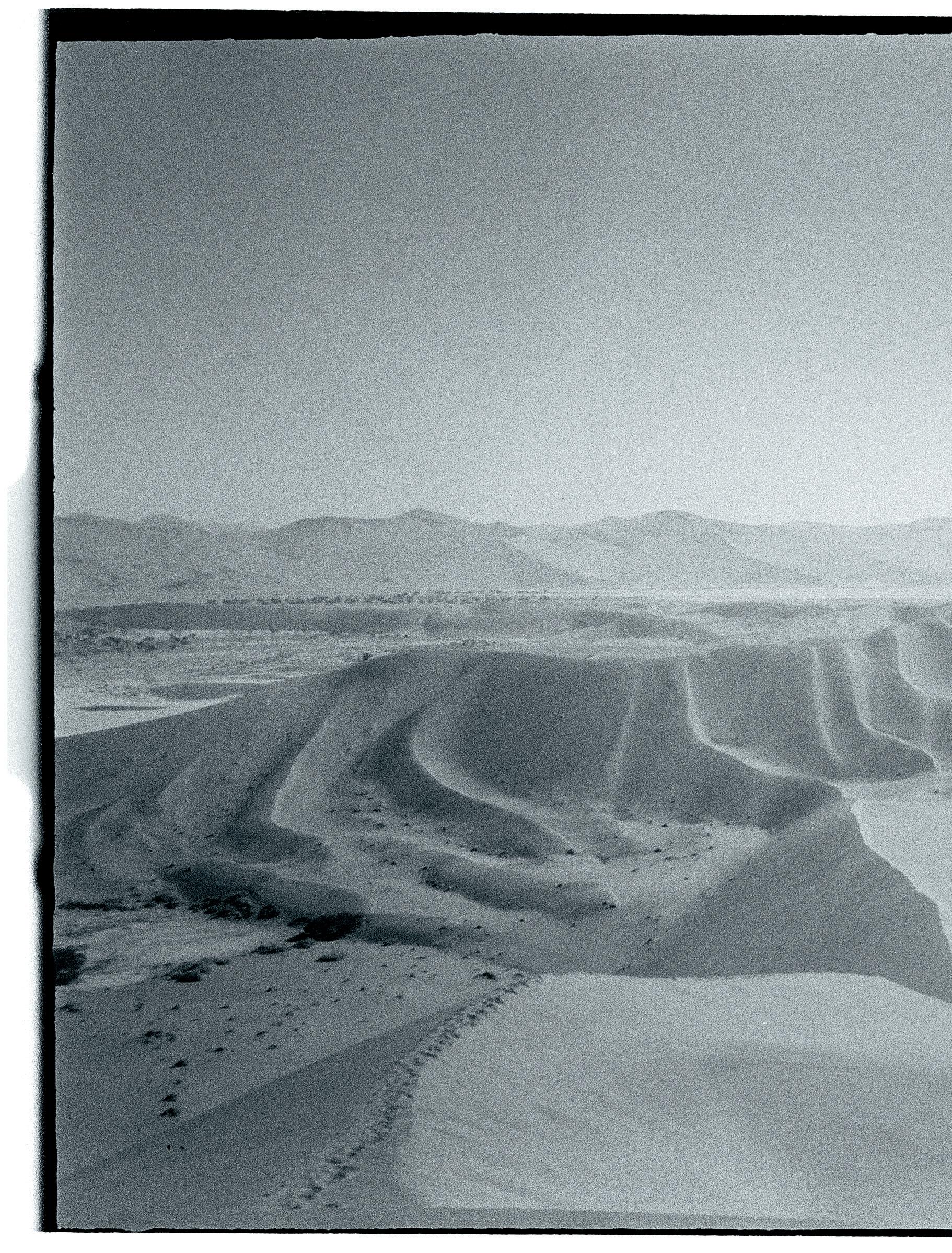
Namibia offers a safari experience like no other. While the country is home to iconic African wildlife like elephants, rhinos and big cats – often with intriguing desert adaptations – it also has breathtaking natural landscapes every bit as spectacular as their four-legged inhabitants. This is a country of endless horizons, with surreal red dunes in the NamibRand Nature Reserve in the Namib Desert, the hauntingly beautiful Skeleton Coast and the rugged mountains of Damaraland. Here, a safari isn’t just about spotting animals; it’s a journey through vast, pristine terrains that make you feel as though you’re on another planet. Embark on a ‘landscape safari’ in Namibia and you’ll see nature in its grandest, purest form.


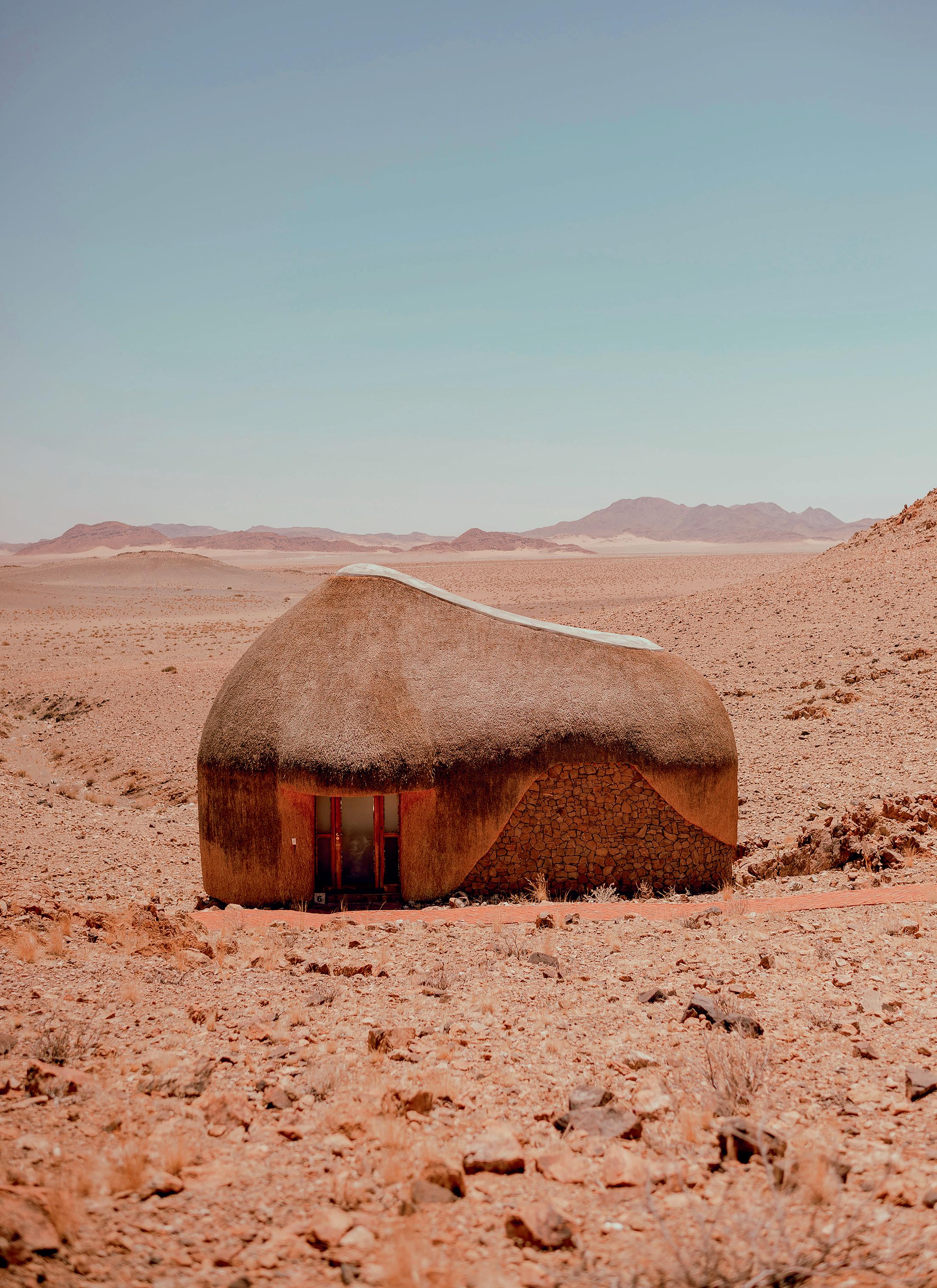
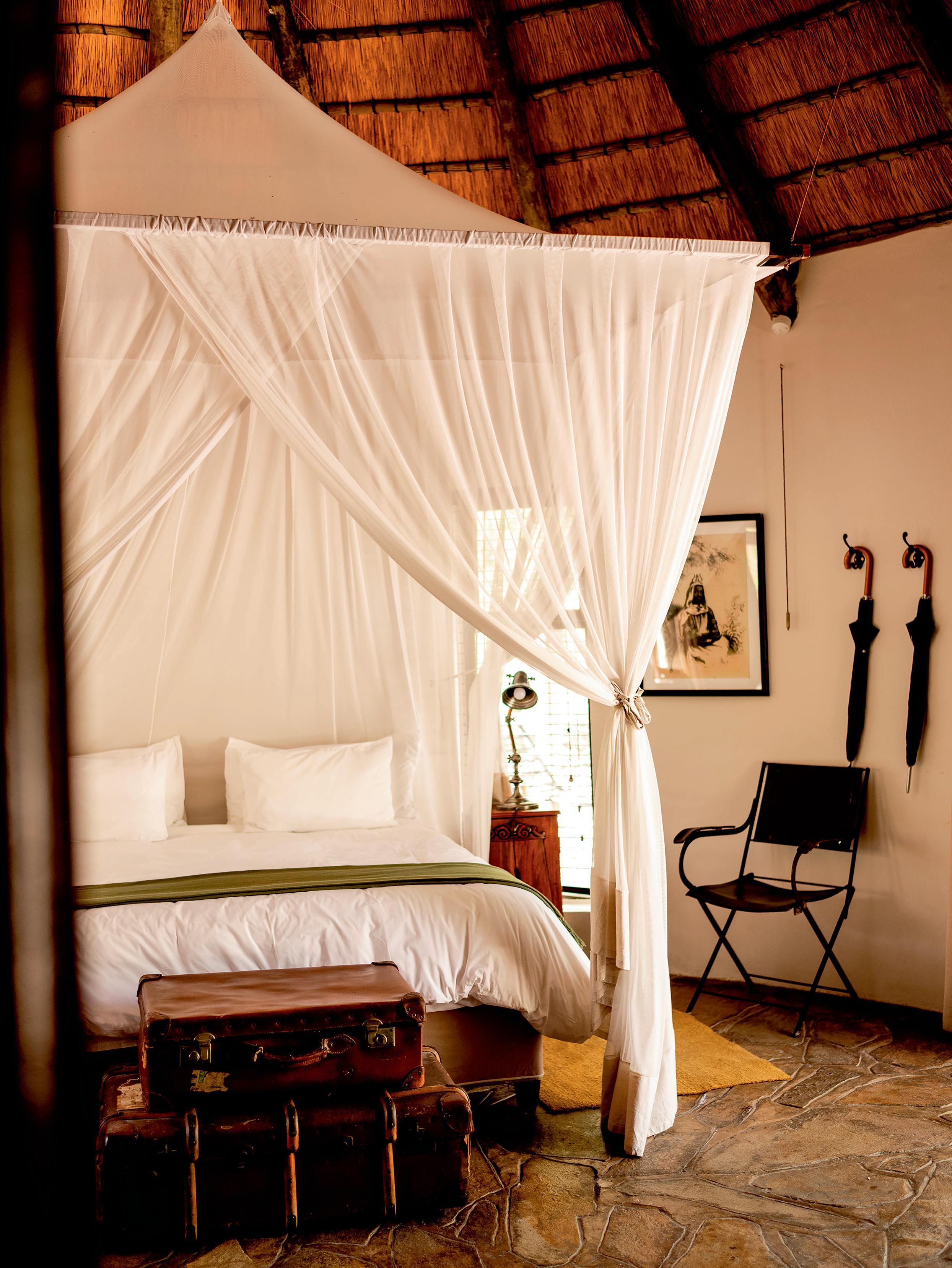
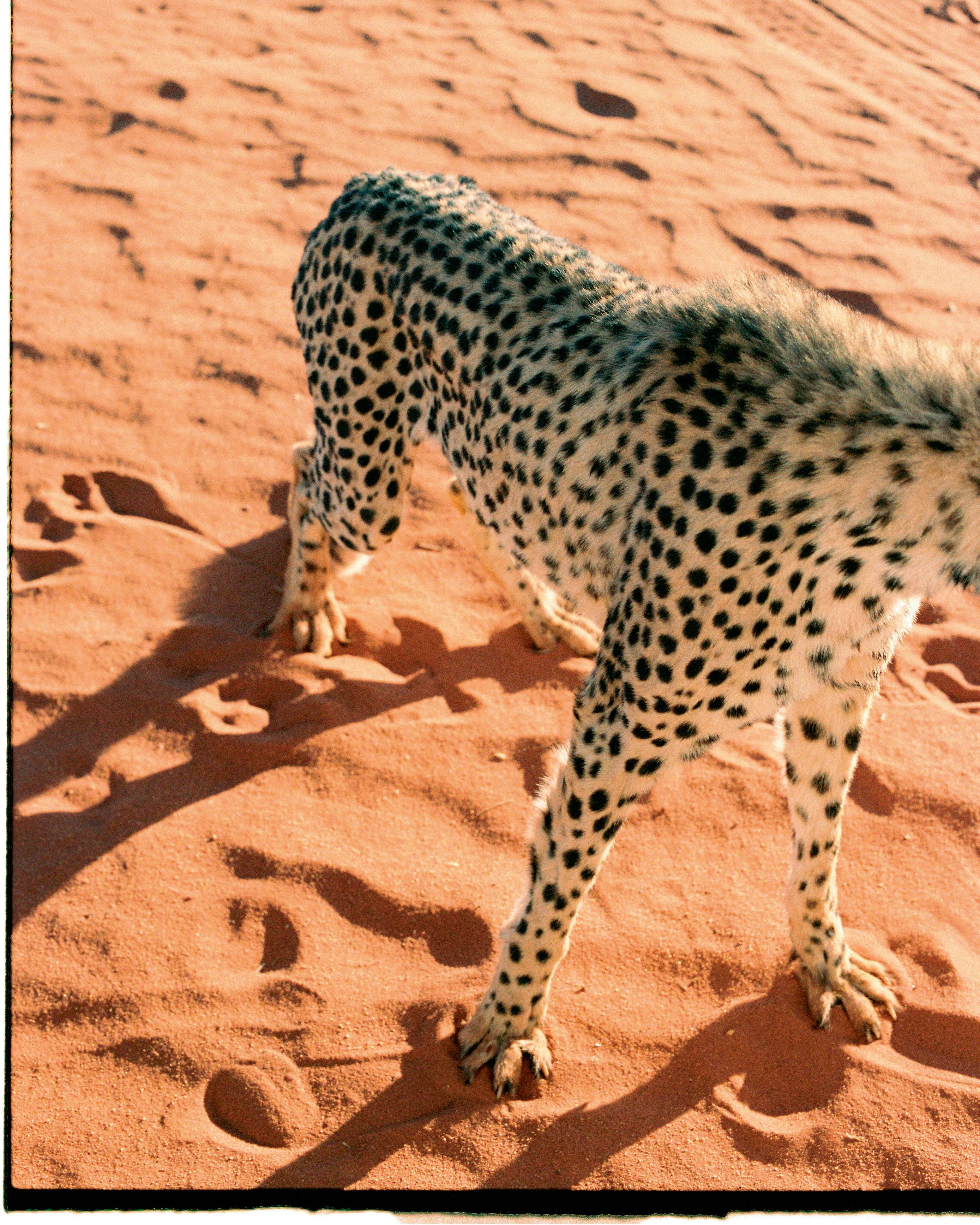
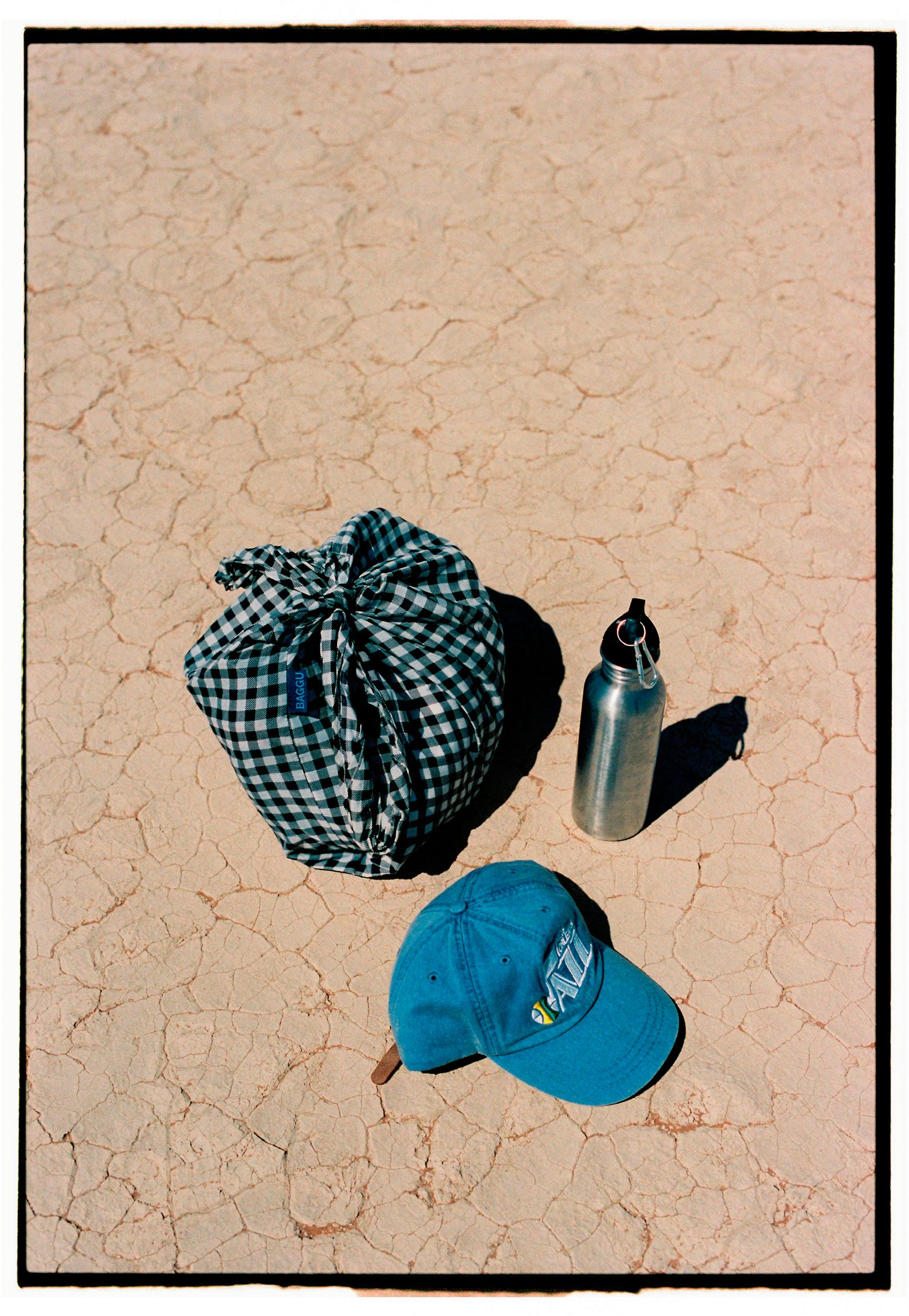
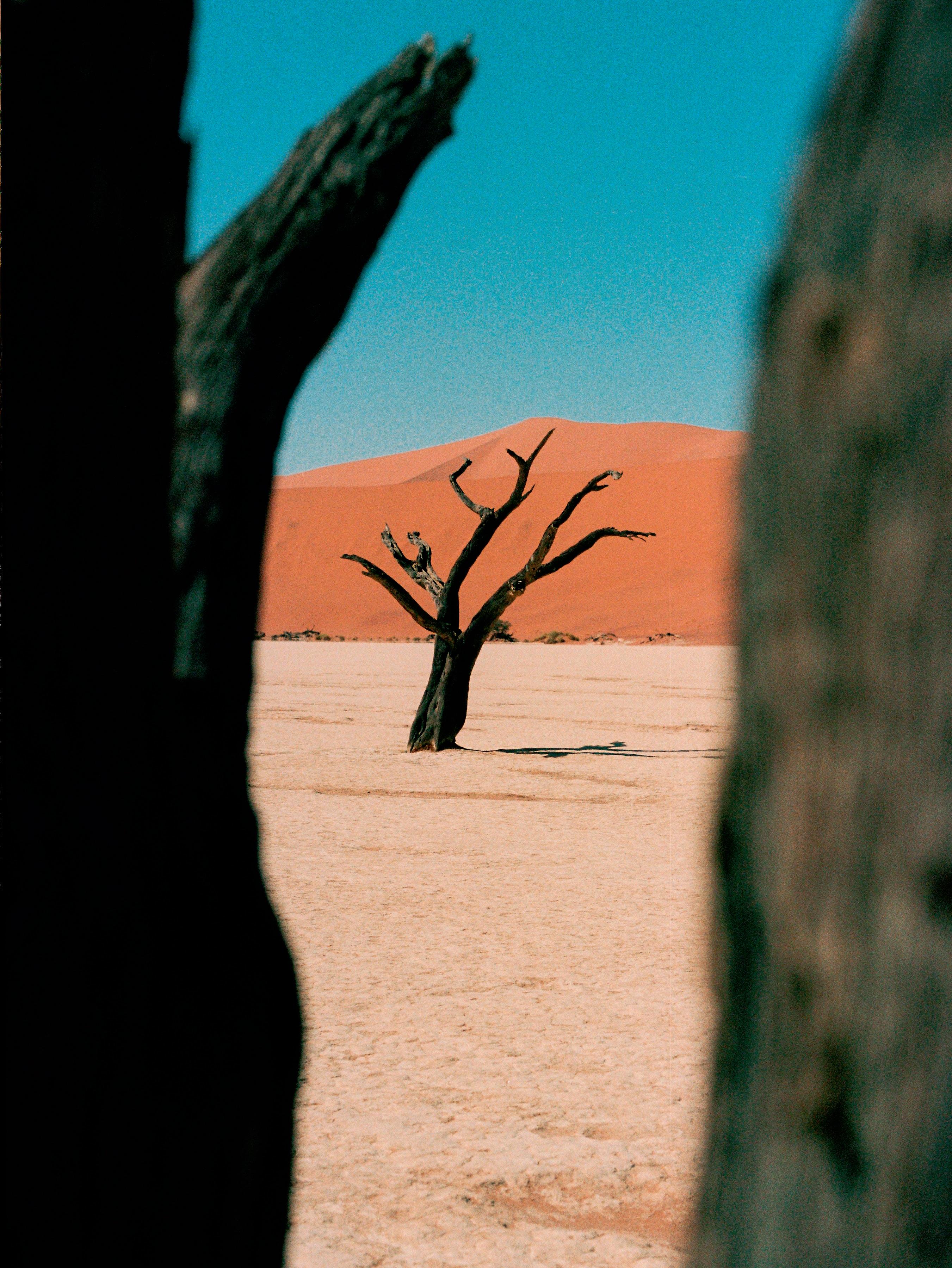
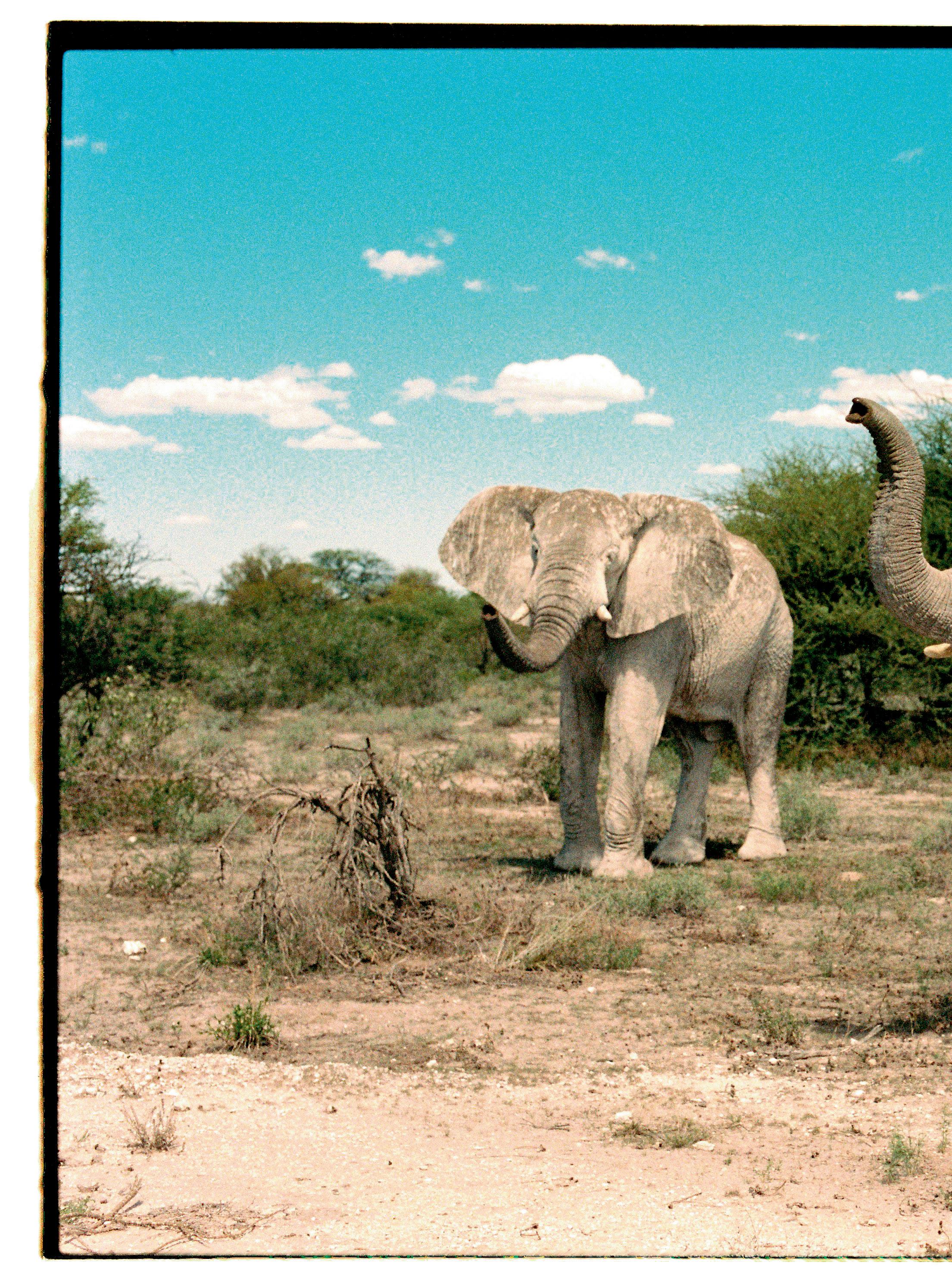
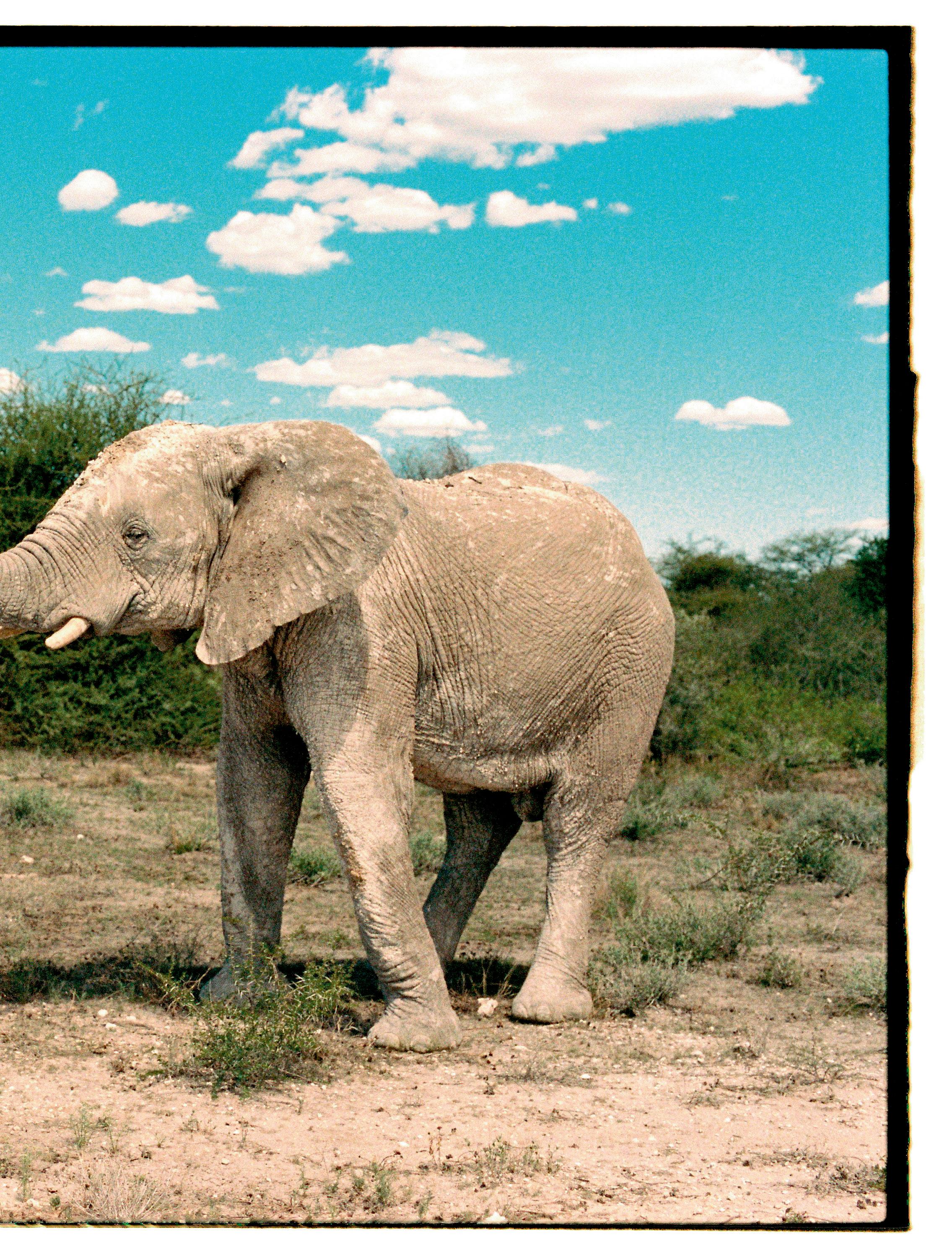
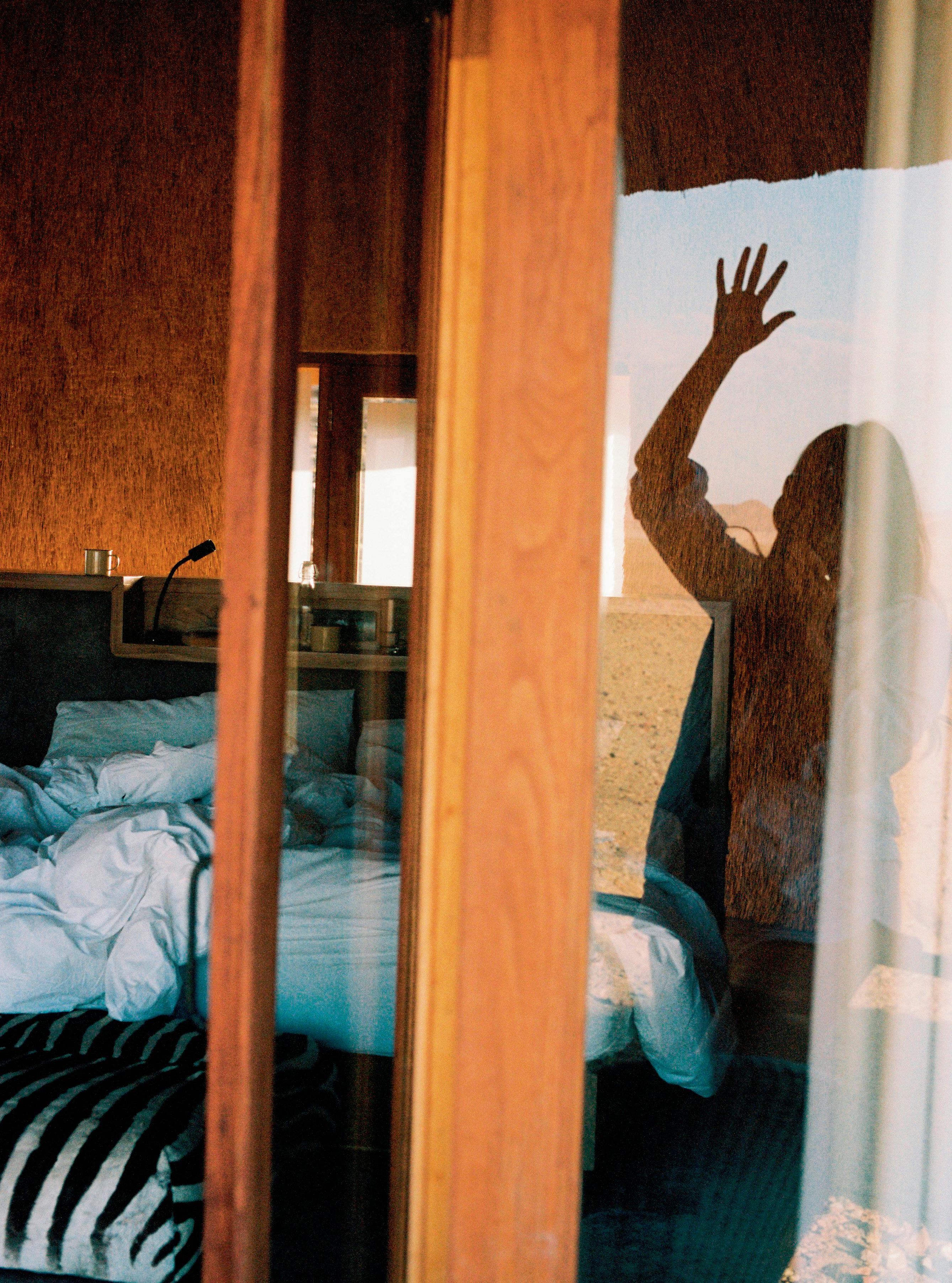
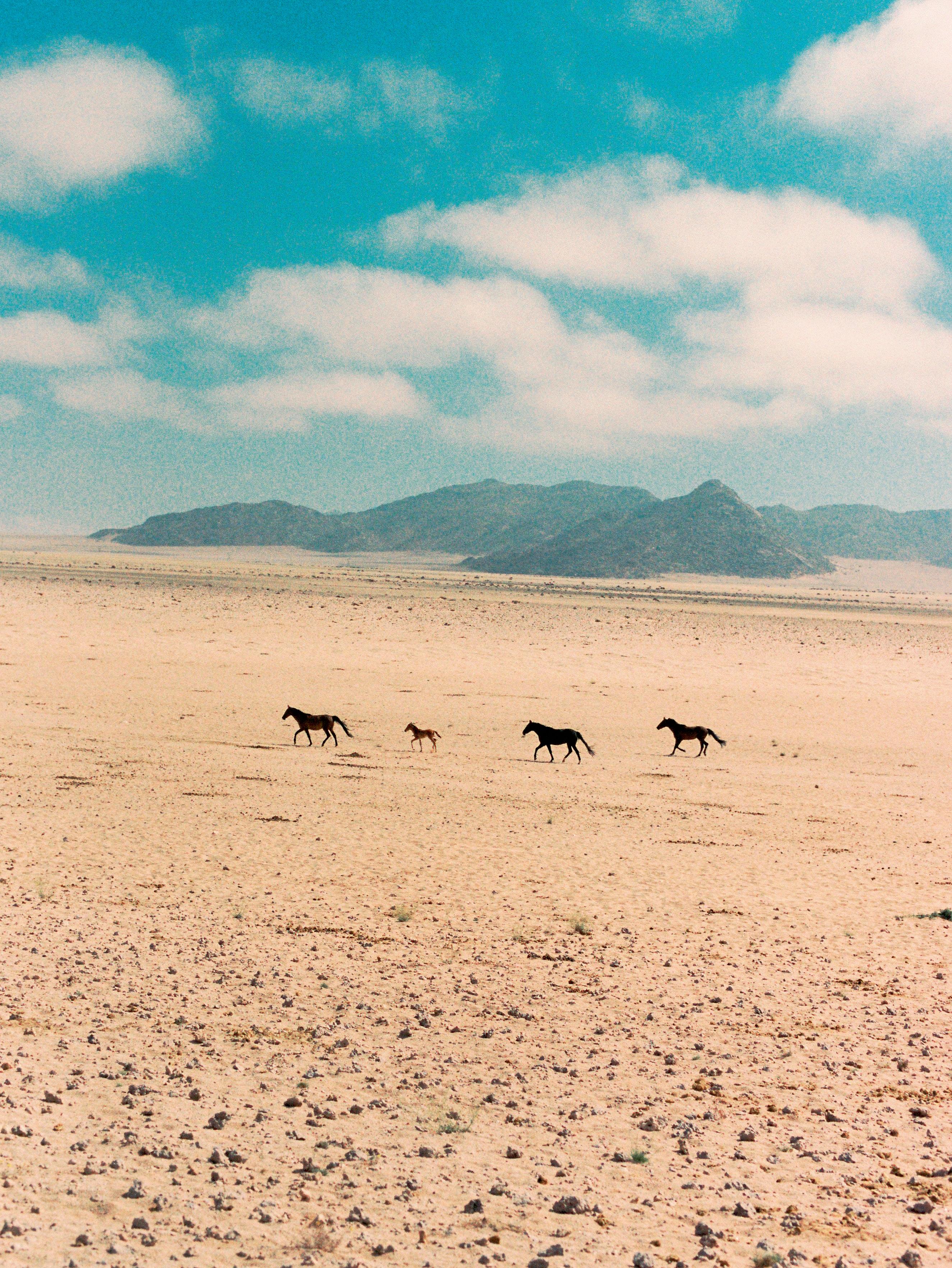


Toyo Odetunde finds traces of West African culture everywhere in Salvador.


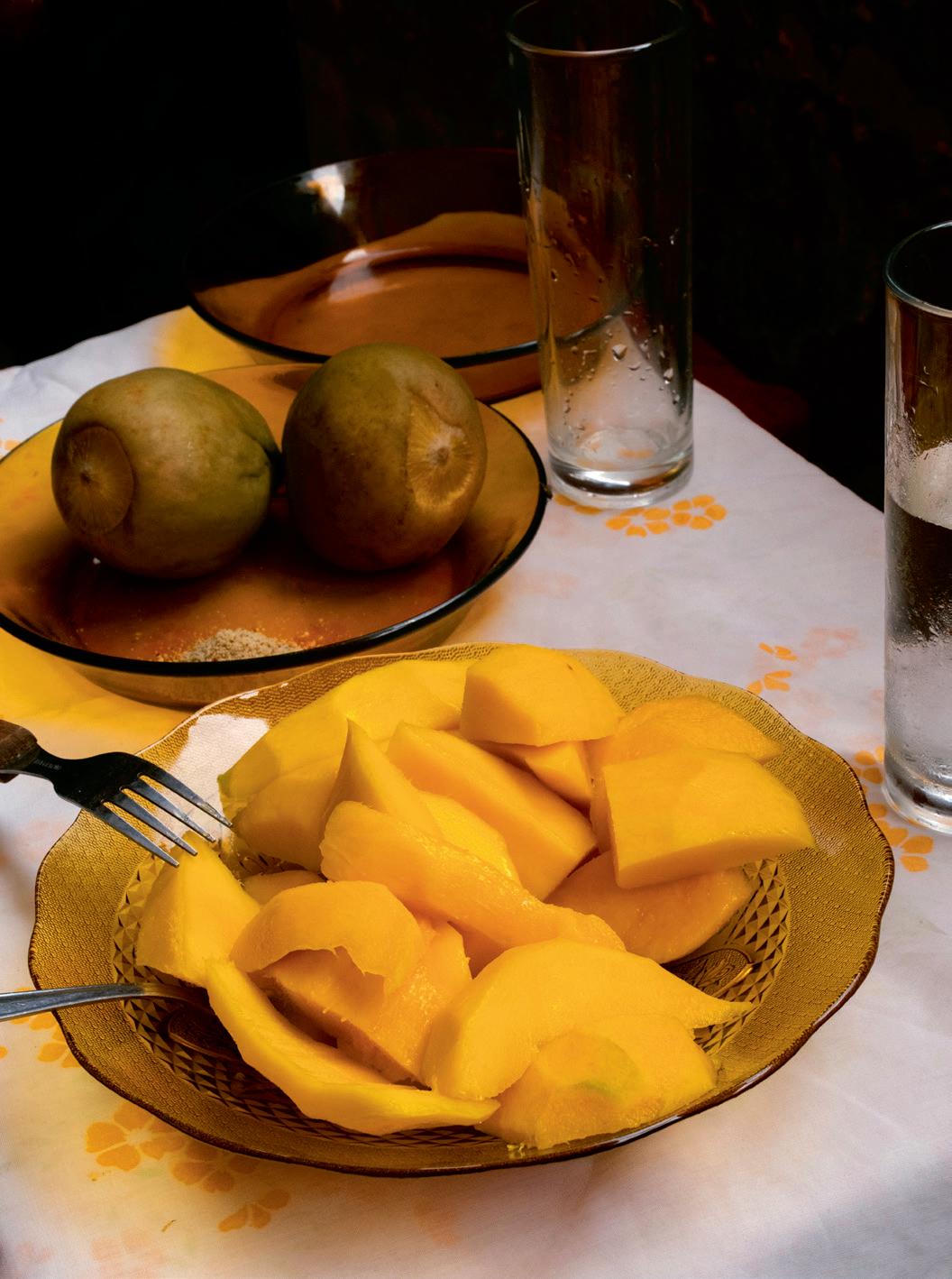

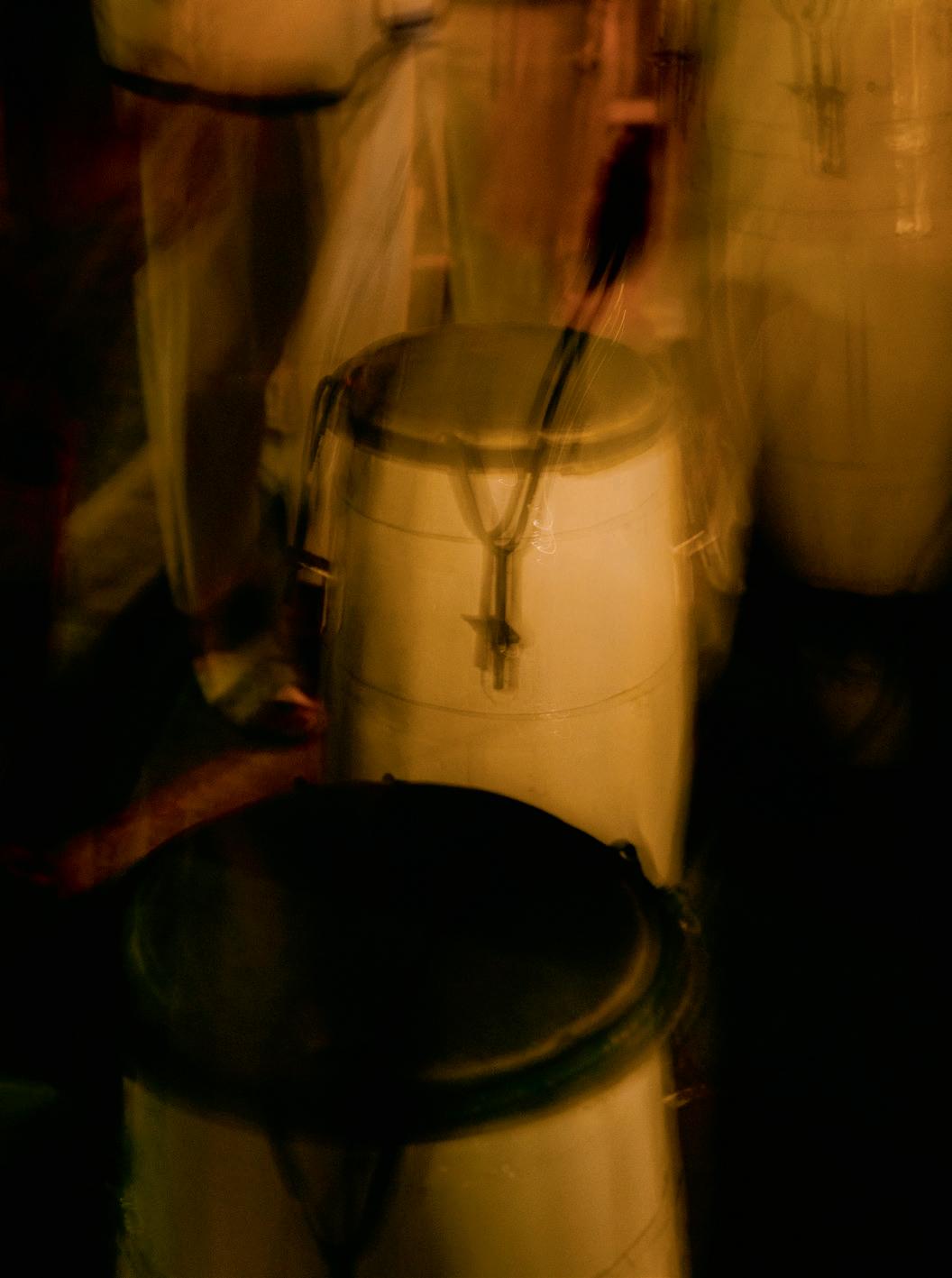

It starts with a stone bowl of bubbling ochrecoloured stew, crammed with fresh and fleshy shrimps. Garnished with a lively assortment of tomatoes, green bell peppers and coriander, this fish stew – a moqueca, according to the menu –mirrors the simple vibrancy of this renowned yet homely restaurant. Ever the neophile, I tuck in eagerly.
Savouring this spirited stew in Salvador, Brazil, I’m overcome with an acute but inexplicable feeling of familiarity and nostalgia. Suddenly, the penny, or should I say centavo, drops. The distinctive nutty, tangy, earthy flavour calling to me is red palm oil, a fundamental ingredient in the West African cuisine that has nourished me since infancy.
Eating moqueca was a microcosmic slice of the unexpected and deeply moving enlightenment that defined my sojourn in Salvador, in the state of Bahia in Brazil.
Perhaps, like me, you prefer the comfort of a comprehensive itinerary to the capriciousness of going with ‘the flow’. This time, however, our days were largely blank canvases, which – in hindsight –turned out to be the best way to immerse ourselves in the rhythms of a city whose greatest asset is its effortless authenticity.
‘Unapologetically vivid murals captivate passersby, depicting women in traditional West African garb, or aquatic creatures we Nigerians call “Mammy Waters”, sea spirits from West African mythology.’
Nigerian heritage, an additional sense of re-discovery. Around 80 per cent of the city’s population can claim West African ancestry, and Salvador’s streets teem with reflections, celebrations and reminders of the rich tapestry of that region’s cultures. Unapologetically vivid murals captivate passers-by, depicting women in traditional West African garb, or aquatic creatures we Nigerians call ‘Mammy Waters’, the name given to sea spirits in West African mythology.
Much of this powerful street art lines the bustling alleys of the labyrinthine old town, Pelourinho –a UNESCO World Heritage site and Salvador’s cultural and commercial hub since the 16th century. Pelourinho emanates a passionate yet unpretentious energy. The warm, smooth melodies of axe – a Salvadorean musical genre with obvious West African roots – supply the soundtrack to any visit to the main square, accompanied by the fluid dance moves of locals and those (sometimes not quite so fluid) of cajoled tourists. Charming fete-like decorations, such as the colourful ribbons tied around the Terreiro de Jesus fountain, add colour to a postprandial stroll on a grey afternoon.
Nearly every step through Salvador offers an opportunity for cultural discovery and, for someone of Yoruba
The old town wears its history on its intricately stucco-finished – and in some instances, dilapidated –facades. Due to its multicoloured miscellany of Baroque and Portuguese colonial-era buildings, as well as a hilly topography, the city bears more than a passing resemblance to Lisbon.
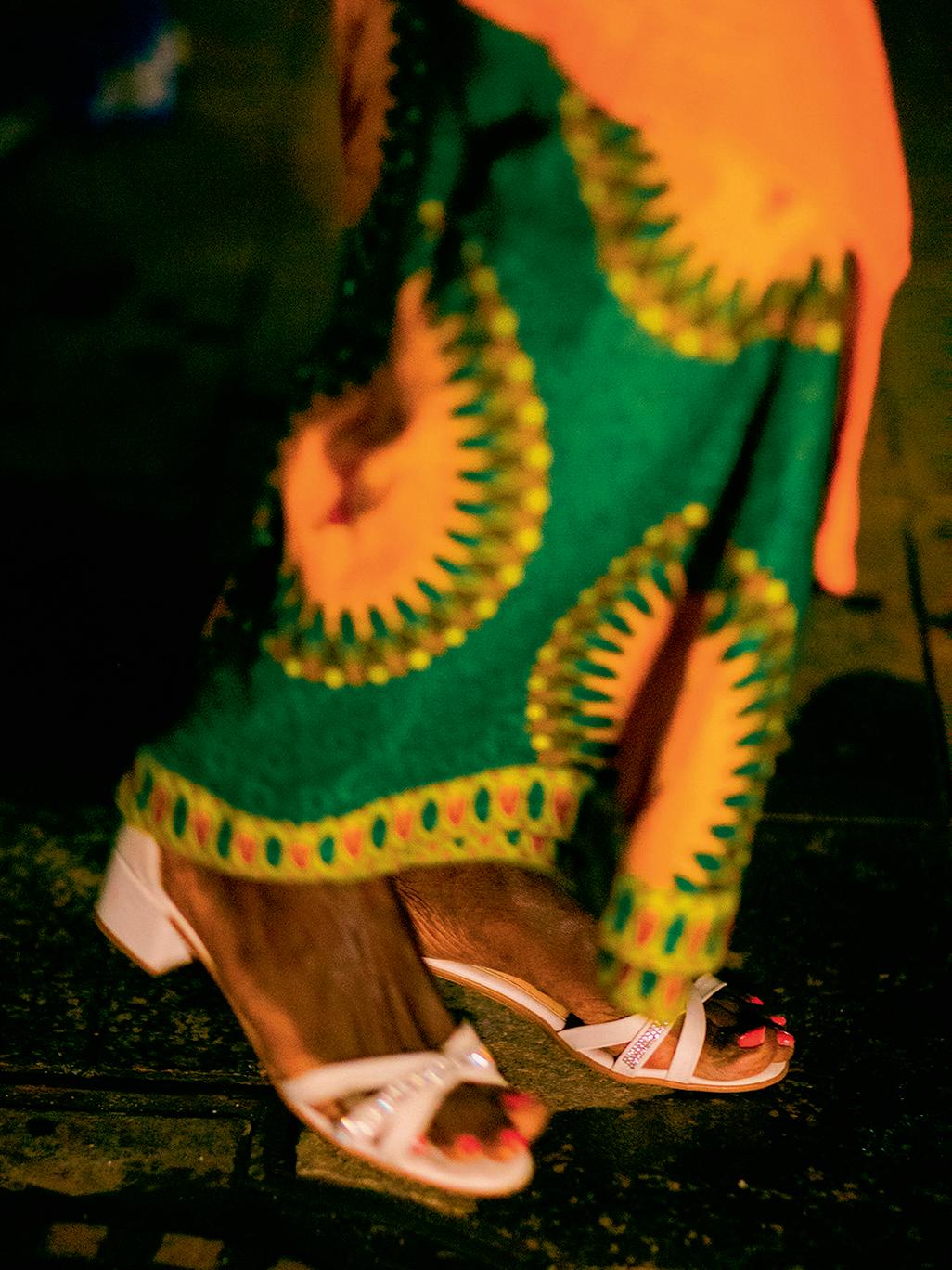
‘Due to its multicoloured miscellany of Baroque and Portuguese colonial-era buildings, as well as a hilly topography, the city bears more than a passing resemblance to Lisbon.’
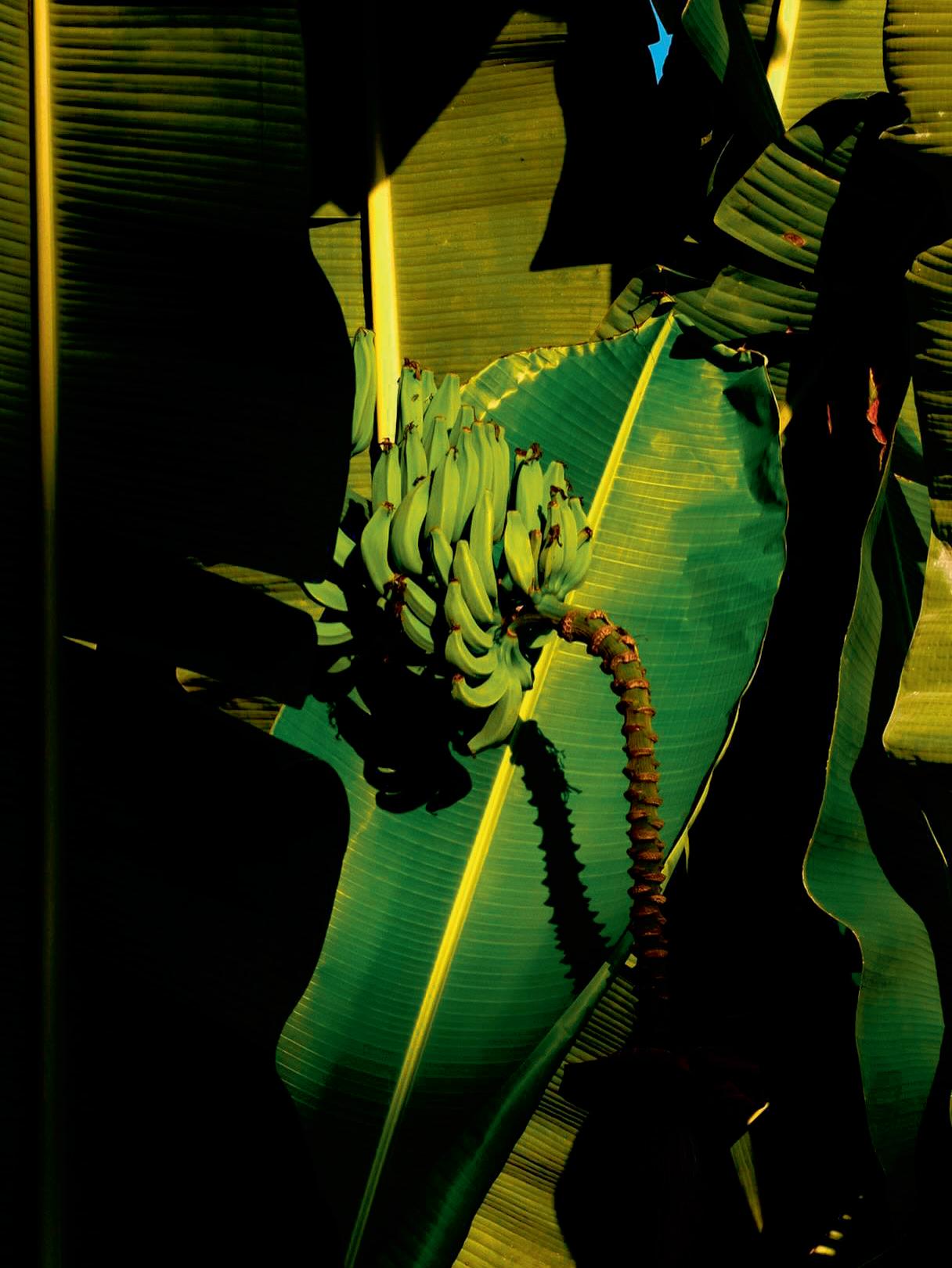
Walking through Pelourinho’s Dickensian alleys, you pick up on a sense of vibrancy, but also of the unpalatable past hinted at by the neighbourhood’s name; Pelourinho means ‘pillory’ – the wooden frame used to secure the head and hands of slaves before they were publicly whipped. Salvador was built on slavery, and even 150 years after Brazil became the last western hemisphere nation to ban the slave trade, inequality of opportunity still affects the predominantly Afro-Brazilian population.
Salvador had a pre-pandemic poverty rate of 42 per cent and this has fostered an economic dependence on tourism. While tourist activity helps to fund re-investment, today’s global travel dialogue rightly questions the impacts of gentrification and urban renewal, highlighting a tension between the importance of showcasing Salvador’s unique cultural offering and preserving the city’s vital energy for the local community.
It’s against this backdrop (as well as the picturesque one of quaint cobblestones and a pastel palette of buildings) that I watch the smiling women selling wares or ushering tourists into eateries, resplendent in their bright and voluminous Baiana dresses. I cannot help but wonder – are they dressed to celebrate themselves? Or to pander to tourists’ imaginations? Are the two ever mutually exclusive?
Salvador’s spirit is in evidence even after mellow orange hues veil the city’s jagged skyline. Night showcases more of the urban soundtrack, such as the strikingly emotive Afro-Brazilian rap performed in a pulsing, neon-graffitied bar in Rio Vermelho. After any nocturnal overindulgence, Bahia’s coastline beckons, with expansive beaches punctuated by verdure and lapped by a welcoming blue sea.
‘Savouring this spirited stew in Salvador, I’m overcome with an acute but inexplicable feeling of familiarity and nostalgia.’
Salvador will enchant any culturally curious mind from any background, but as a British Nigerian woman I could never have imagined how transformative the city would be. Even without its famous carnival, where everyone wears white and celebrates for days on end, Salvador stimulated so many senses and emotions. Wide-eyed delight at stalls selling the golden bean cakes I’ve always known as akara , here called acaraje Uneasiness on learning that enslaved women sold my beloved childhood snack to buy their freedom. Awe at the scale of the orixa (deities in the AfroBrazilian religion of Candomble) statues floating on Lake Tororo. And everywhere, the loudest commemoration of Yoruba culture I’ve ever seen. To me, my visit to Salvador was a testimony to the marvel of travel – that a Nigerian Londoner can unlock so much more of their identity some 5,000 miles from home. •
Indeed, cultural sustainability is very much on Salvador’s tourism agenda. Numerous local initiatives promote community-based tourism. Many museums and galleries champion homegrown artists and candidly explore the city’s history. At Casa do Benin we learned how Yorubas hid their religious figurines inside Catholic ones to avoid persecution.
A version of this article appeared in Condé Nast Traveller UK, winning Toyo Odetunde the title’s first ever Future of Travel talent search.
Contact one of our Brazil specialists on:
+44 (0) 20 3911 5900.
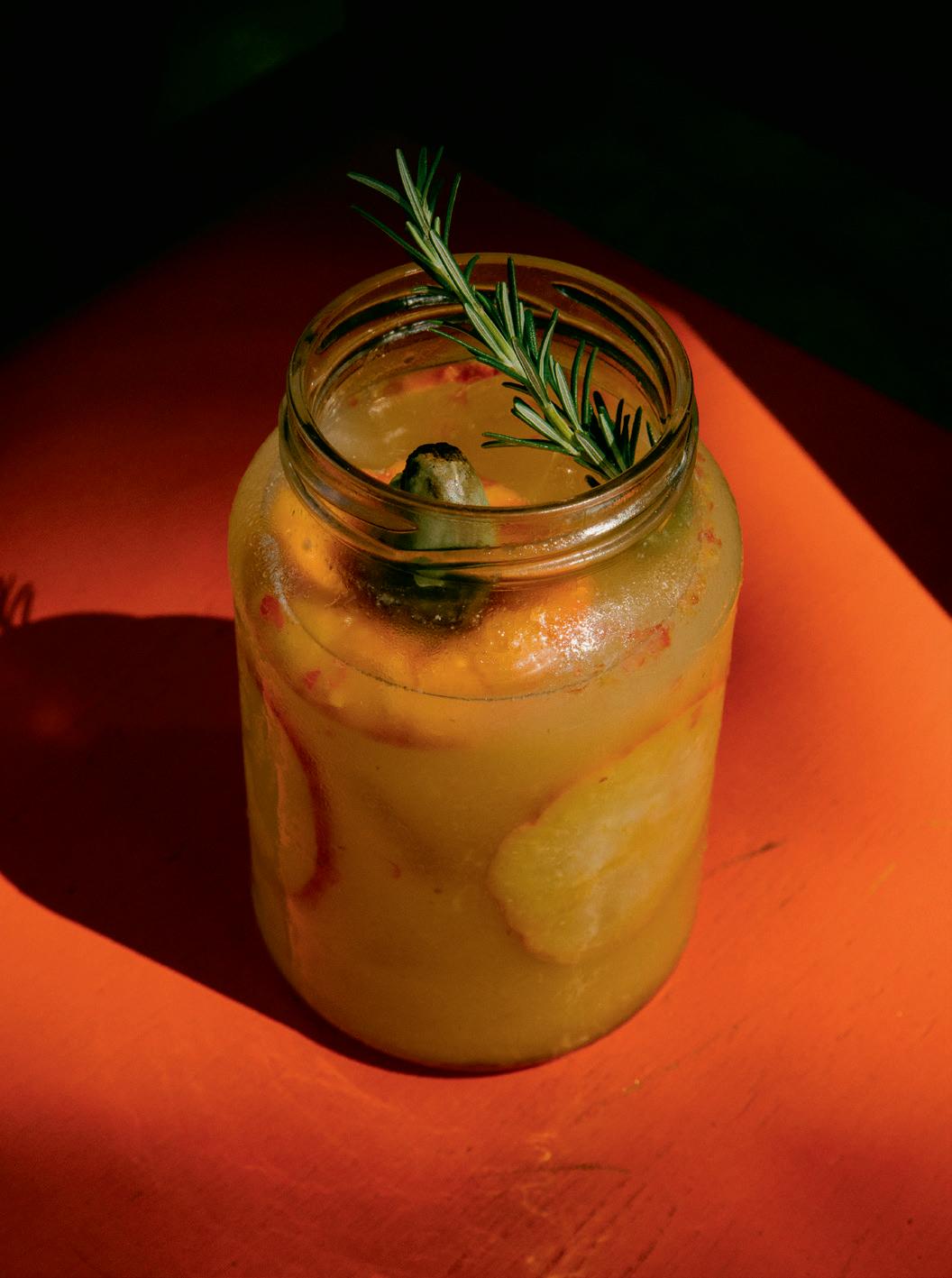
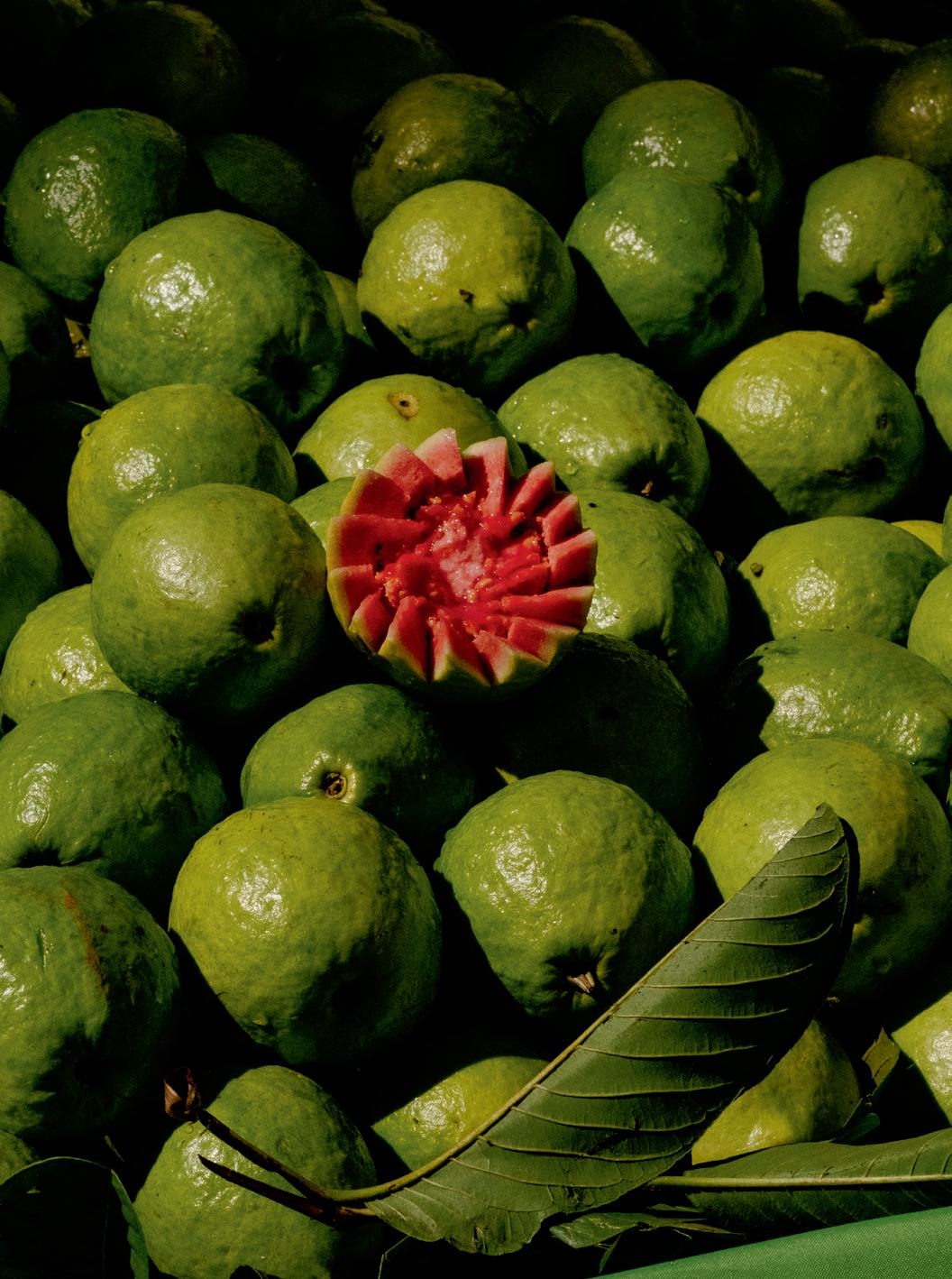
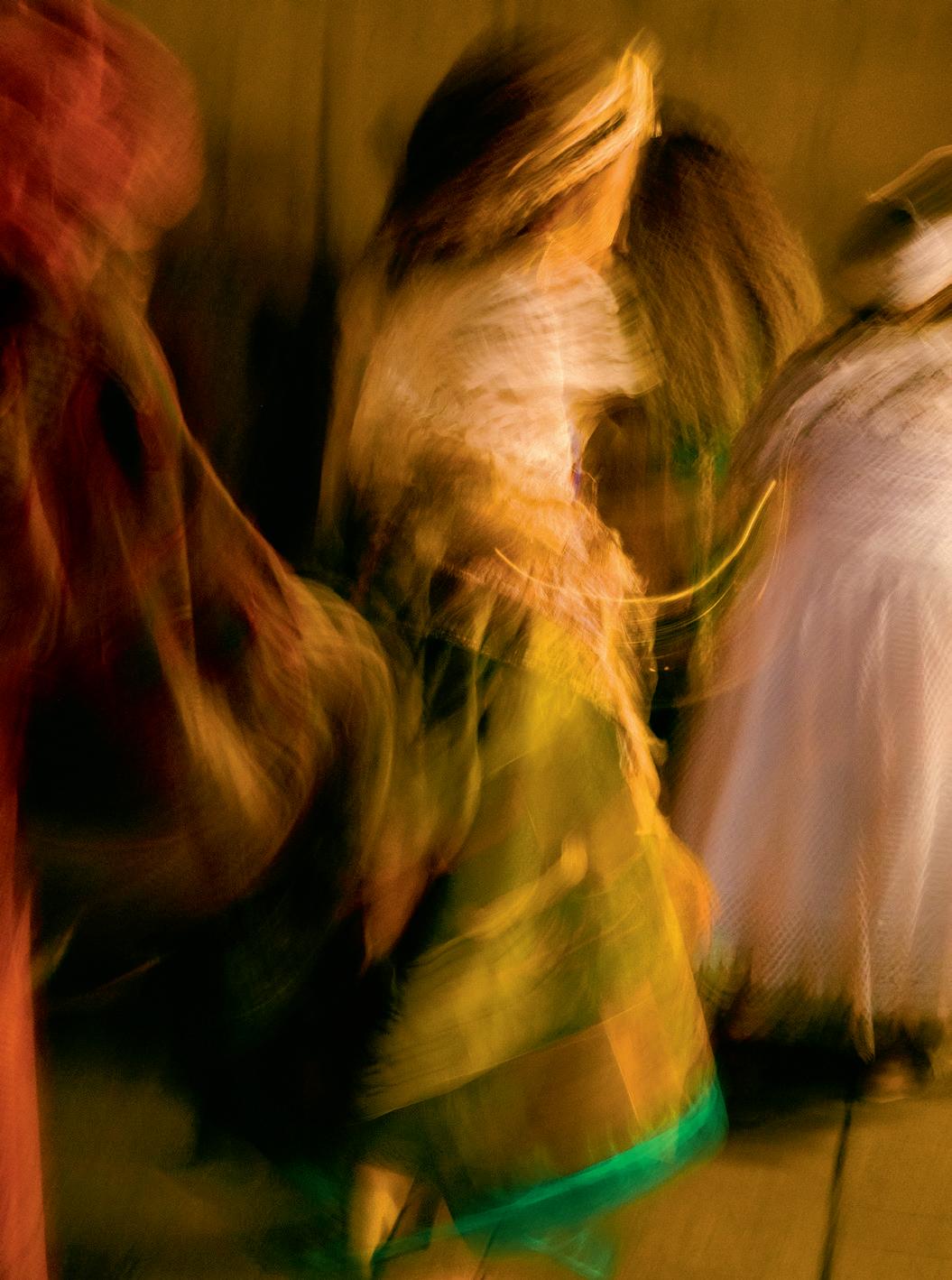


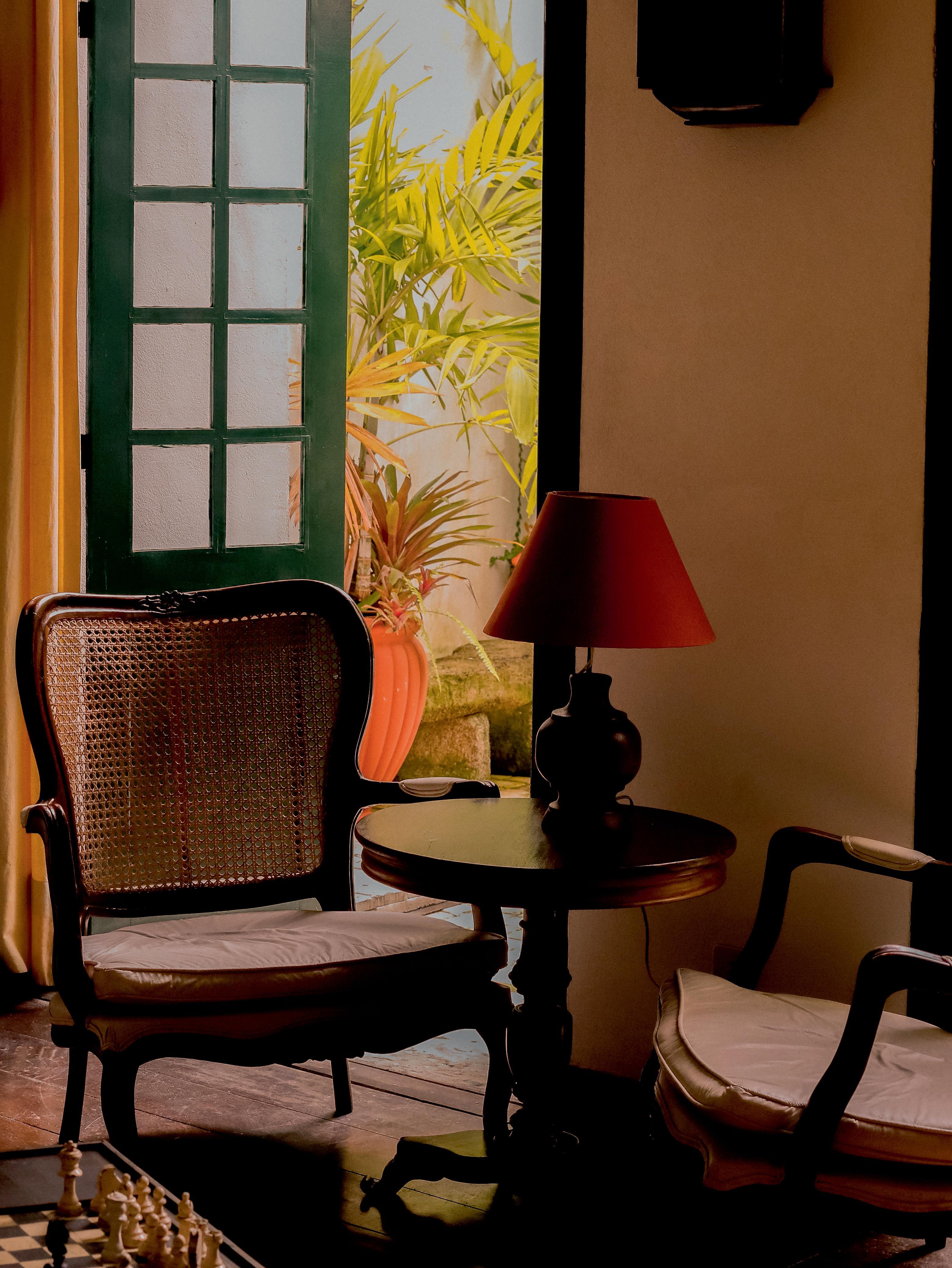
La Villa Bahia
Deep in Salvador’s historic centre, down winding cobblestone streets and past rows of colourful colonial buildings, you will find our very own hotel hideaway: Villa Bahia. Encompassing two adjoining and tastefully restored 18 th-century mansions, this is the perfect base for exploring Pelourinho. The hotel’s rooms look out over the ornate Sao Francisco Church – one of Brazil’s finest exa mples of Baroque architecture – and the decor throughout is handsome and artisanal; antique wooden furniture sourced from a local salvage workshop, custom taps crafted in a Sao Paulo favela , and all hand-picked by the hotel’s director, Bruno Pascal Gumard. The panoramic terrace on the third floor, reached by a beautiful wooden elevator decorated with intricate birds, is a delightful oasis with sweeping views over the neighbourhood’s rooftops and church steeples. But the best spot is in the basement: historic purification baths adorned with azulejo tiles. Discovered under the rubble during the building’s renovation, the baths are believed to have been built by a family of Marranos , Jews who were forced to convert to Catholicism by the Portuguese authorities but secretly retained their faith.
Words by Ella Mawson
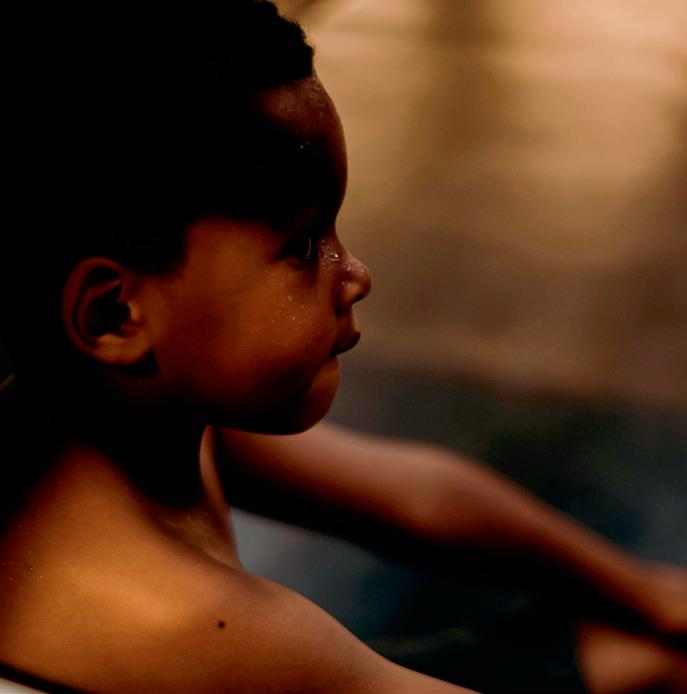
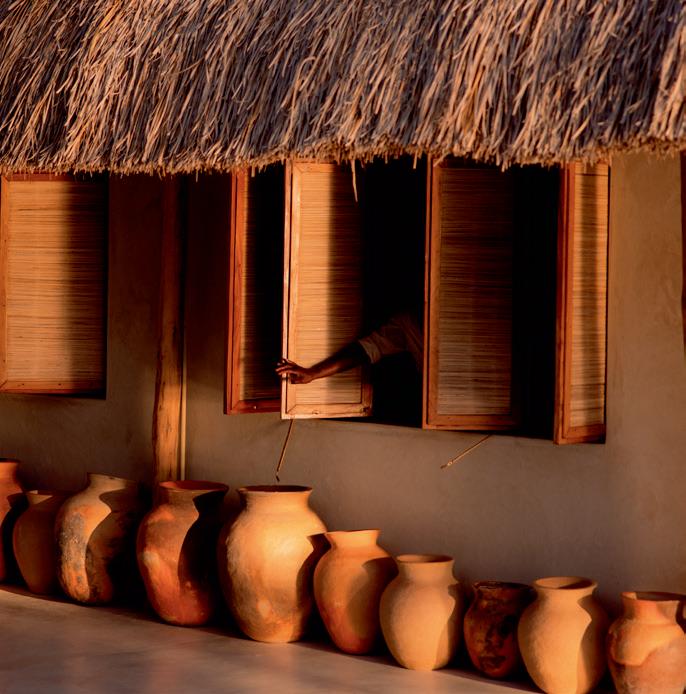


The world is huge, and yet somehow we all seem to end up visiting the same places. 'Overtourism’ has become one of travel’s biggest issues. With too many tourists flocking to too few destinations, we risk ruining what made these precious areas so special in the first place. The good news is that we have the antidote: finding, and promoting, alternative and under-theradar destinations in our favourite countries.
Introducing the Secret Series – a portfolio of hidden gems tucked away within some of the world’s classic travel spots. From South Africa’s wild, woolly and virtually untouched Western Cape to Greece’s sleepier Cyclades islands, these lesser-known havens offer just as much wow factor as the more famous sites in these destinations, but with a fraction of the tourist traffic.
We understand the urge to break new ground and visit pristine corners of the globe, but the classic destinations are classics for a reason; well worth exploring in greater depth. After all, Italy is still Italy a couple of hours away from the Amalfi Coast. Same heritage, same food, same gorgeous scenery but minus the high-season gridlock. Many of these Secret Series spots are even accessed via the same airport – you just head off in the opposite direction from the holiday hubs.
When you arrive, feeling ever so slightly smug, you may only find a few discerning locals luxuriating in tourist-free virgin territory. Join us as we unearth some of the world’s best secret spots. Just don’t tell anyone else…
words by ELLA MAWSON

Most travellers visiting Japan make a beeline for Honshu, the country’s main island. Fair enough –you won’t want to miss Tokyo, Kyoto, Mount Fuji and more. But save time for Kyushu, too. With its rich cultural heritage, historic cities, traditional crafts and natural beauty, it’s ideal for Japan lovers looking to take a second bite of the cherry blossom. Volcanic landscapes are a defining feature and Mount Sakurajima, the country’s most active volcano, resides here. This geothermal activity also fuels Kyushu’s many onsen (hot springs). Unwind in the warm, mineral-rich waters and try your hand at steam cooking, where baskets of fresh ingredients are gently heated over natural steam vents. The history of the island is ever present, woven into the fabric of its cities and shrines. In Nagasaki, head out on a walking tour with a local guide for insights into the town’s tragic past and vibrant present. Then walk the trails of various volcano-strewn national parks and the extraordinary, forested Yakushima Island, a UNESCO World Natural Heritage site. Kyushu
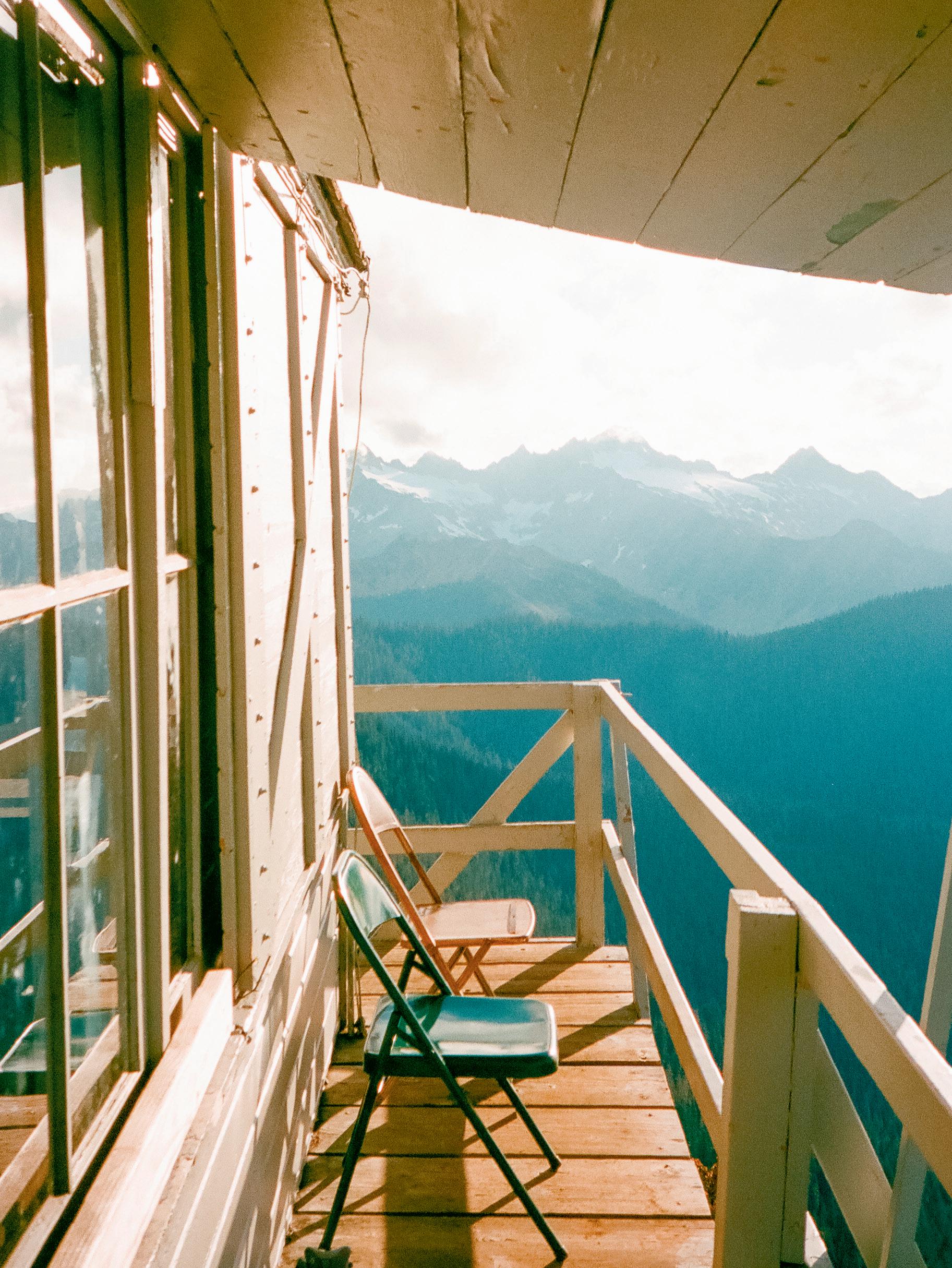
The bit of the USA between San Francisco and Seattle is something of a blank for most people. It really shouldn’t be. This remarkably beautiful 700-mile stretch of northern California, Oregon and Washington, known as the Pacific Northwest, is an alluring combination of snowcapped mountains, wild coastlines, moss-clad forests and hip cities. For urban thrills, try tech-centric Seattle, home to more coffeeshop baristas than you could shake a stirrer at; or progressive Portland, the hipster hotspot where you’ll find excellent craft breweries and a fantastic food scene. If hiking, biking, kayaking and surfing are more your thing, the Pacific Northwest is one big adventure playground, home to national parks, dark sky reserves and biospheres aplenty. Hike around the vast rim of Crater Lake National Park in Oregon or visit the rugged coastline in Washington’s Olympic National Park to take in sea arches and soaring sea eagles. Oenophiles are also in luck, with the finest winemakers in Willamette and Walla Walla valleys (among others) now regularly creating spectacular vintages.
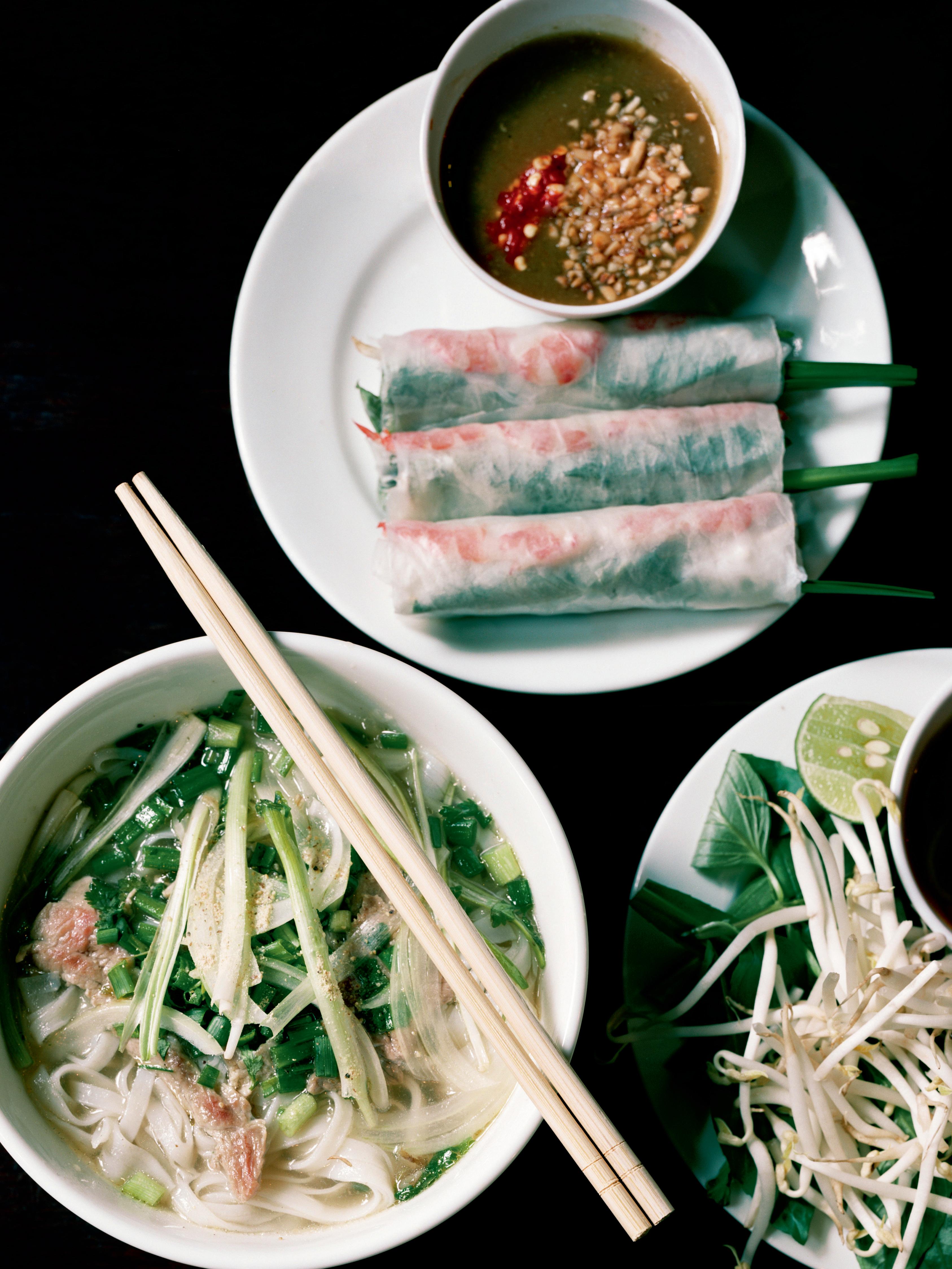
VIETNAM
In Vietnam’s mountainous north, most travellers flock to the colourful market town of Sapa or the riverside city of Ninh Binh. While there’s a lot to admire about these beauty spots, the volume of visitors can feel overwhelming. For a quieter, more intimate experience, make your way to Mai Chau, a rural region that has (for now, anyway) avoided the attention of mass tourism. The rewards are obvious. Lose yourself in the spectacular scenery while cycling through lush rice fields and traditional villages. Learn how to prepare delicious dishes like nom hoa chuoi (banana flower salad) and xoi nep (sticky rice) during a private cooking class with a local chef. Soothe body and mind with a healing soak in a herbal bath infused with ginger, lemongrass and green tea. And experience the warm hospitality of the White Thai people while staying in a traditional stilt house. These authentic homestays offer a genuine glimpse into rural Vietnamese life. During your stay, you’ll be treated to tasty home-cooked food and invited to take part in local traditions, from learning to weave intricate textiles to following the steps of a traditional dance. Mai Chau is a place to slow down, disconnect and discover Vietnam’s untouched beauty.
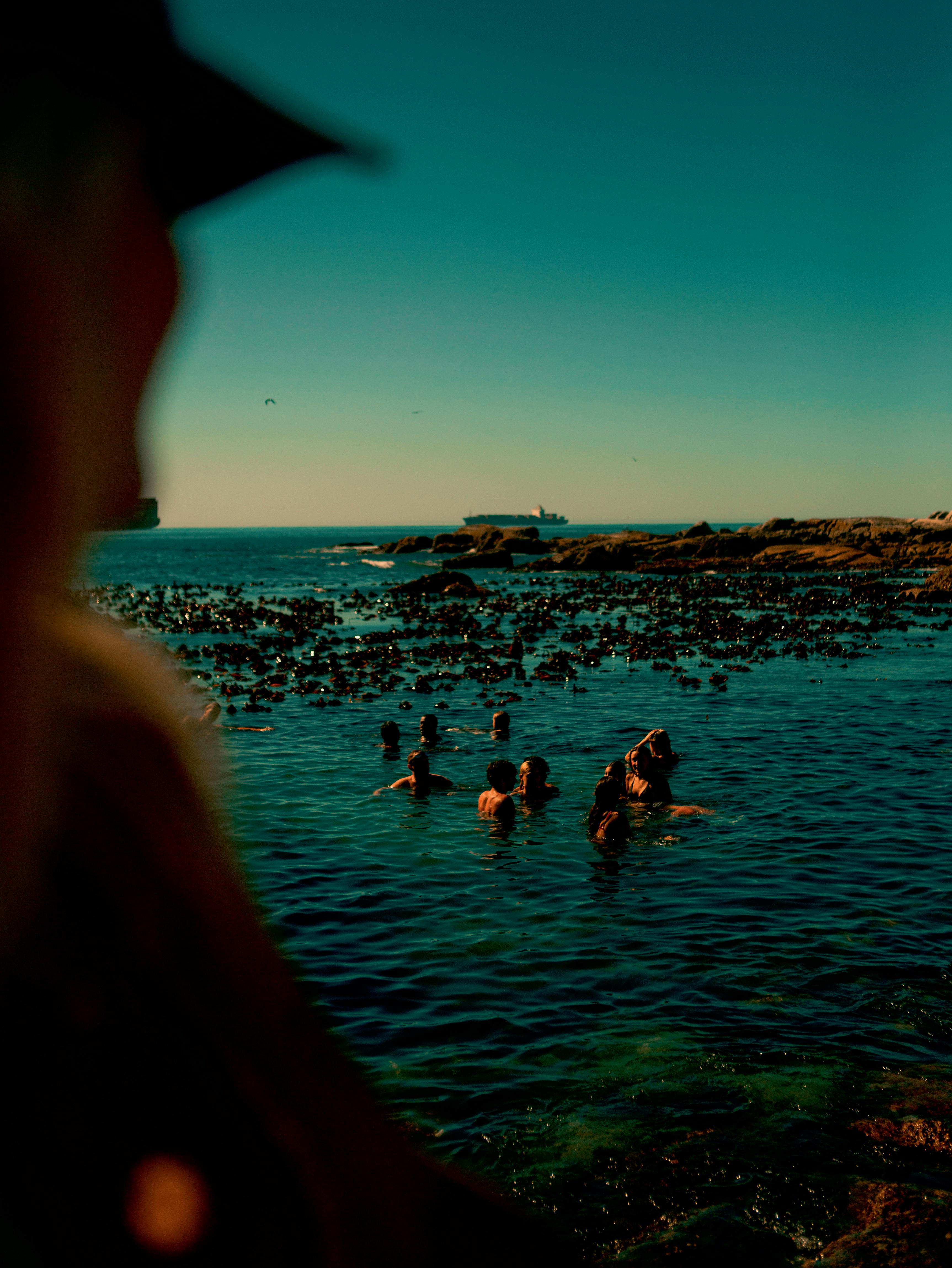
In perfect contrast to cosmopolitan Cape Town, just two hours north sits low-key and low-rise Paternoster, one of the oldest fishing villages in South Africa. Whitewashed cottages and colourful fishing boats pulled up on the beach make this a lovely location from which to explore the rest of the West Coast region. Hike into the rugged Cederberg Mountains to see striking sandstone formations and vibrant fynbos flora; enjoy scenic drives and vineyard visits in Swartland and spot resident bird species – from graceful flamingos to endangered black oystercatchers – in the West Coast National Park. Visit in South African spring (August and September) when the national park is a riot of wildflowers. Head to the Breede River Valley, another renowned wine region, and indulge in delicious farm-to-table food served al fresco with sweeping views over the vineyards. Back in Paternoster, enjoy long walks along sweeping beaches and sensational fresh seafood, like crayfish or mussels cooked on traditional braai barbecues.

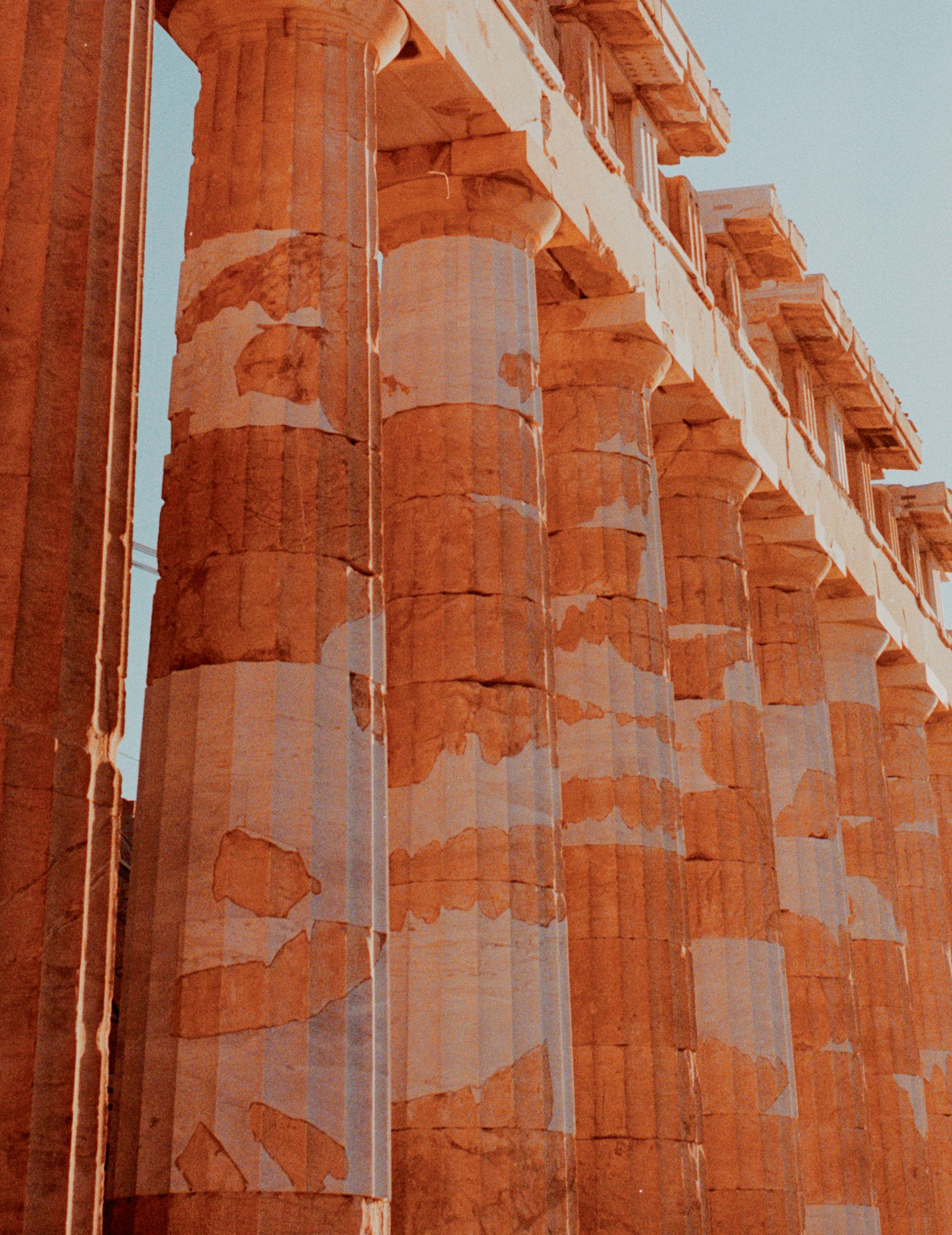
Italians in the know go to Cilento. Fly to Naples, dodge the overcrowded Amalfi Coast and escape to this rugged region to the south. Known for its wild coastline, forested mountains and charming coastal villages, it’s blissfully untouched. Here, life moves at a slower pace and culinary traditions flourish. Savour creamy mozzarella di bufala , fresh seafood and locally produced olive oil, washed down with a glass of Greco (a white wine with notes of peach, apricot and citrus) or Aglianico (a robust red). On the coast, you’ll find pretty pastel-coloured villages and sleepy harbours. Inland lies The Cilento and Vallo di Diano National Park, a UNESCO World Heritage site. With an extensive network of hiking trails that lead to panoramic viewpoints where the mountains meet the sea, it’s heaven for hikers. History lovers are well catered for, too. Visit the ancient Greek city of Paestum – home to remarkably well-preserved temples – and the medieval hilltop village of Castelcivita. But don’t overfill your itinerary. The joy here lies in appreciating the Italy of old, whether strolling through a vineyard or relaxing on a quiet beach with a good book.
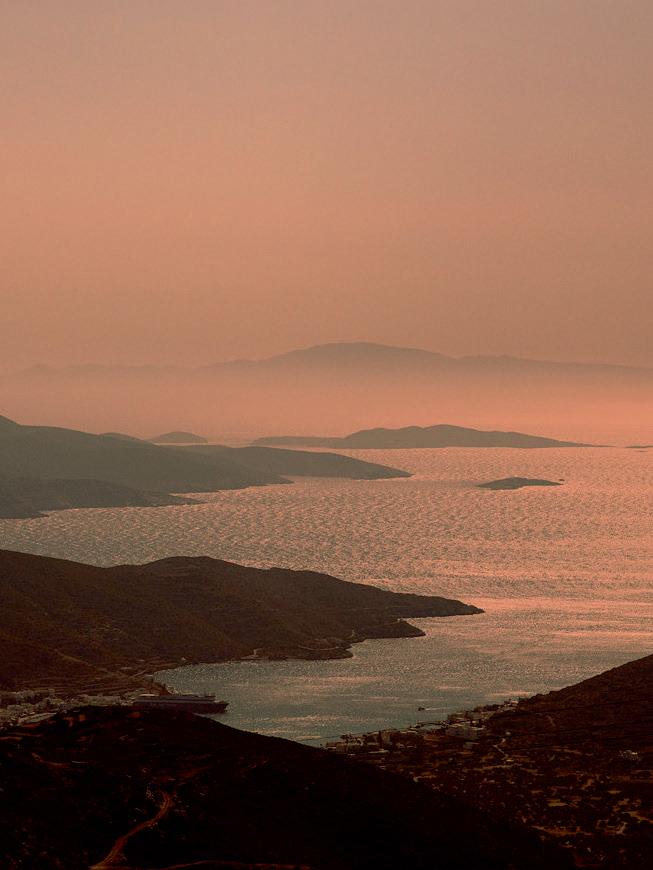
Beyond the well-trodden paths of Santorini and Mykonos lies a more secluded side to the Cyclades. Forgo flying (the best islands don’t have airports) and travel by yacht charter or ferry to discover the quiet beauty of Folegandros, soak in Kythnos’ natural hot spring pools and ramble the hidden hiking trails of Sifnos. And if you only have time to visit one? Make it Amorgos, the archipelago’s easternmost island (next stop Dodecanese). The rugged cliffs, terraced hillsides and secluded beaches here are all the more beautiful without crowds of tourists to spoil the views, and the turquoise waters are as inviting as anywhere in Greece, which is saying something. Chora, the main town, is a gem, and scattered across the island are remarkable archaeological ruins, peaceful villages, turquoise coves and olive groves all connected by hiking trails. Don’t leave without sampling rakomelo – a honeyed raki served hot – or climbing the 300 steps up to the 11th-century Monastery of Hozoviotissa for beautiful Byzantine architectural details and clifftop views across the glittering Aegean.
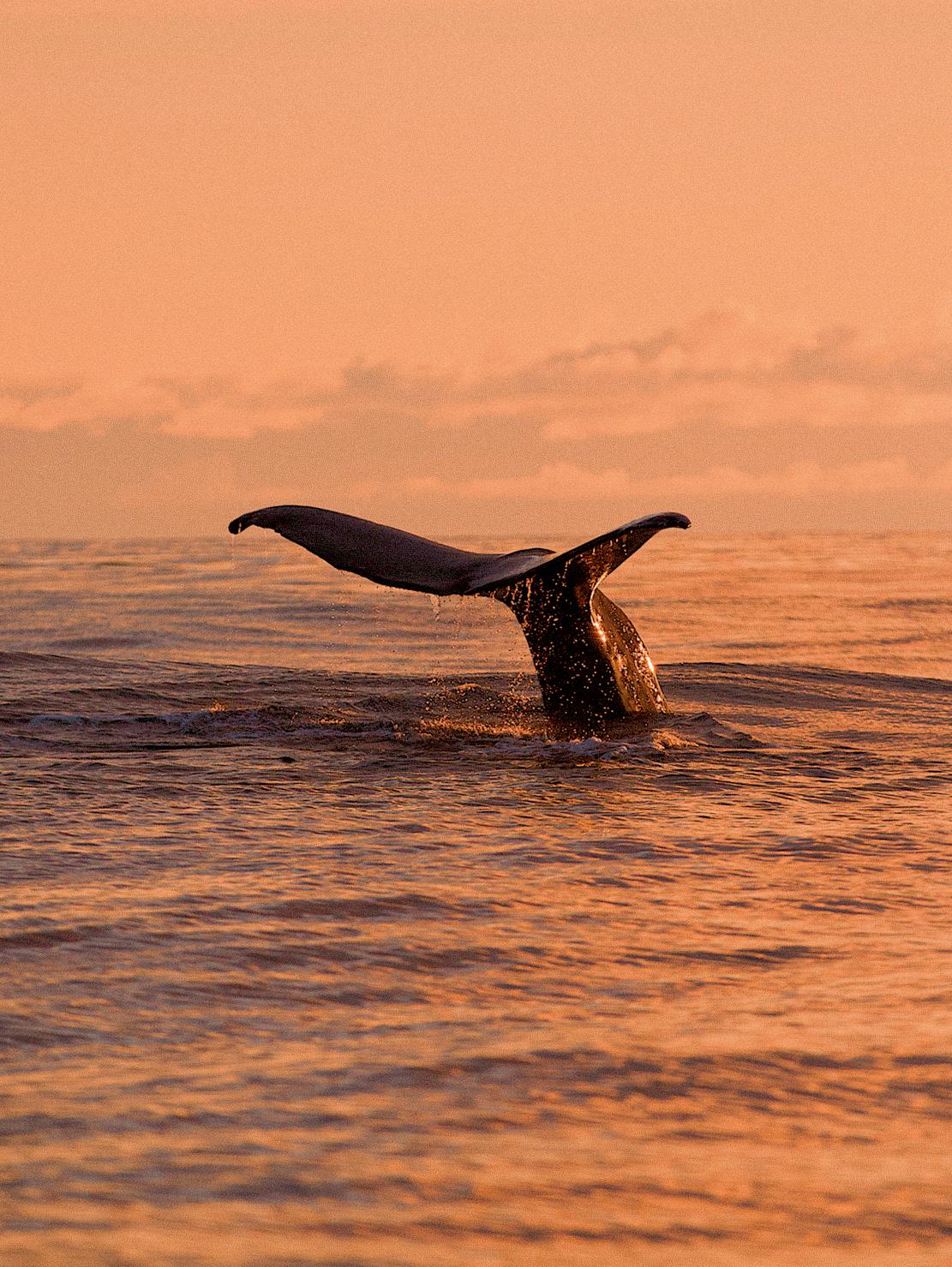
Vesteralen
The Lofoten Islands are now firmly on the travel radar but their northerly neighbour, the Vesteralen Islands, are still relatively virgin territory. Visitors can expect the same arctic beauty and smattering of quiet fishing villages with charming wooden rorbuer cabins on stilts, but there are a few key differences: gentler rolling mountains in place of Lofoten’s jagged peaks, and (thanks to its proximity to the continental shelf) Norway’s only year-round opportunity for whale watching. Head into the deeper waters of the Norwegian Sea aboard a RIB dinghy and keep your eyes peeled for breaching sperm whales, orcas and humpbacks. If you’re lucky, they may even swim up beside the boat. Then stay in a rorbuer These traditional fisherman’s cabins, which are often perched on stilts right on the water’s edge, are cosy and inviting places to stay and provide an authentic insight into the region’s fishing heritage.


To most Anglophones, French-speaking Canada remains something of a mystery. But thanks to our French connections, we know it extremely well. Encompassing Quebec and parts of New Brunswick, the province feels at once like old-world Europe and distinctively North American. Nowhere is this fusion more visible than in Quebec City, where you’ll find pretty cobblestone streets plucked straight out of Paris and bustling bistros serving dishes like tourtiere (meat pie). Montreal, meanwhile, has a trendier, cosmopolitan atmosphere. Dip your paintbrush into the world-class arts scene and try to catch one of the 90 annual festivals. After enjoying a slice of city life, head to the Laurentian Mountains for year-round adventure (skiing, snowshoeing and alpine hiking in winter; wild swimming, canoeing and rafting in summer). If it’s coastal charm you’re craving, the Gaspe Peninsula serves up sleepy fishing villages, scenic seaside hikes and whale-watching. Wherever you wind up, expect an enchanting mix of experiences that feel worlds away yet remarkably familiar.
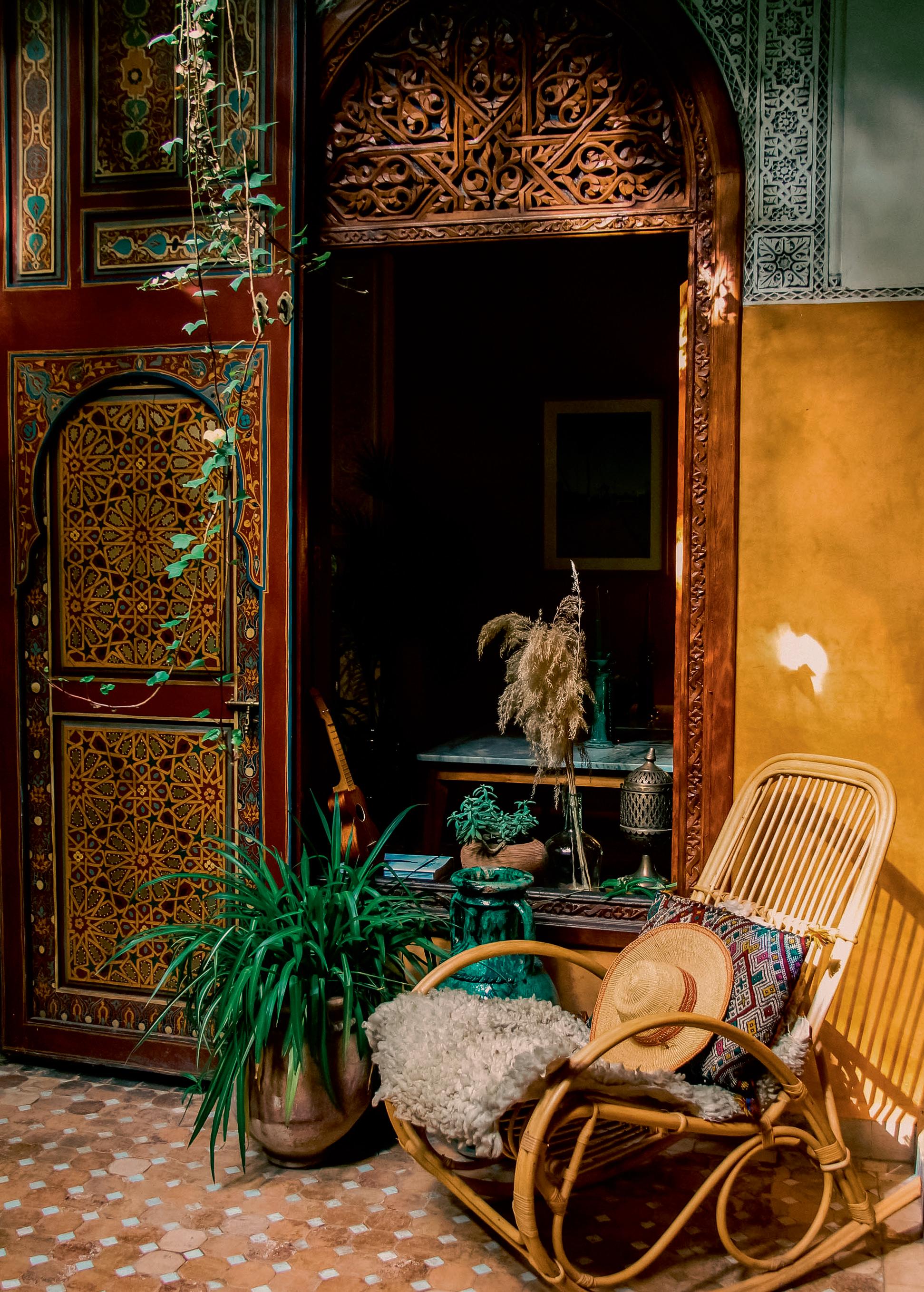


By using Carbon Balanced Paper for this magazine Original Travel has balanced the equivalent of 4,331 kgs of carbon dioxide. This support will enable World Land Trust to protect 827 square metres of critically threatened tropical forest. Certificate number CBP028195.


Amelia Le Brun (pp. 2 – 3); Ryan Neeven/Kintzing (p. 4); Faustine Poidevin-Gros, Olivier Romano, Jérôme Galland, Jackie Cole (p. 5); Bill Bensley, Toyo Odetunde, Stanley Stuwart, Sir Nicolais Coleridge, Jackie Cole, Faustine Poidevin-Gros, Ella Mawson, Edith Carron/Xavier Antoinet, Rose Astor (p. 6); Terence Connors (p. 7); Photo12/Alamy/Wolfgang Kaehler (p. 9); Cecilia Renard, Faustine Poidevin-Gros, Bridgman, Rooms Hotel Tbilisi (pp. 10 – 11); Tobias Bjorkli/Pexels, Tania Araujo/Nihi Rote Hotel, Malkai Hotels Oman, Faustine Poidevin-Gros (image AI) (pp. 12 – 13); Pexels/Cristian Rojas, Un Cercle, Getty Images/Unsplash, Pexels/Mediocrememories, Pexels/Ethan, Getty Images/ Unsplash, Adrian Botica/Unsplash, Pexels/K3ithvision, Jackie Cole, Naya Shaw/Pexels (p. 14); Olivier Romano (p. 15); Nuria Val (p. 18); Miren Alos, MesaStila Resort, Krisna Azie/Unsplash, Faustine Poidevin-Gros, Miren Alos, Shannia Christanty/Unsplash, Poppy/Unsplash, Tmax/ Fotolia, Axp hotography/Unsplash (p. 19); Dar Ahlam, Camp Nivica, San Camp, Puqio, Getty Images/Unsplash, Camp Cecil, Sal Salis, Vasilis Karkalas/Unsplash, Galapagos Safari Camp, Pemako Punakha (p. 20); Un cercle, Il Ngwesi, Roi Dimor/Unsplash, Kip Ole Polos & Il Ngwesi, Kip Ole Polos & Il Ngwesi, Kip Ole Polos & Il Ngwesi, Maurits Bausenhart/Unsplash, Elliot Paris/Unsplash (p. 22); Alix Pardo (p. 23); Veld & Sea (pp. 24 – 25); Fabien Dalpiaz/Santnerpass Hütte (Rifugio Passo Santner) (pp. 26 – 27); Bill Bensley (pp. 29 – 30); Shinta Mani Wild (p. 31); Natalie Behn/Unsplash (p. 32); Hans Isaacson/Unsplash, Fabien Voileau, Fabien Voileau, Hotel Corazon, Alexandre Chambon/ Unsplash (p. 33); Kin Chan Coedel (p. 35); Pia Riverola, Omar Elsharawy/Unsplash (p. 37); Nuria Val (p. 38); Aian Radik (p. 41); Jérôme Galland (pp. 42 – 46); Lucy Laucht (pp. 47 – 49); Jérôme Galland (pp. 49 – 53); Jérôme Galland, Daria Nikitina, Ashish Kumar/Unsplash (p. 54); Photocech/Adobe Stock, Jérôme Galland, Jérôme Galland, Anika Buessemeier/Laif-Rea, Anika Buessemeier/Laif-Rea (p. 55); Edith Caron (pp. 56 – 63); Brie Williams (pp. 64, 68, 69, 72, 75); Kin Chan Coedel (p. 67); Aline Coquelle/GoldenEye (p. 70); Jérôme Galland, Jessica Sample, Kevin Kruger/Unsplash, Jessica Sample (pp. 72 – 73); Alexander Mils/Unsplash.jpg, Photo12/Alamy/Addictive Stock (p. 75); Colin_Meg/Unsplash, Kateryna Hliznitsova/Unsplash, Taryn Elliott/Pexels, Rock Staar/Usplash, Aline Coquelle, Chalermchoncha/Stock.adobe. com, Curated Lifestyle/Unsplash (pp. 76 – 77); Michiel Annaert/Unsplash (p. 79); Mathias Reding/Unsplash, Daniel L/Unsplash, Casper Van Battum/Unsplash, Adnara/Pexels (p. 80); Silvia Gil-Roldán/Kintzing (p. 83); Cecilia Renard (p. 84); Faustine Poidevin-Gros, Carlota Weber Mazuecos, Ronny Bas/Adobe Stock, Martin Kirchner/LAIF-REA, Claire Guarry, Johner Images/Getty Images, Imren Tutuncu/Pexels, Girl with red hat/Unsplash (pp. 86 – 87); Boby (pp. 88, 89, 90, 92, 94, 95); Bartosz Hadyniak/Getty Images, Matthieu Salvaing, Laurent Nicourt (pp. 90 – 91); Matthieu Salvaing (p. 93); Milan Szypura/Haytham-REA/Comptoir des Voyages (pp. 97, 98); Manuel Zublena (p. 98); Jackie Cole (pp. 100 – 113); Kristin Bethge (pp. 115, 116, 118, 119, 121); Alix Pardo (pp. 116, 121, 122, 123); Cottonbro/Pexels, Pie Aerts/Sussurro, Olivier Romano, Jackie Cole (p. 125); Ippei and Janine Photography (p. 126); Caitlin Fullam/Kintzing (p. 127); Martin Westlake/Gallery Stock (p. 128); Jimi Herrtage/Kintzing (p. 129); Jackie Cole (p. 130); Faustine Poidevin-Gros (p. 131); Olivier Romano (p. 132); Anastasía Miseyko/Kintzing (p. 133); Un Cercle (p. 134 – 135); Sophie Knight/Kintzing (p. 136).
